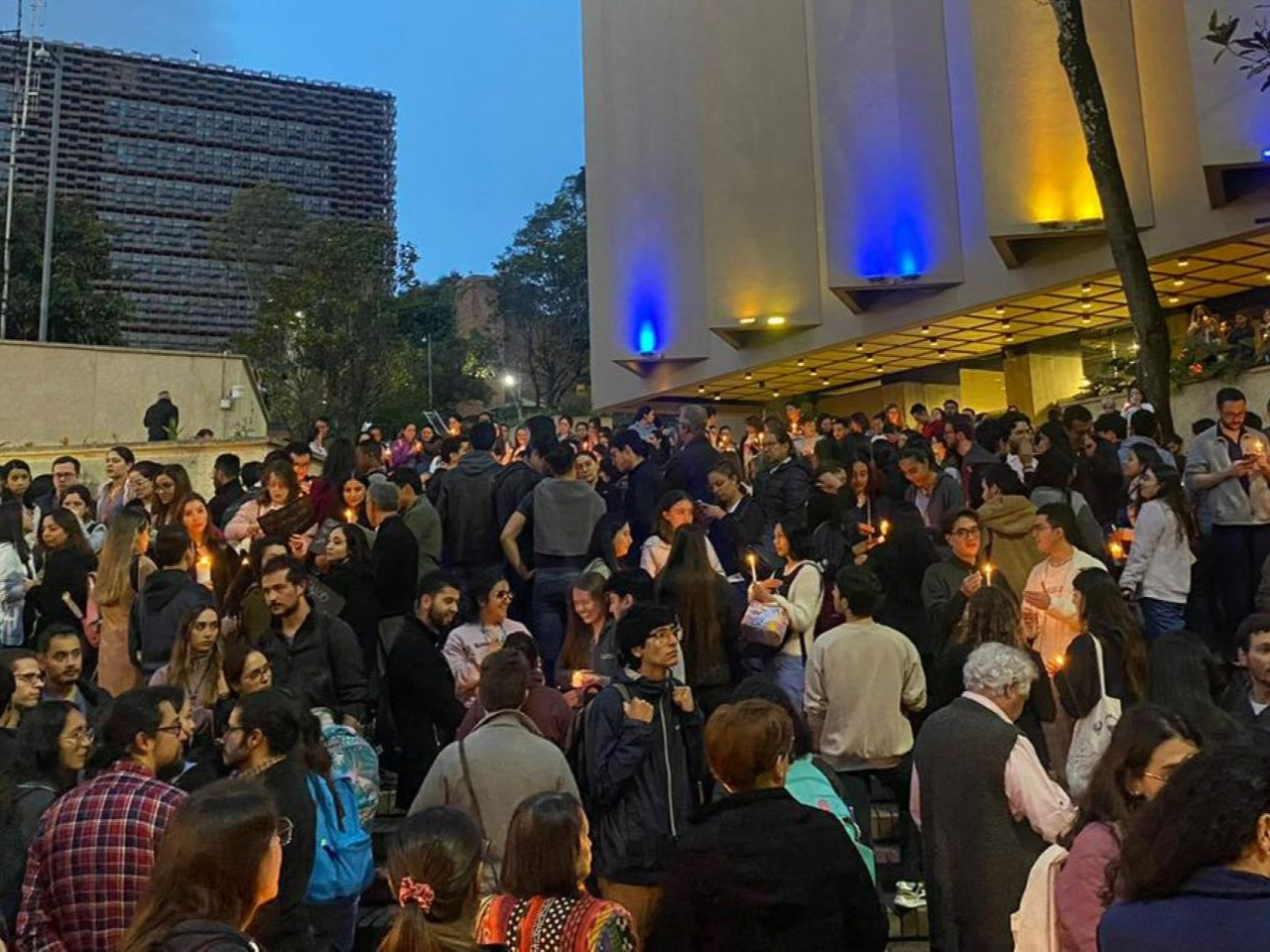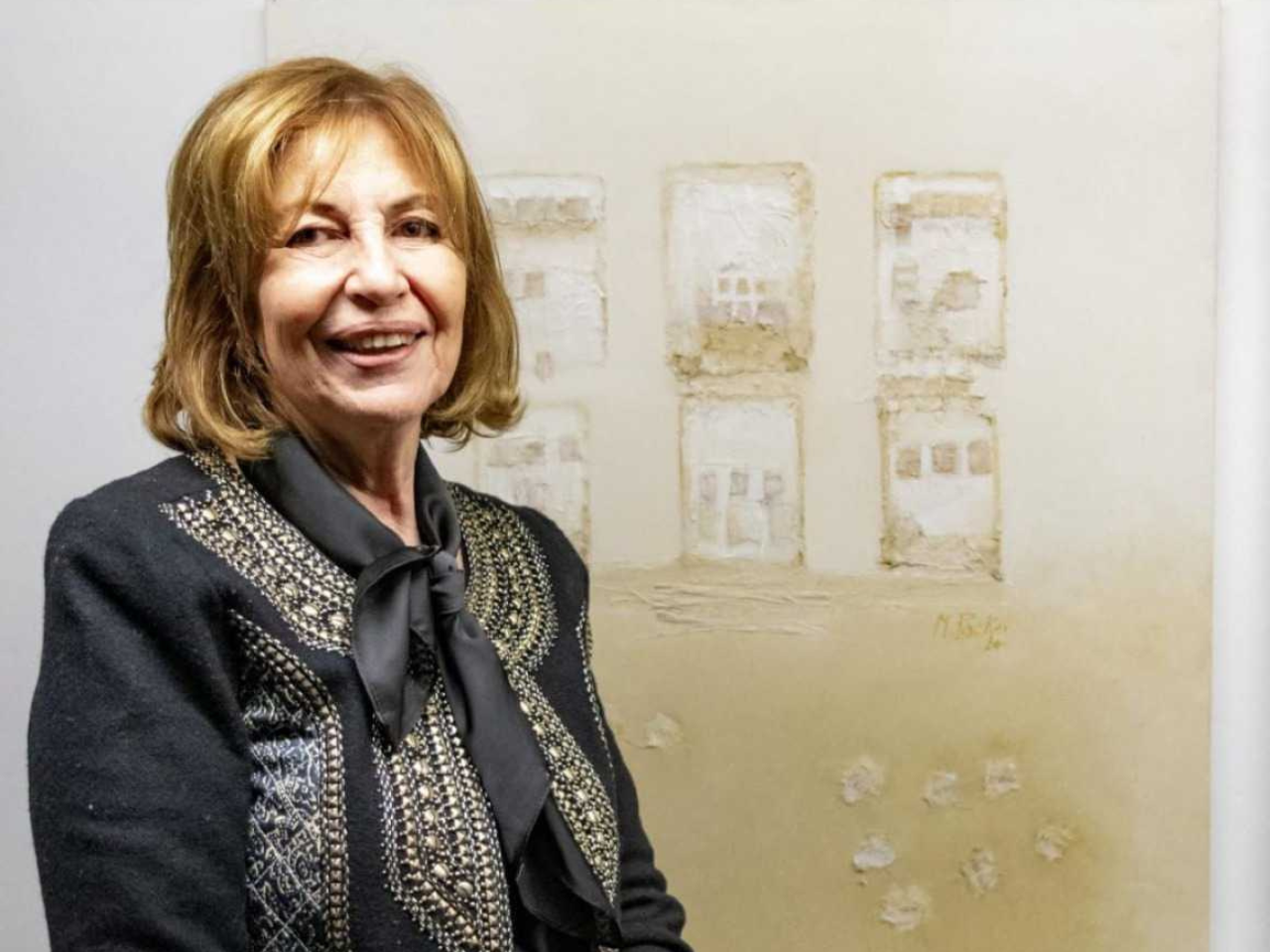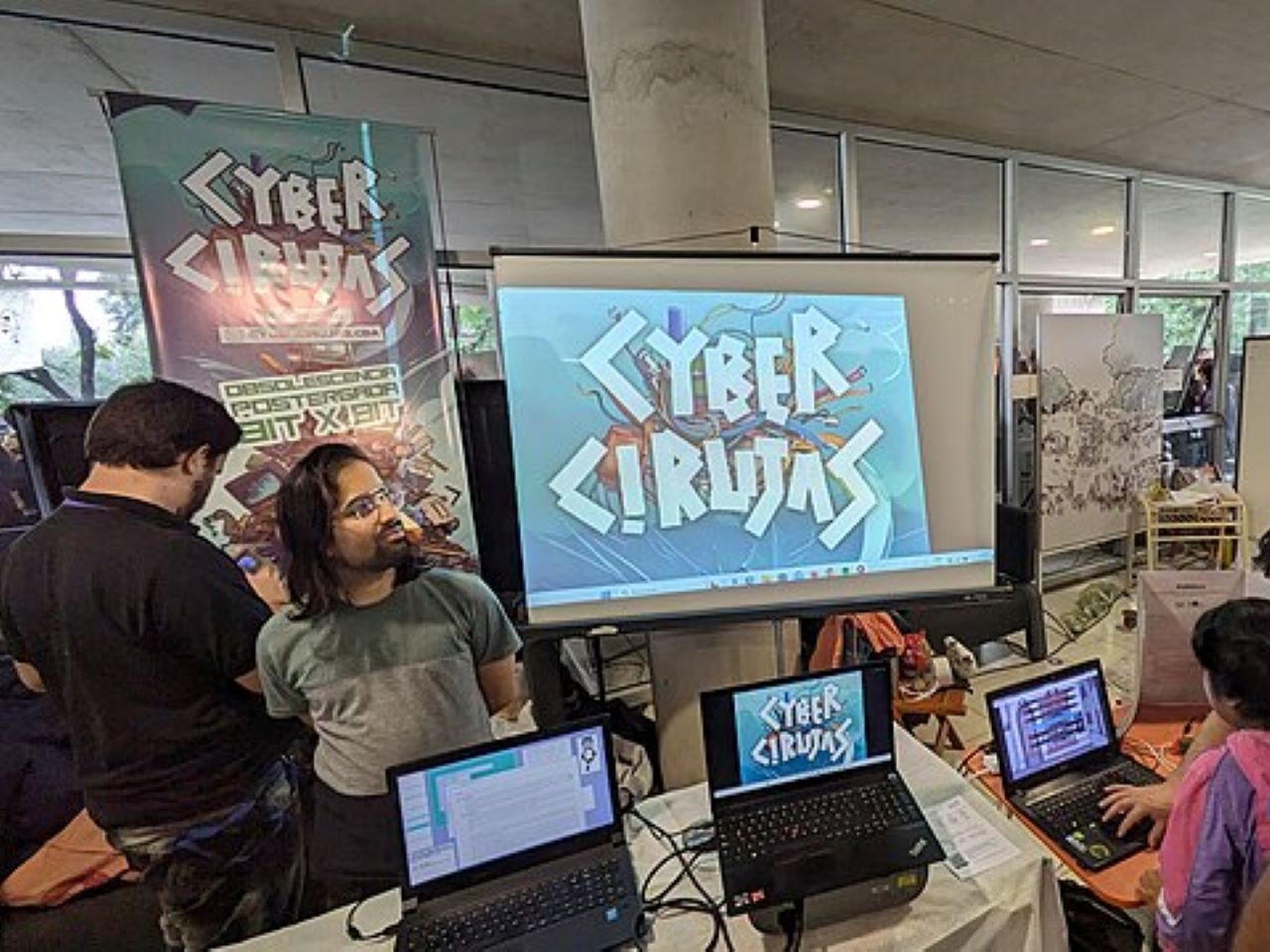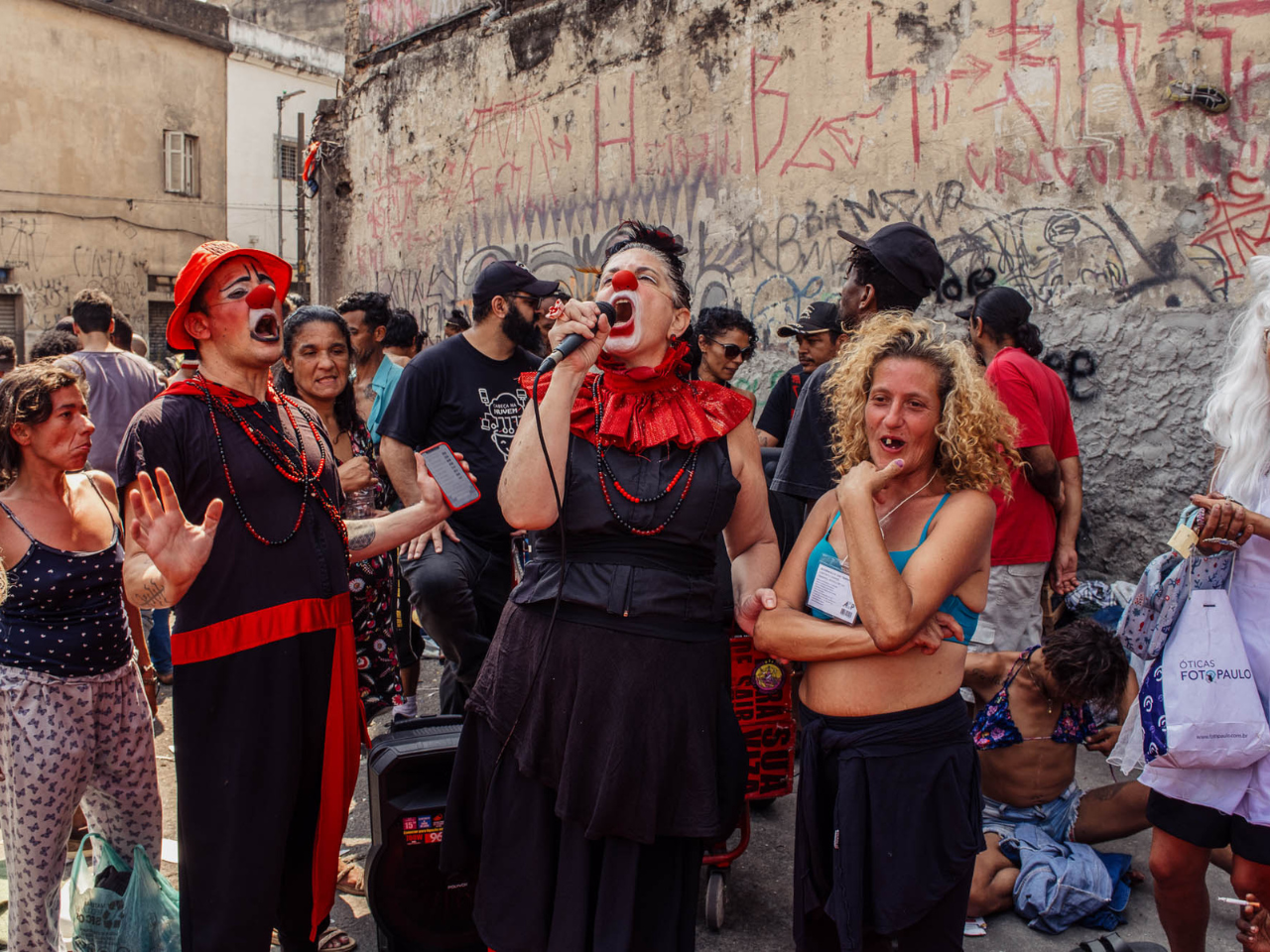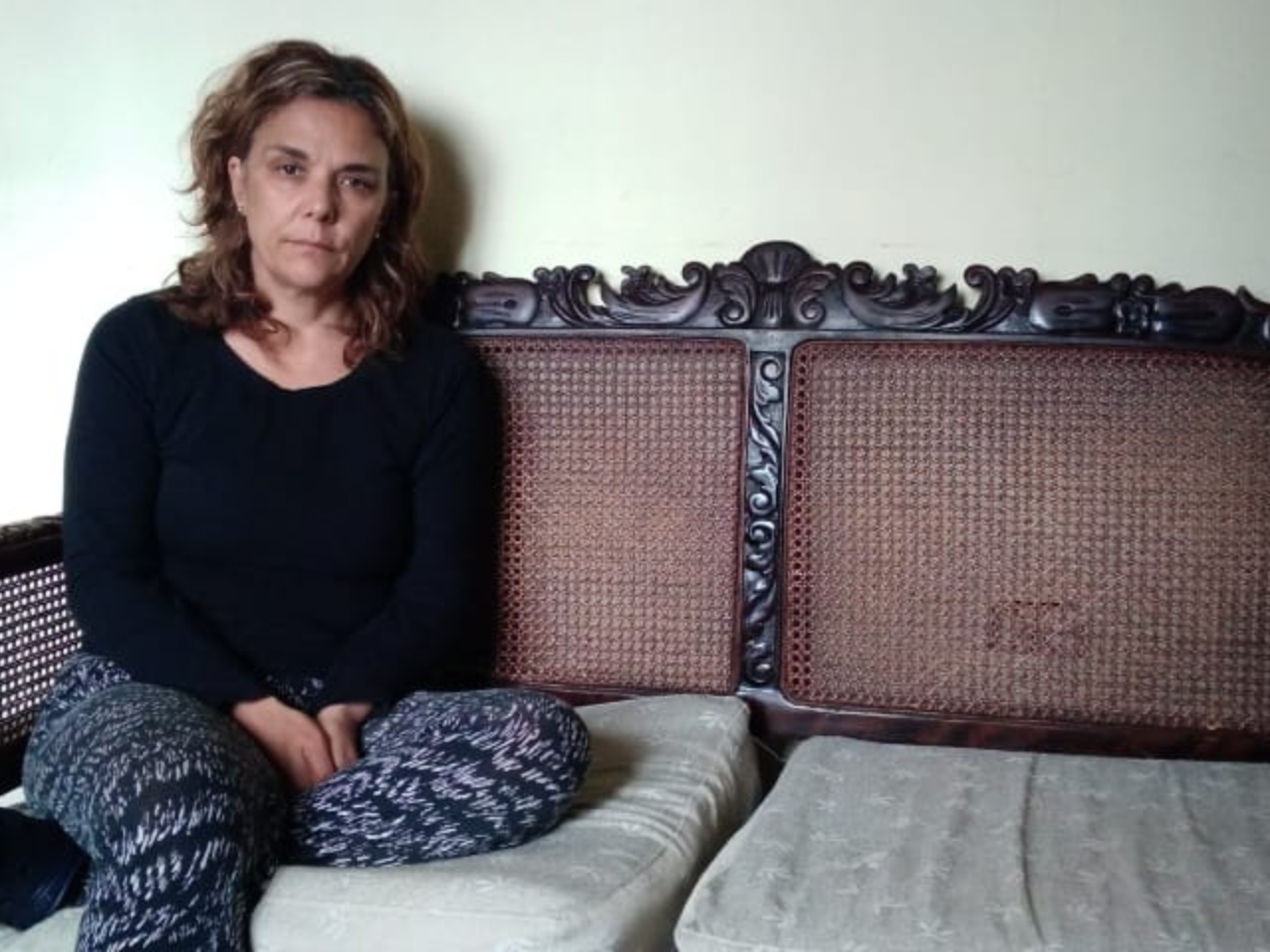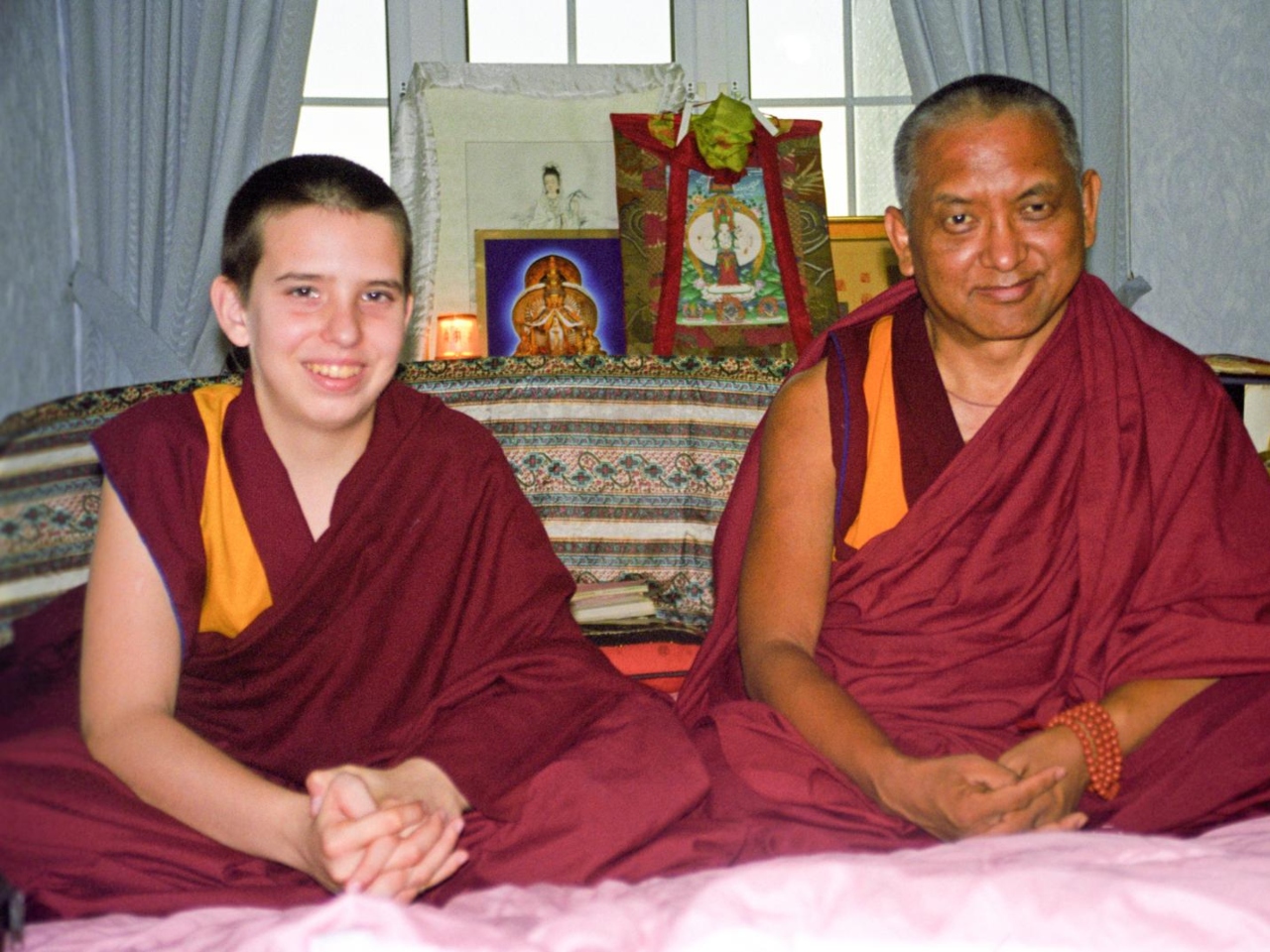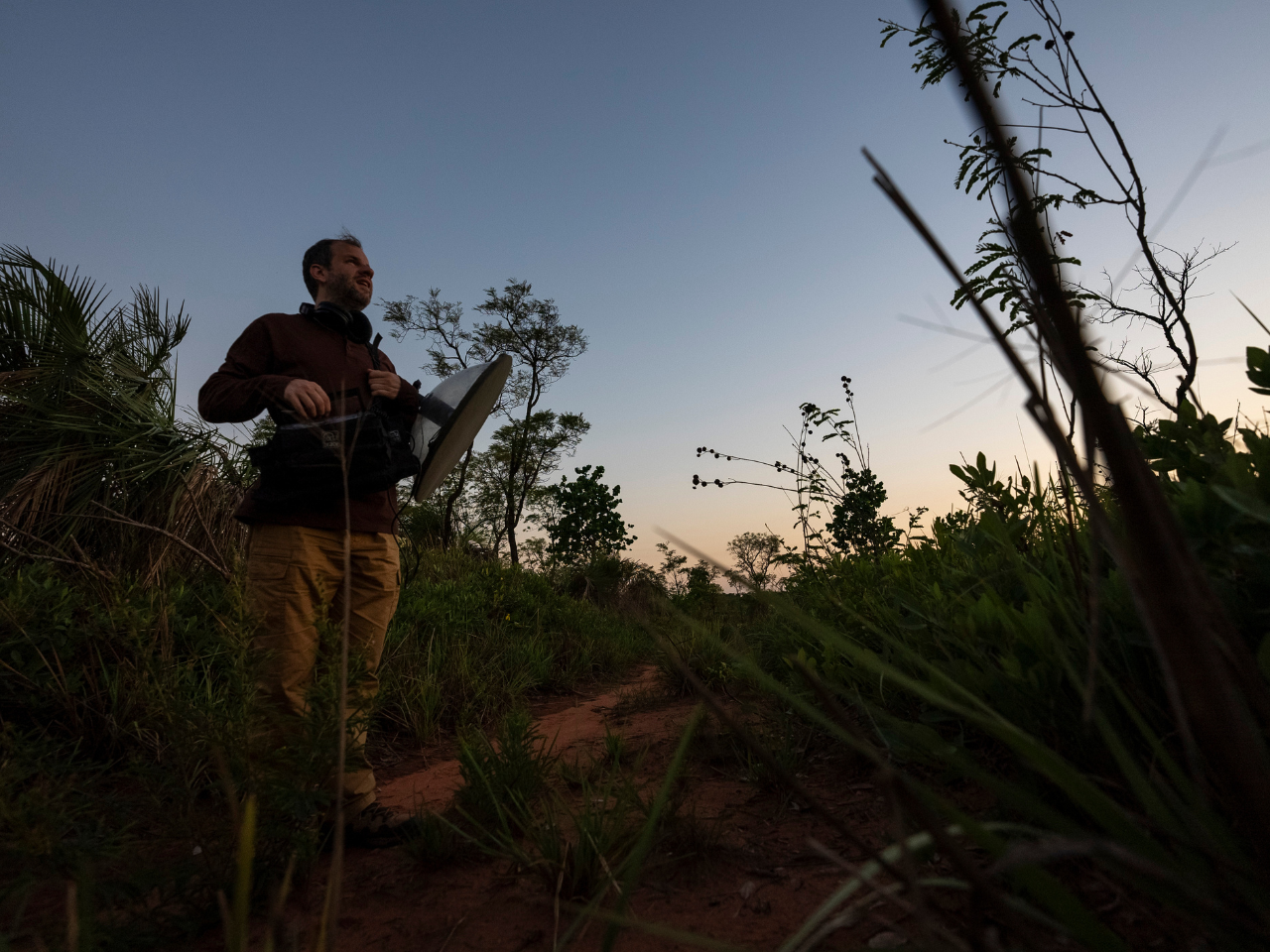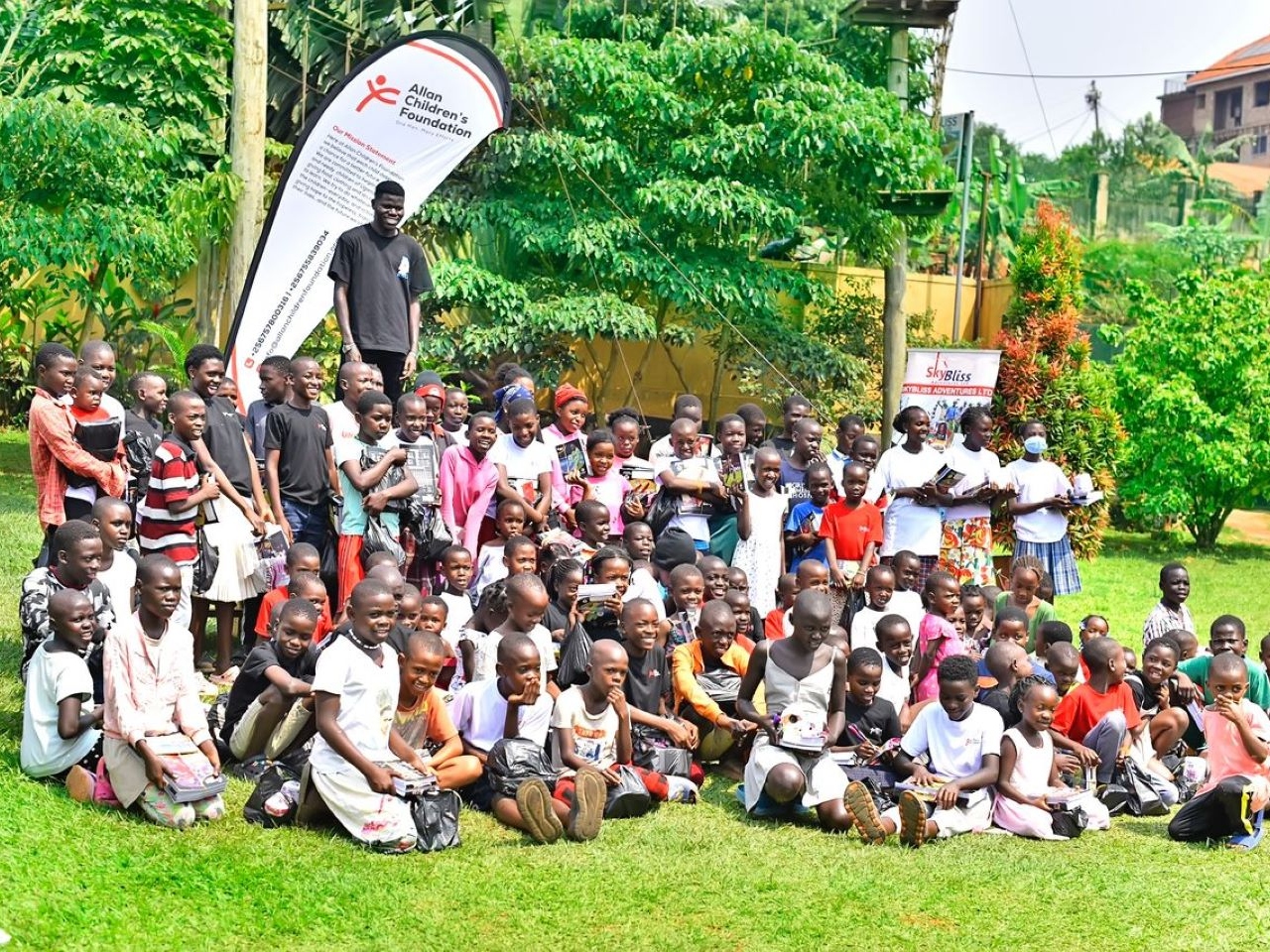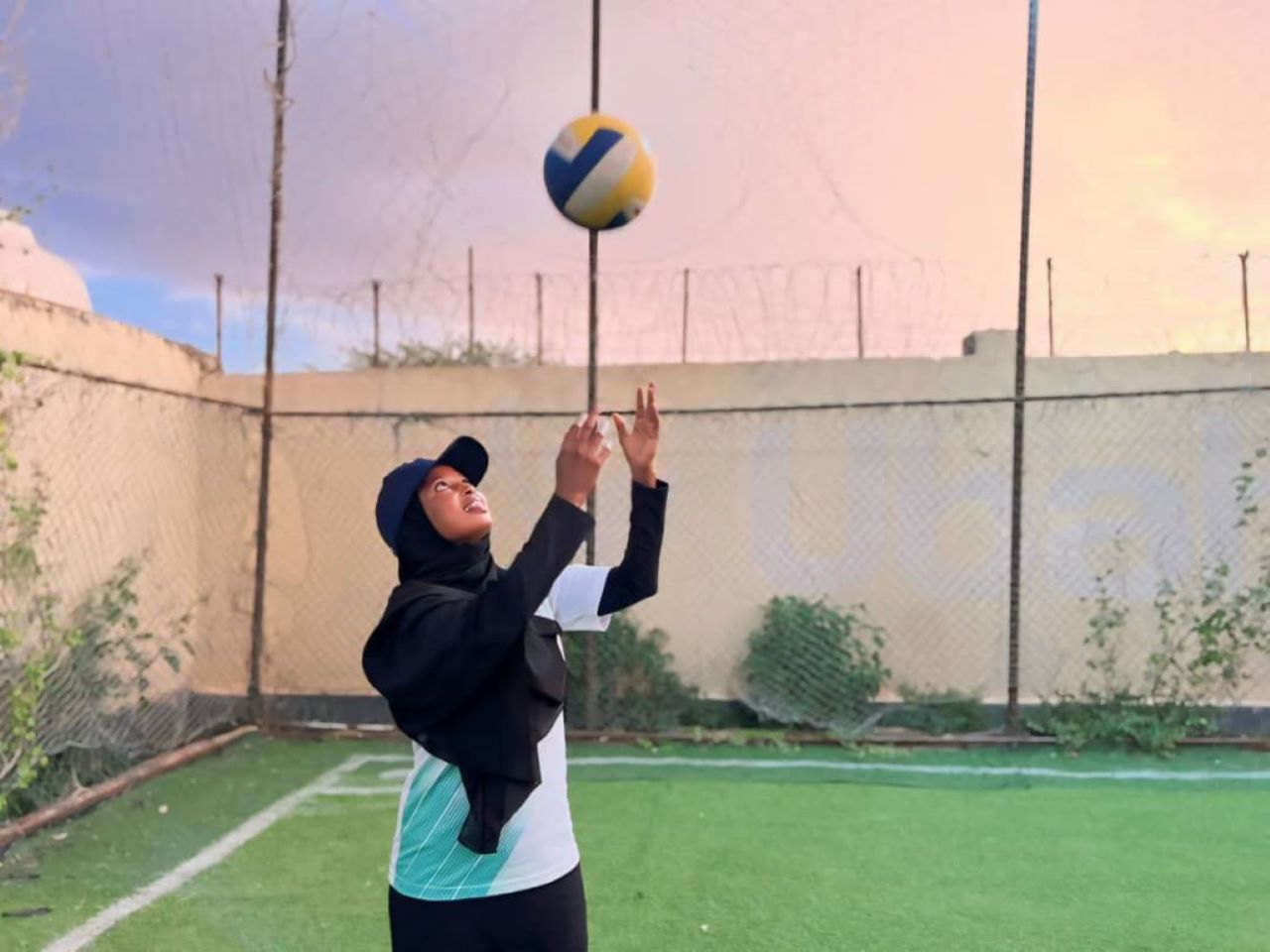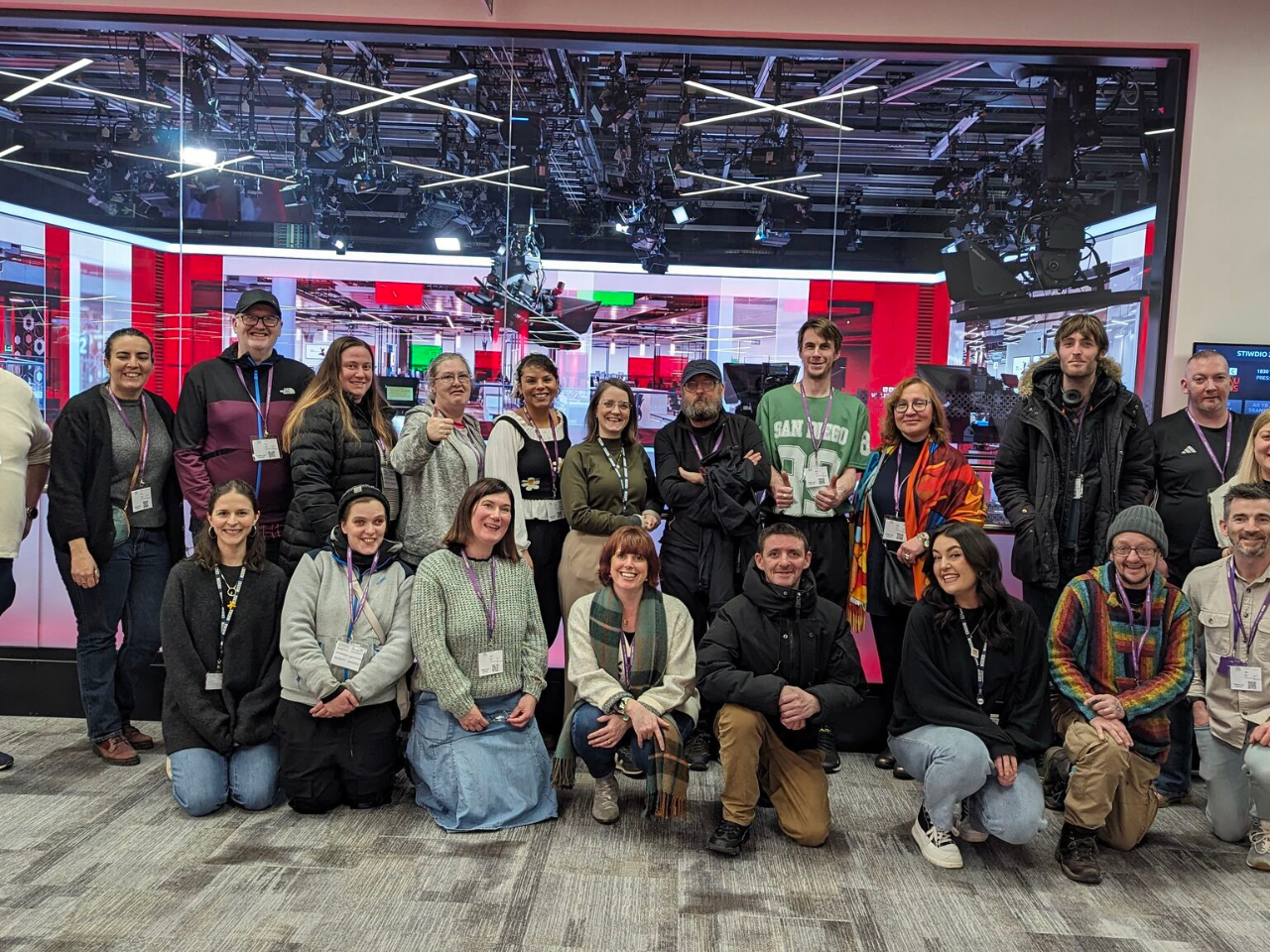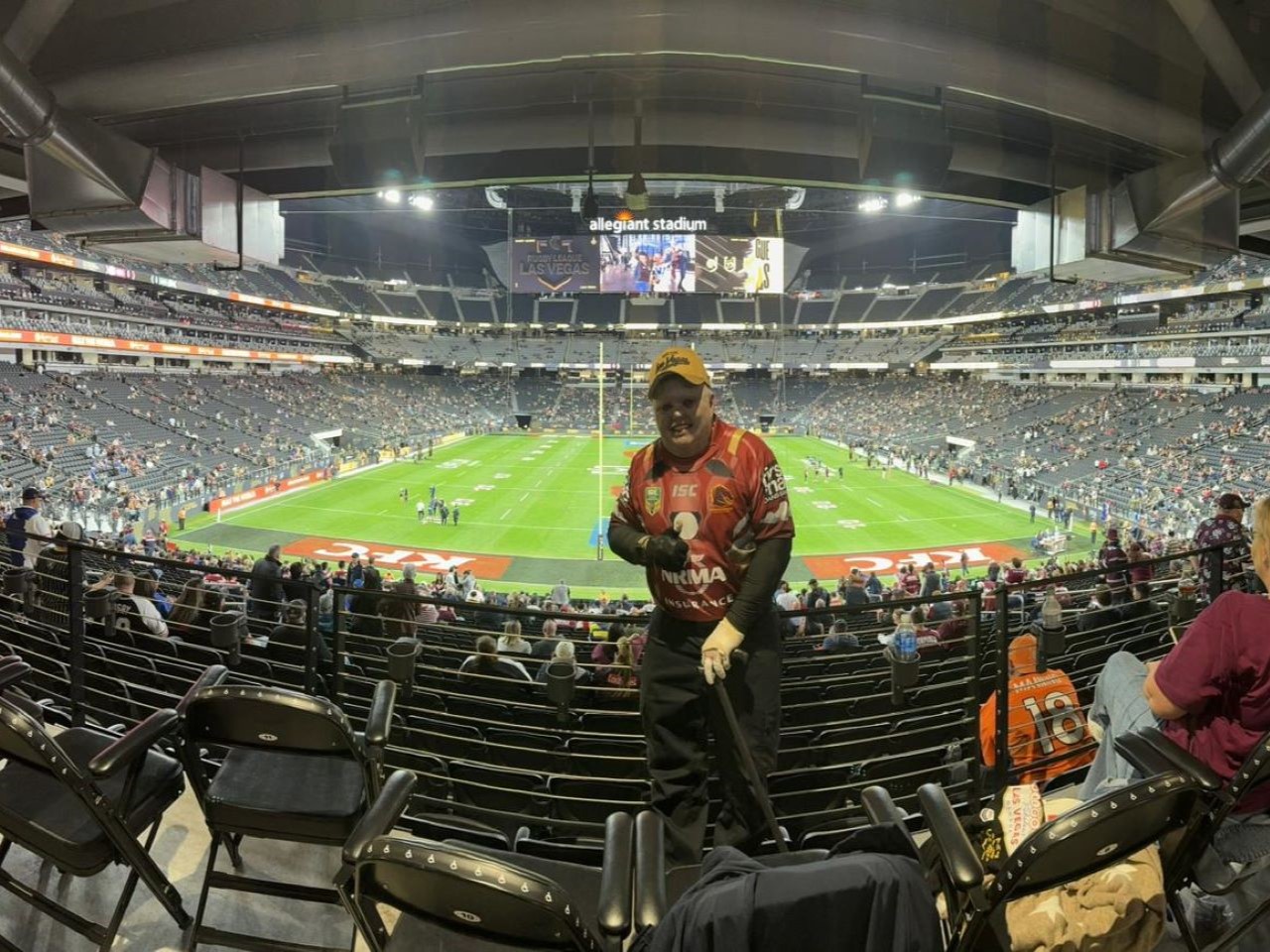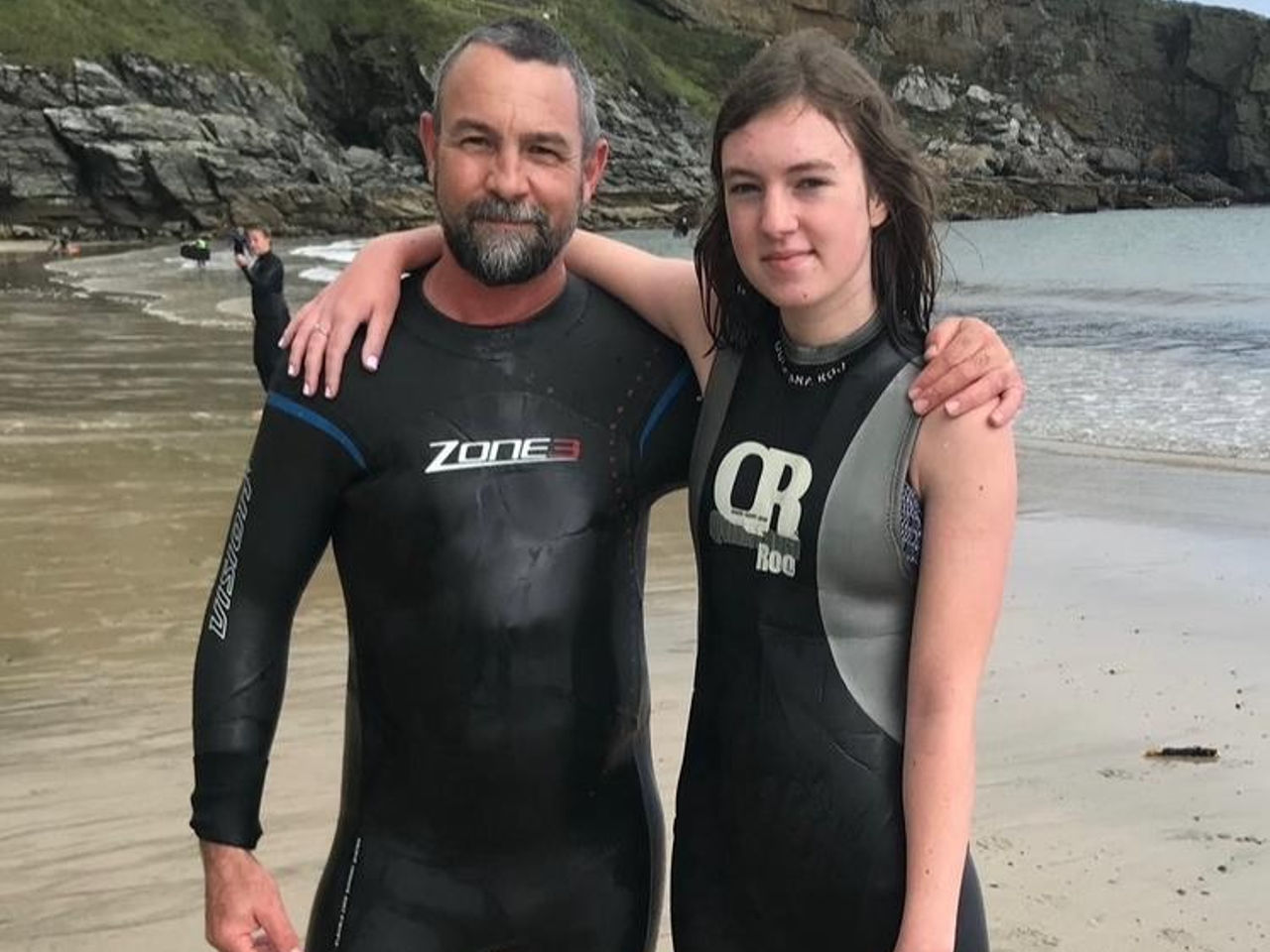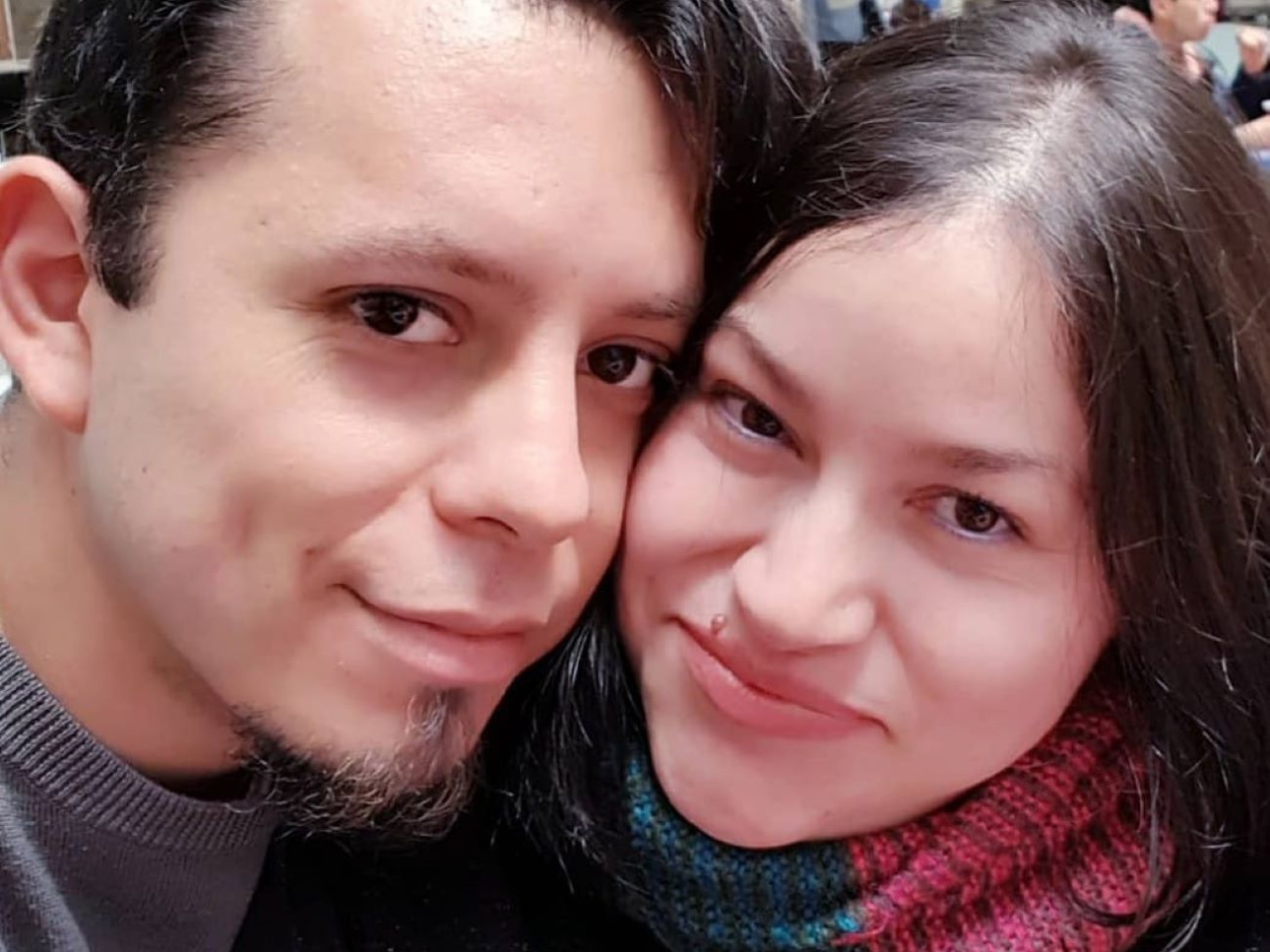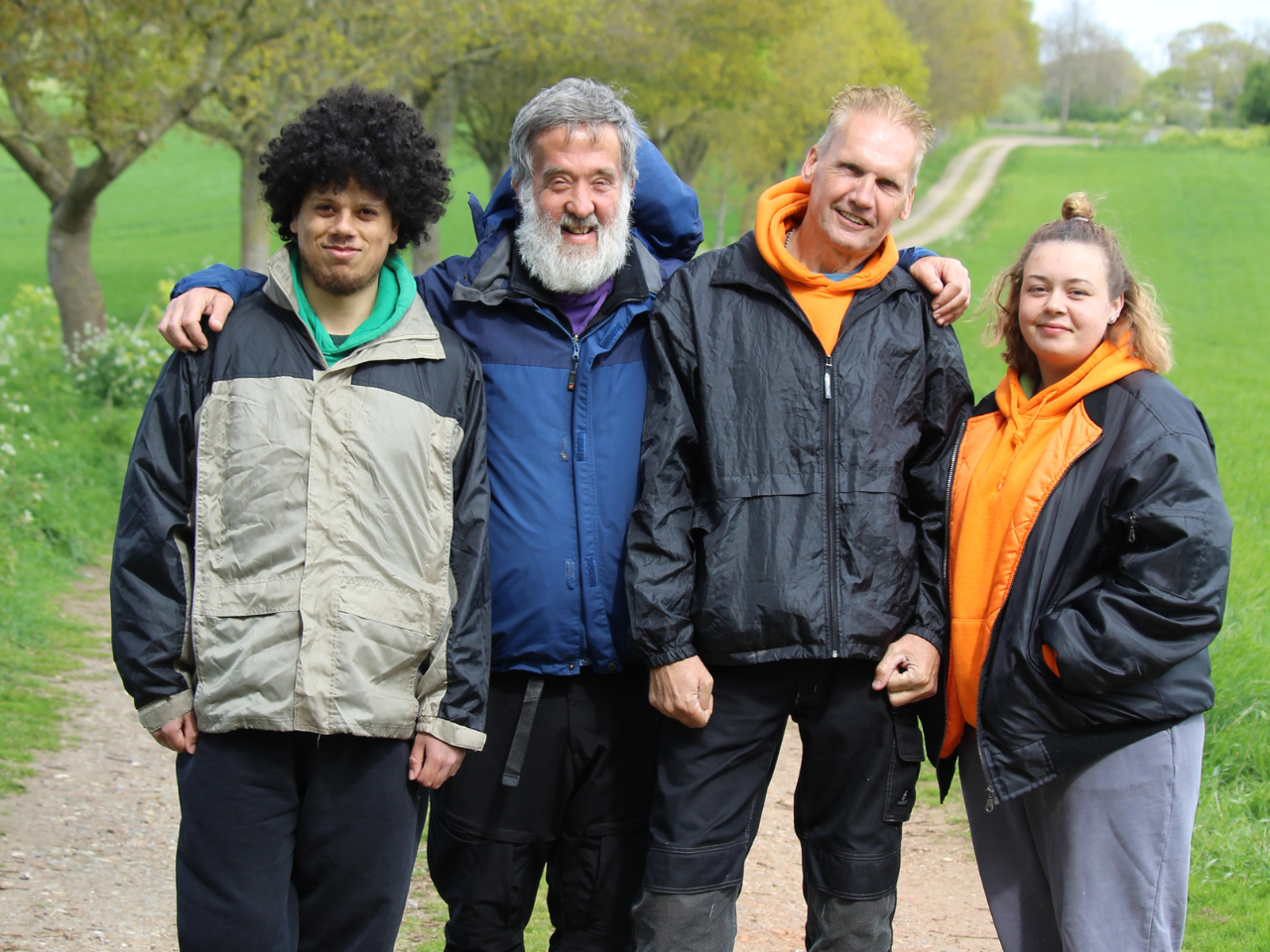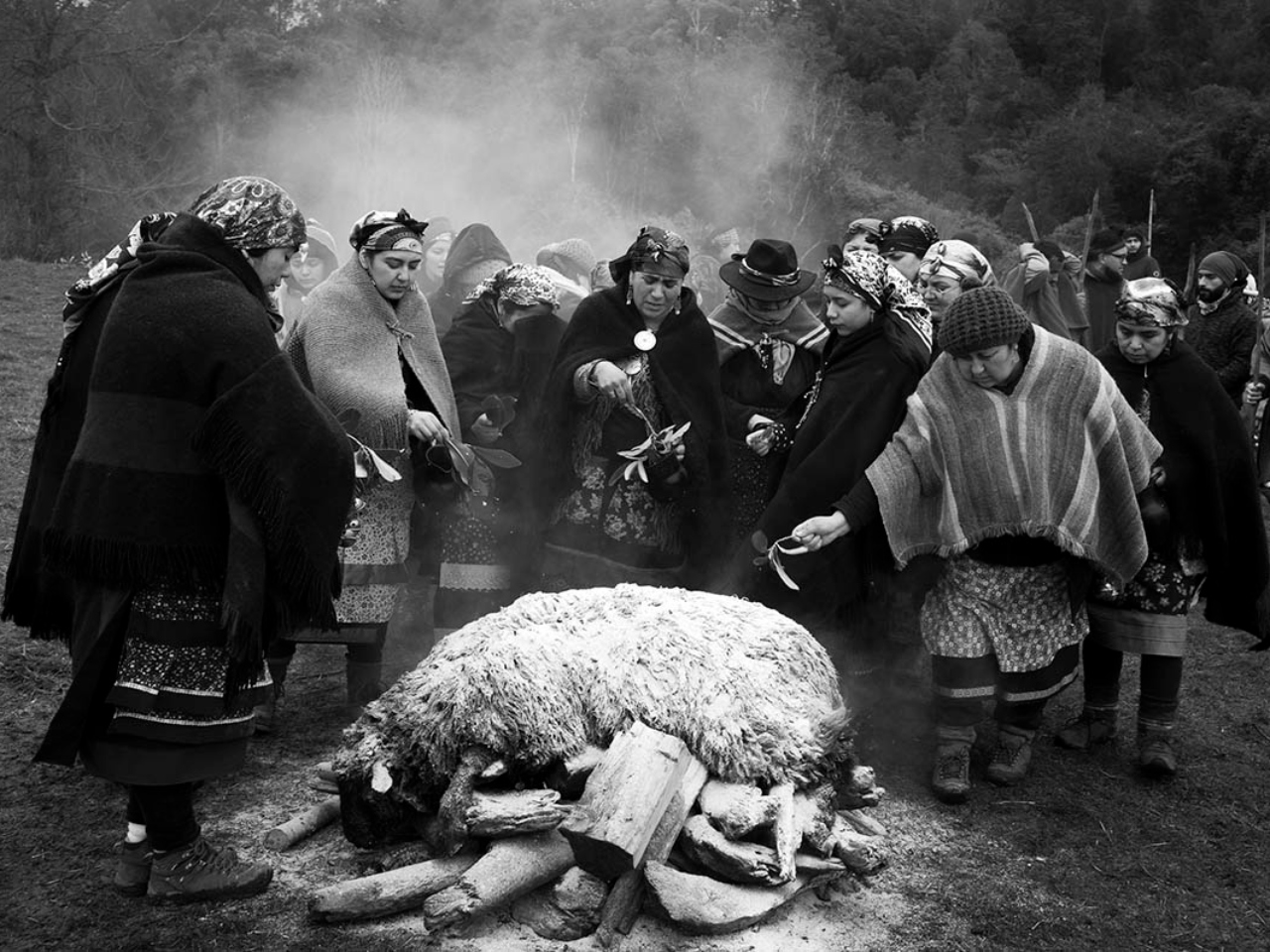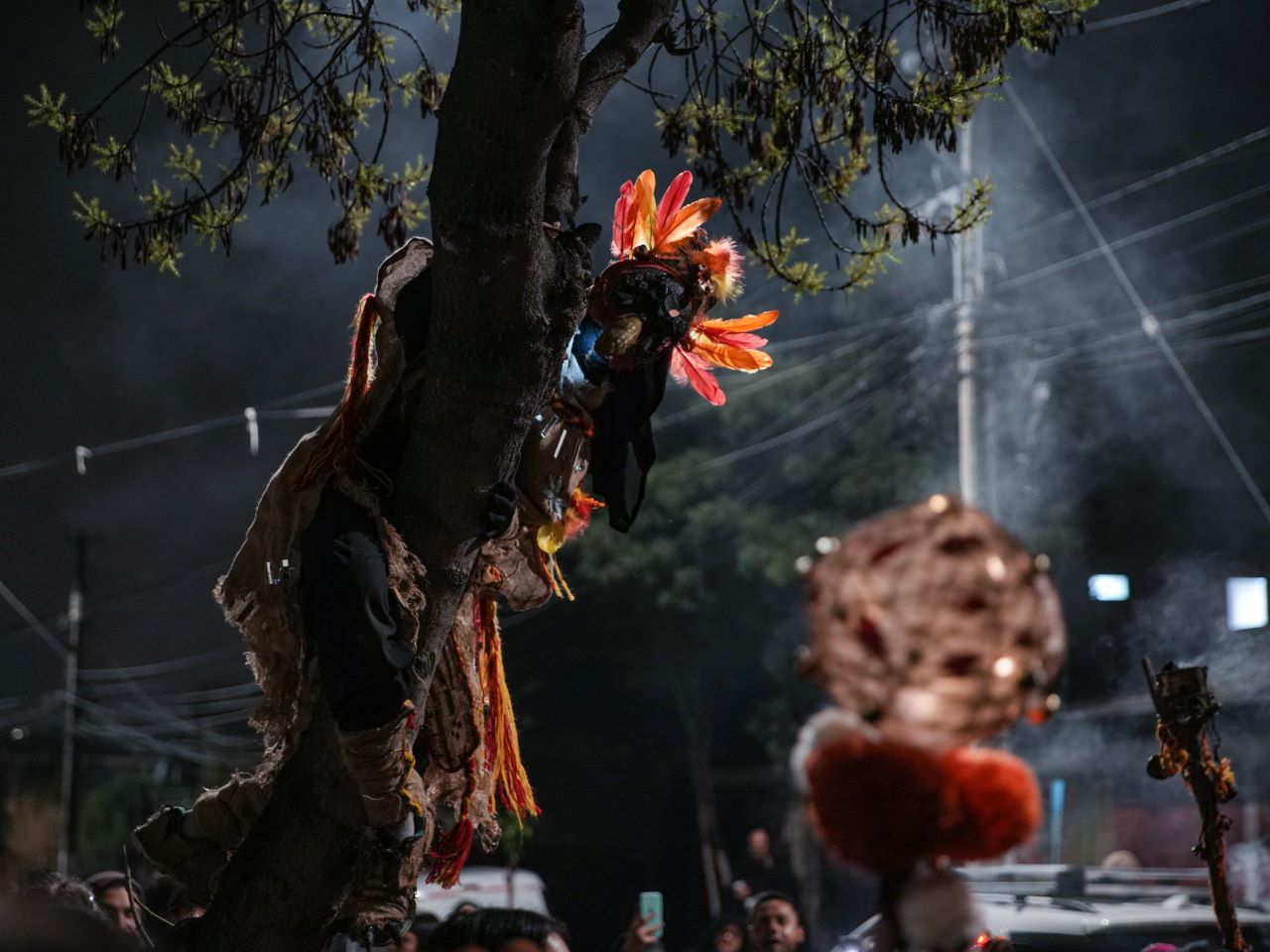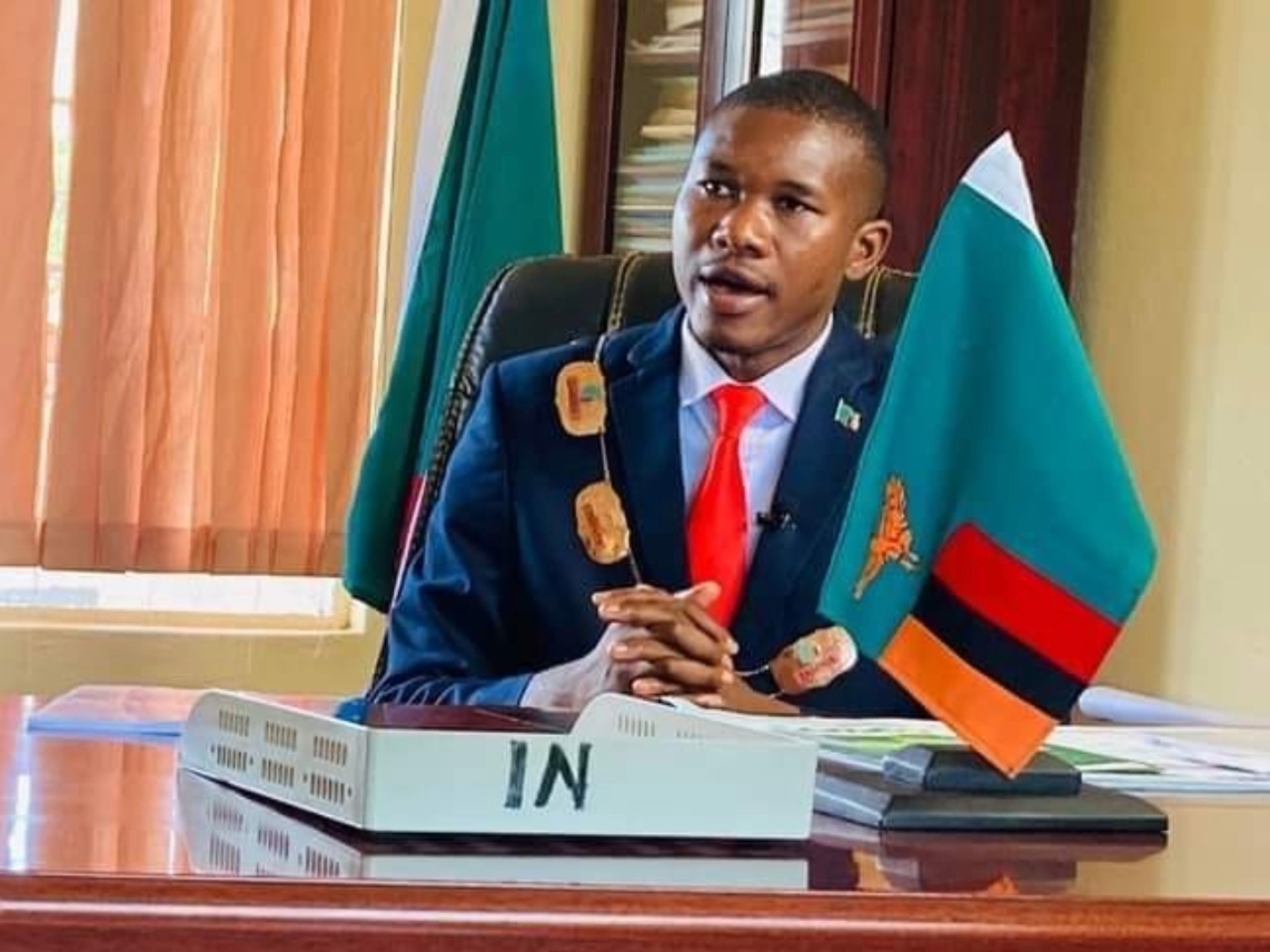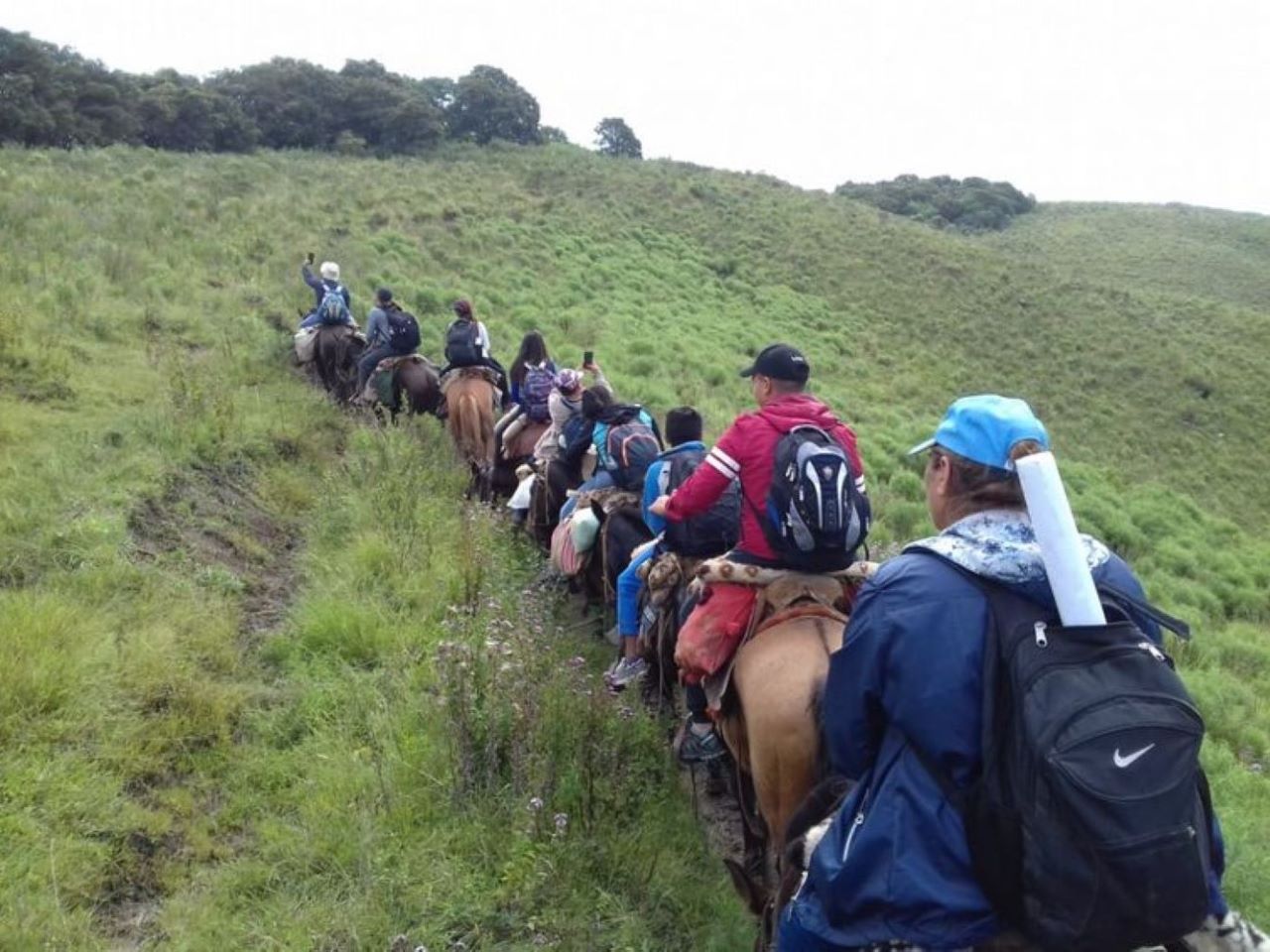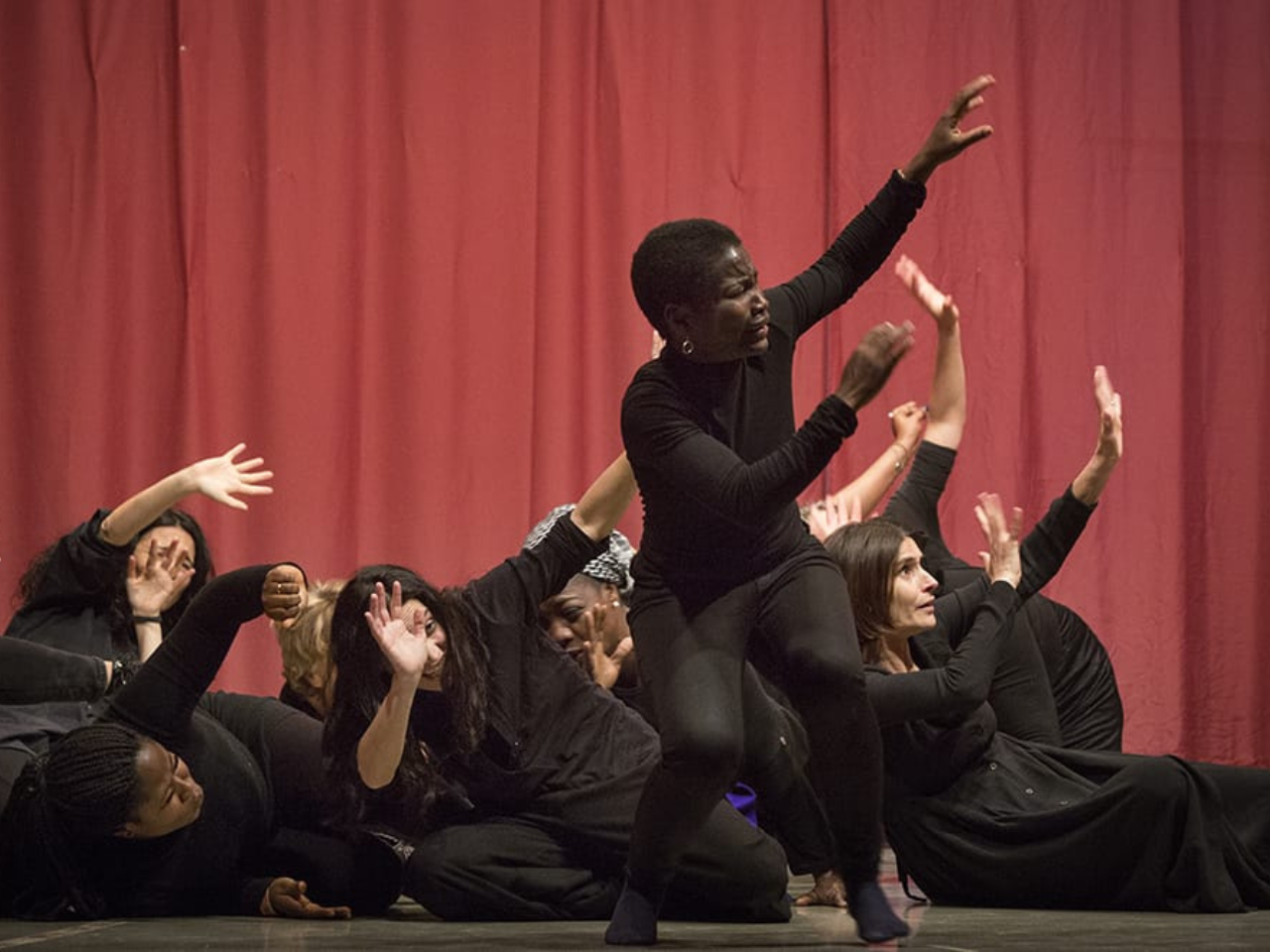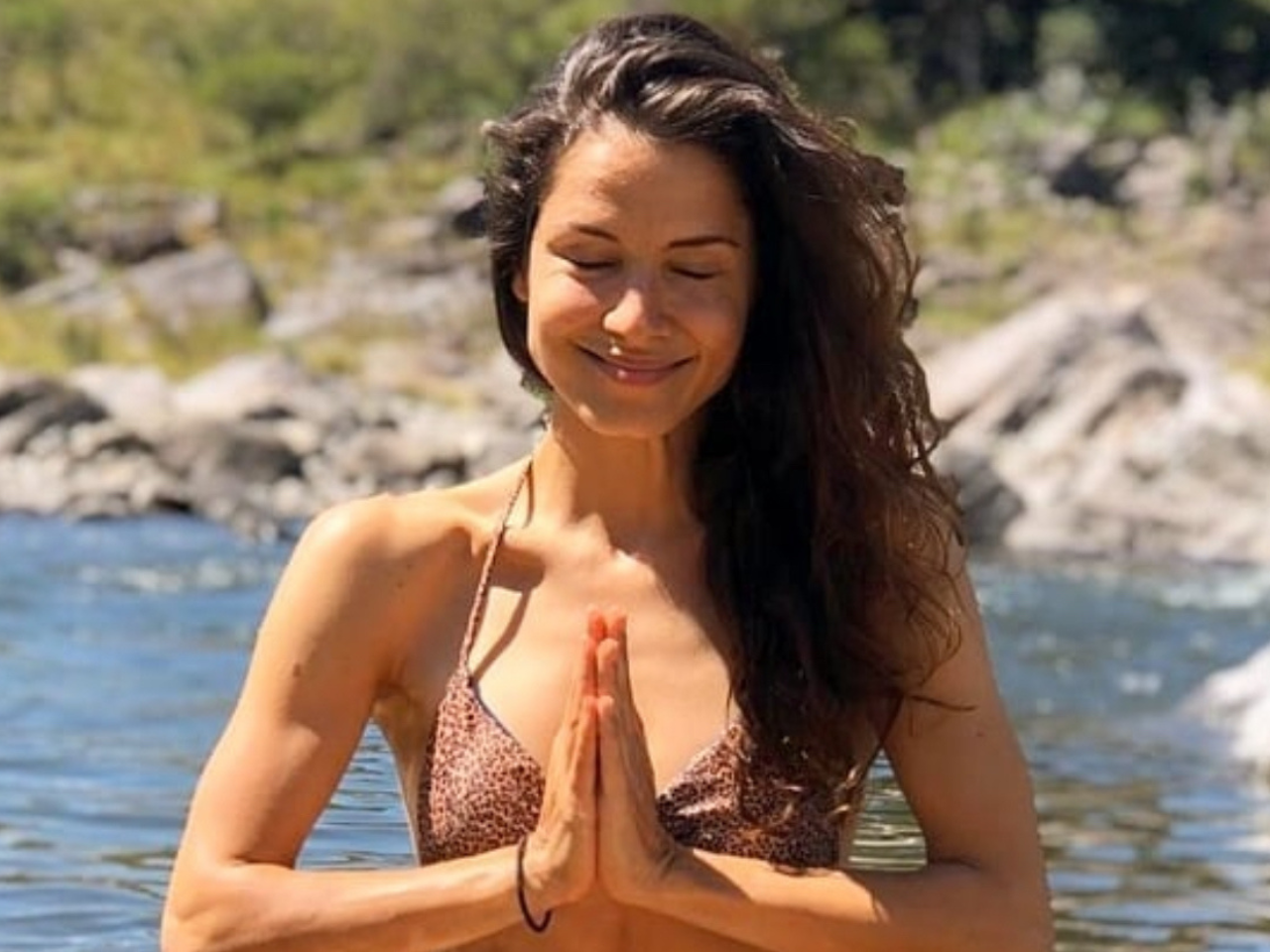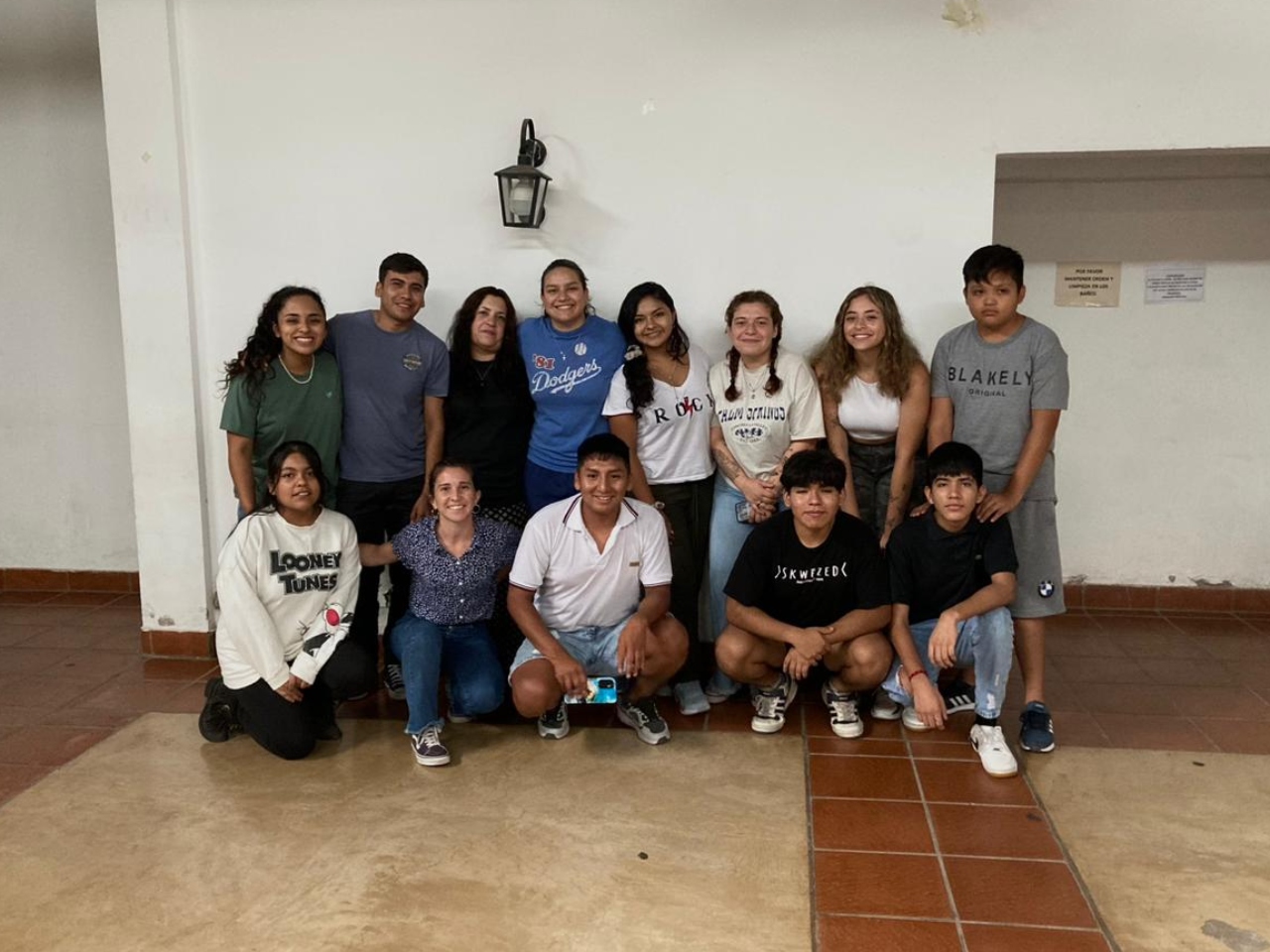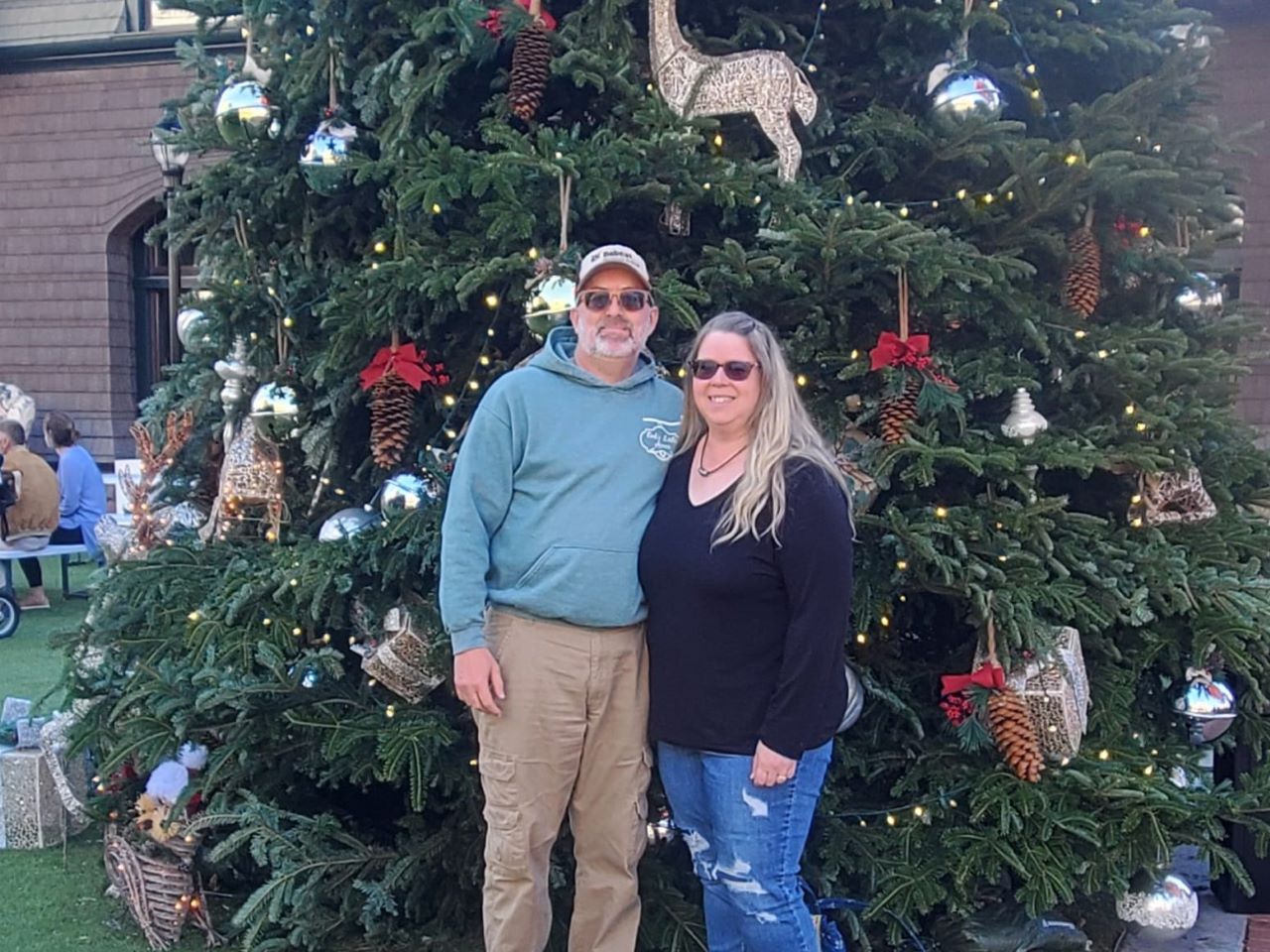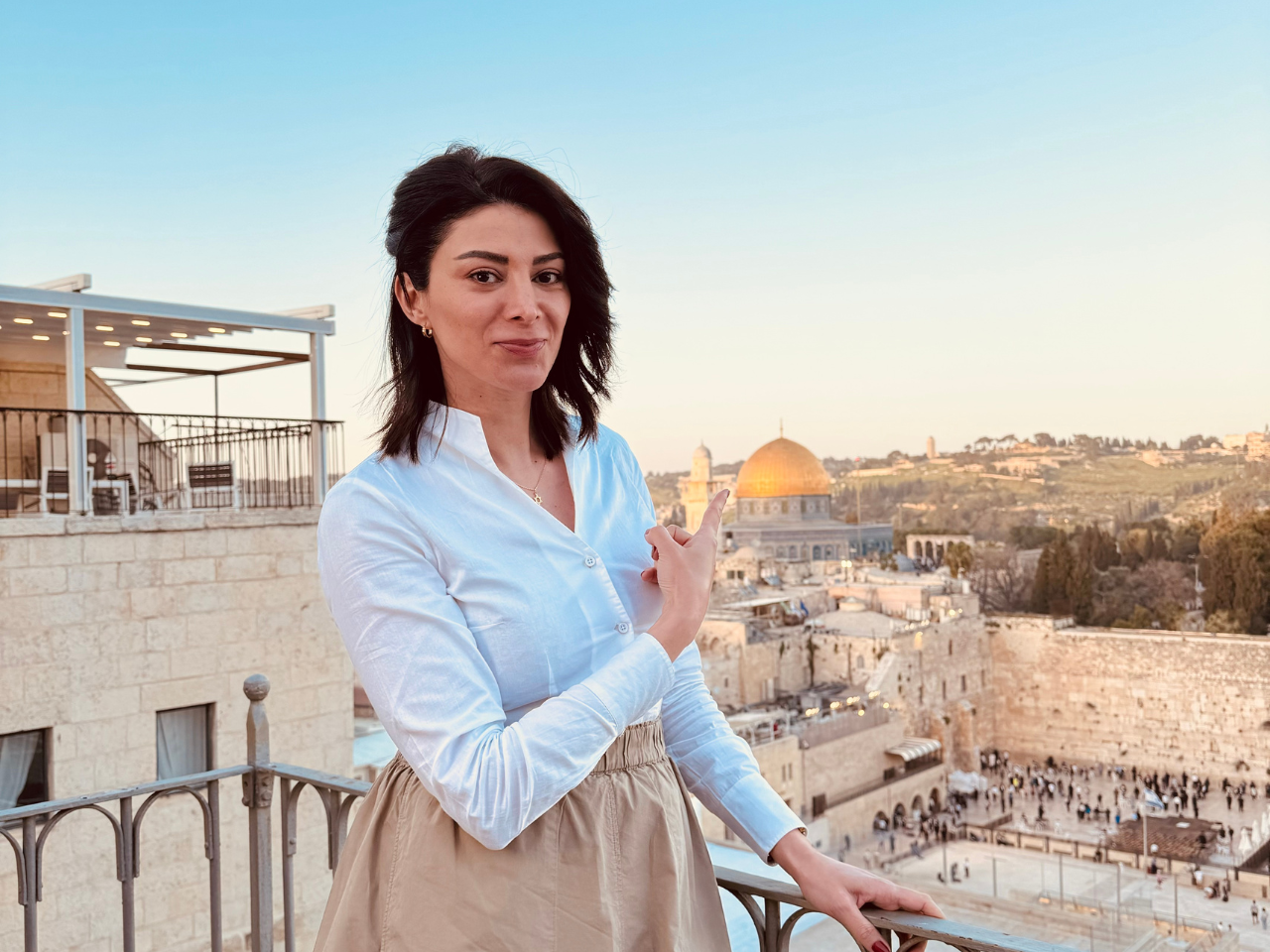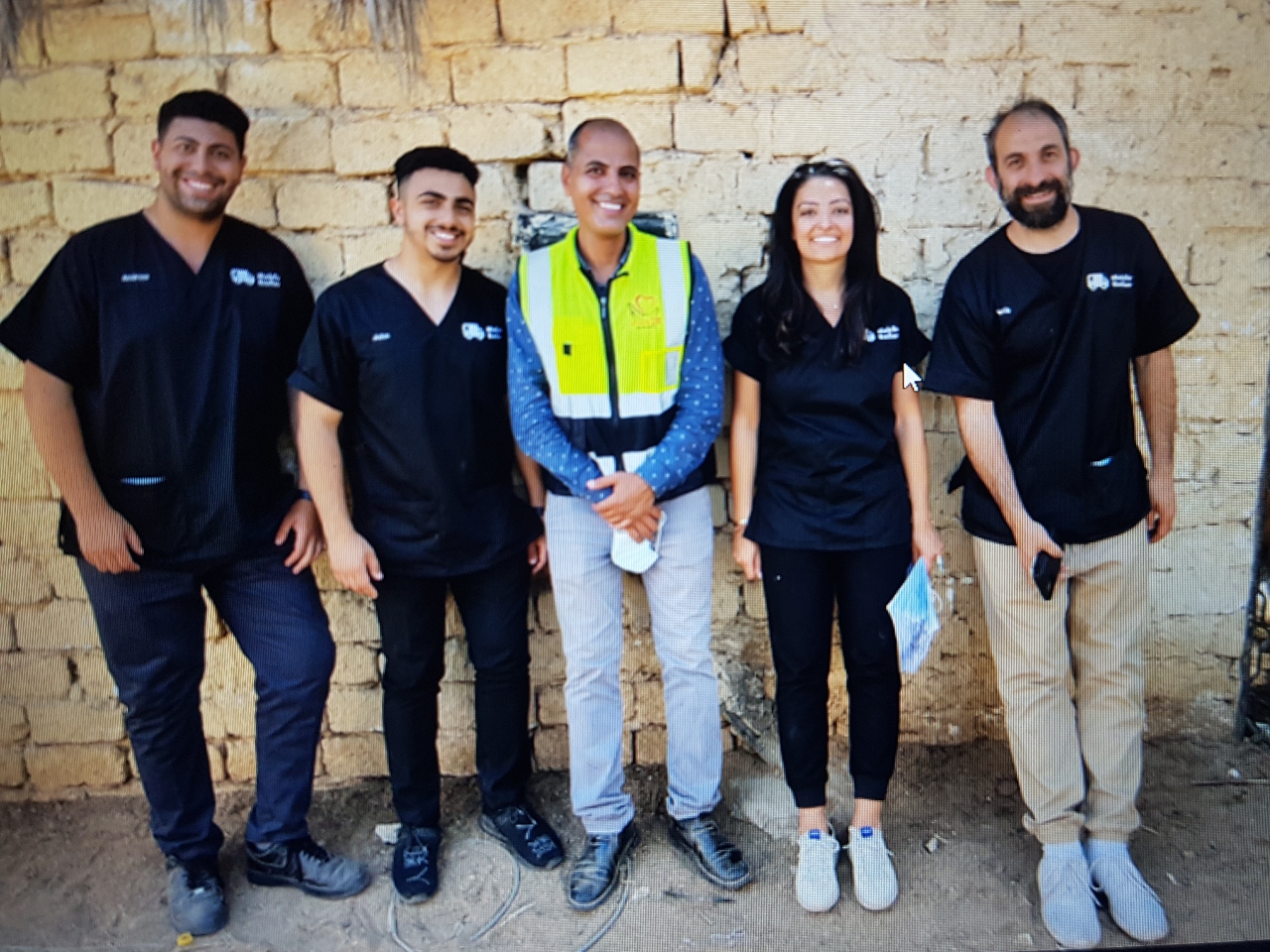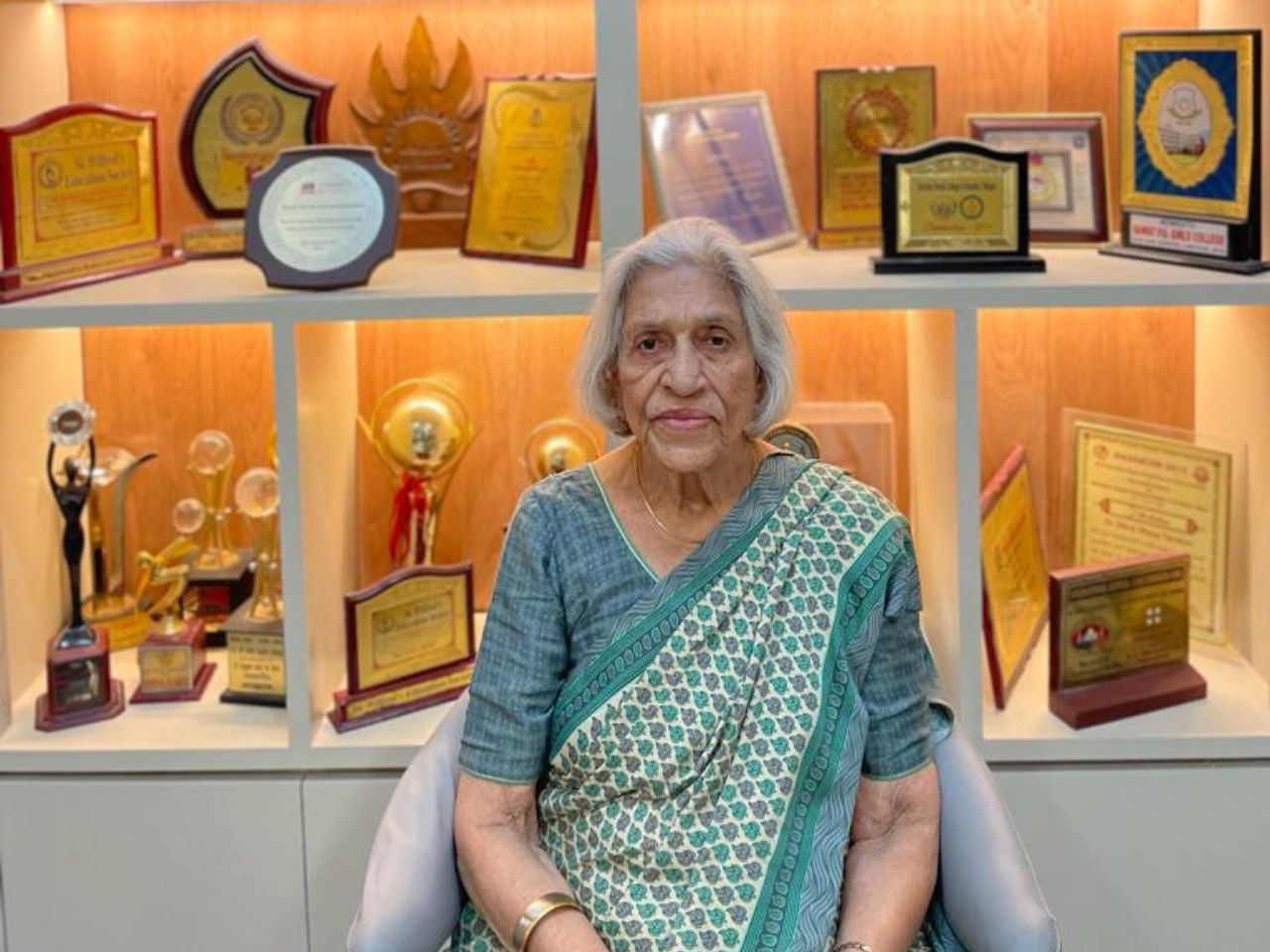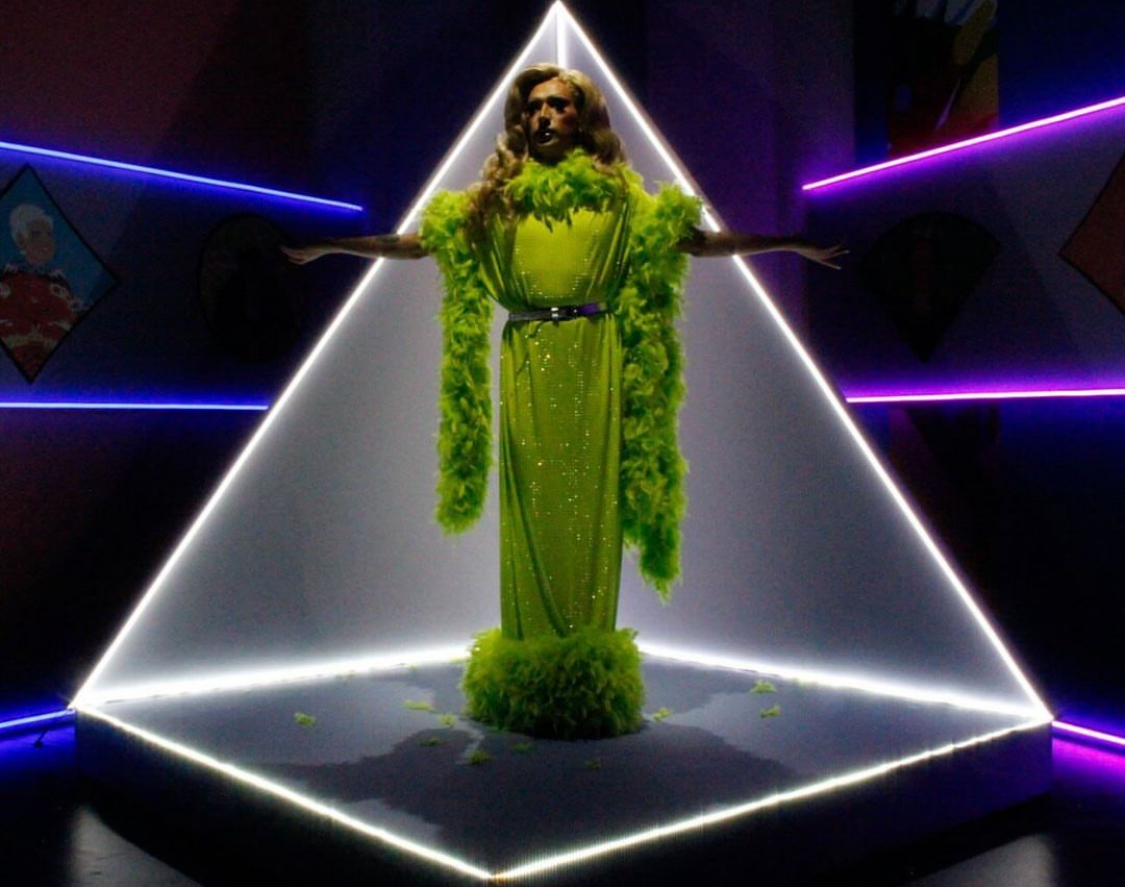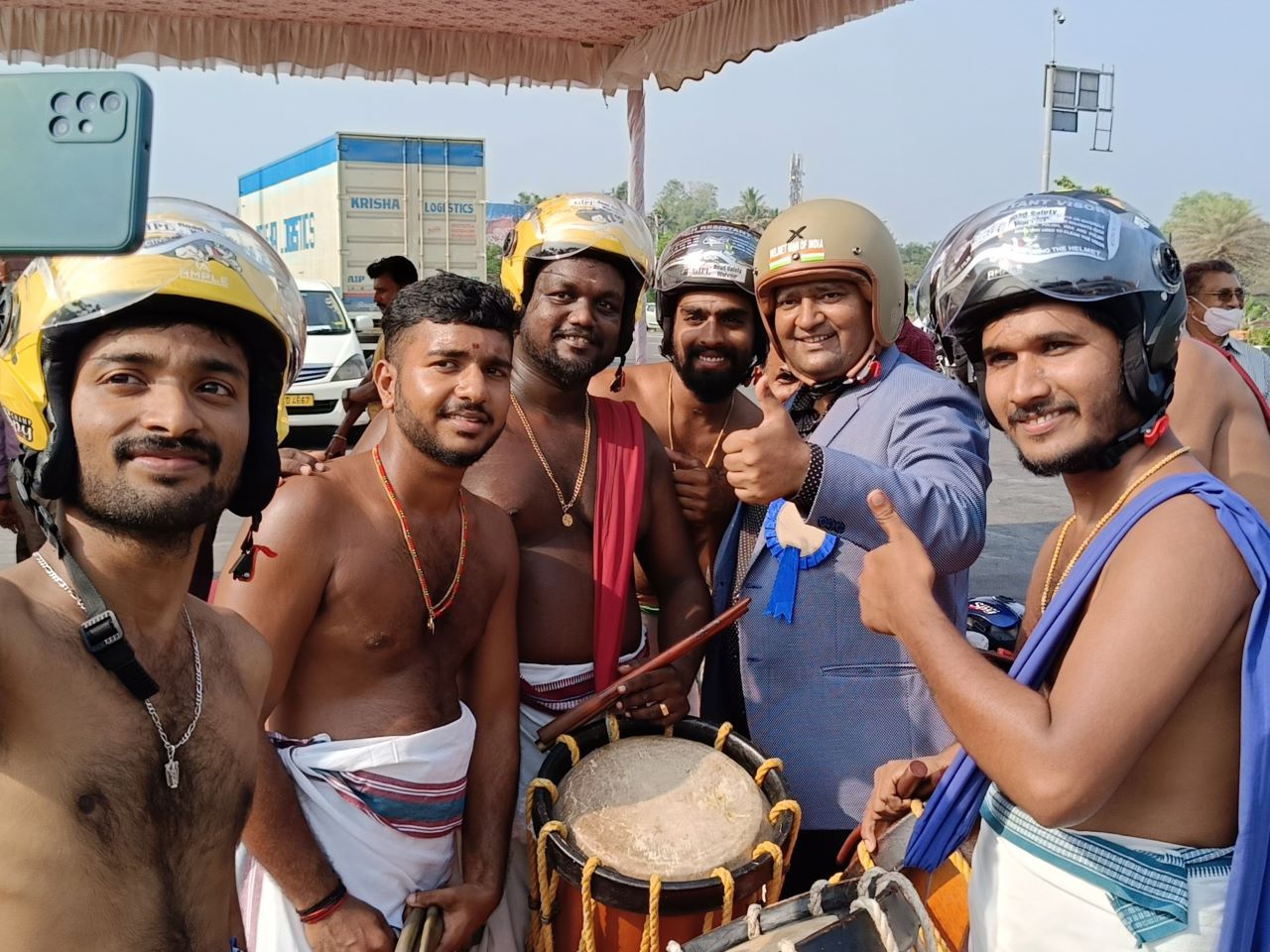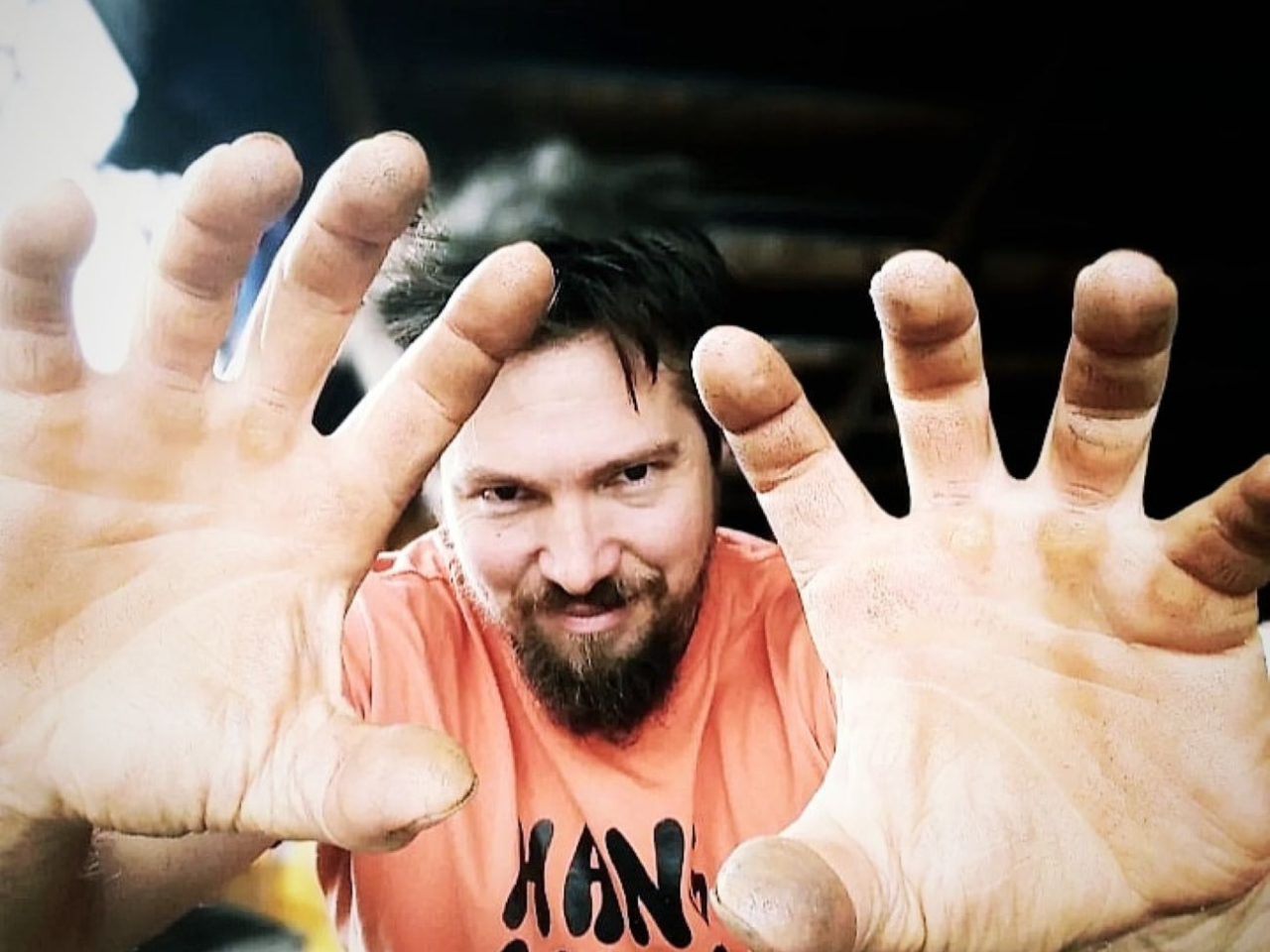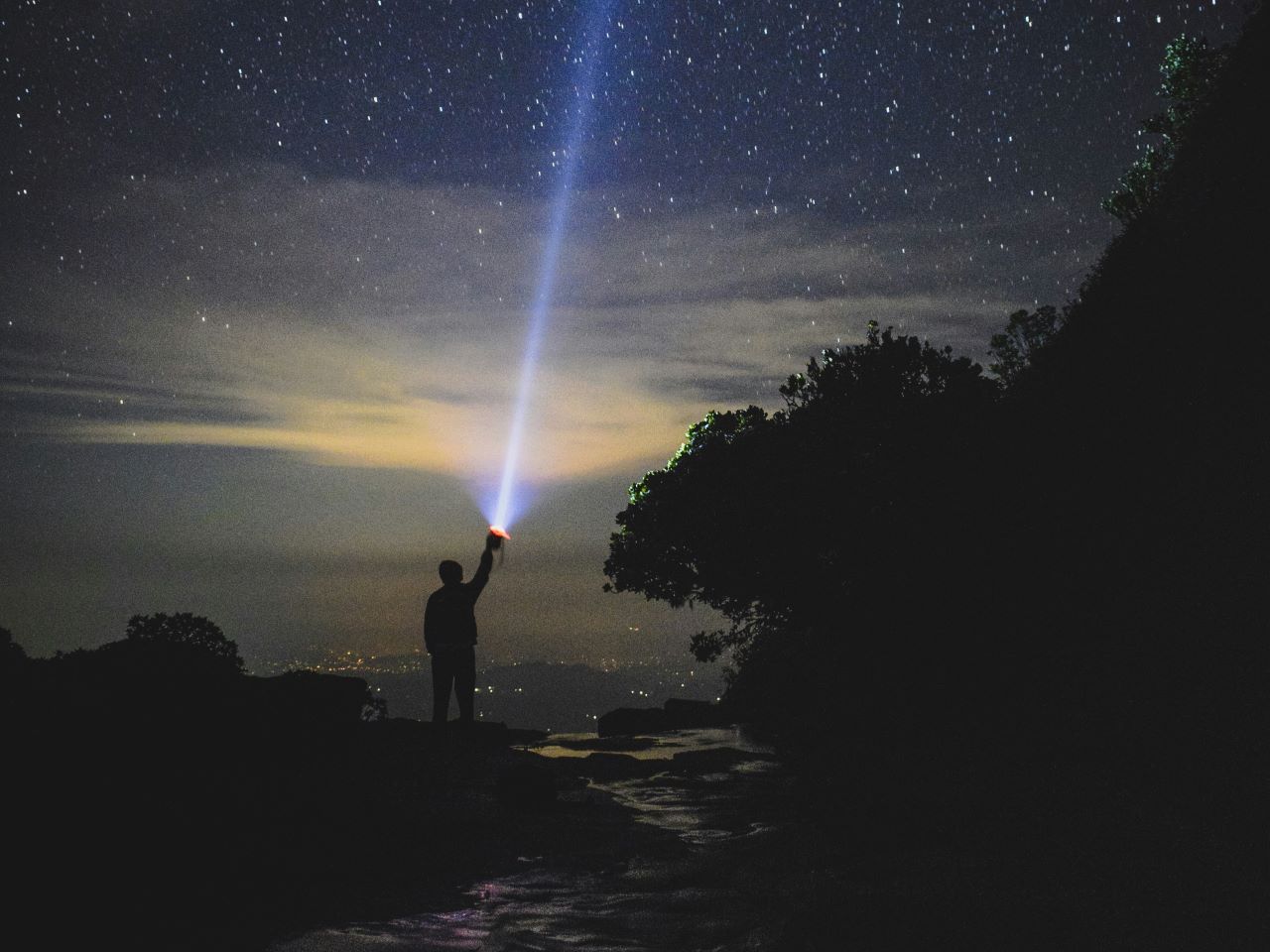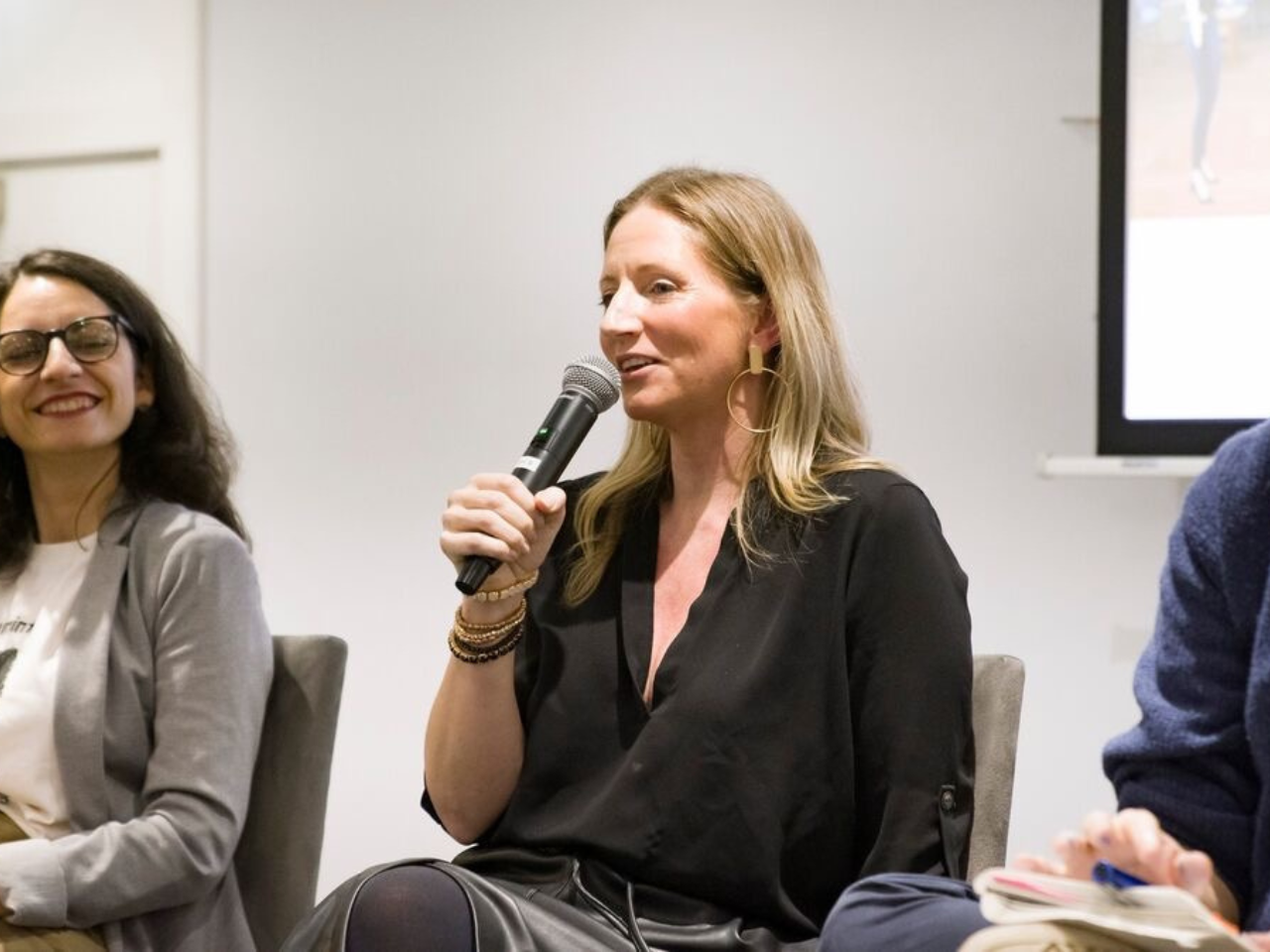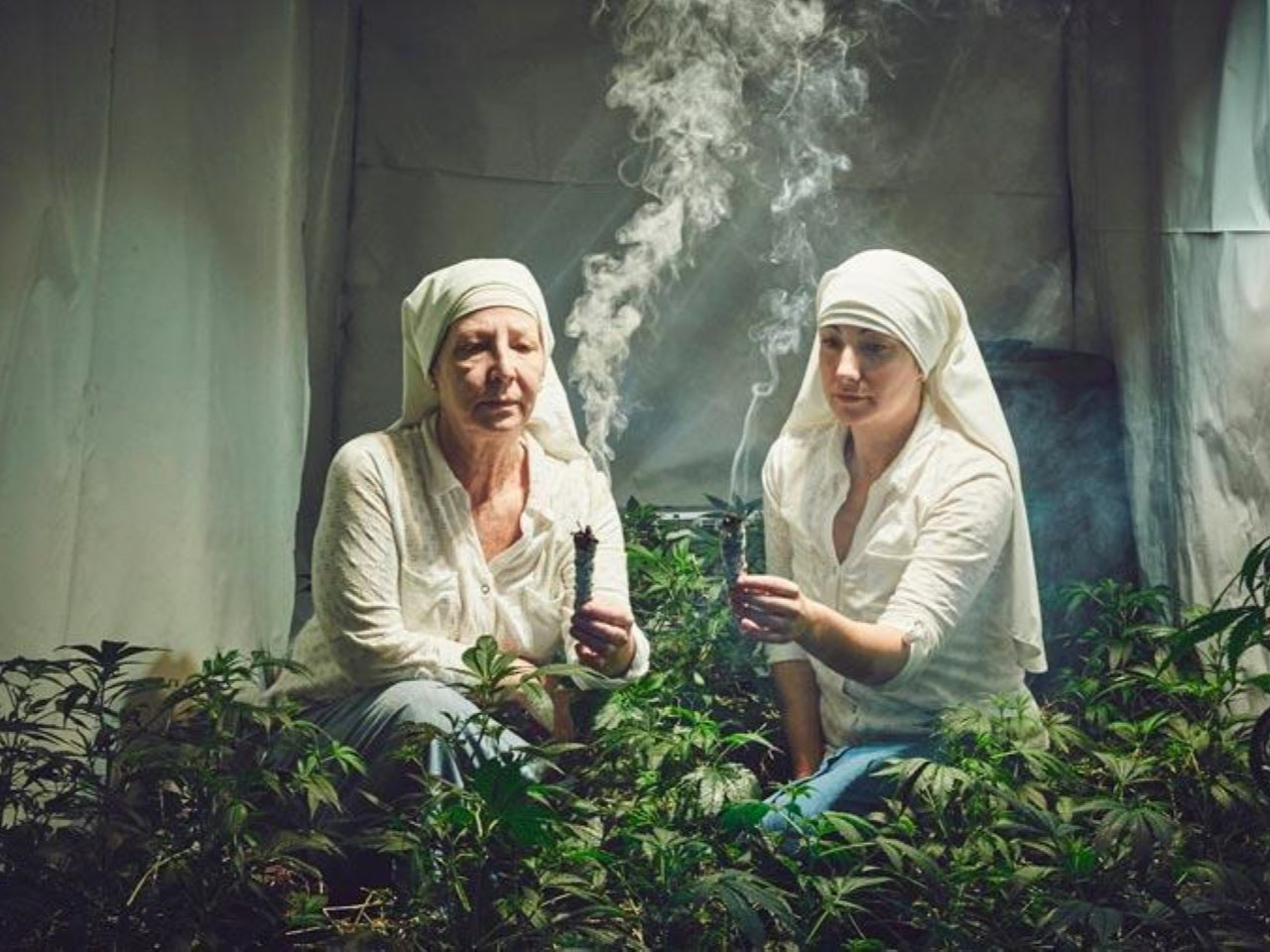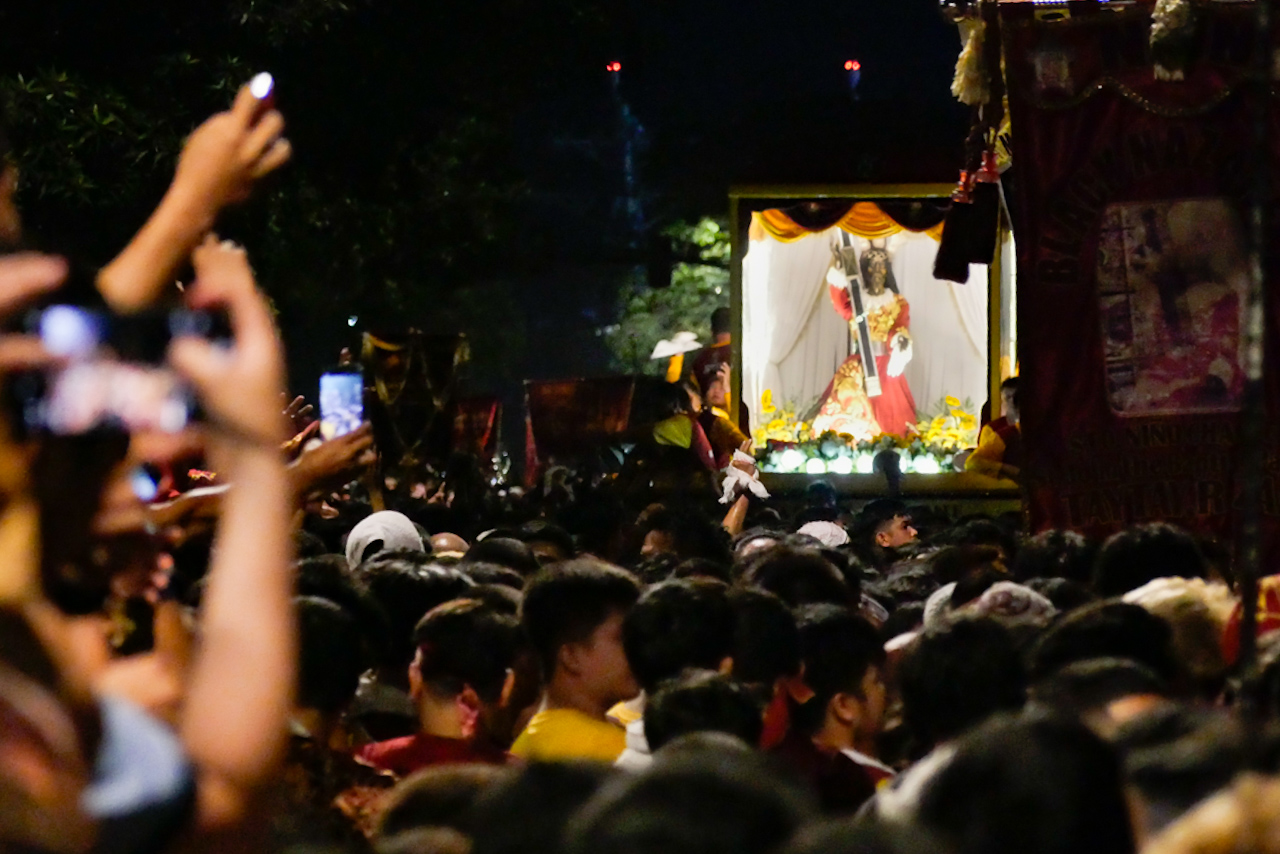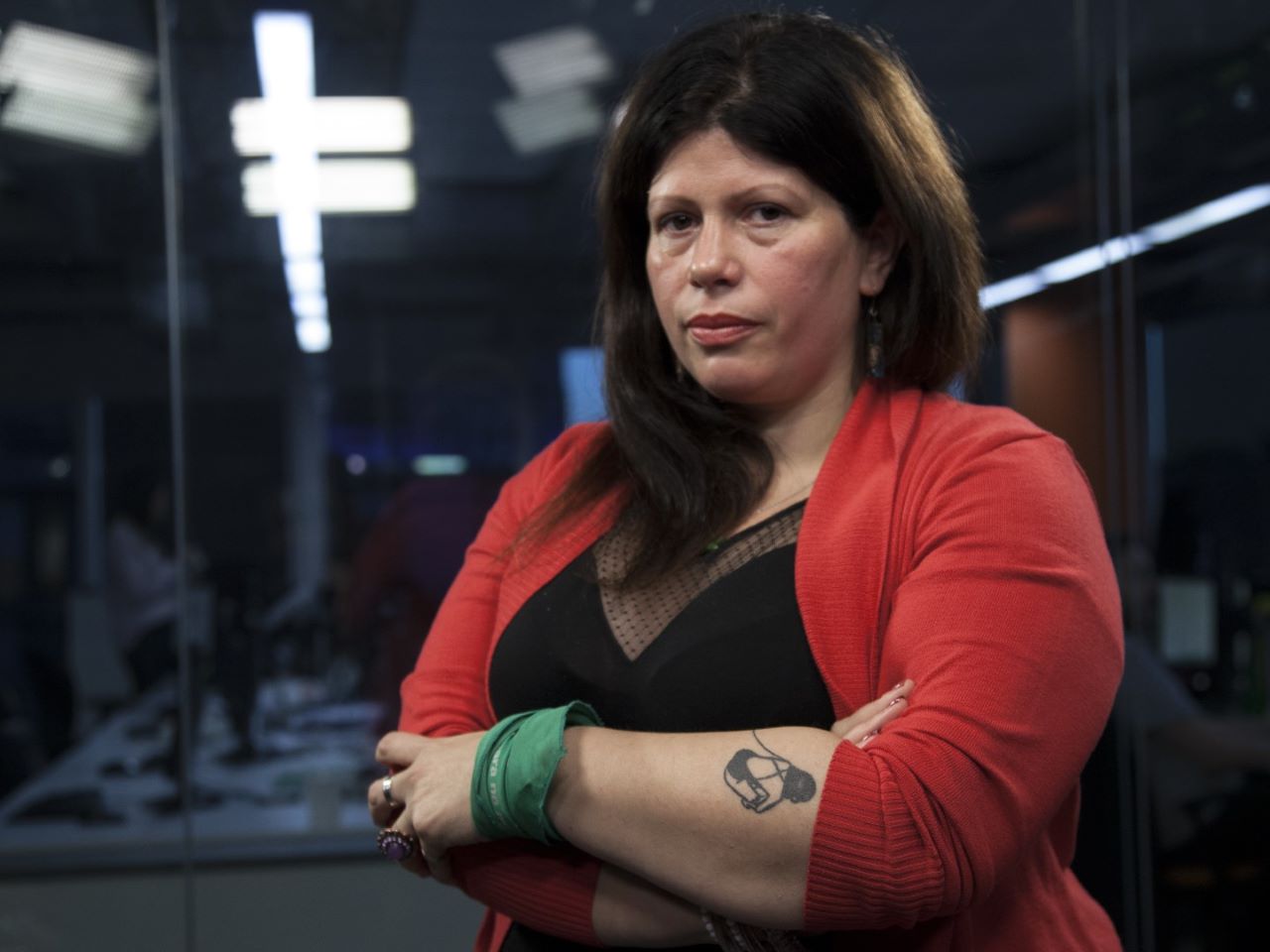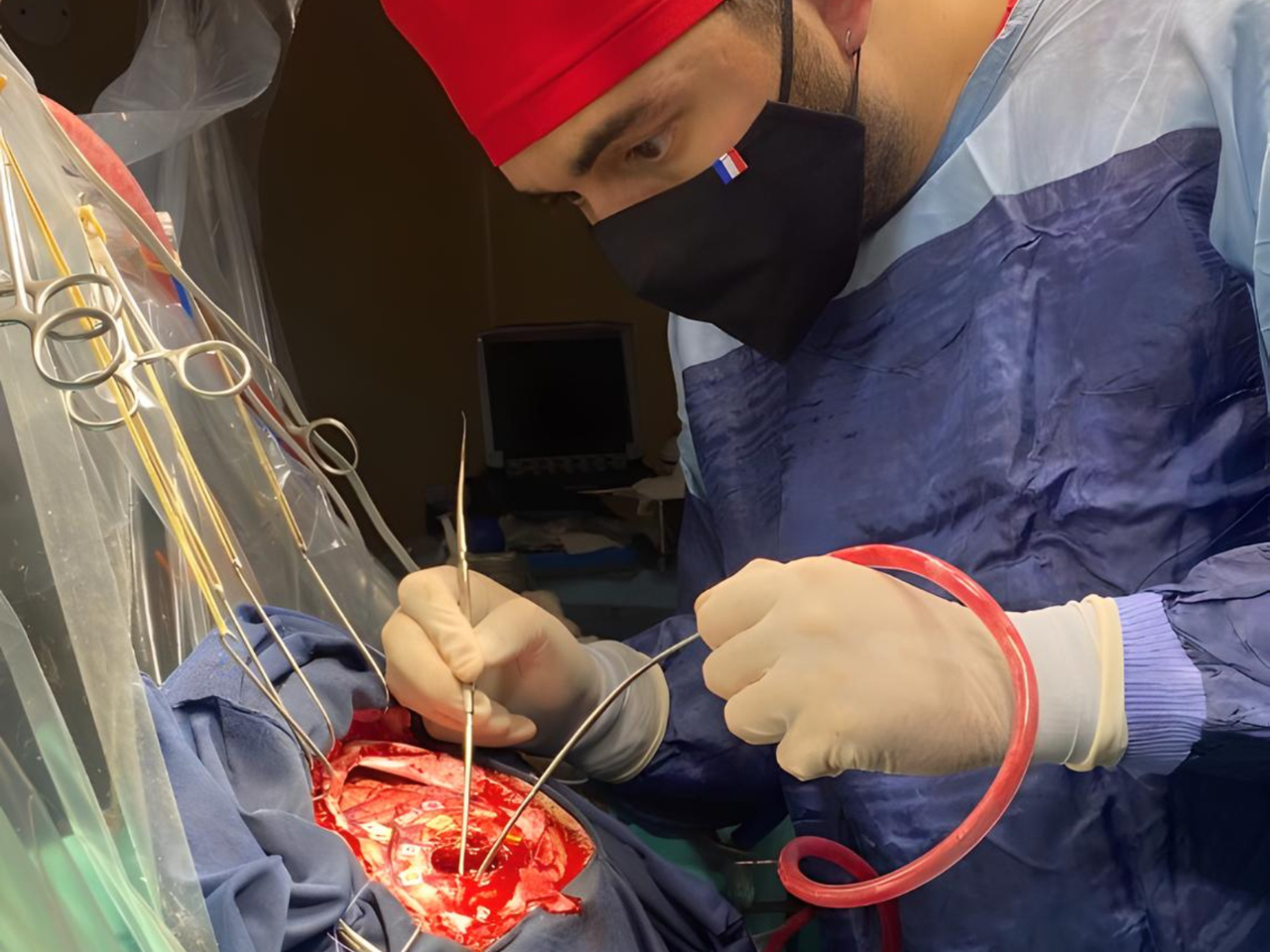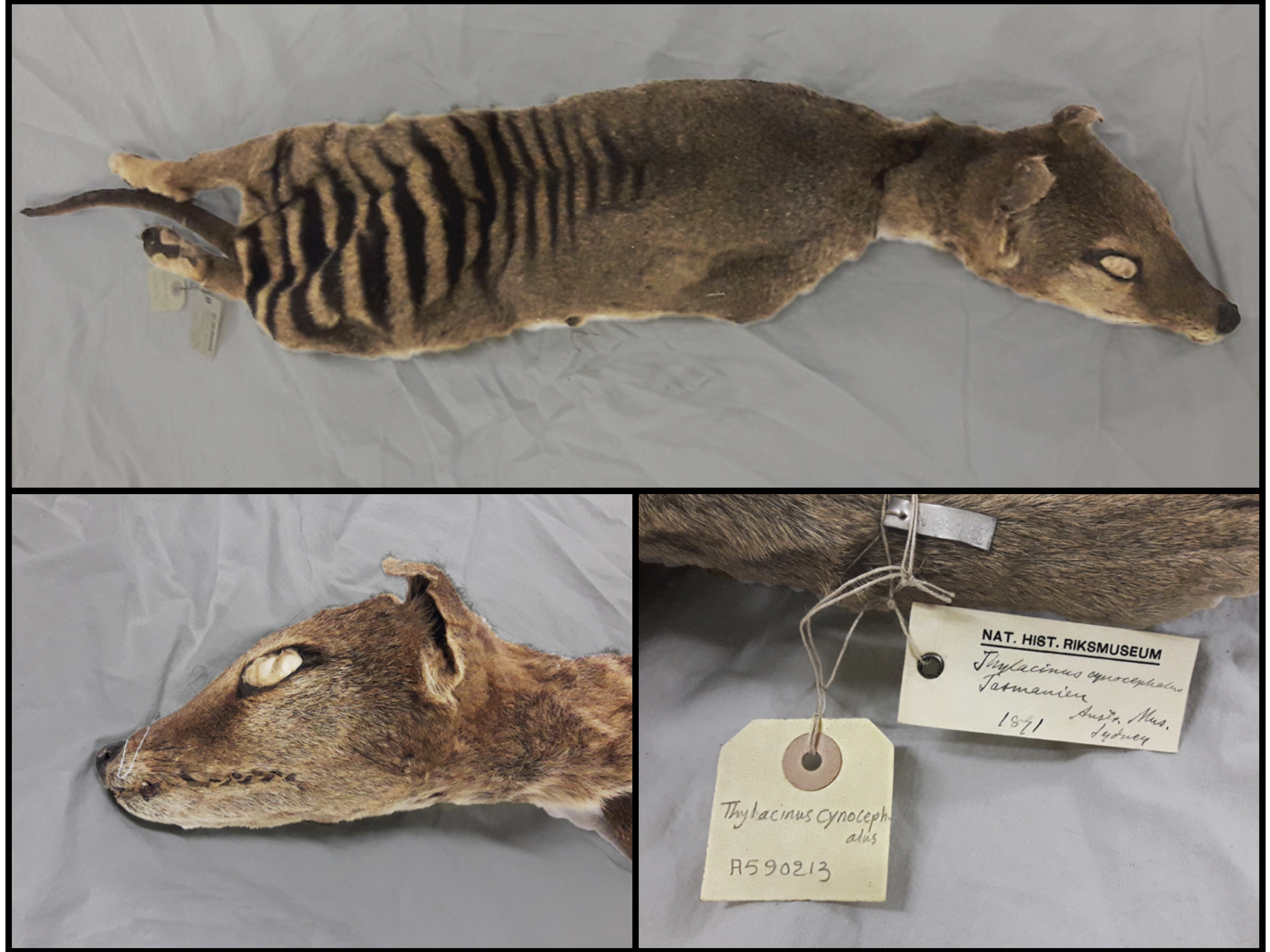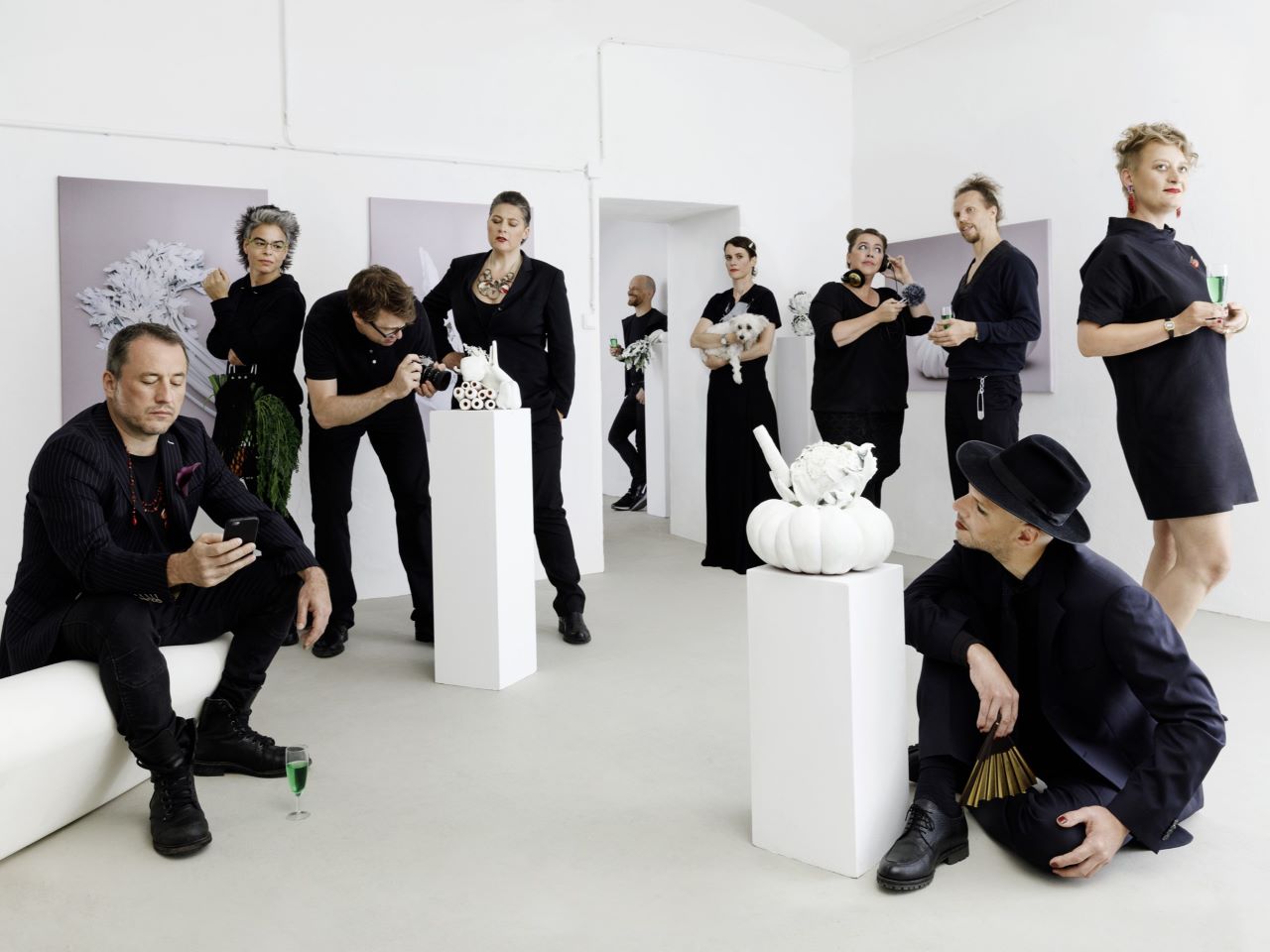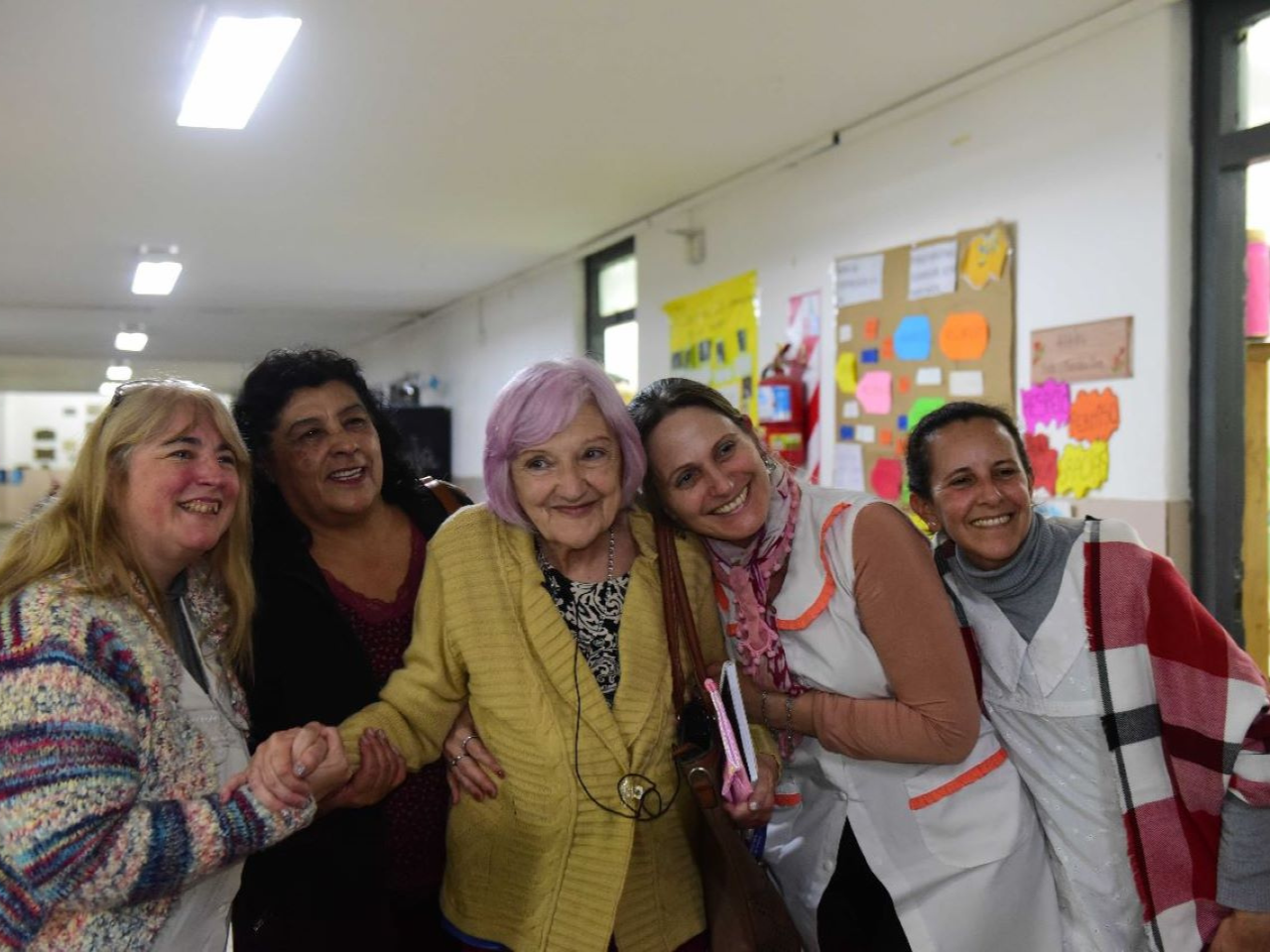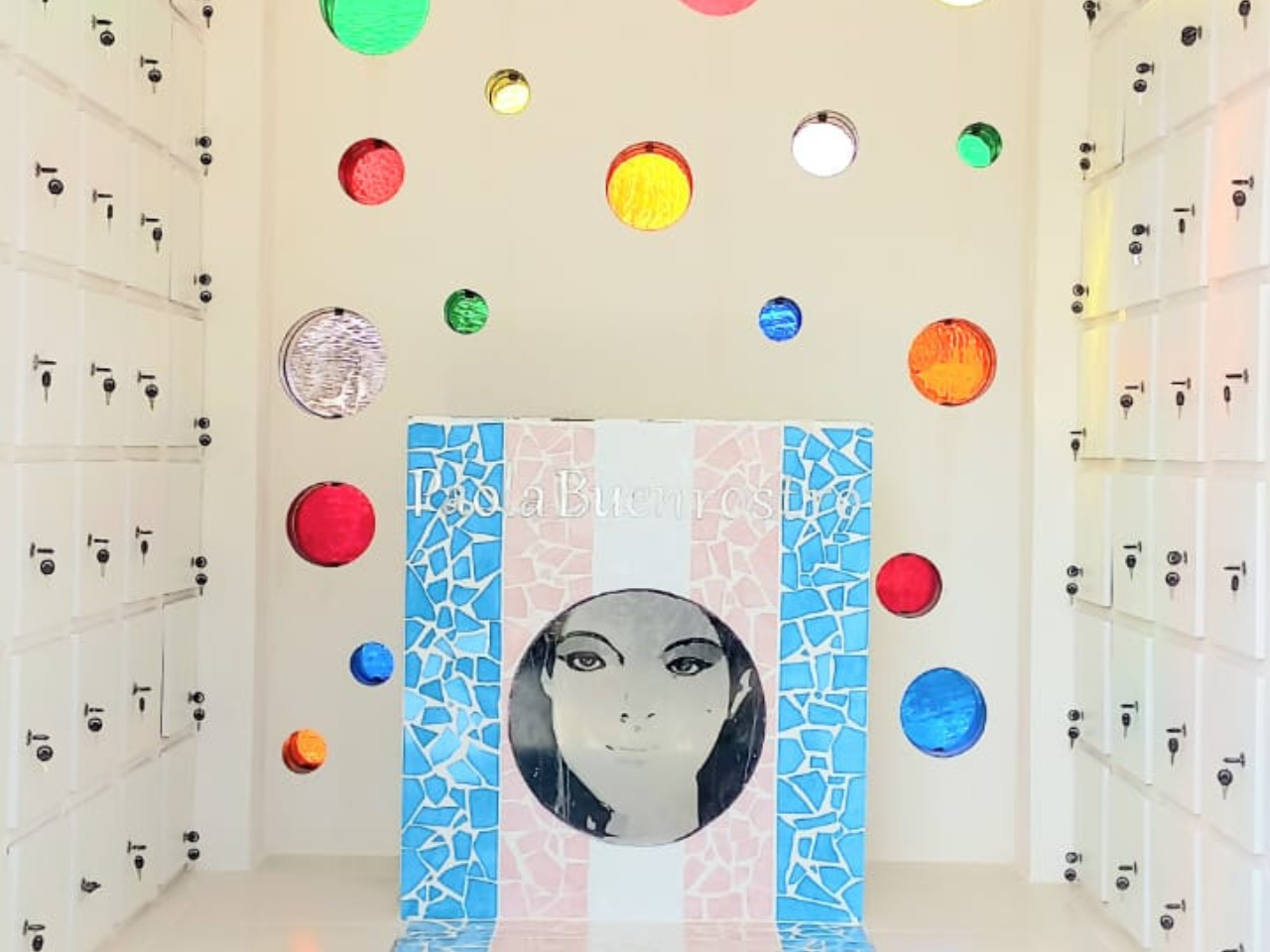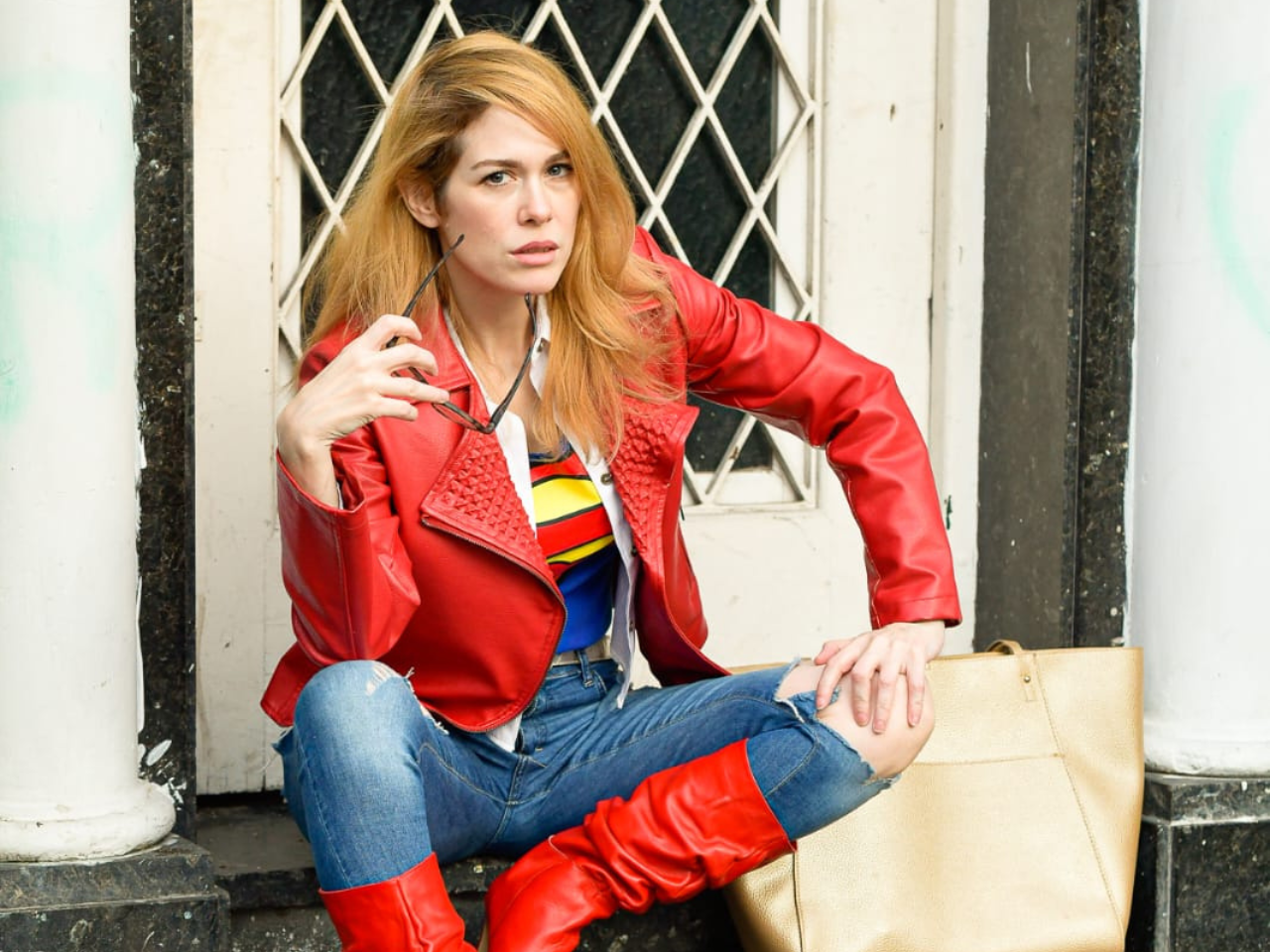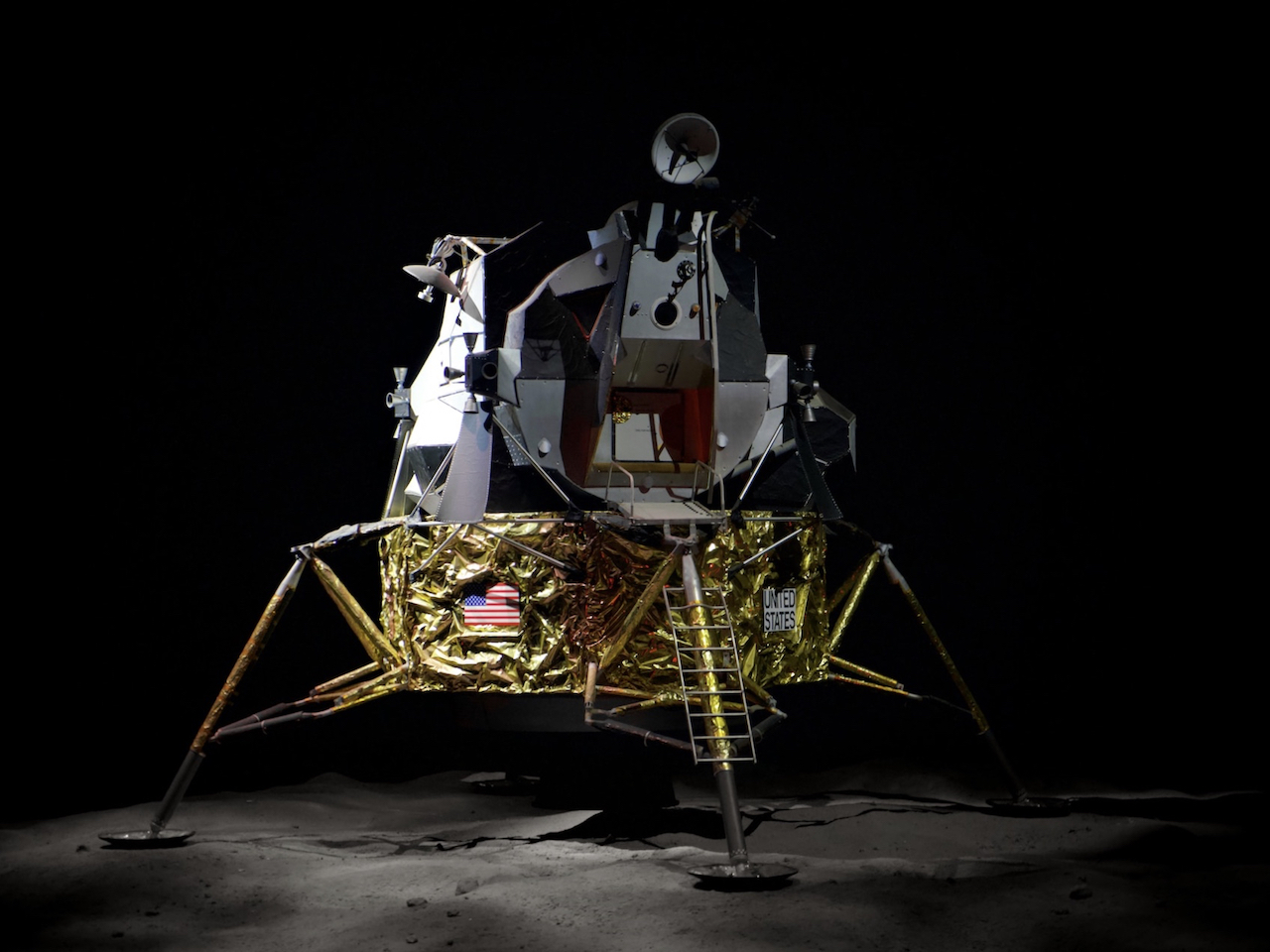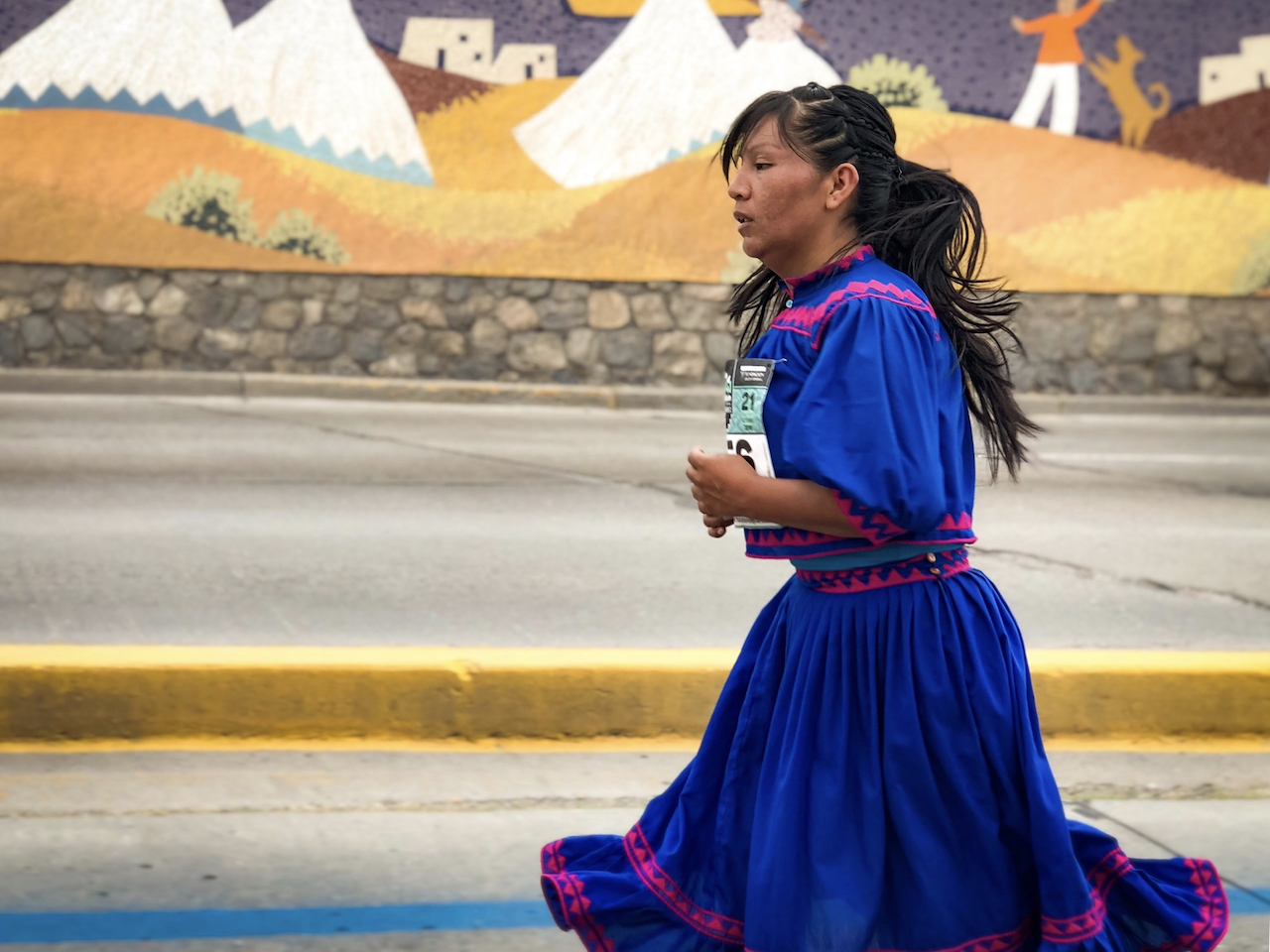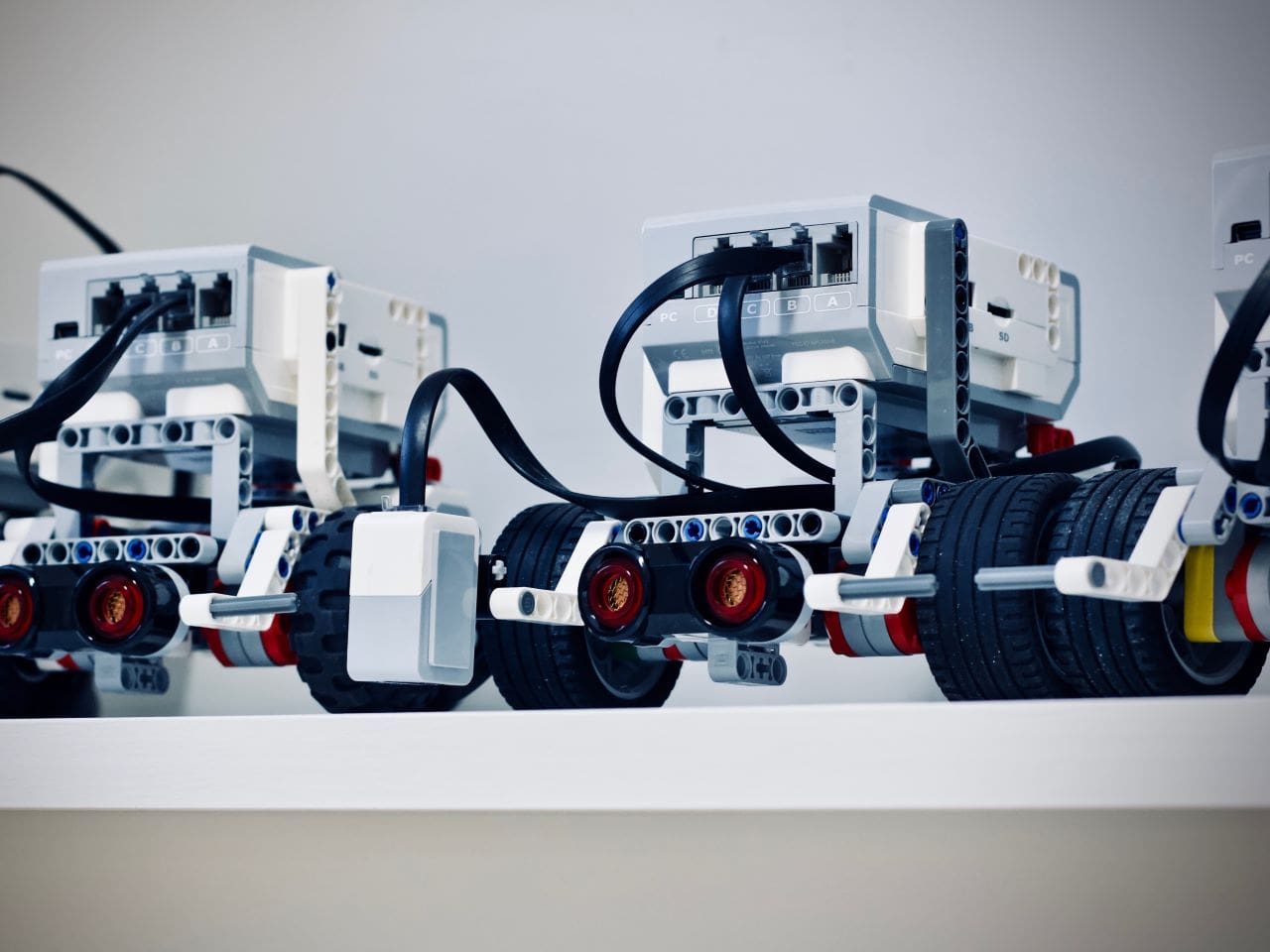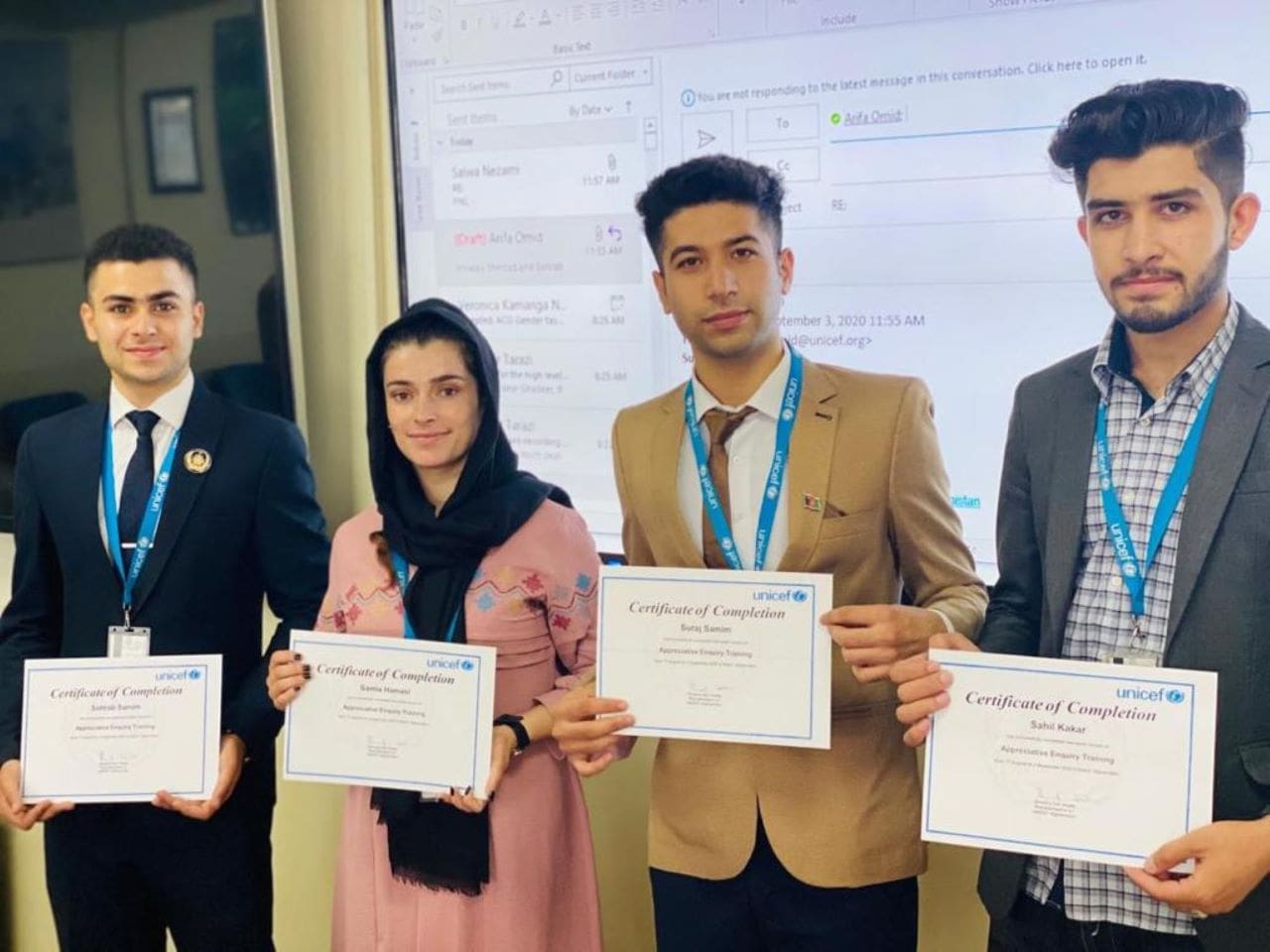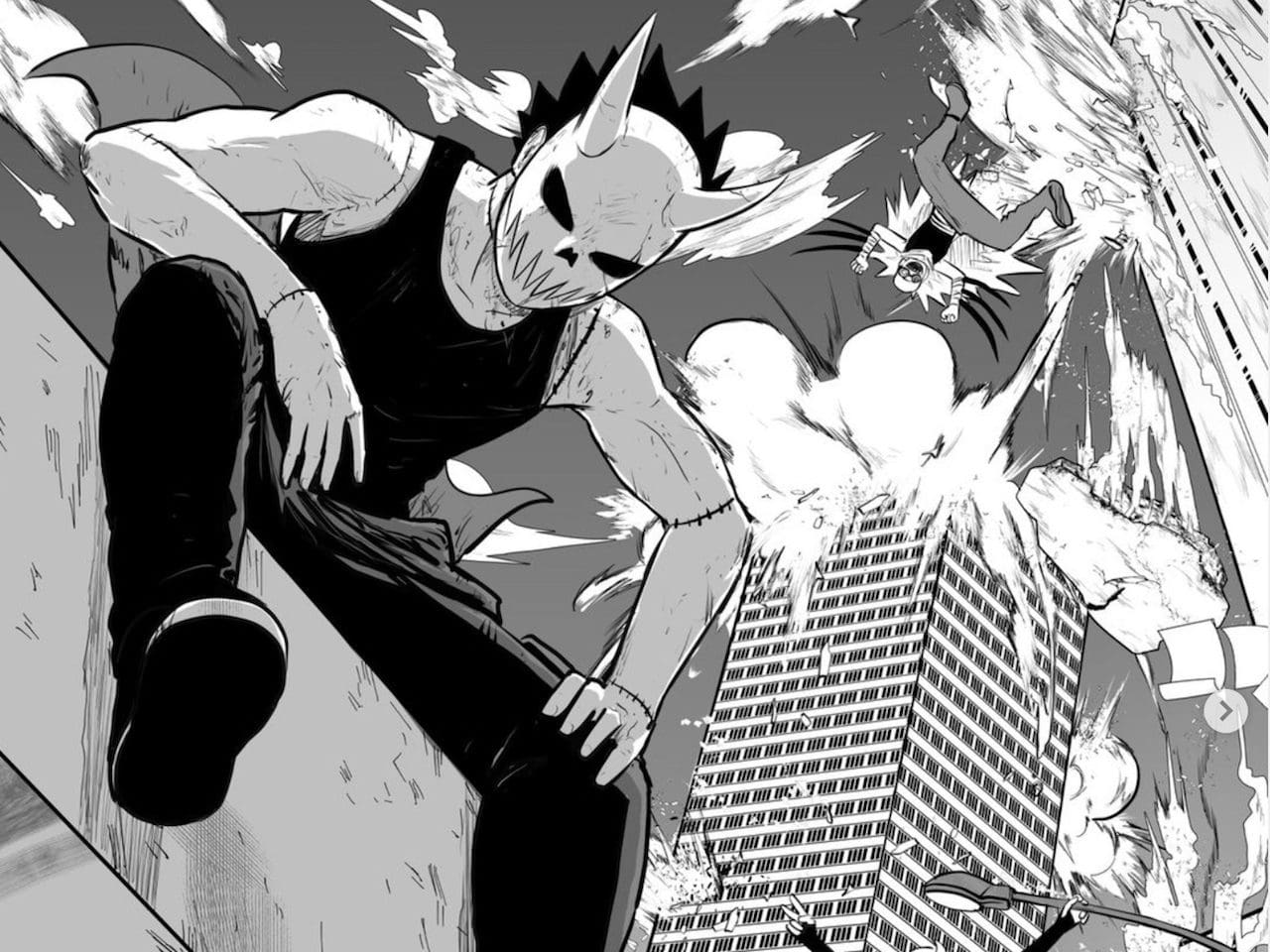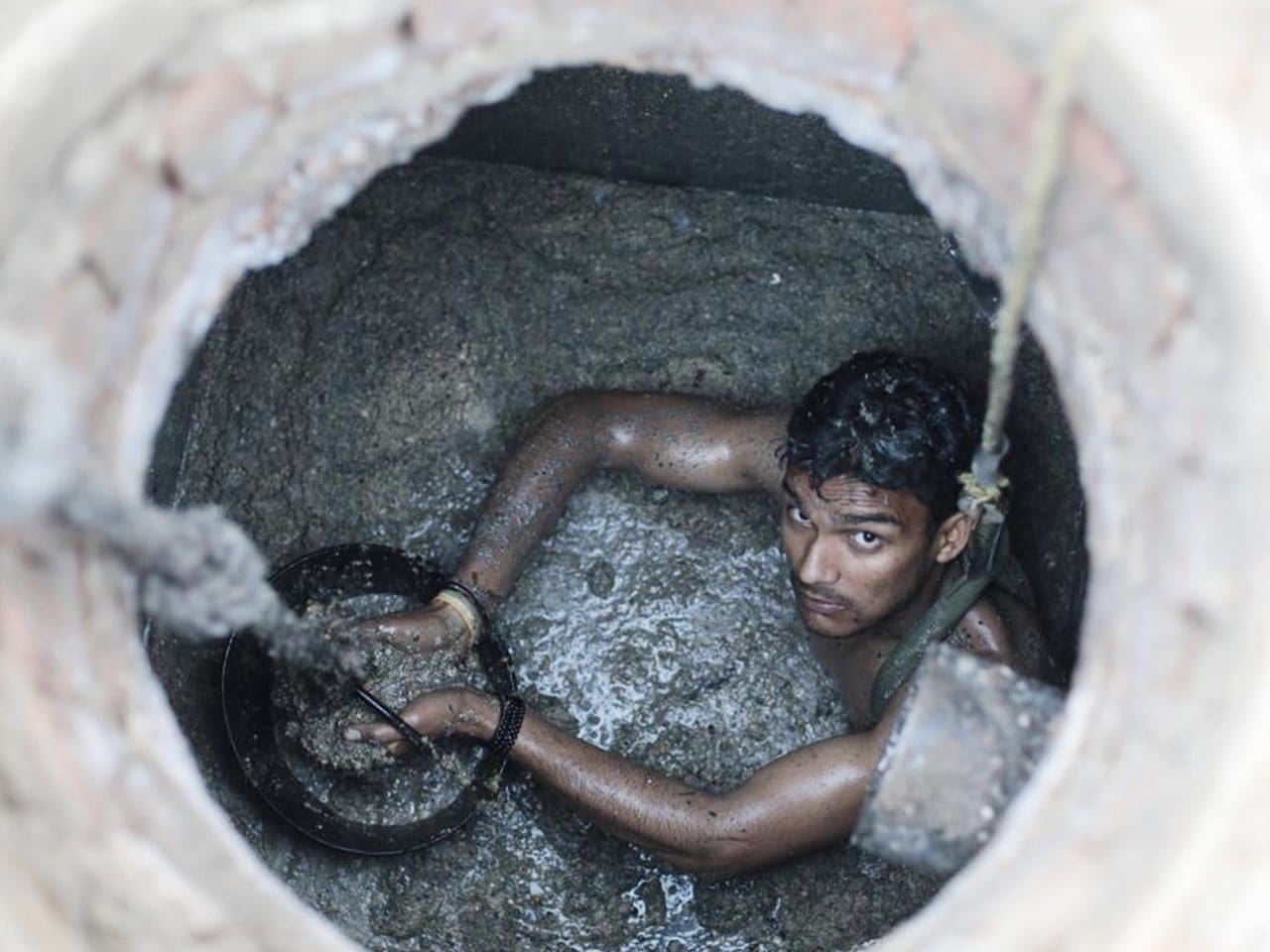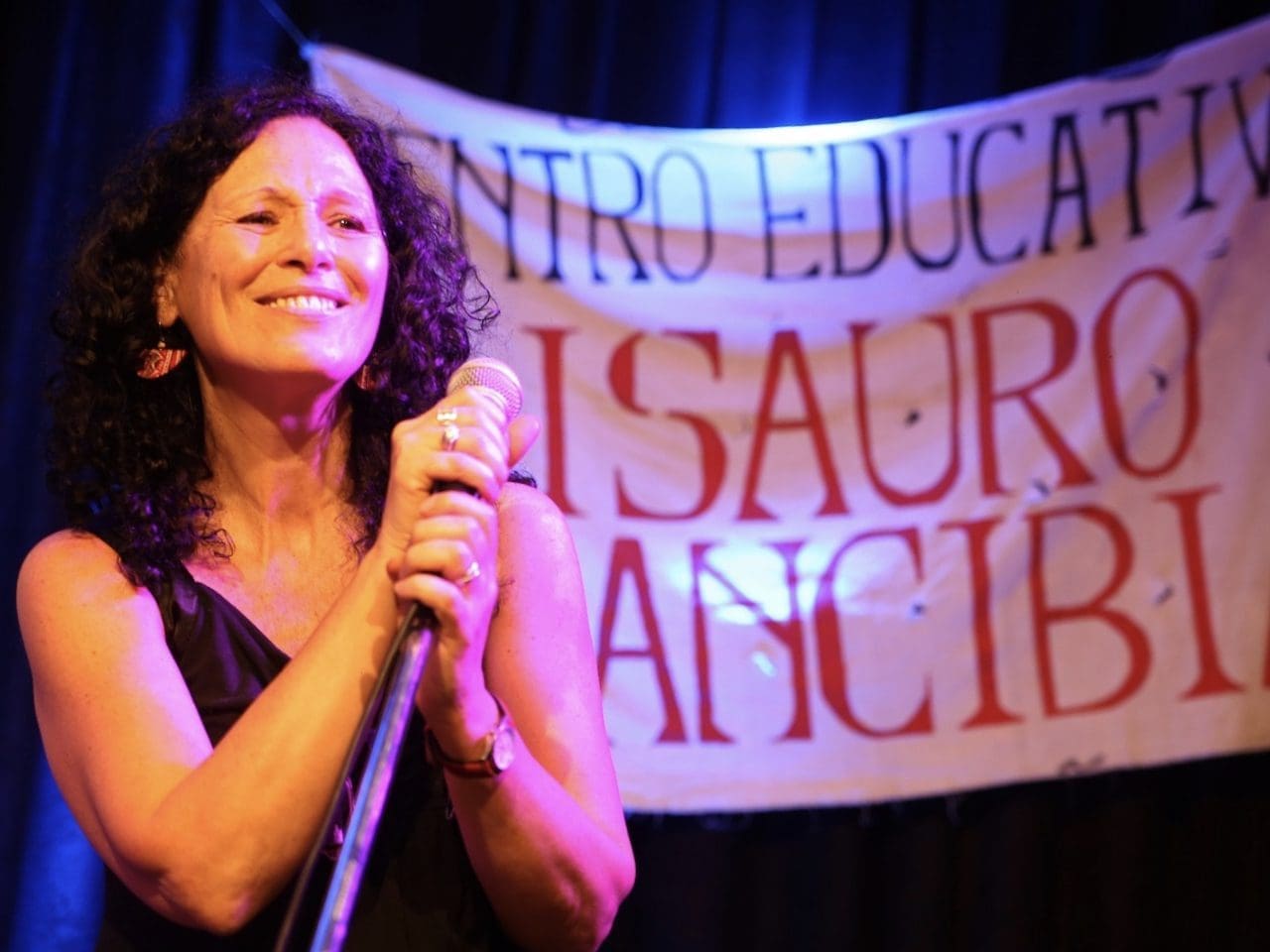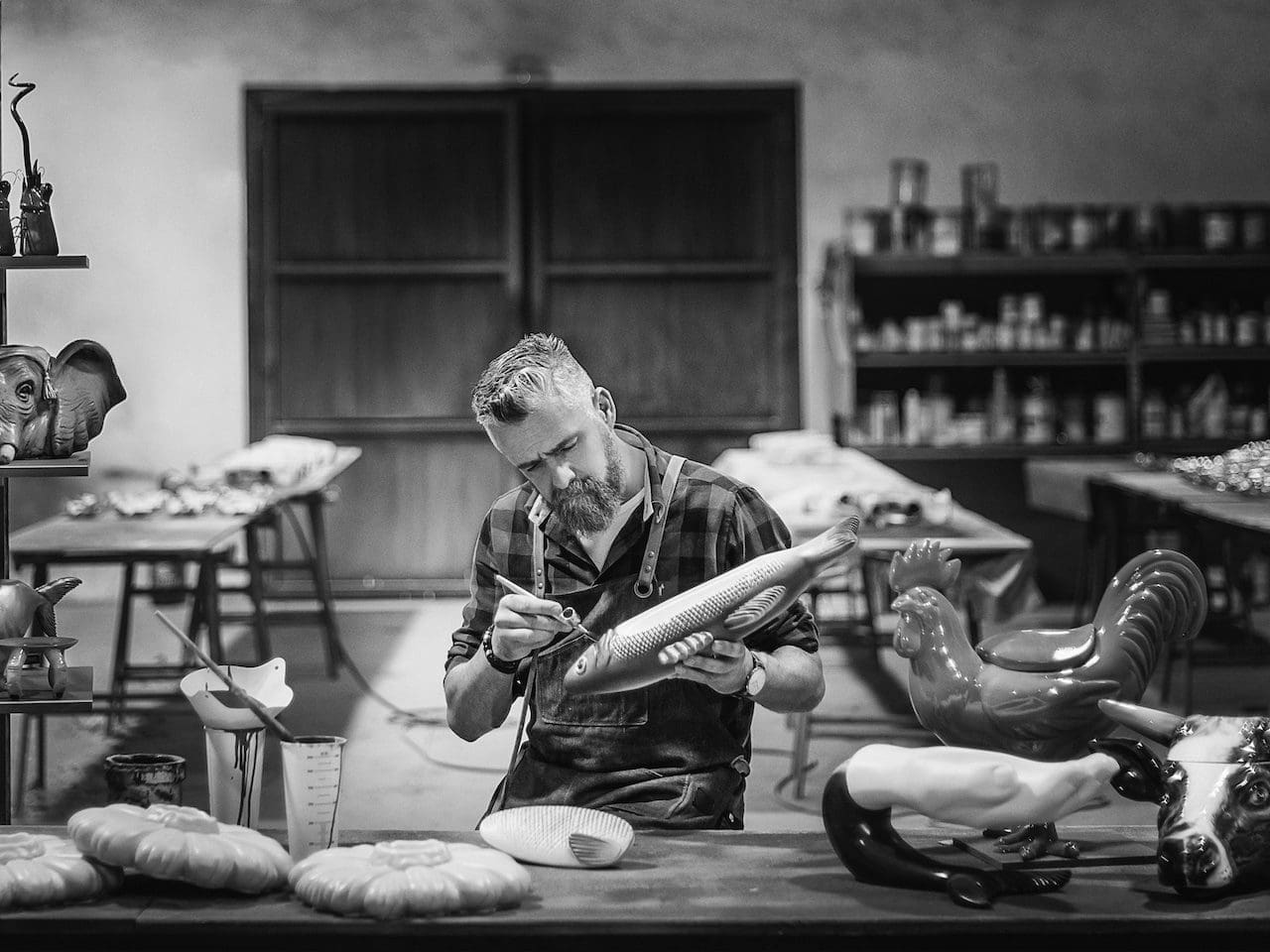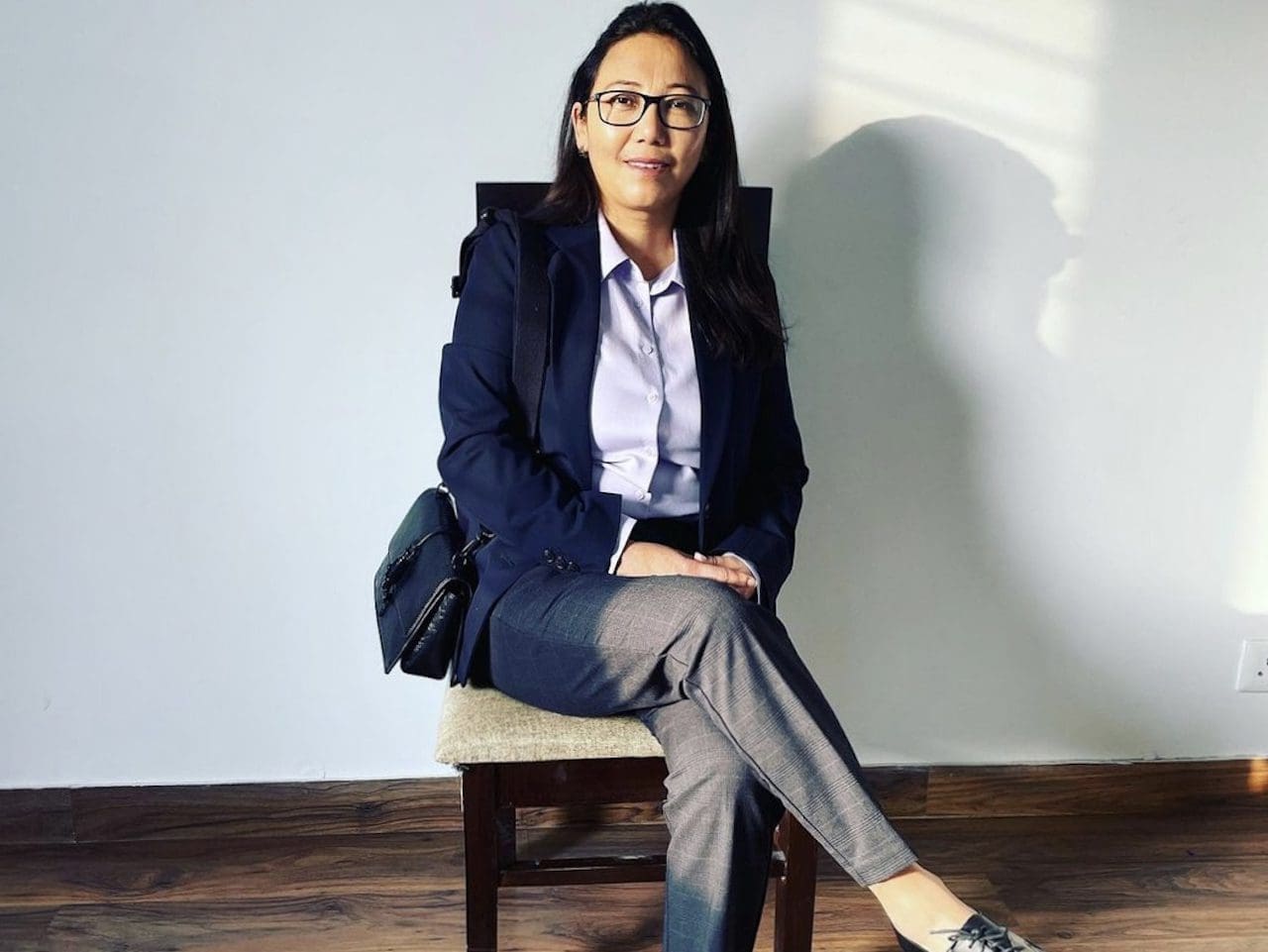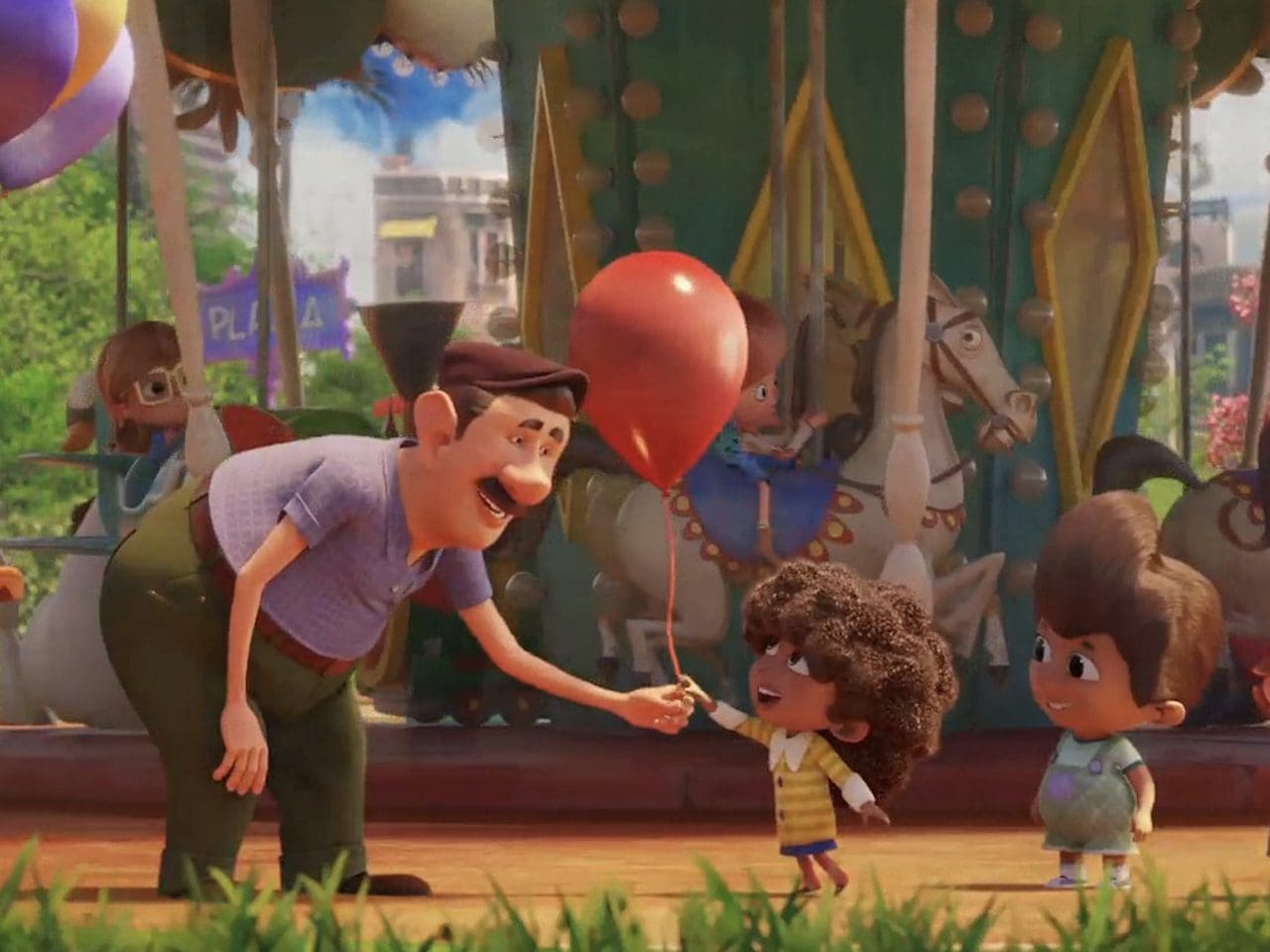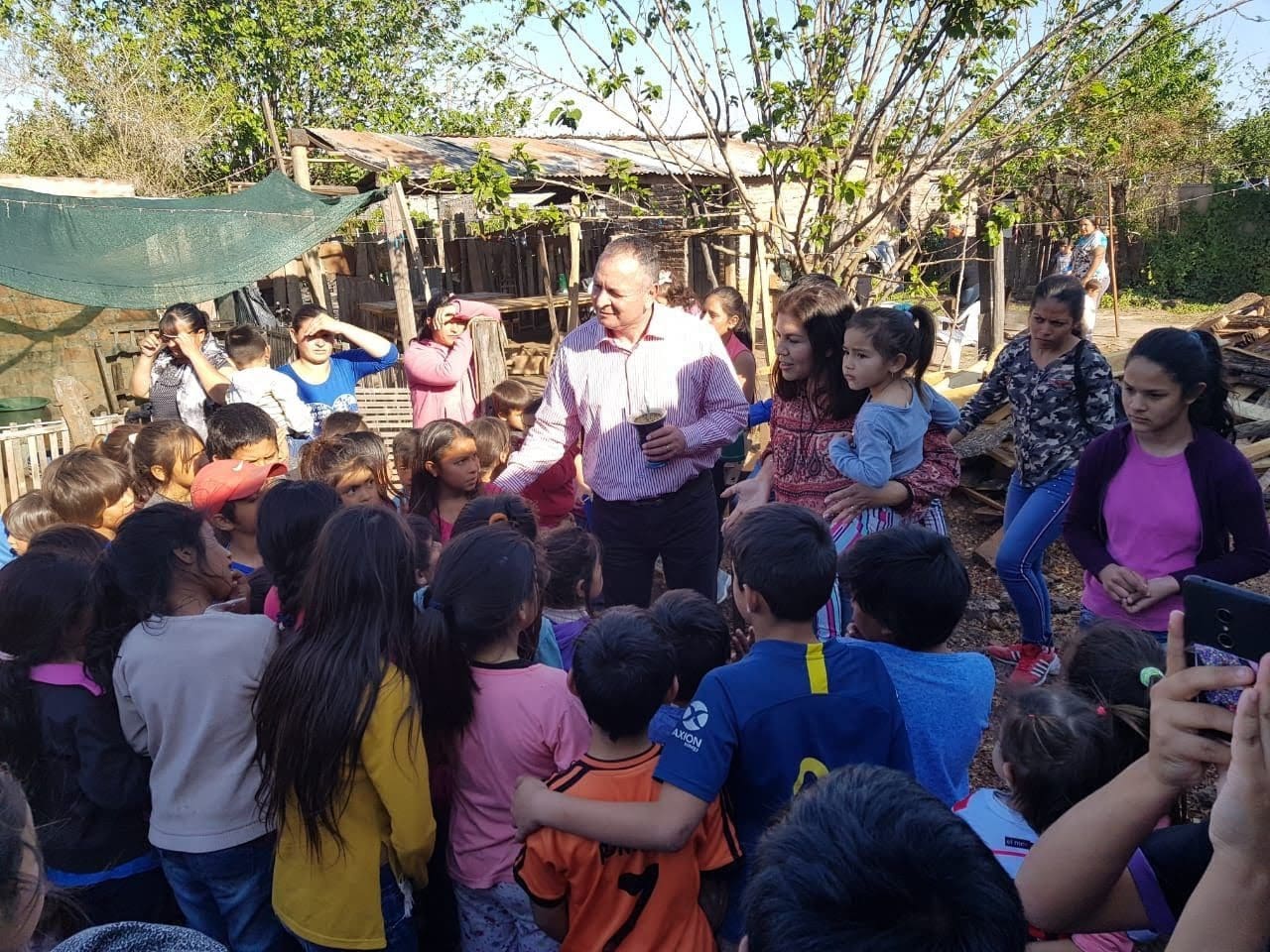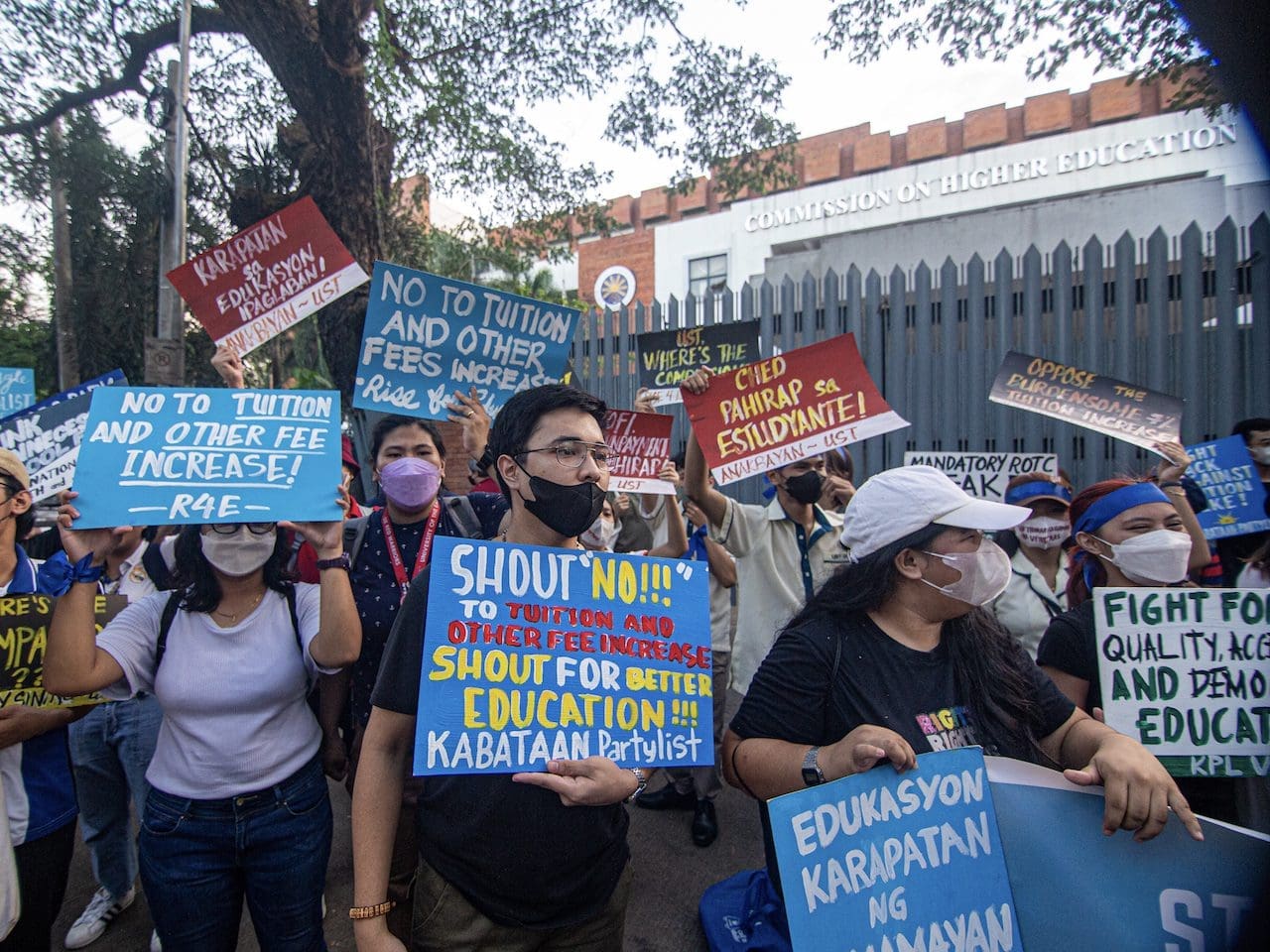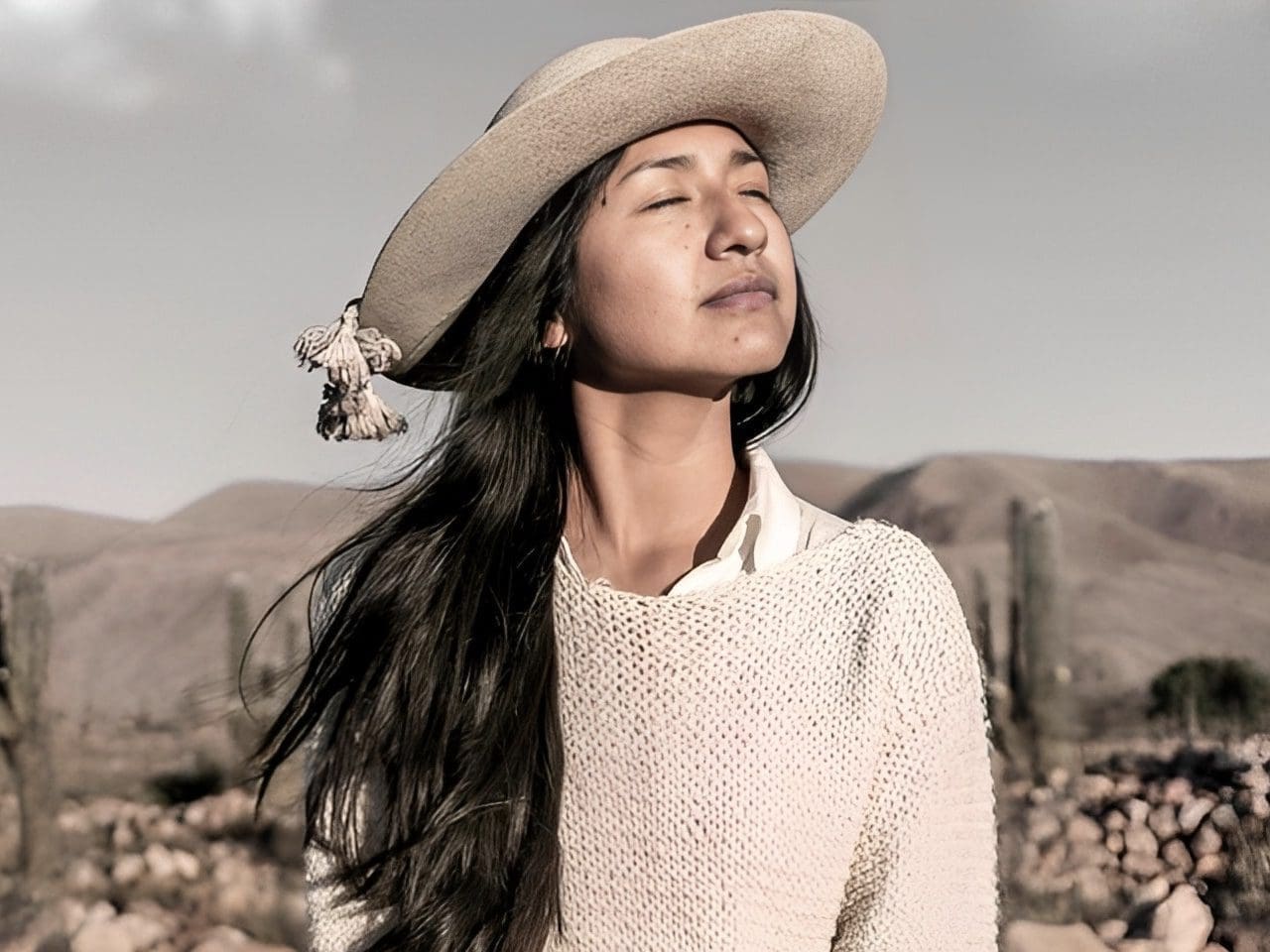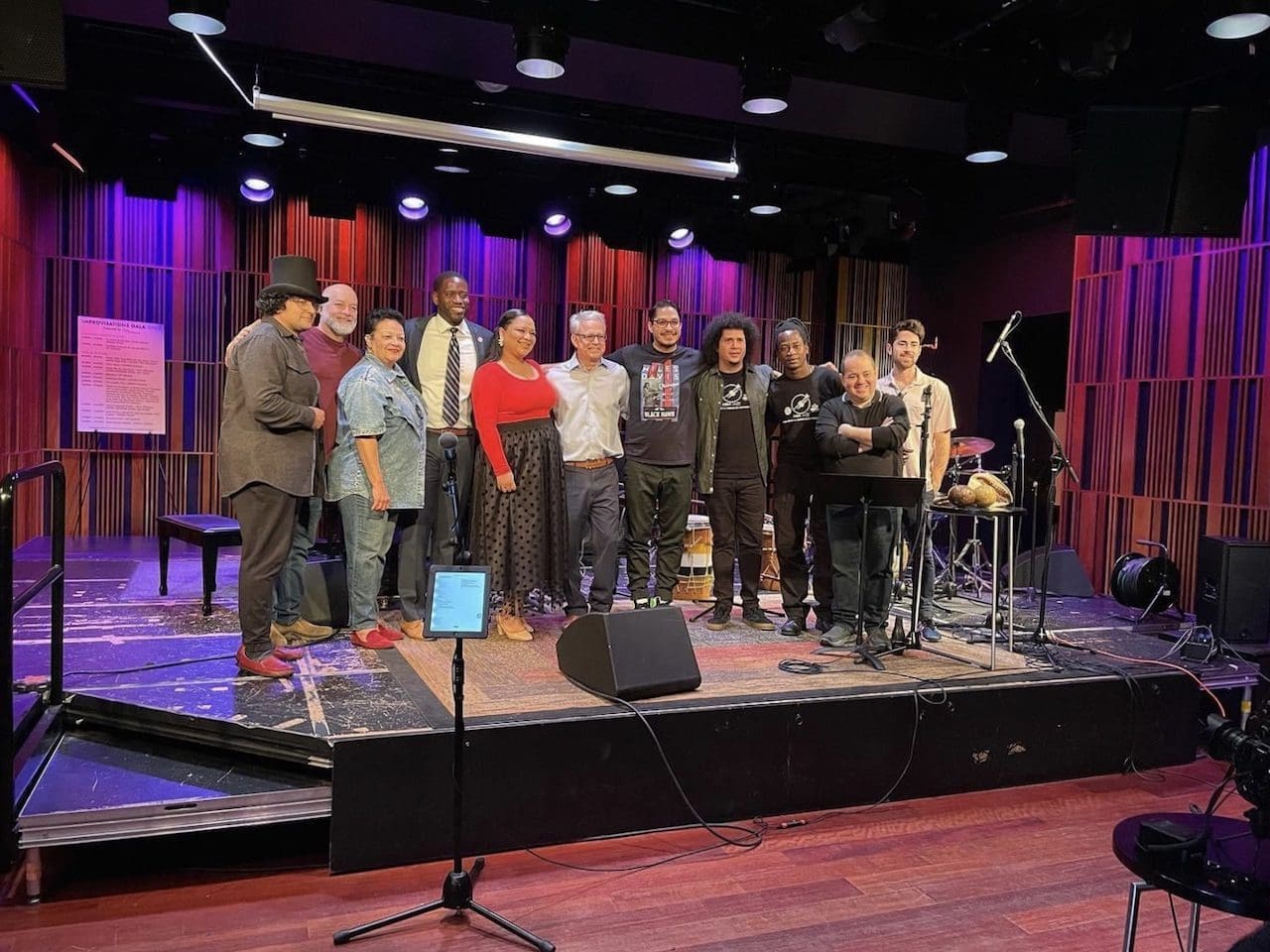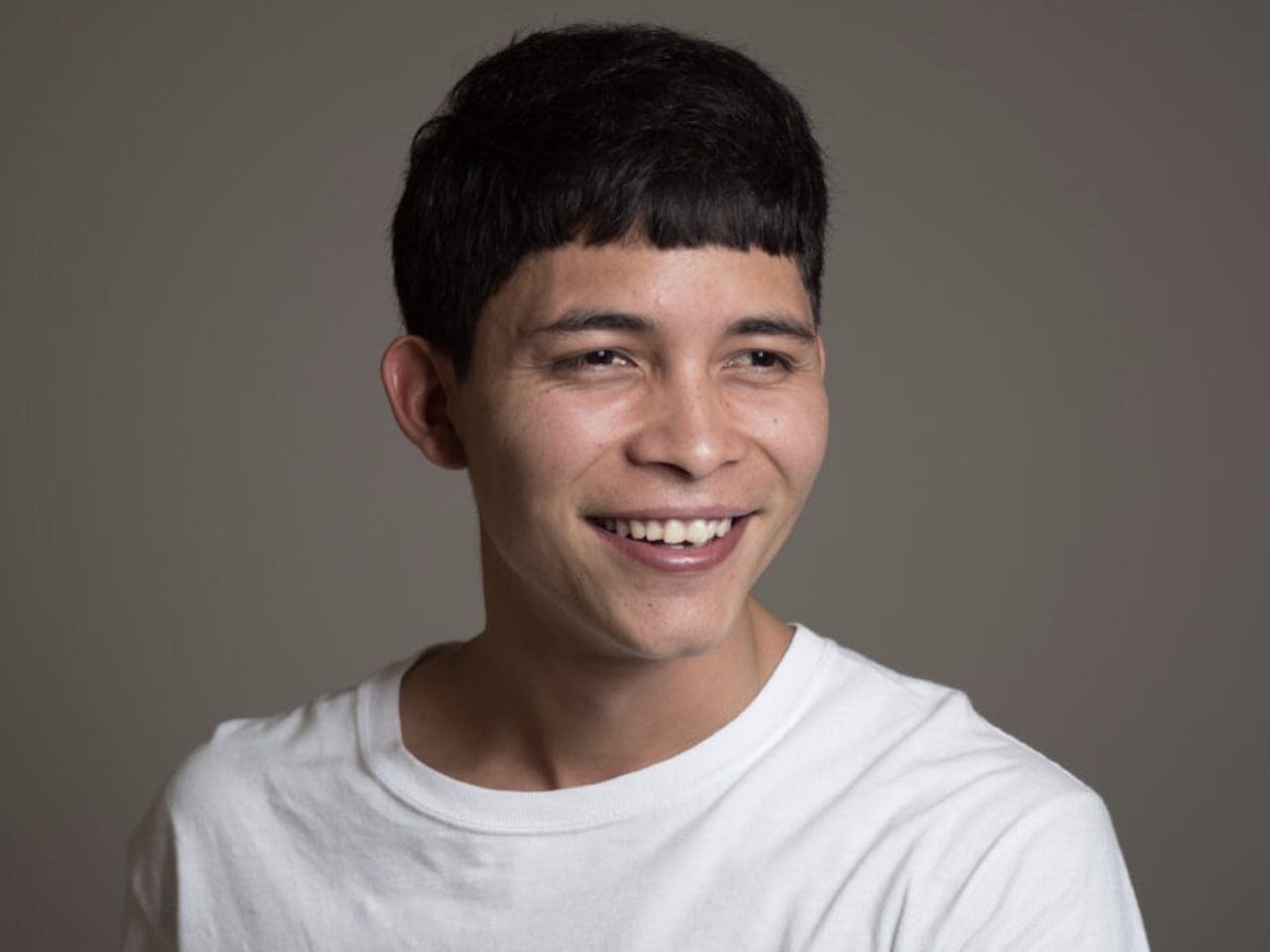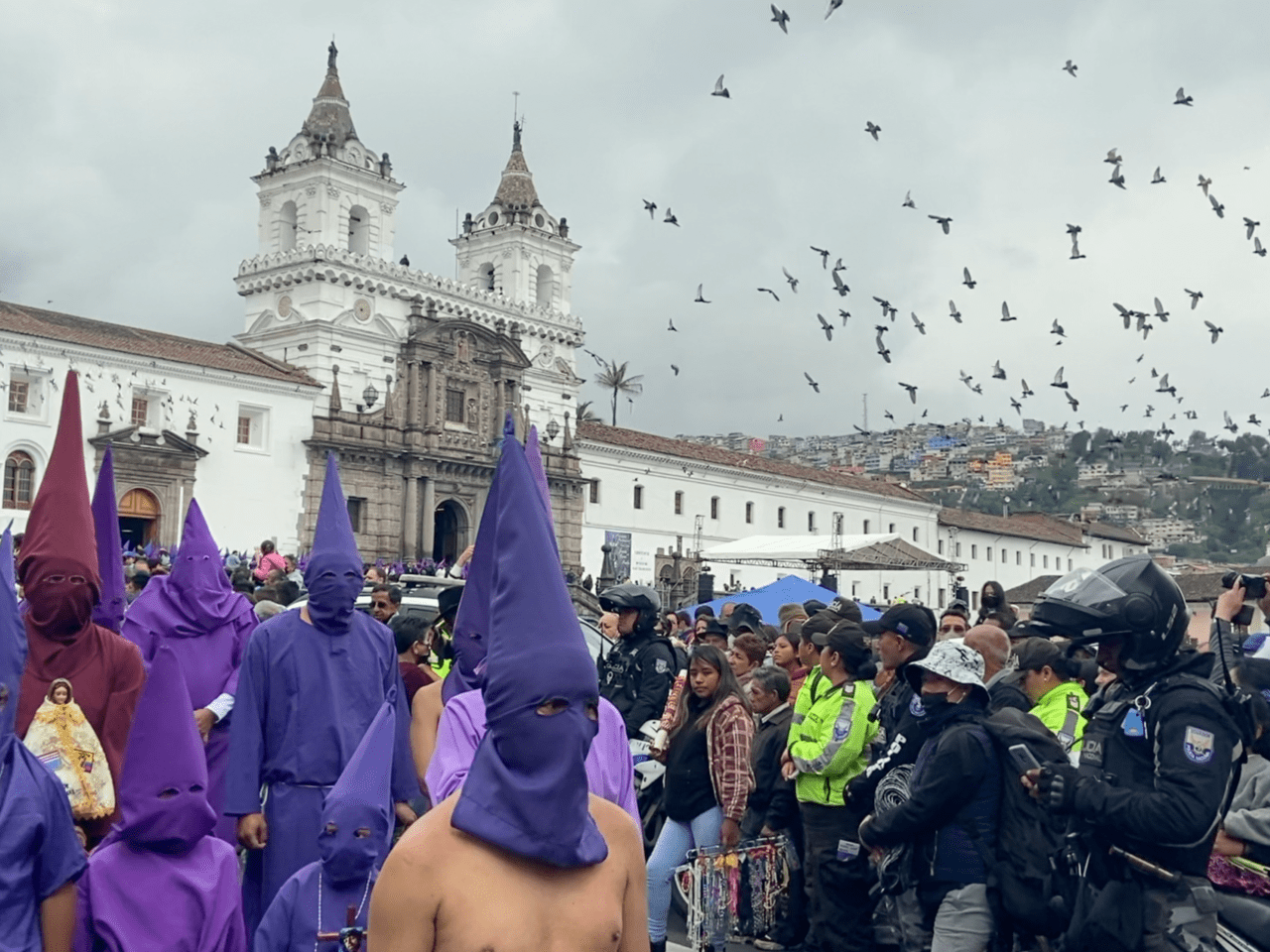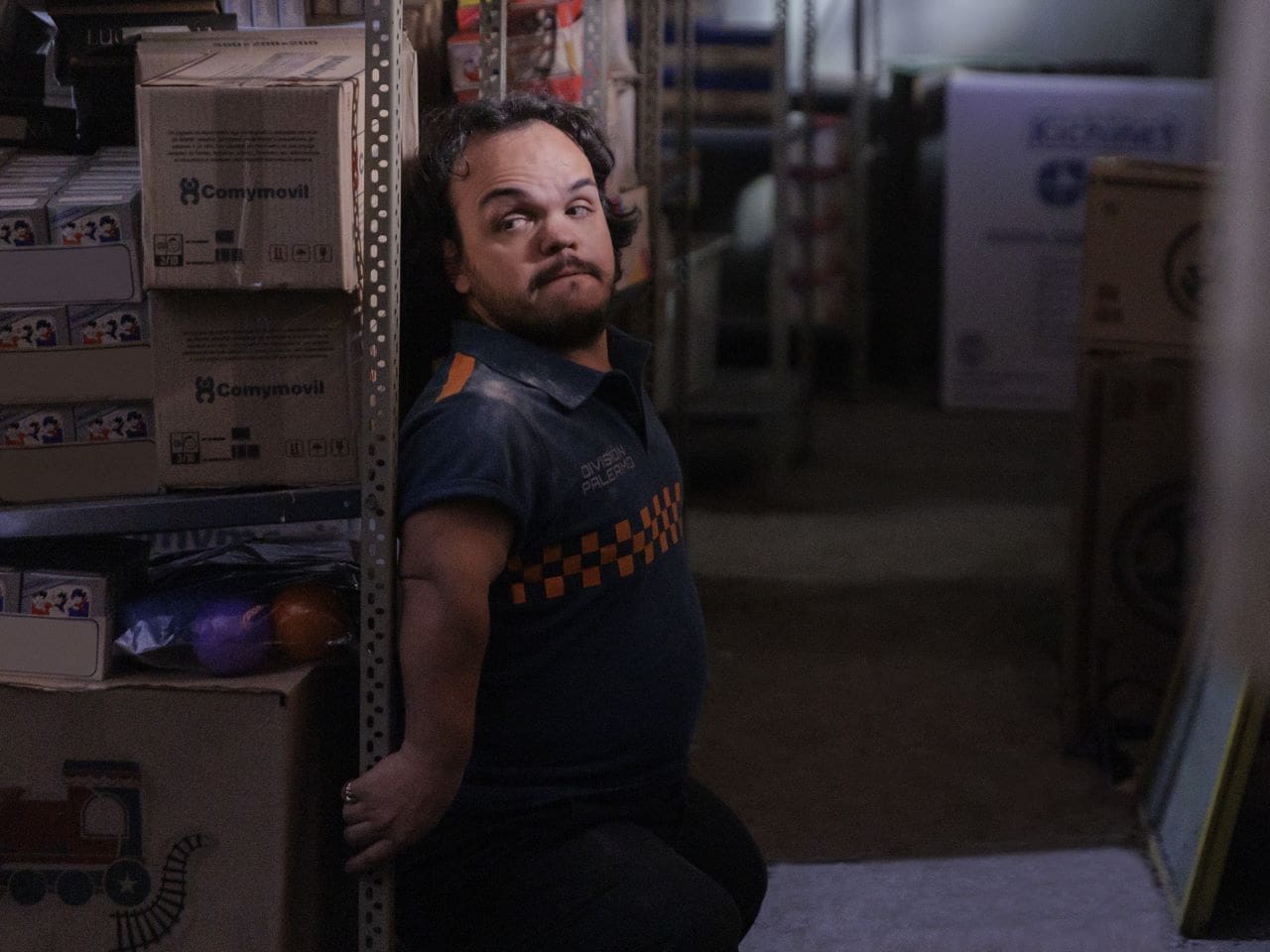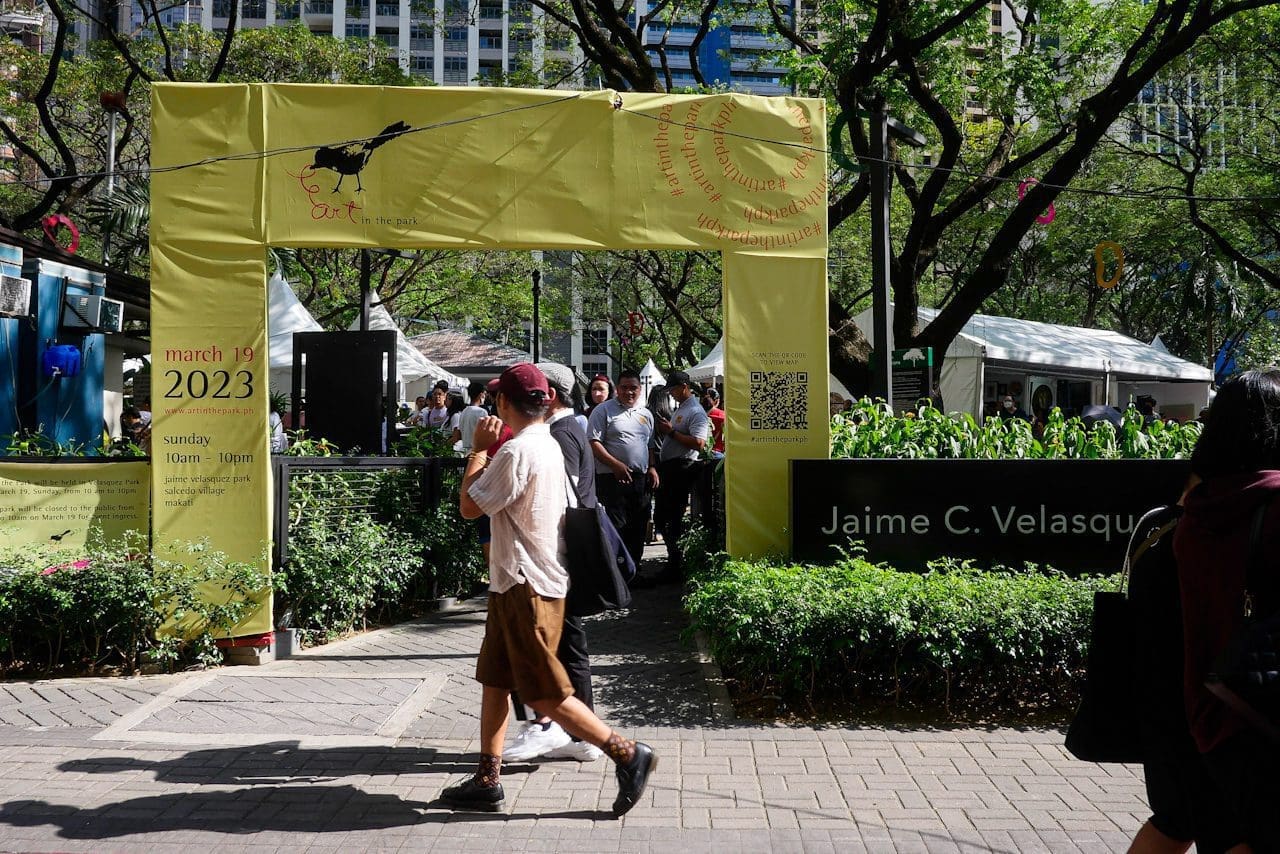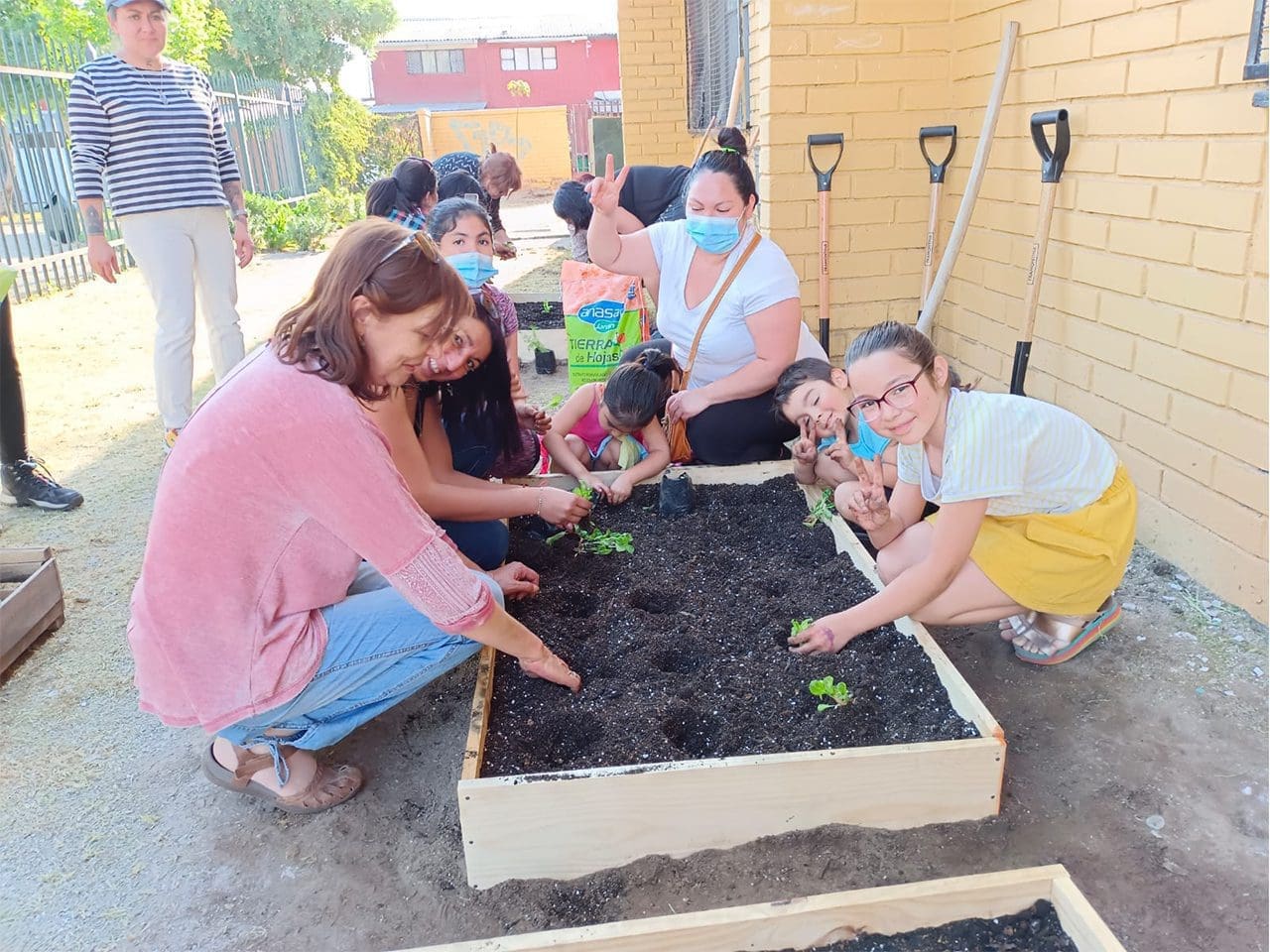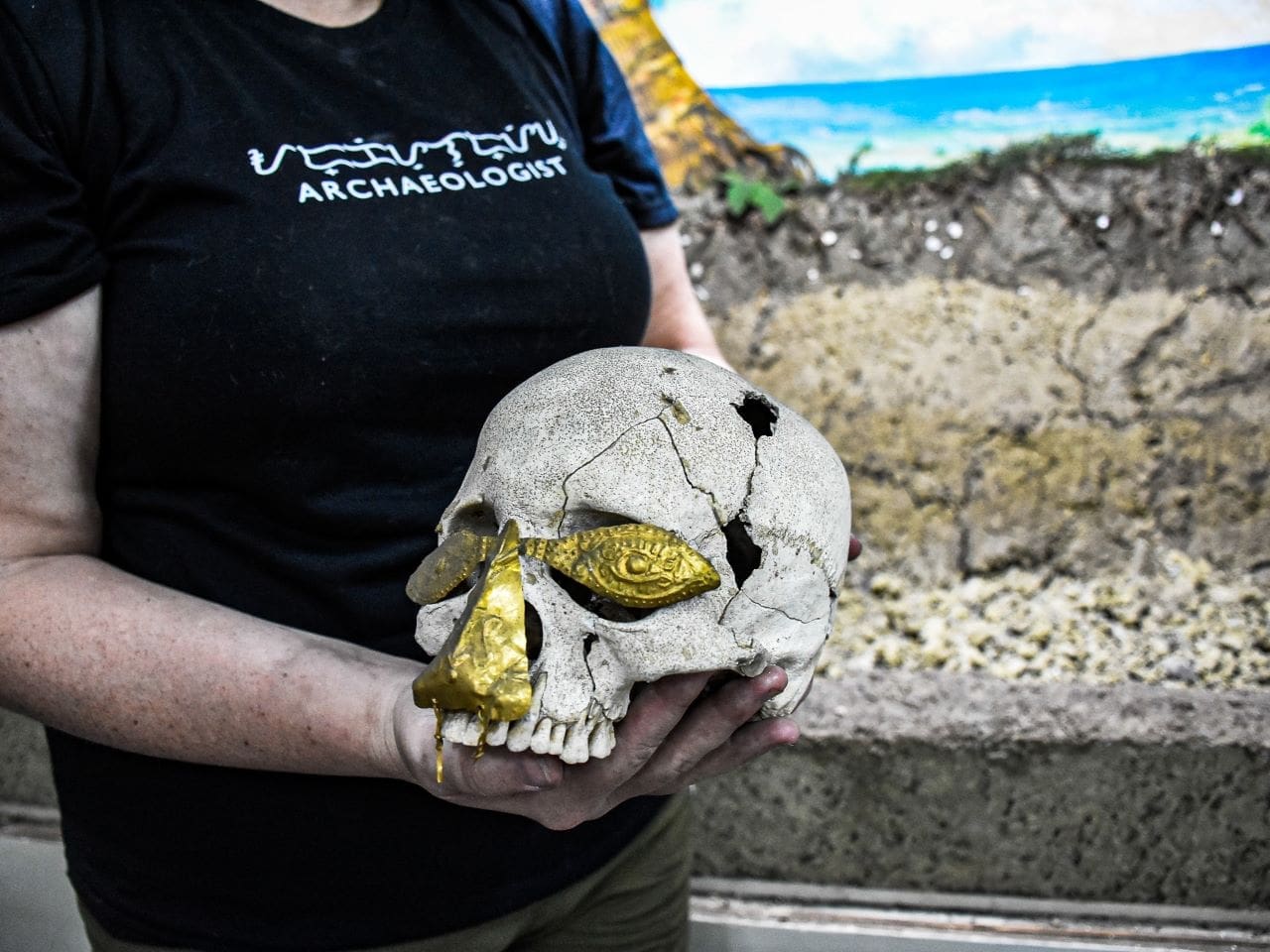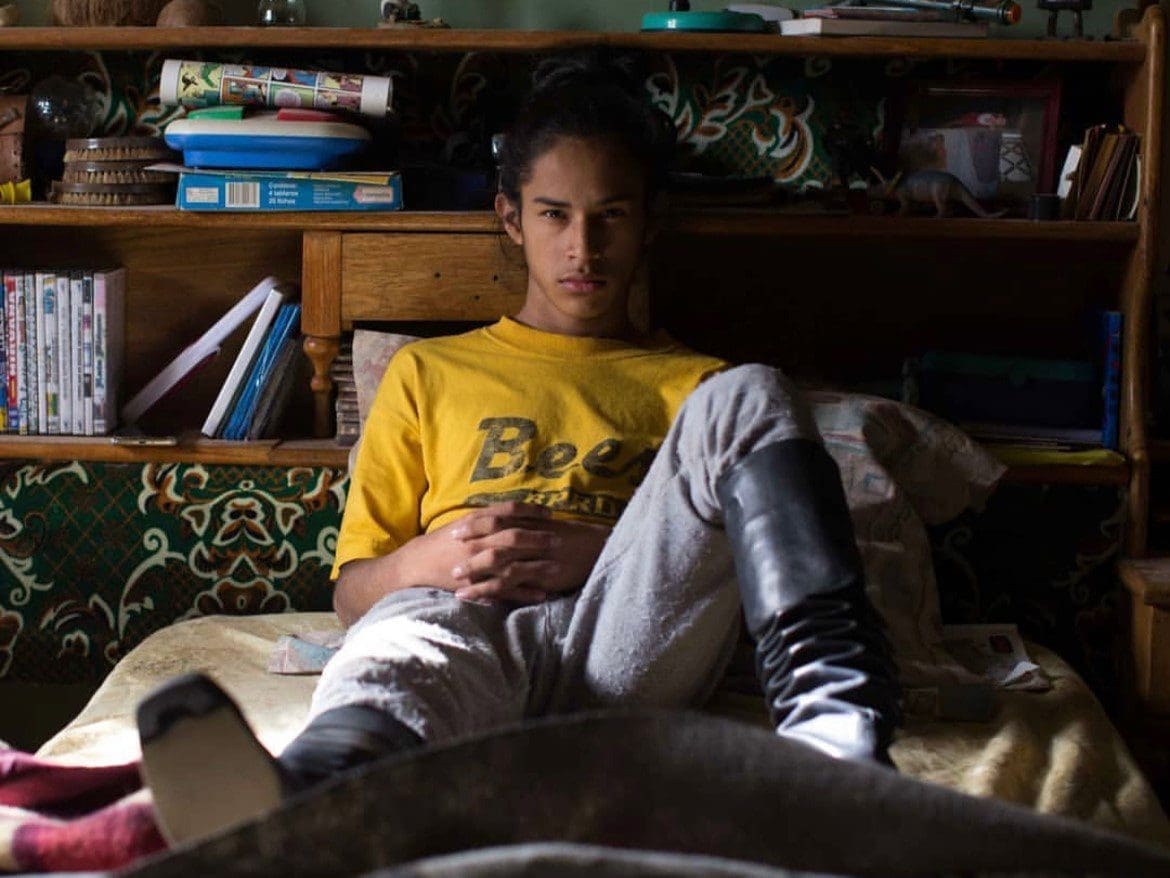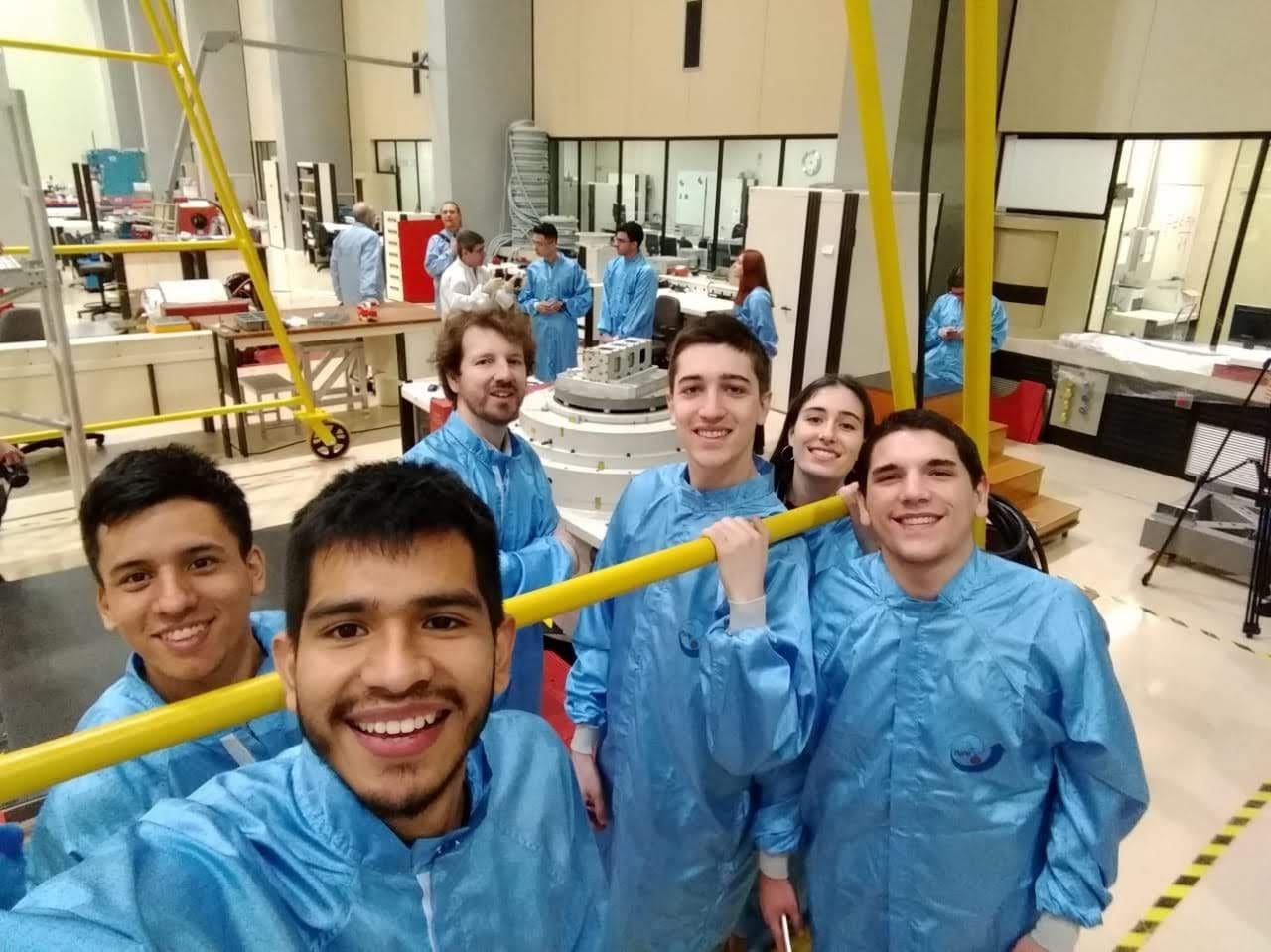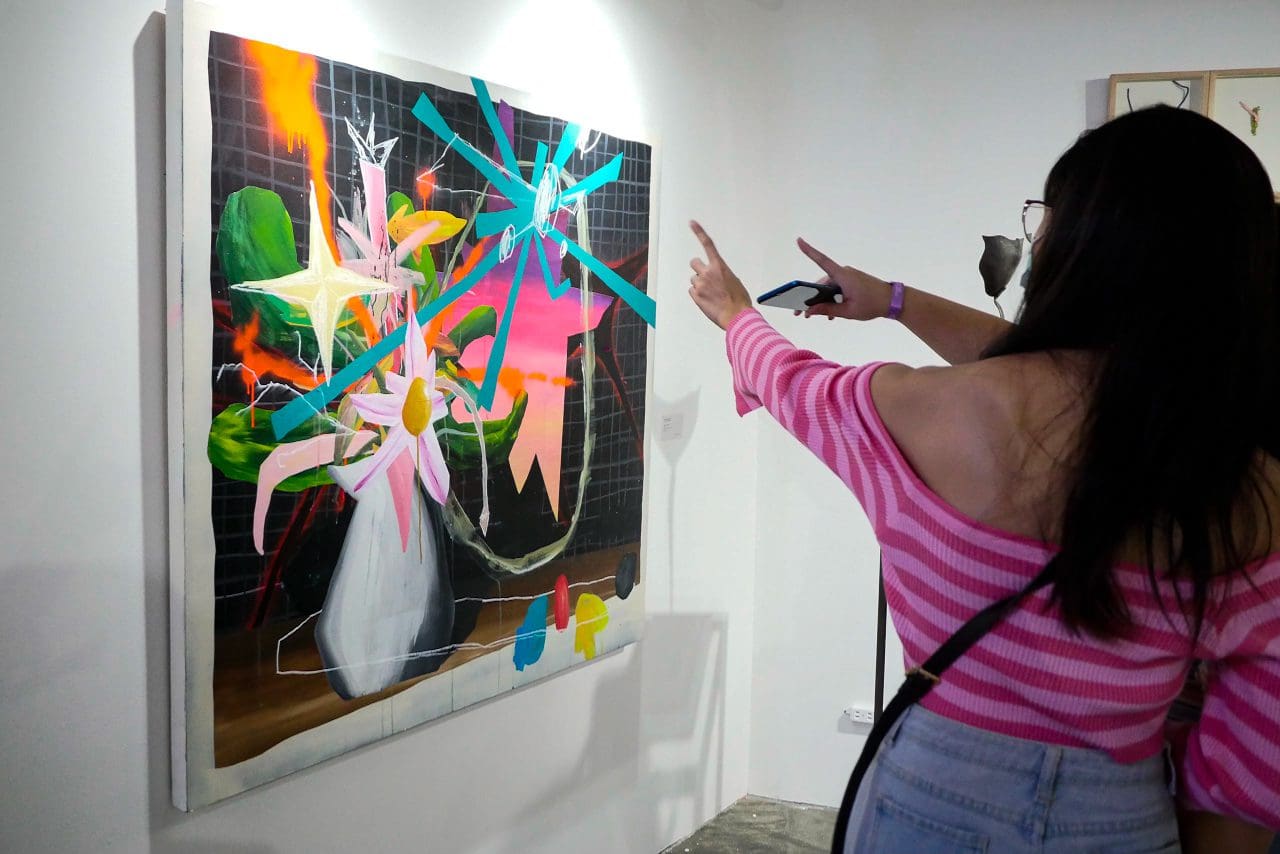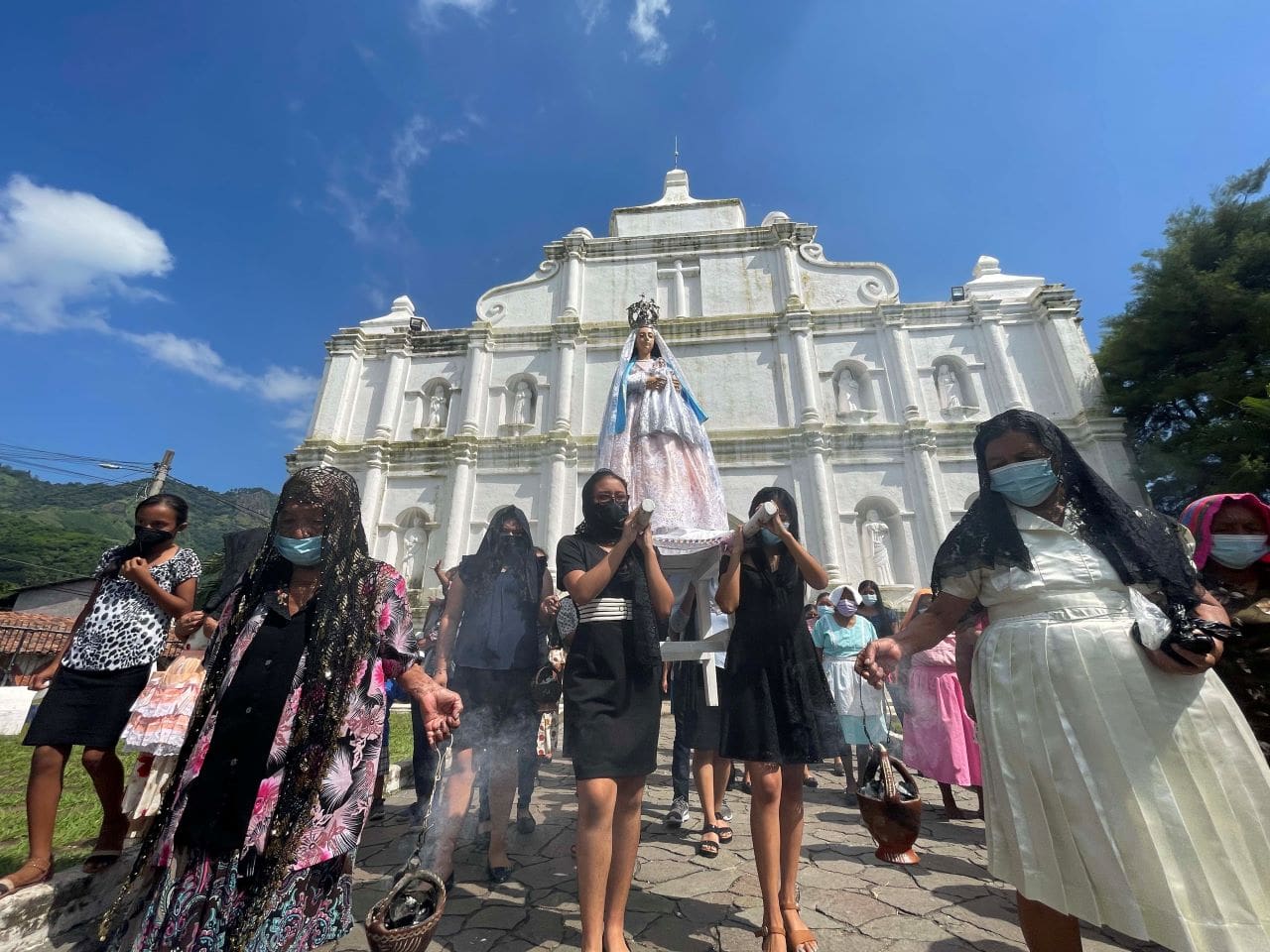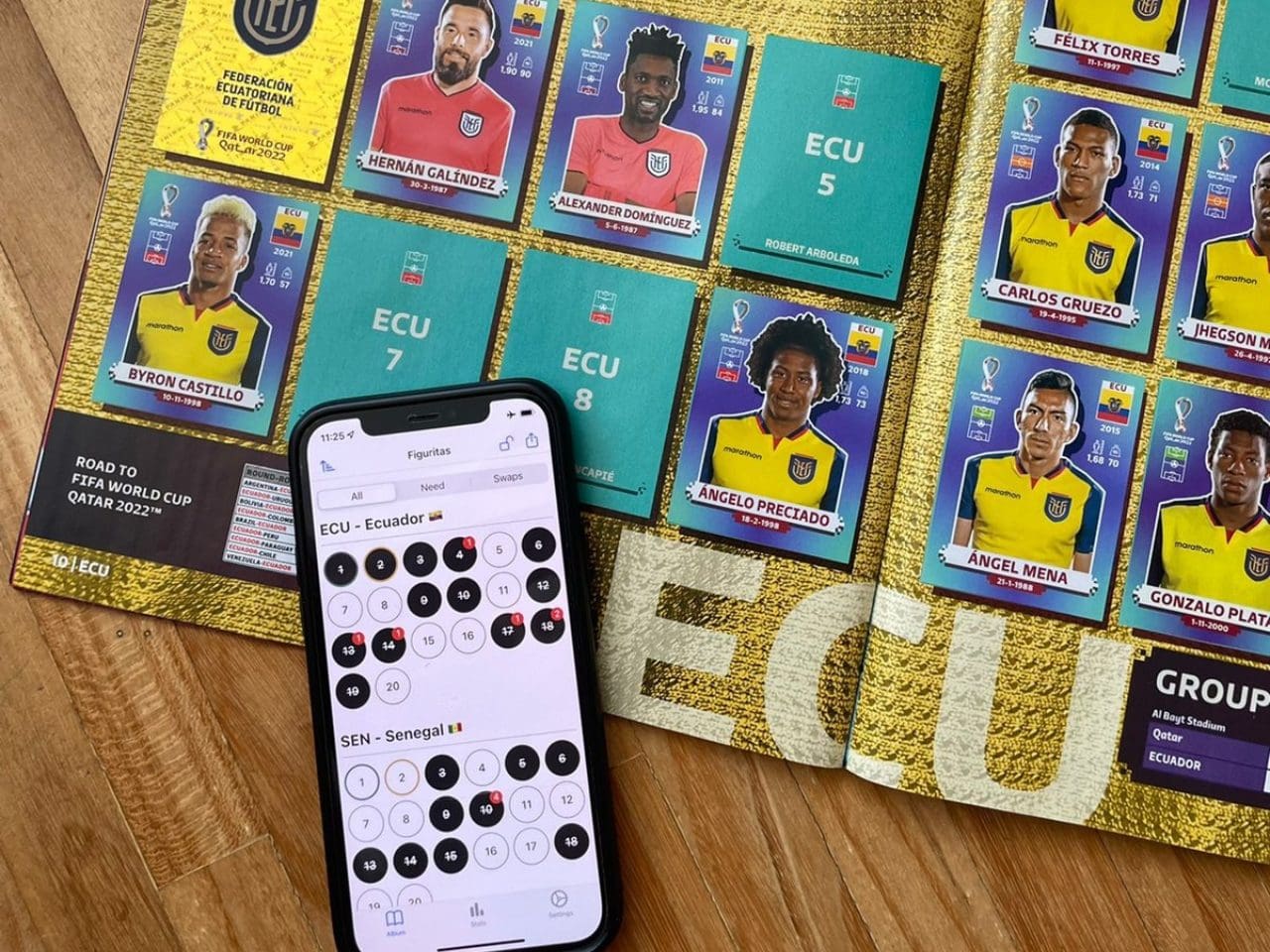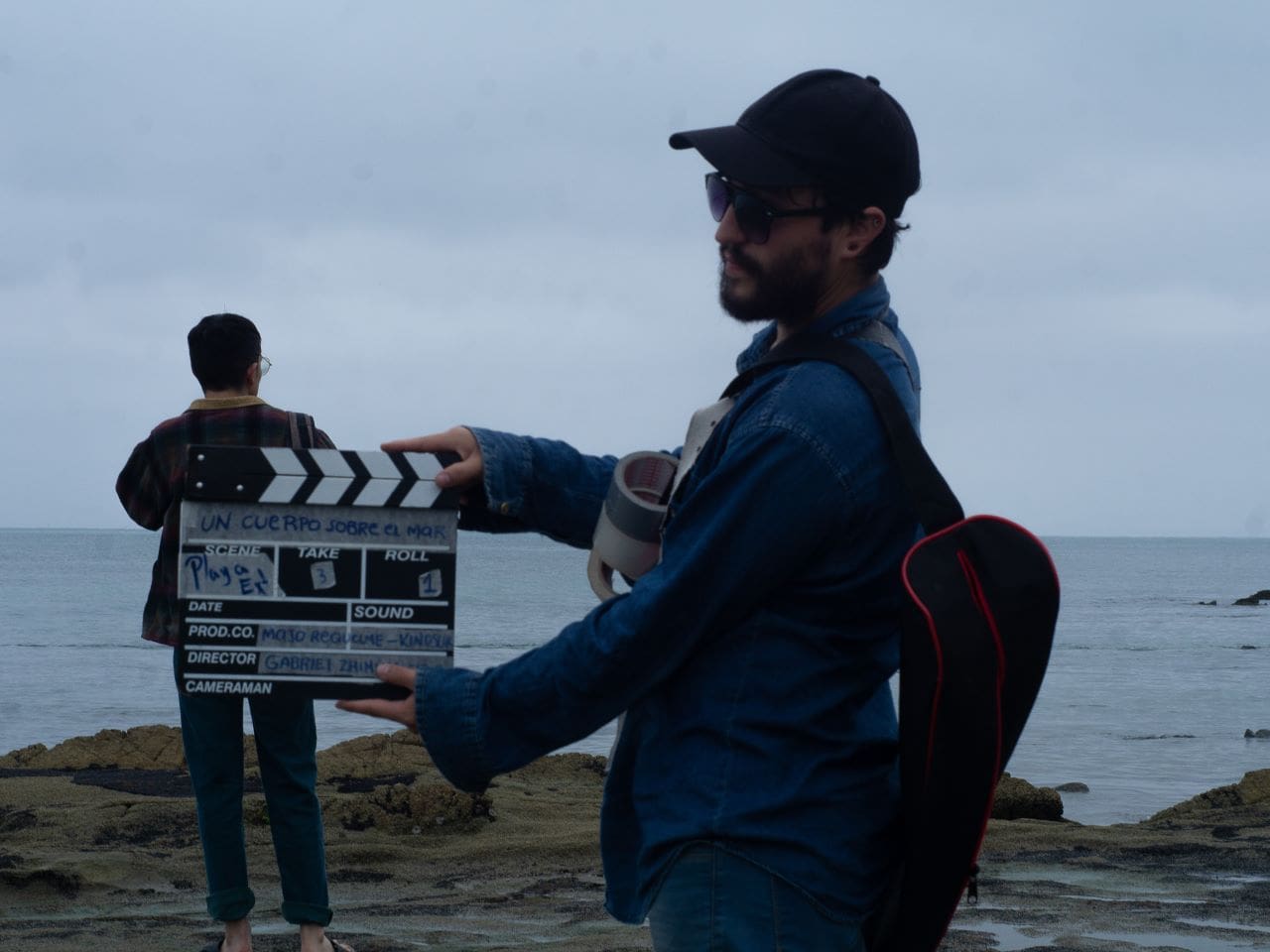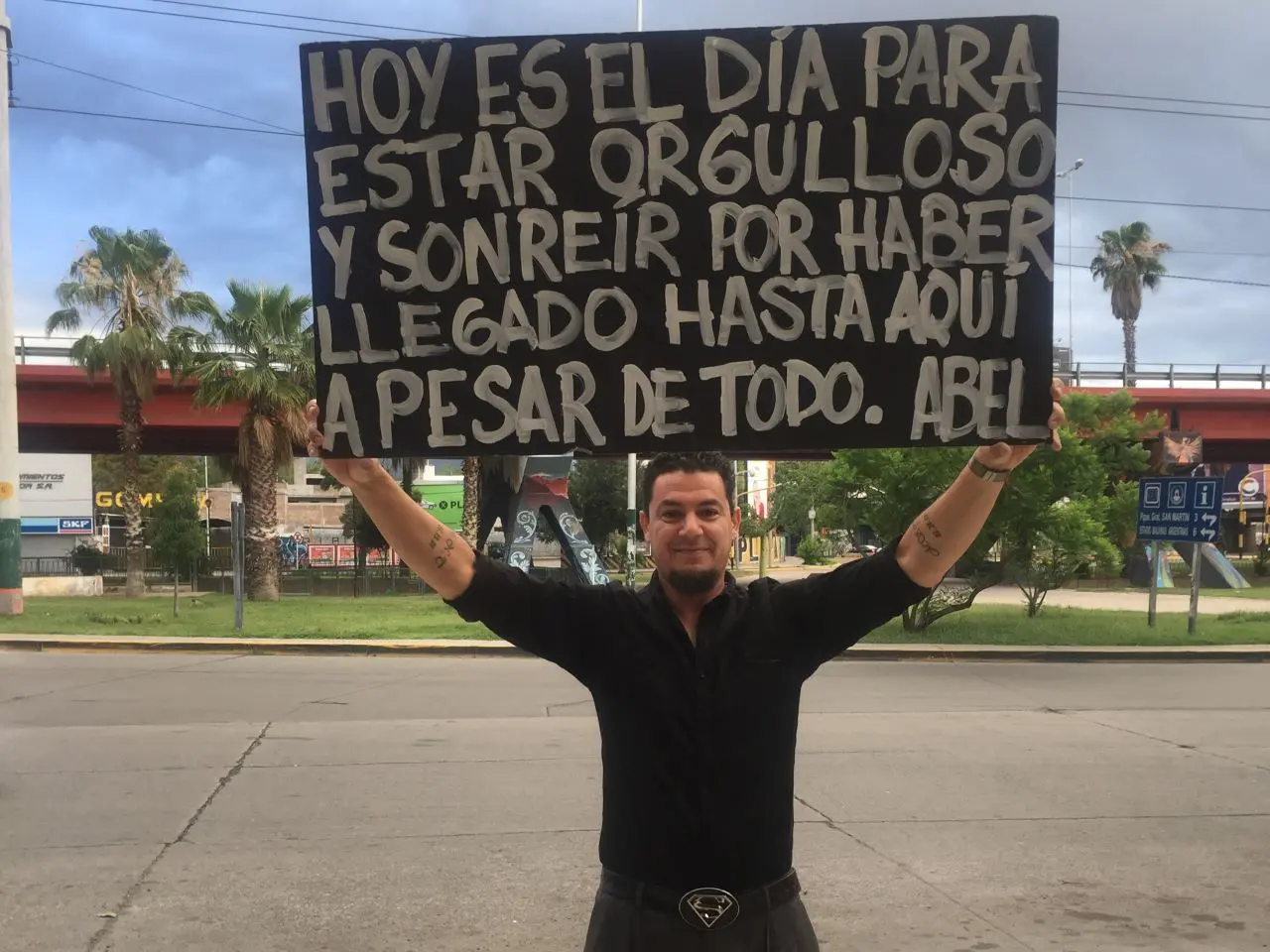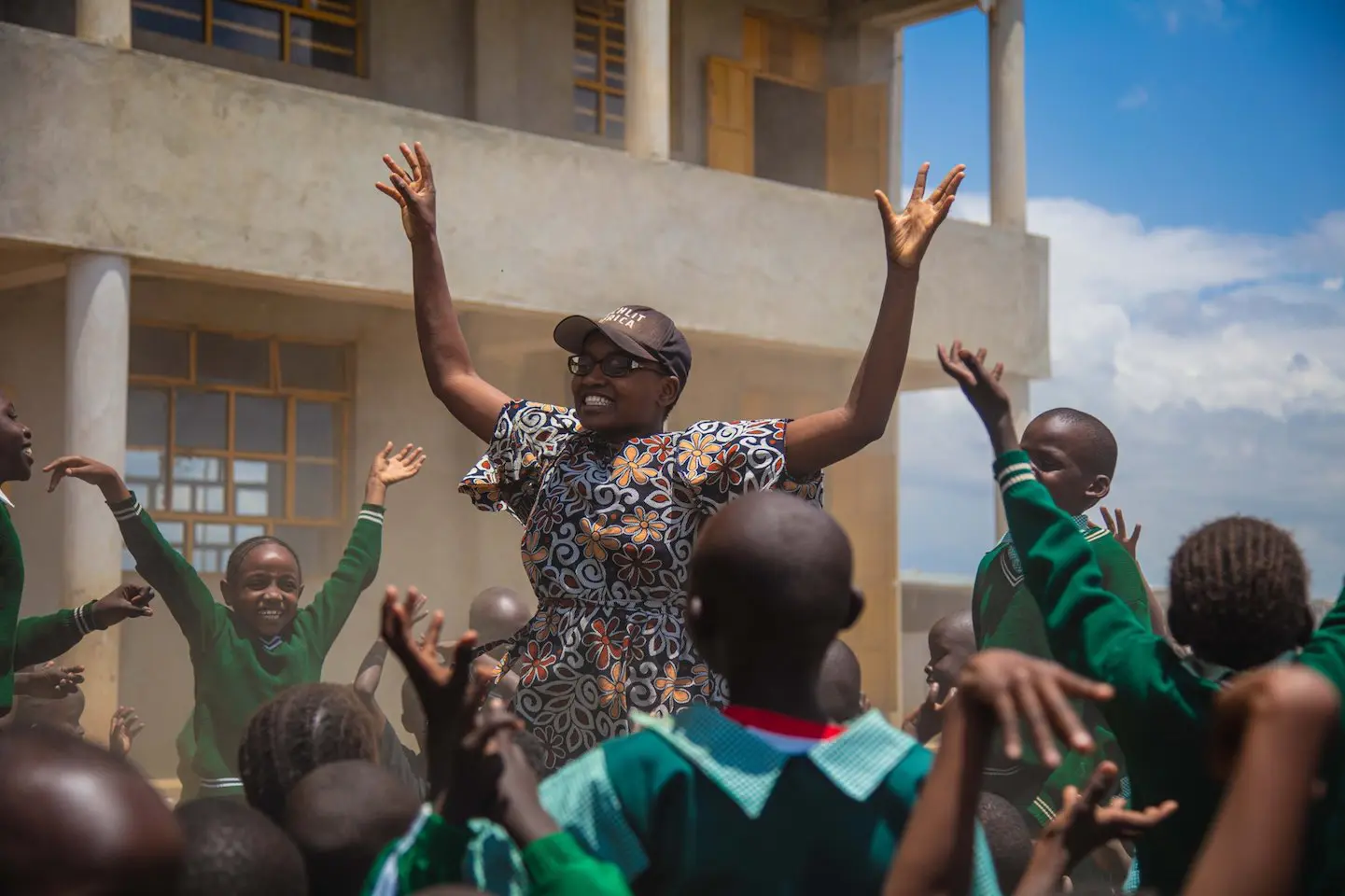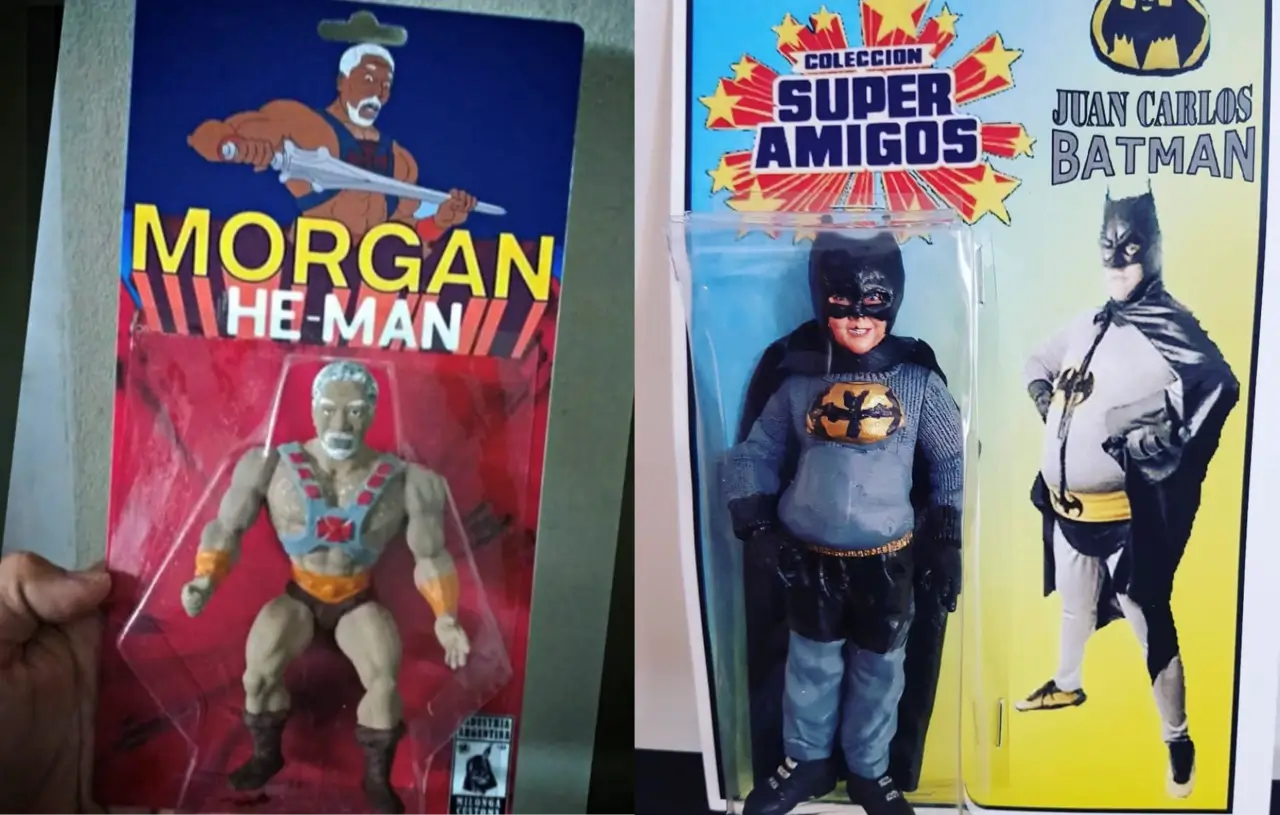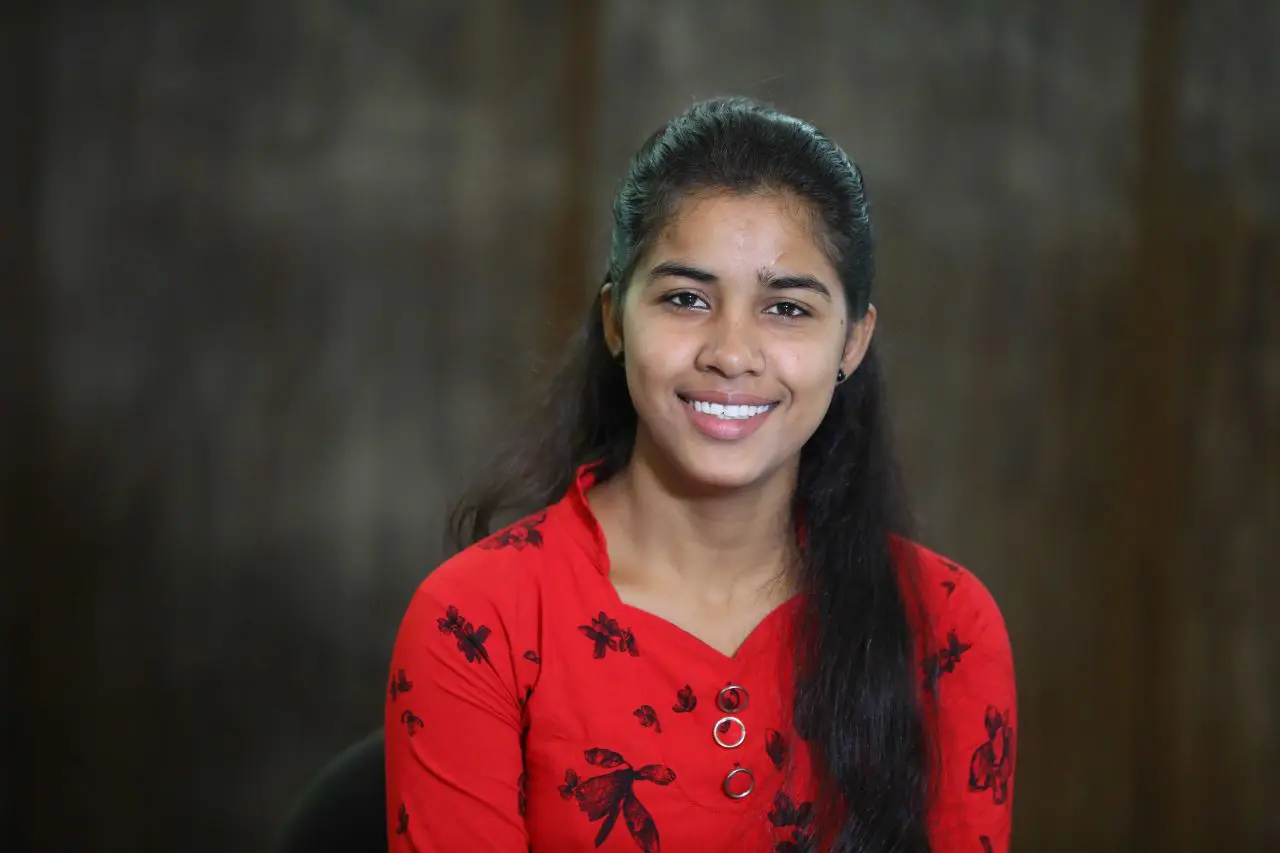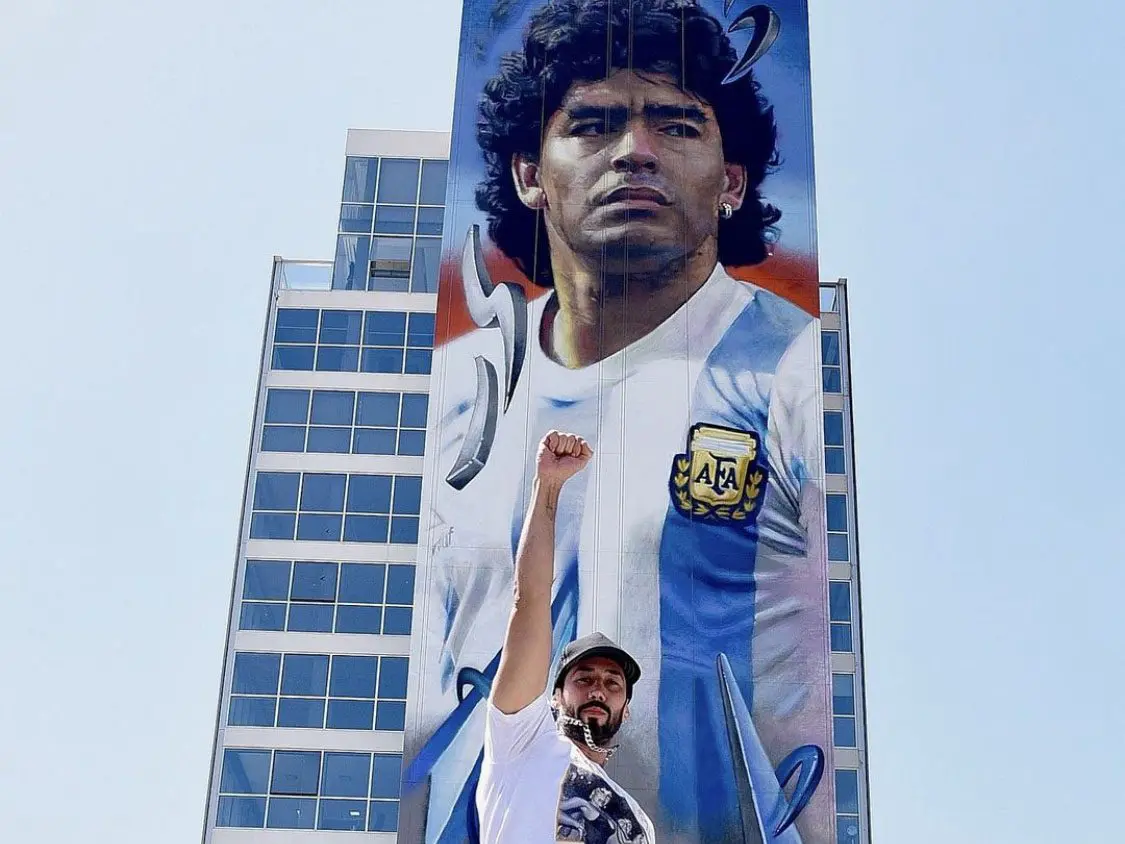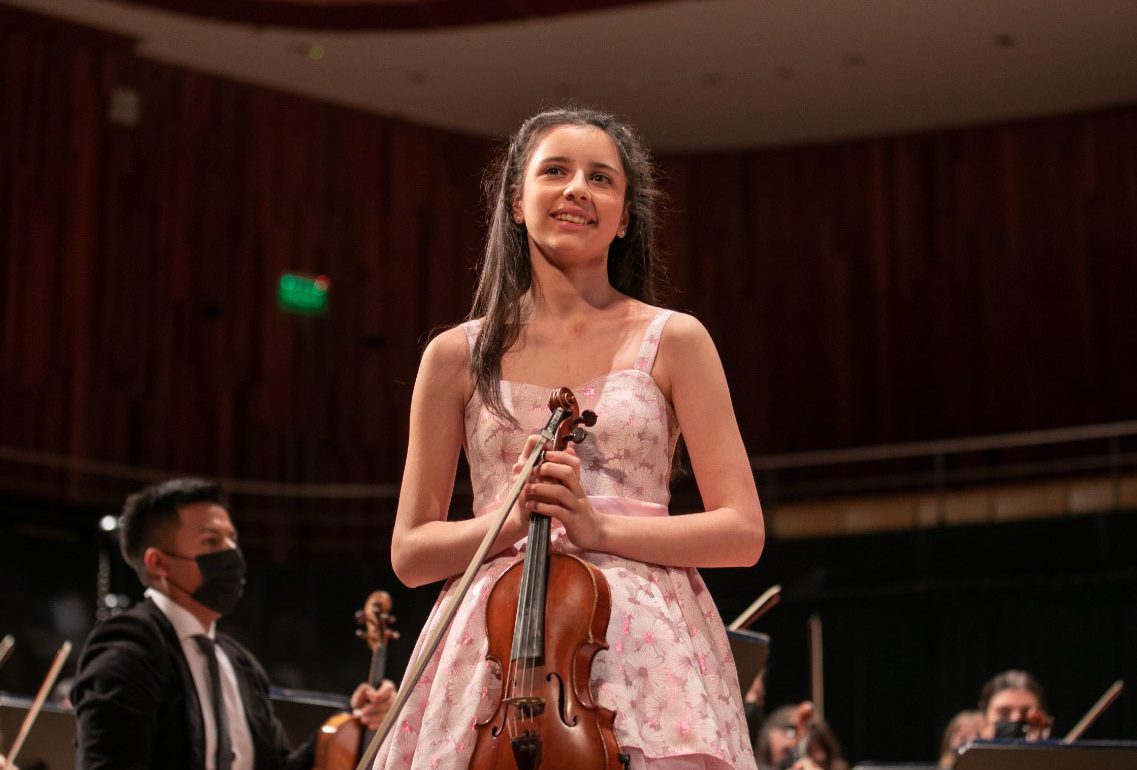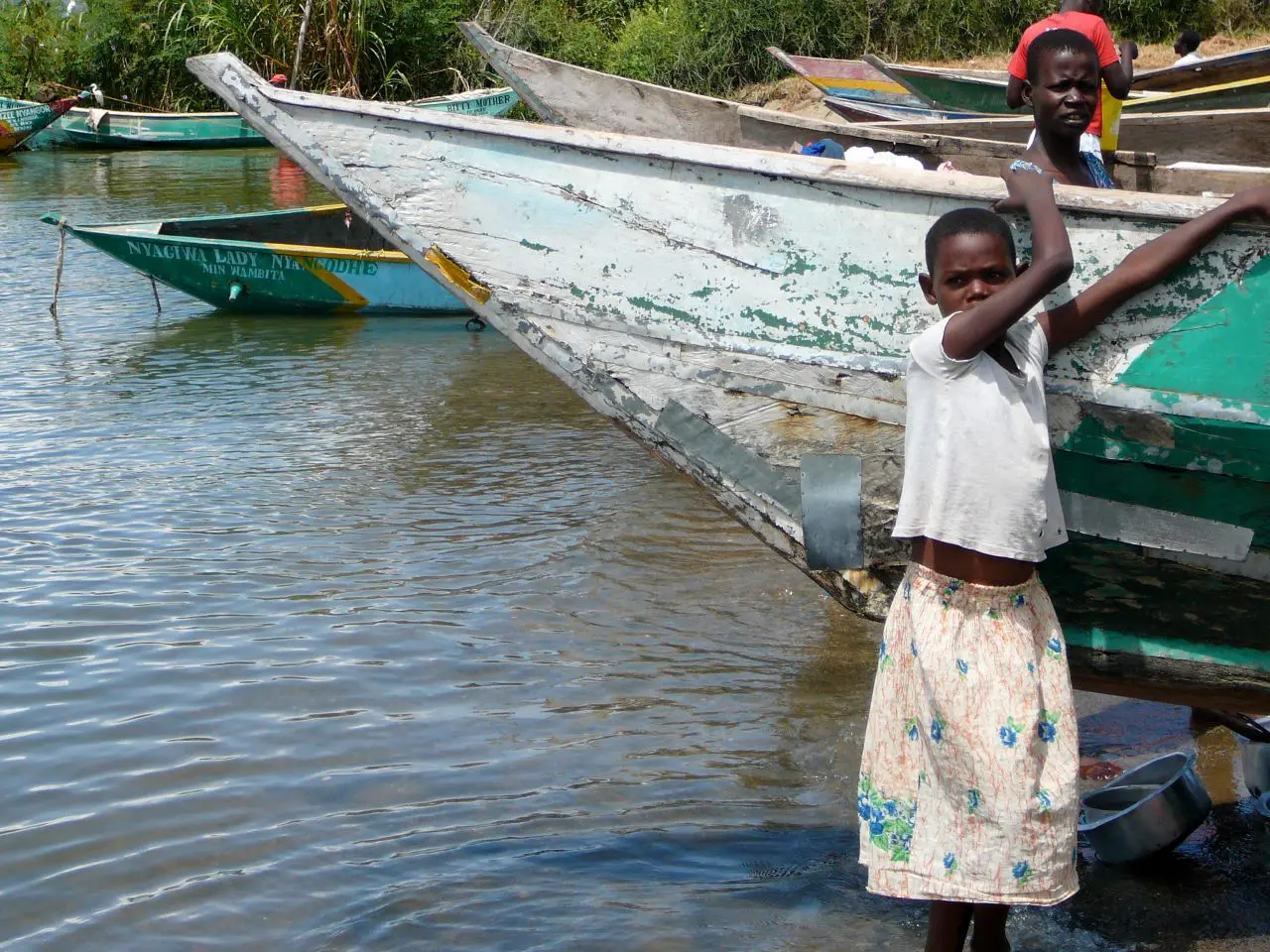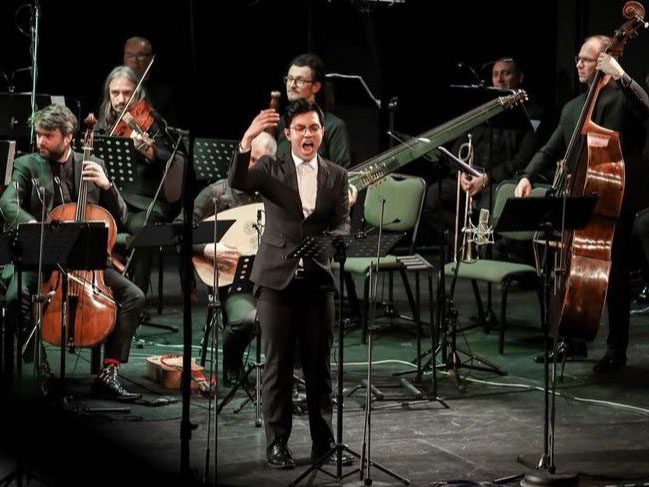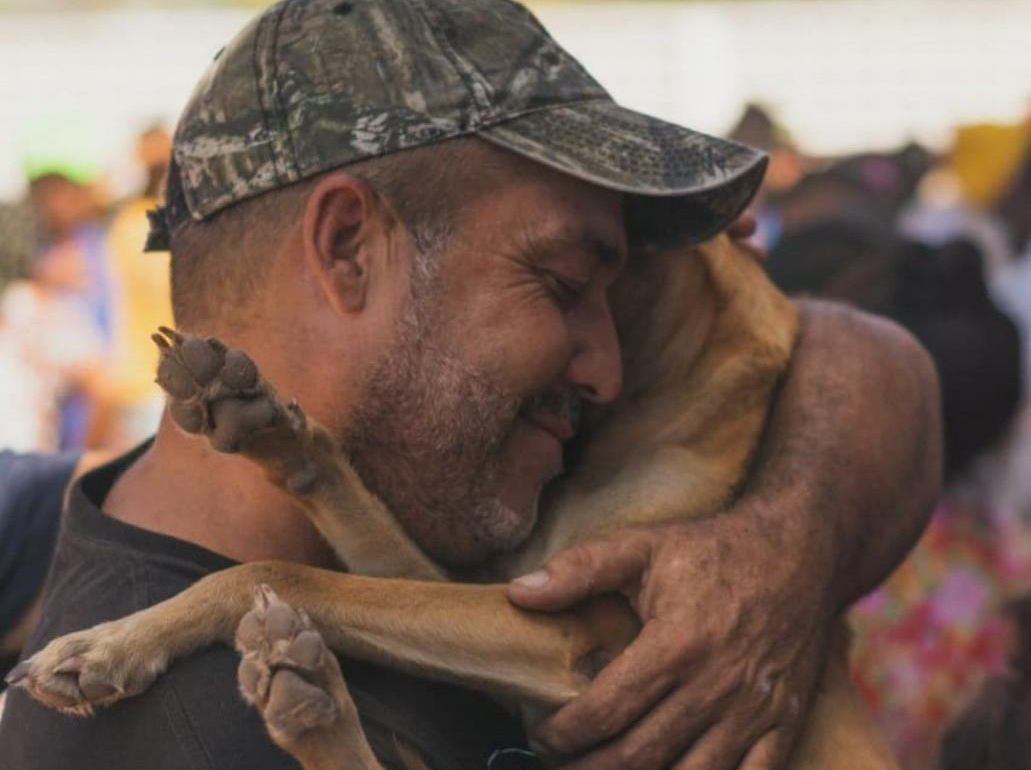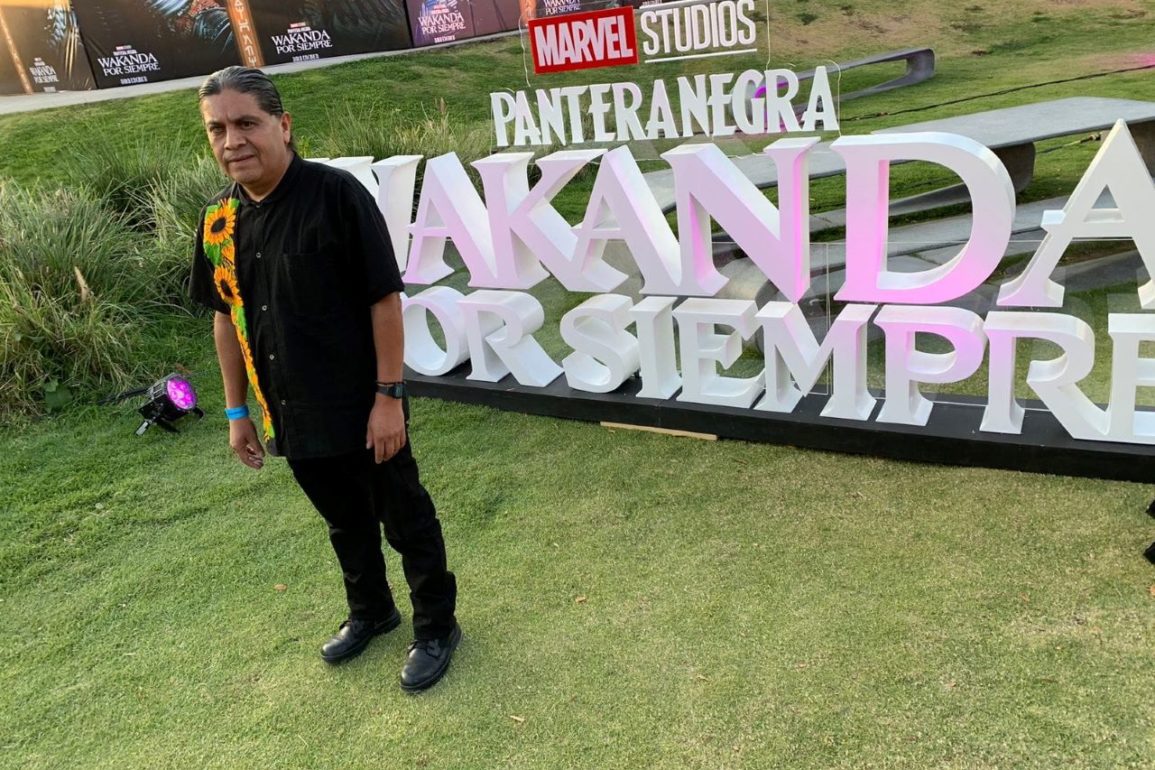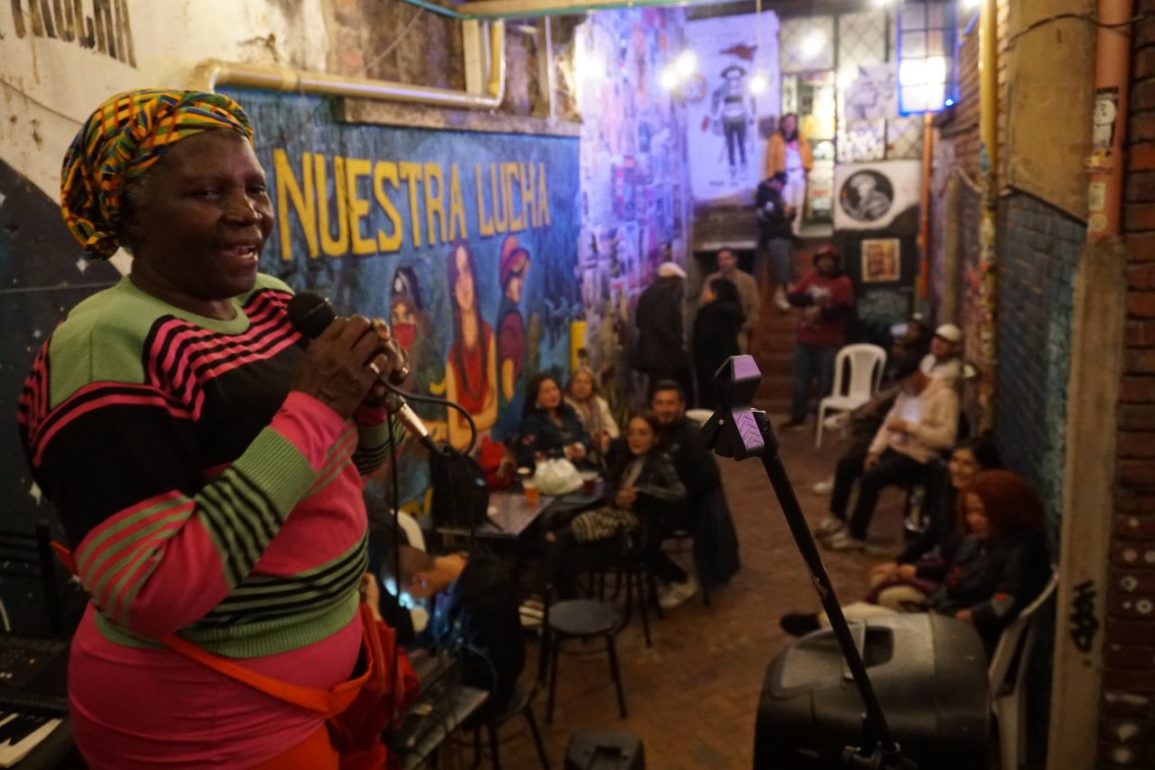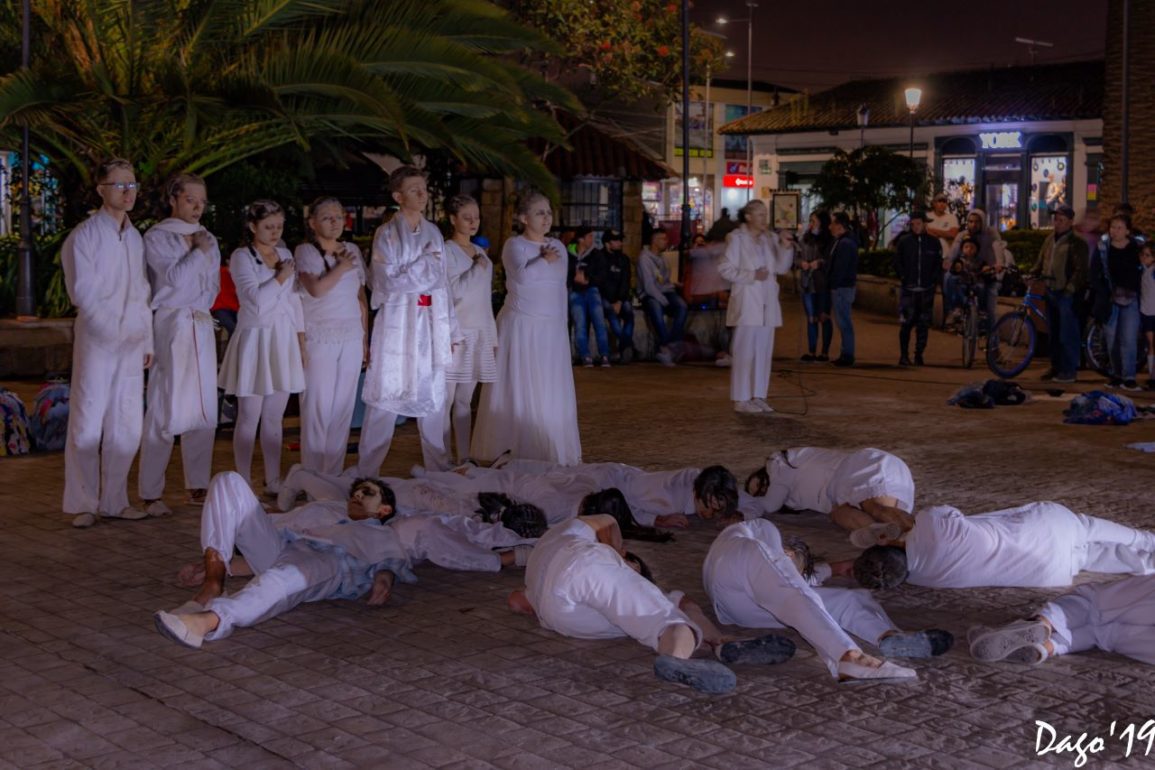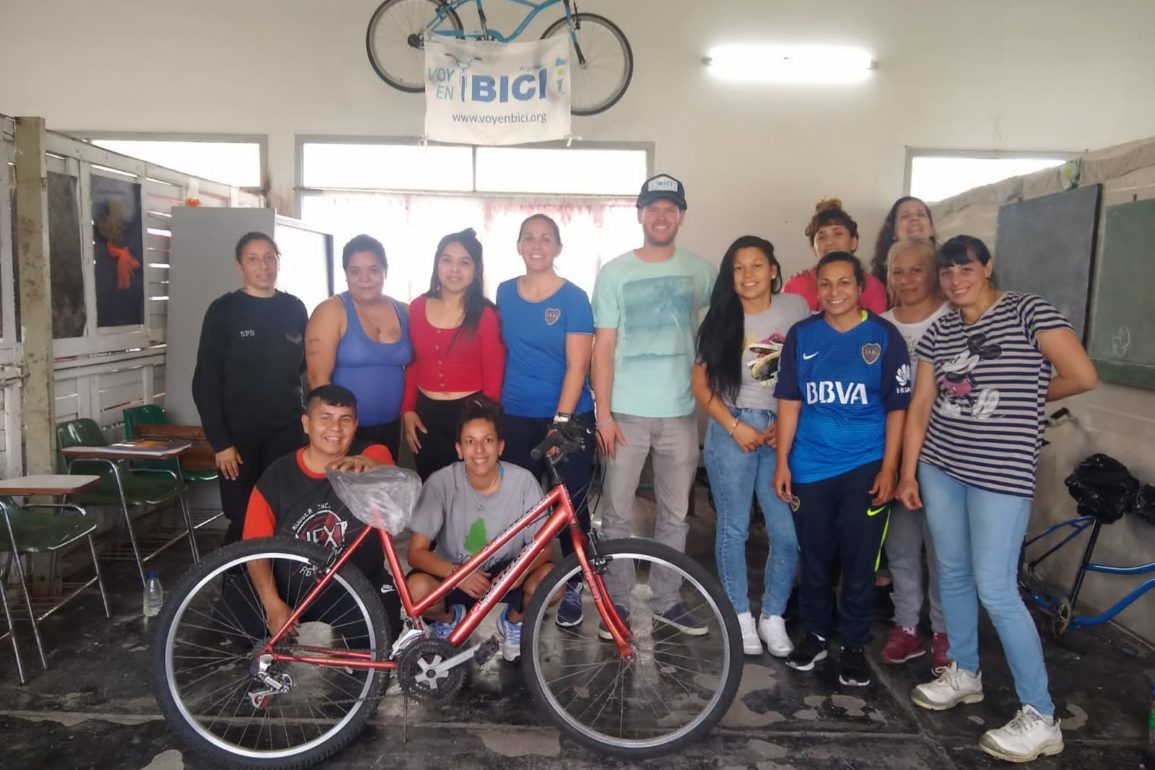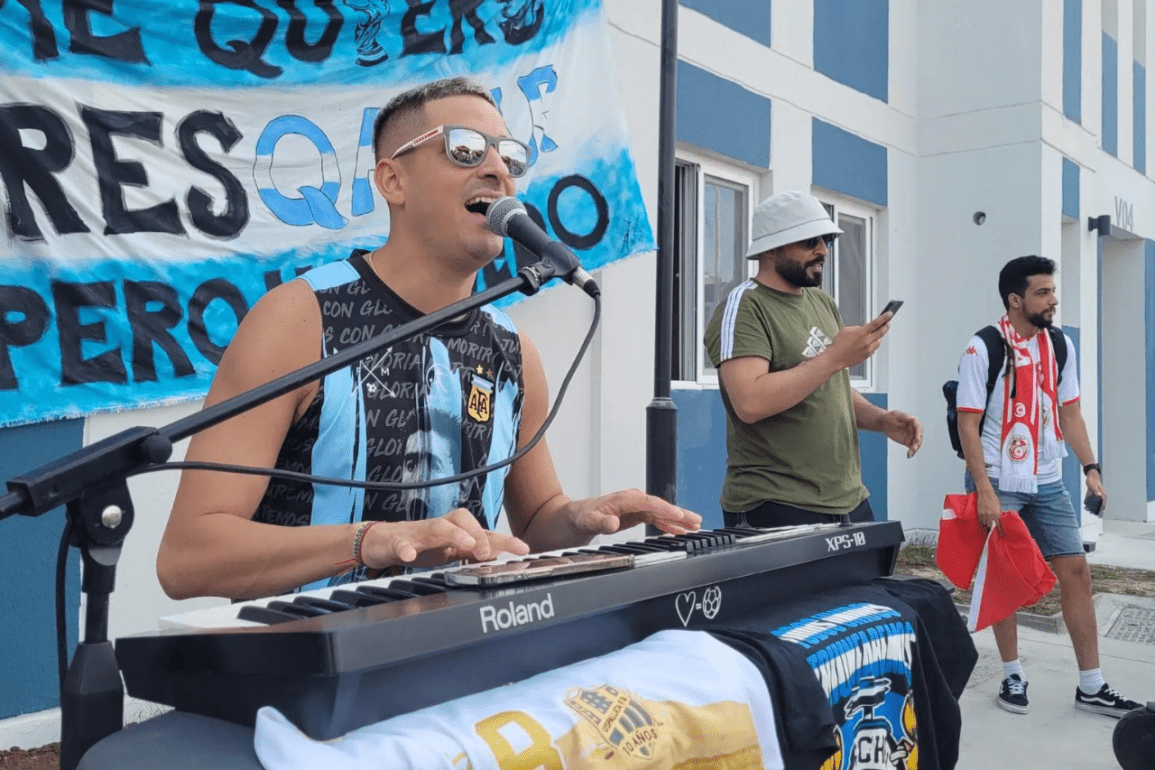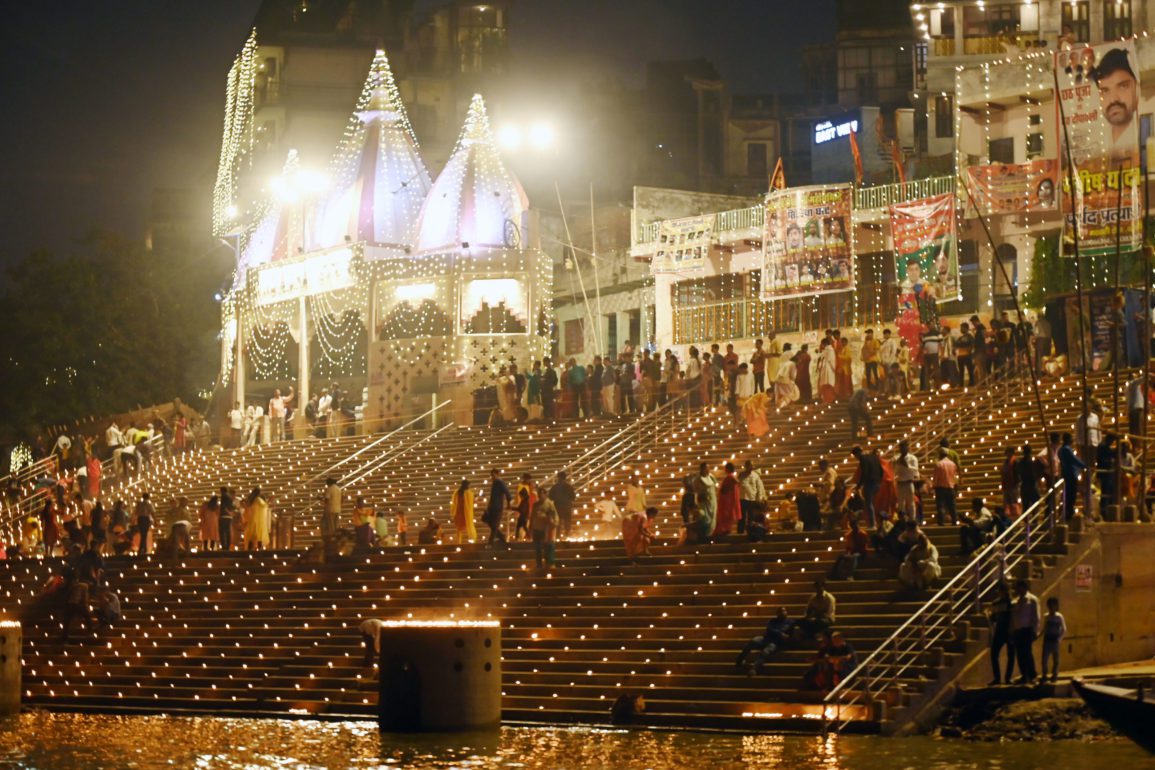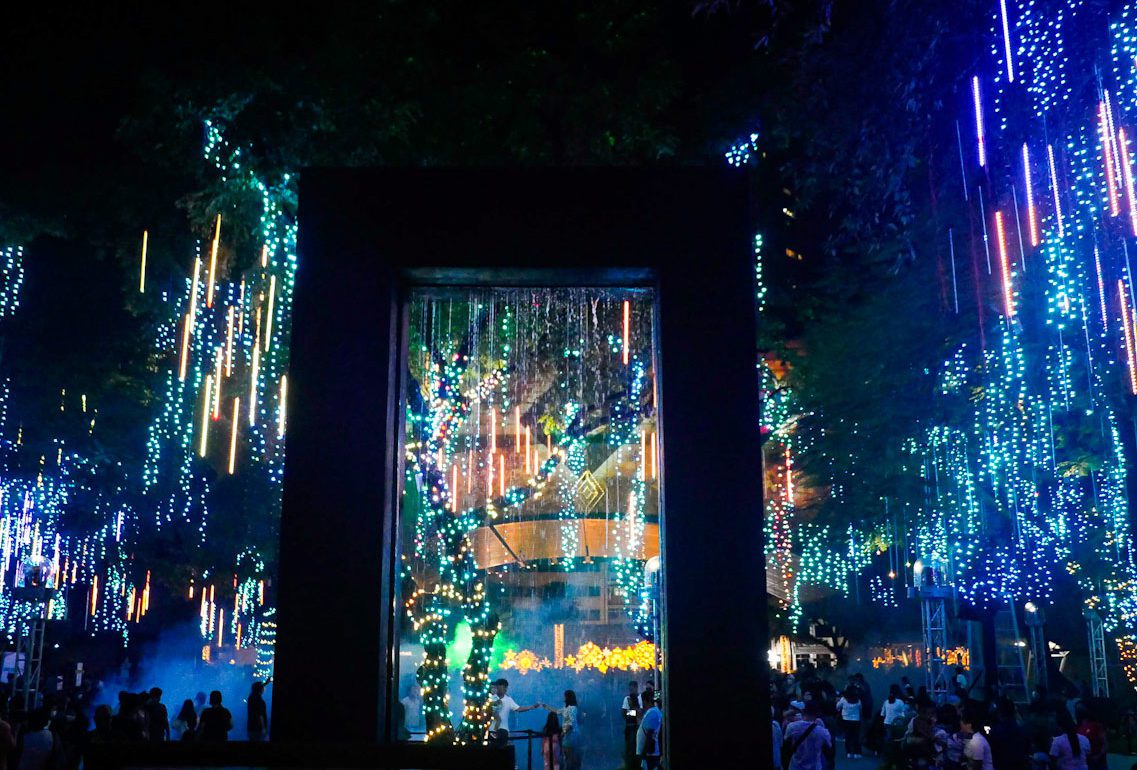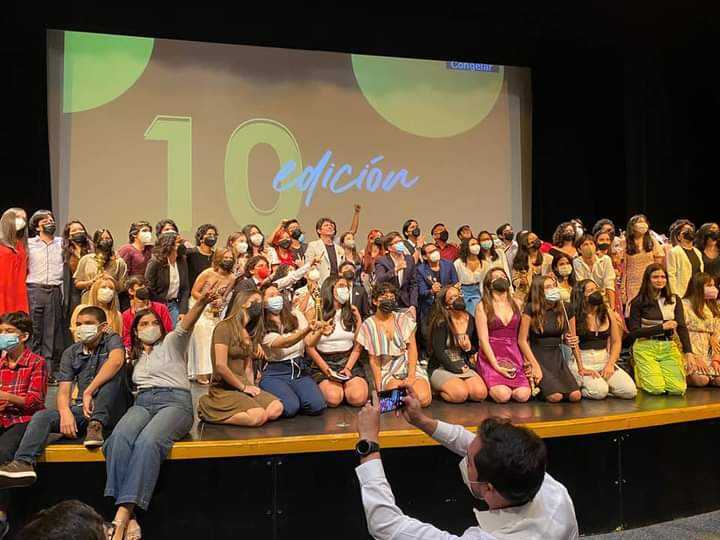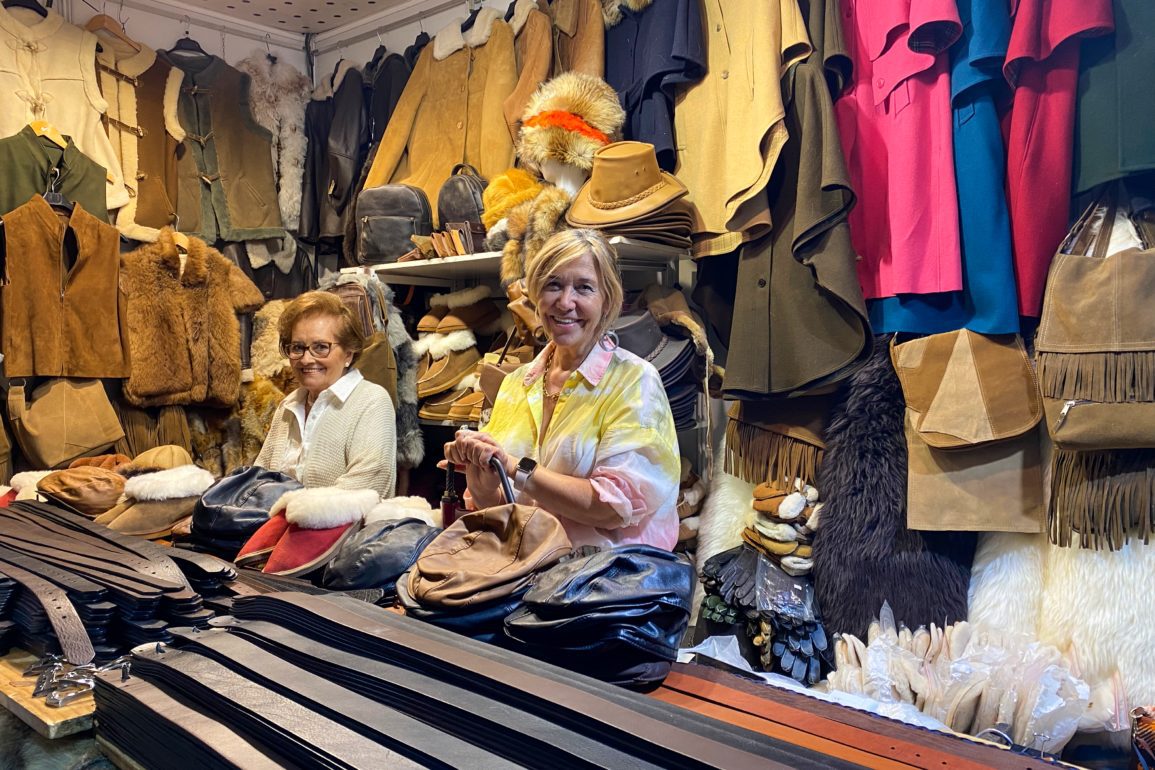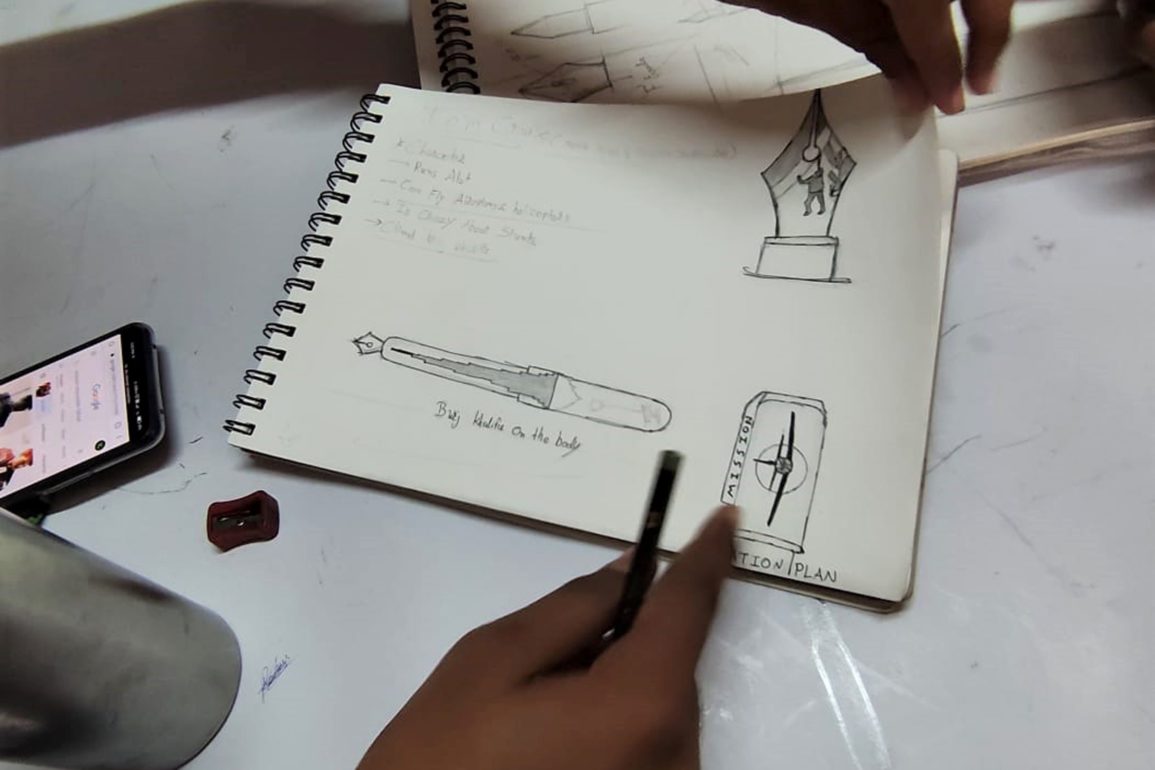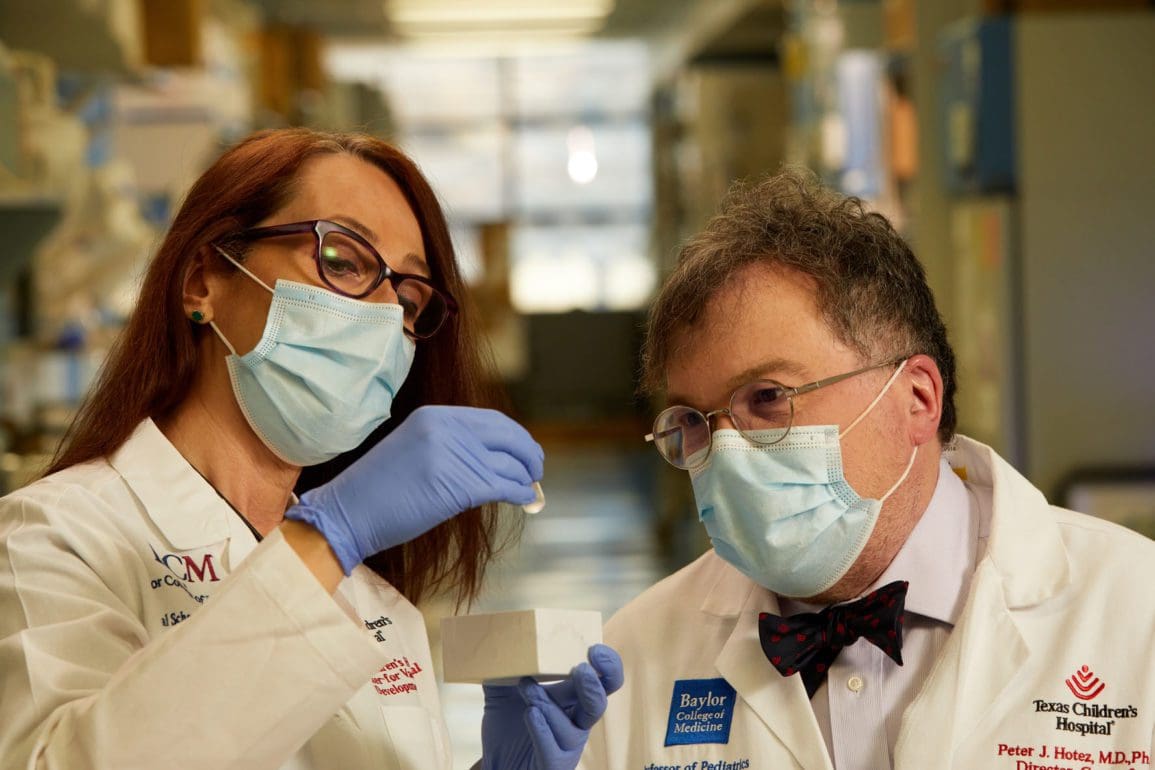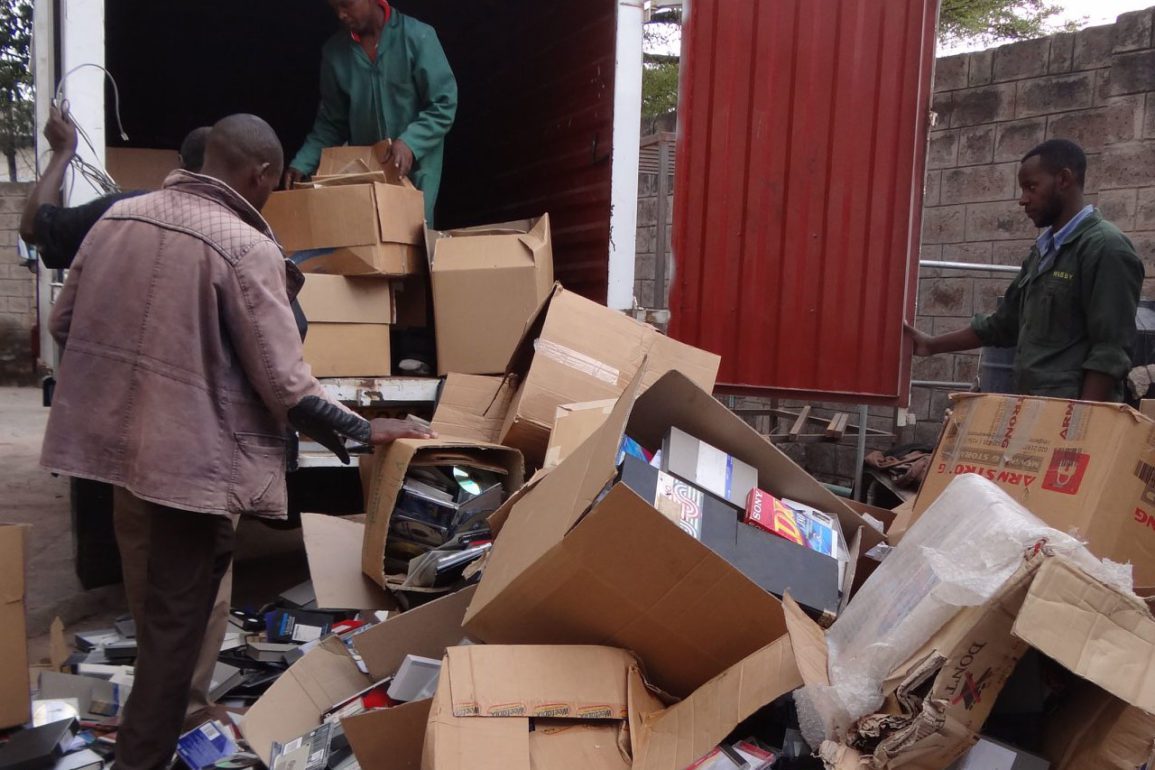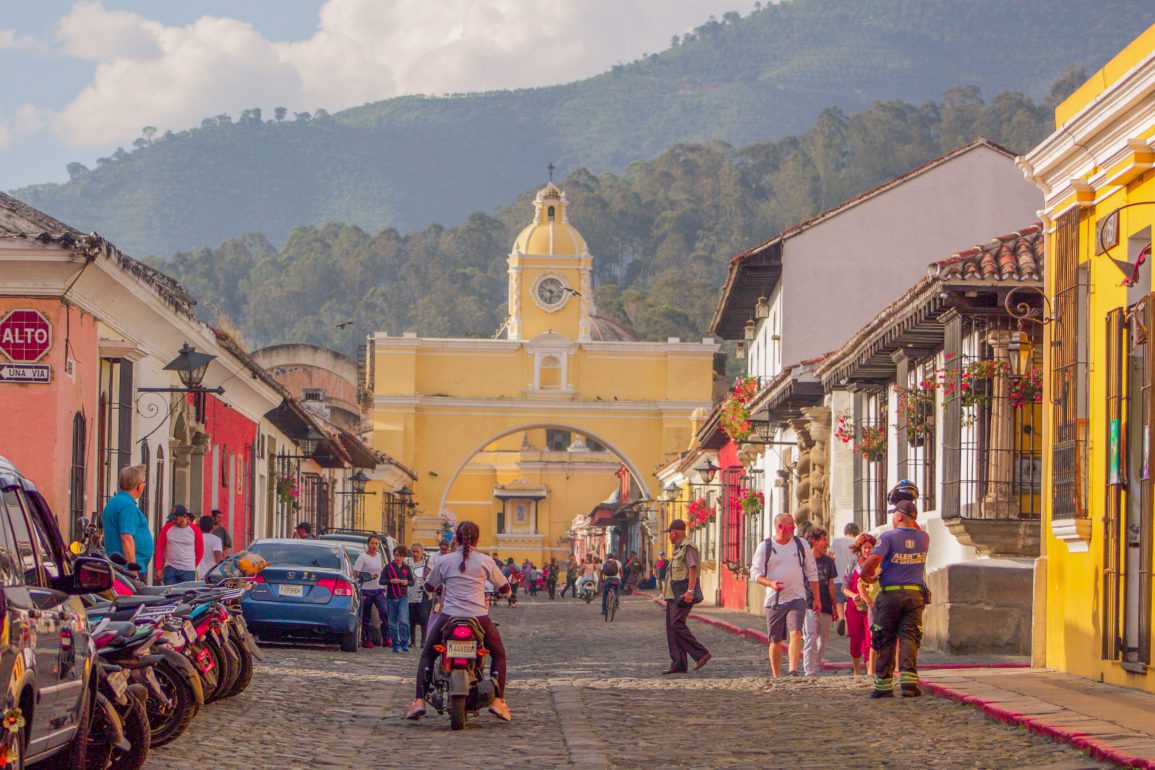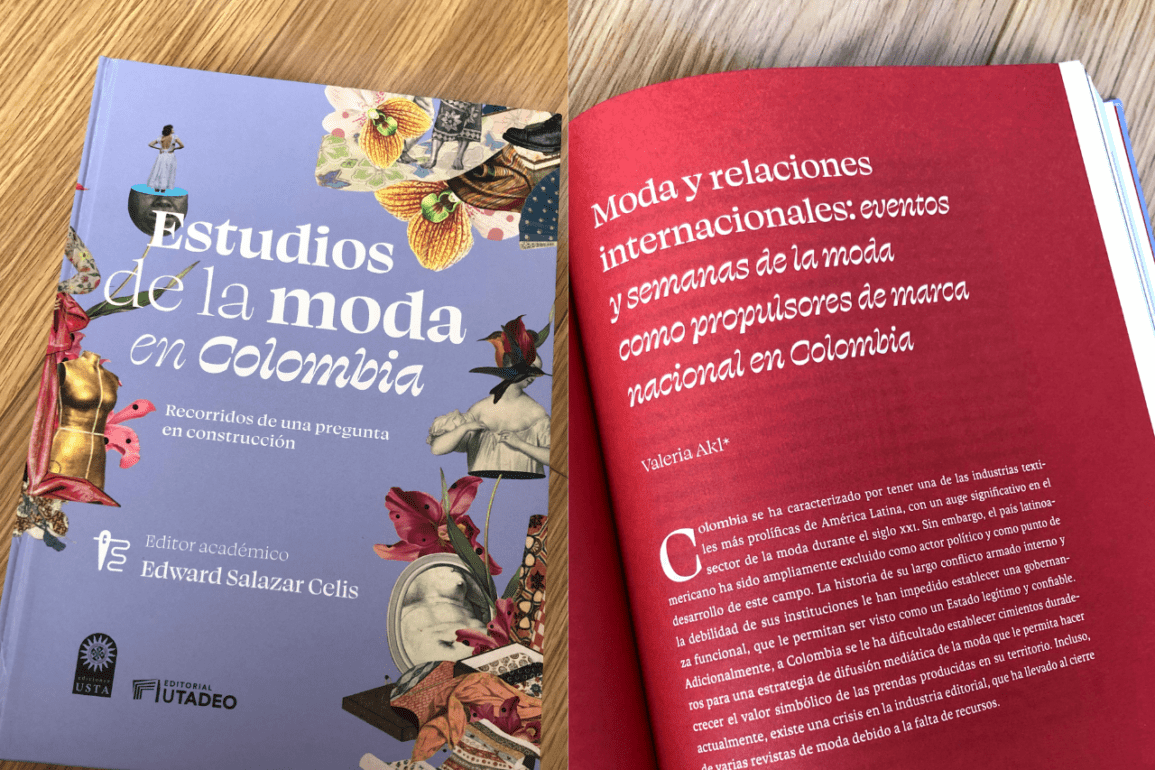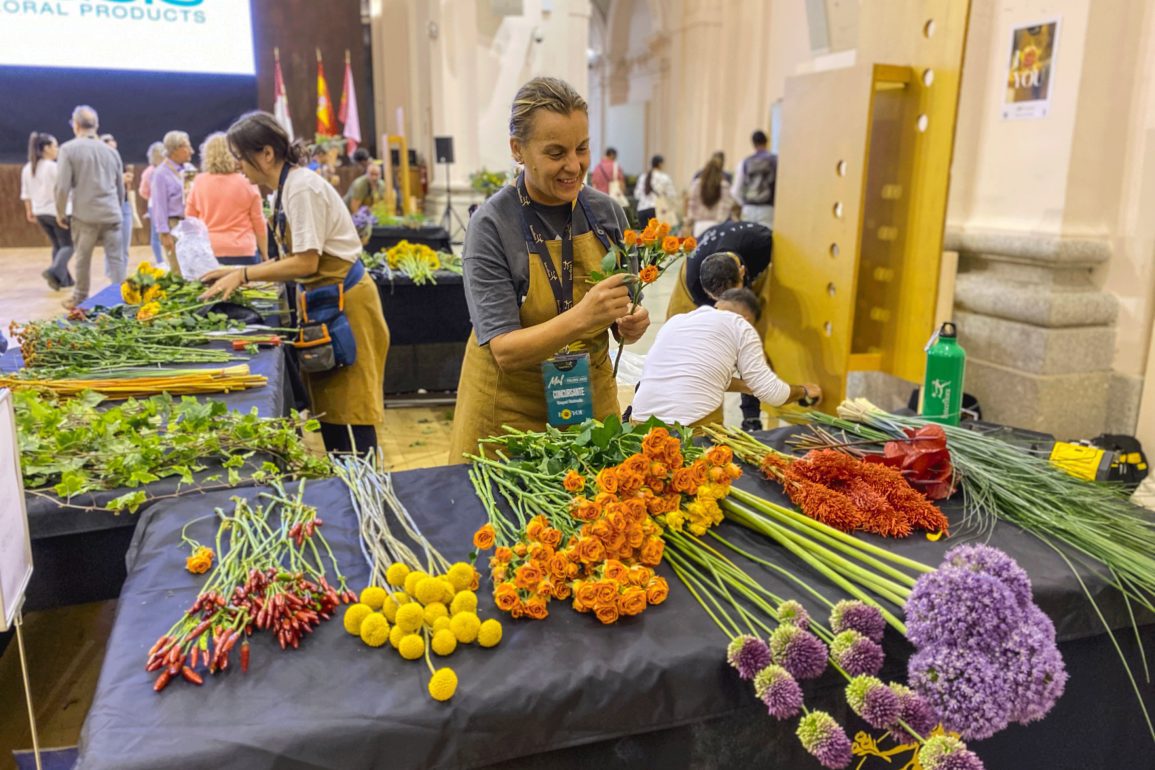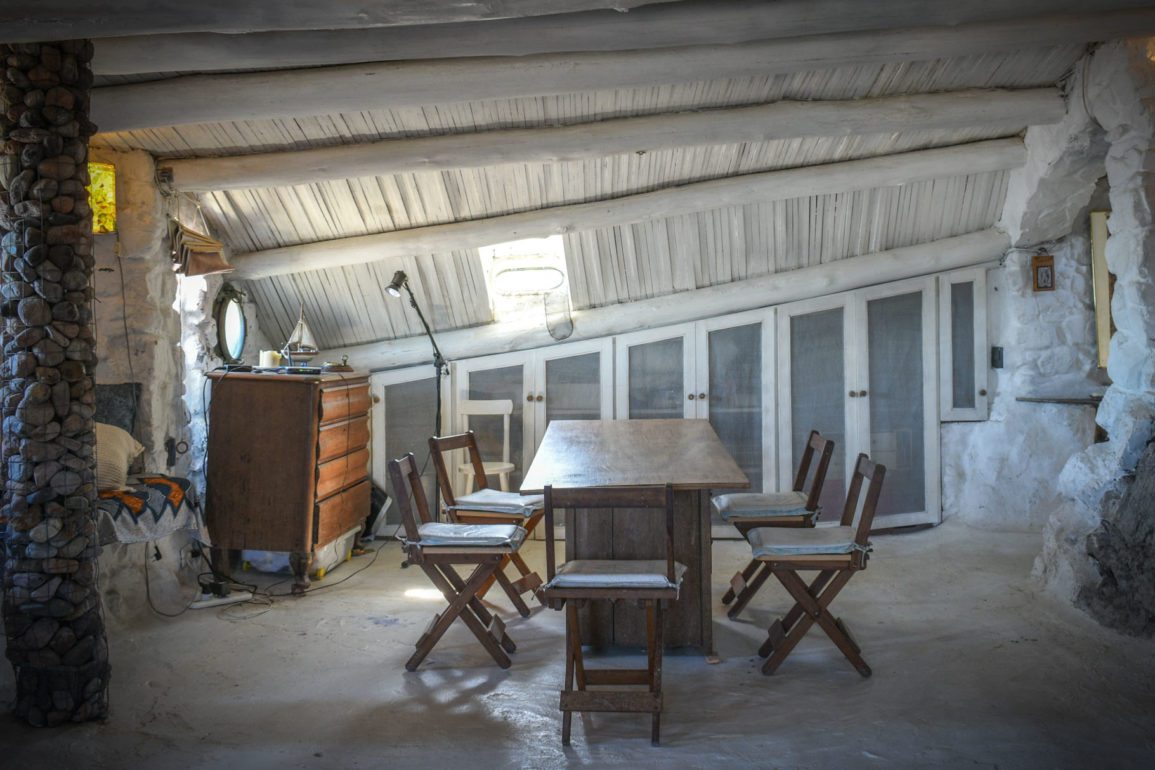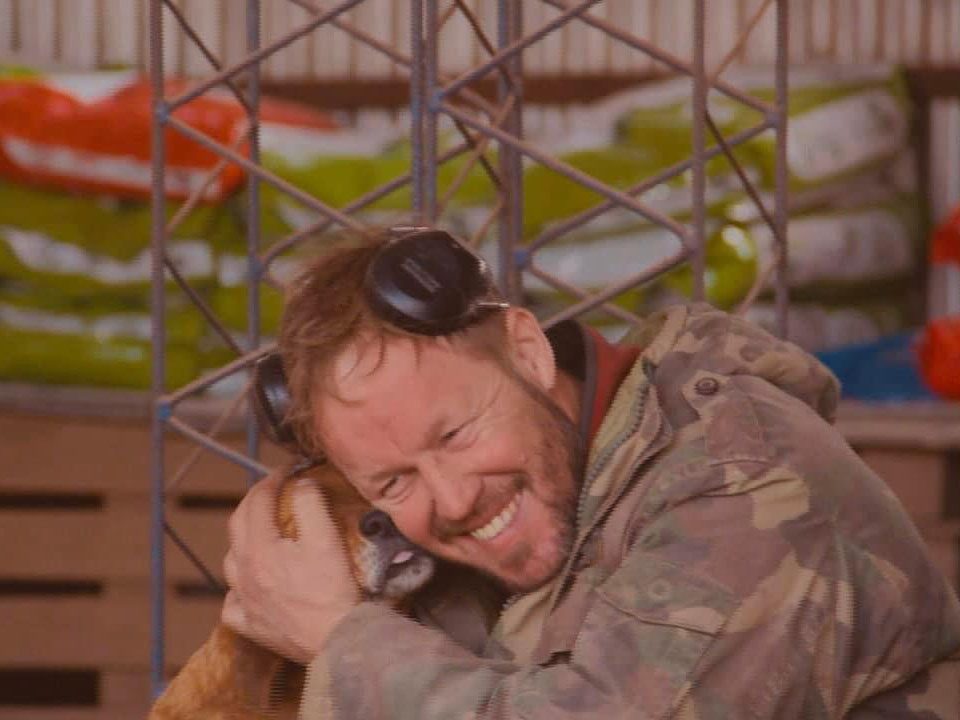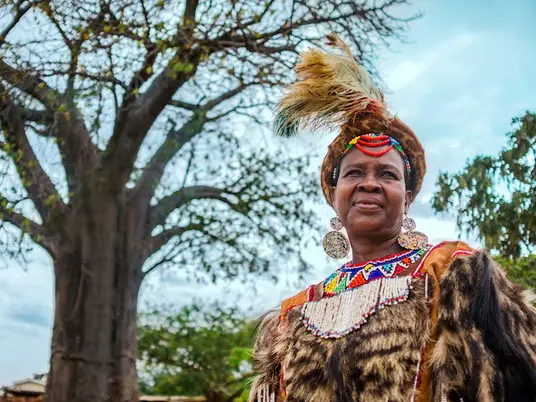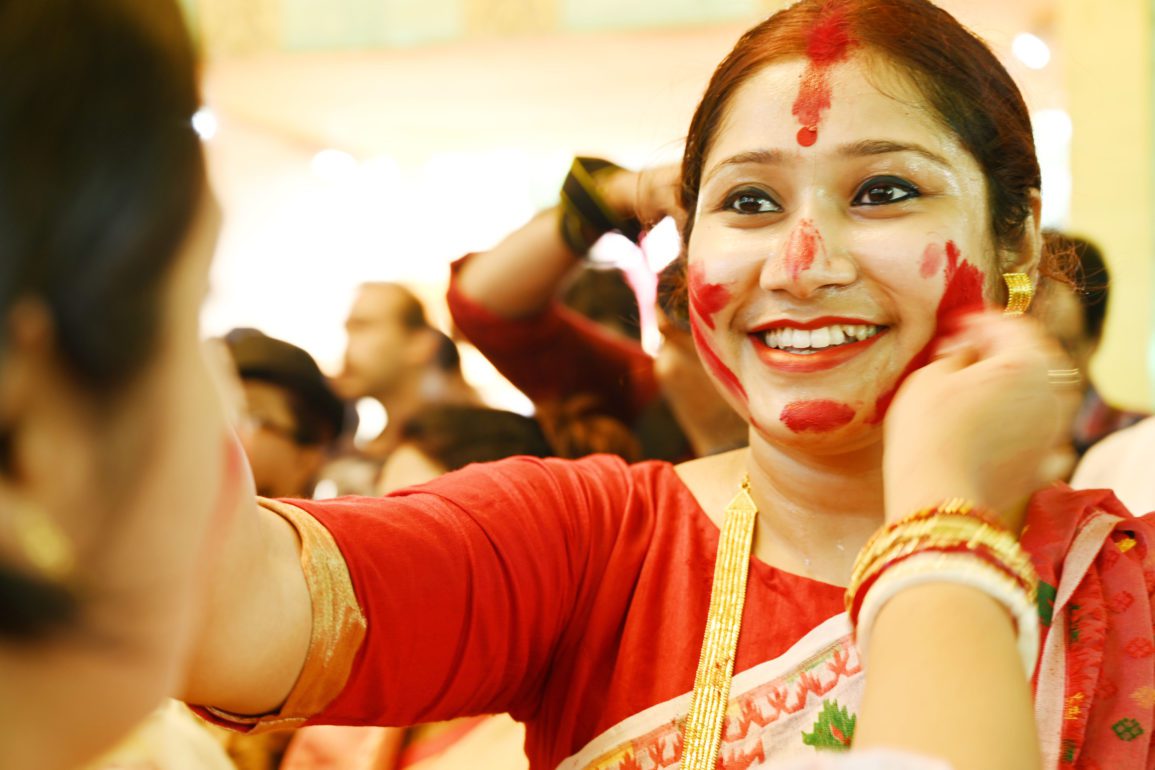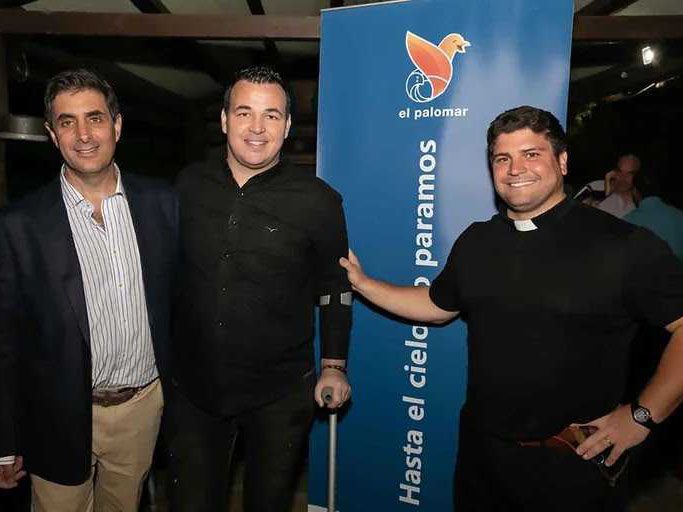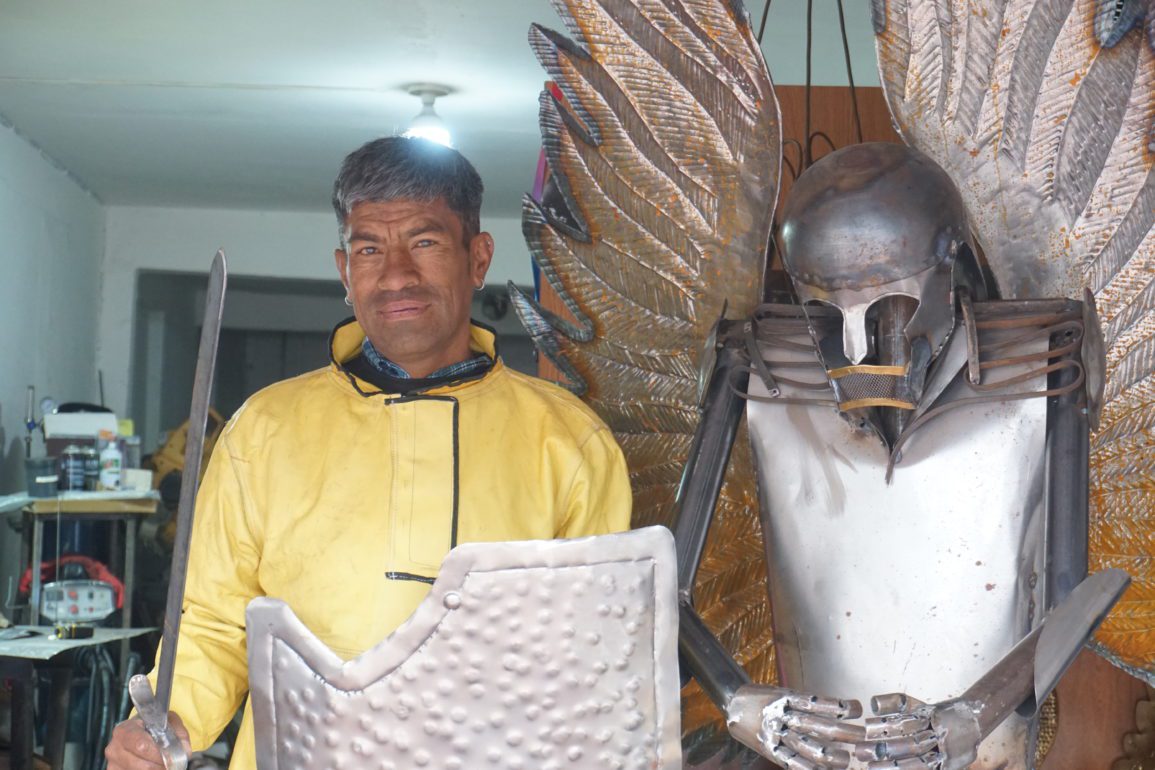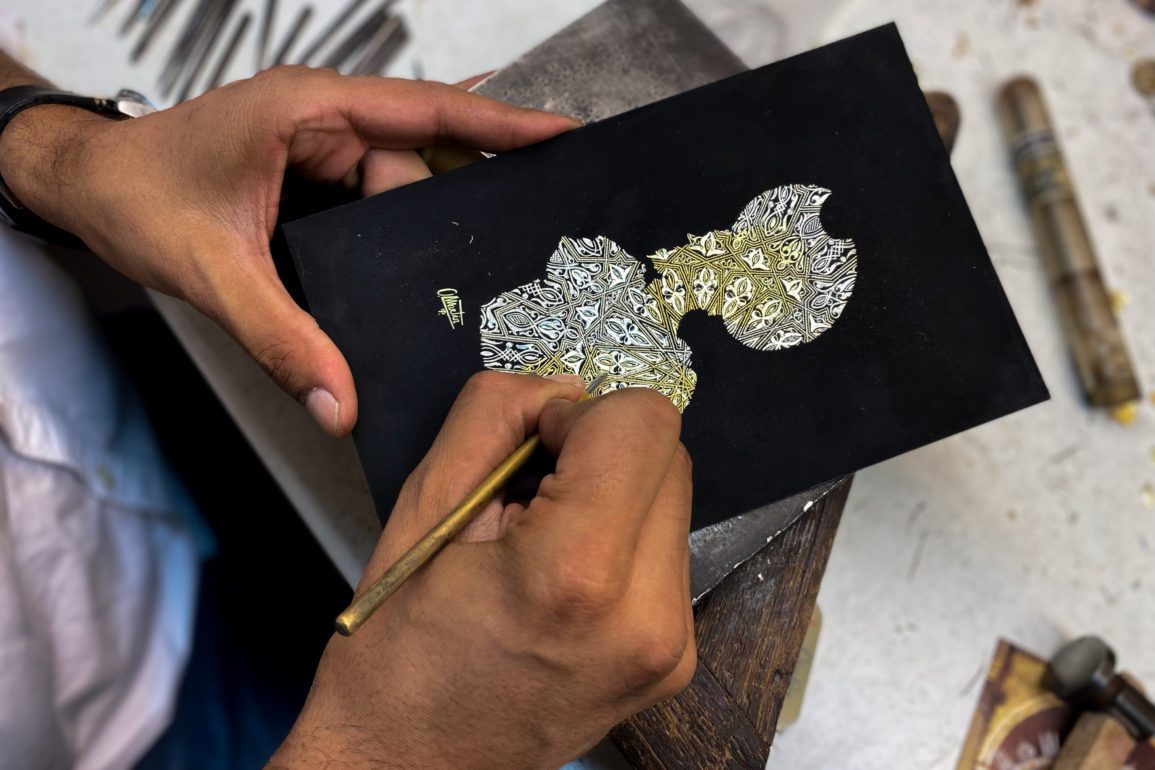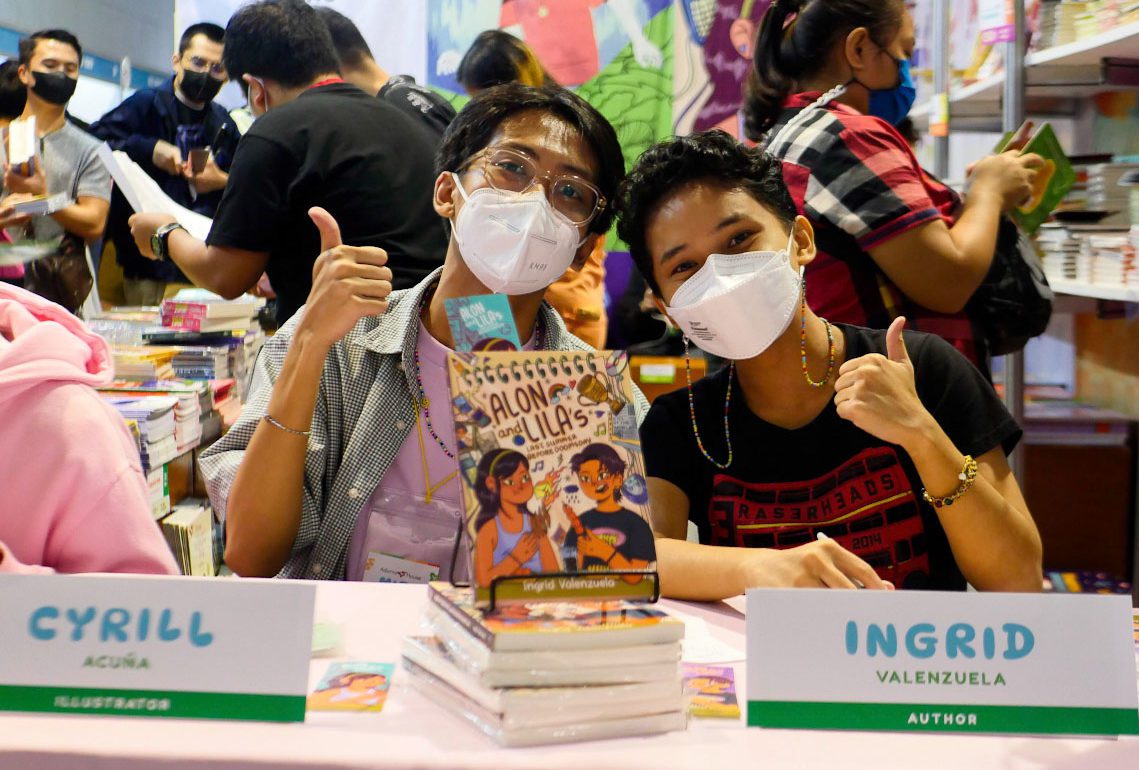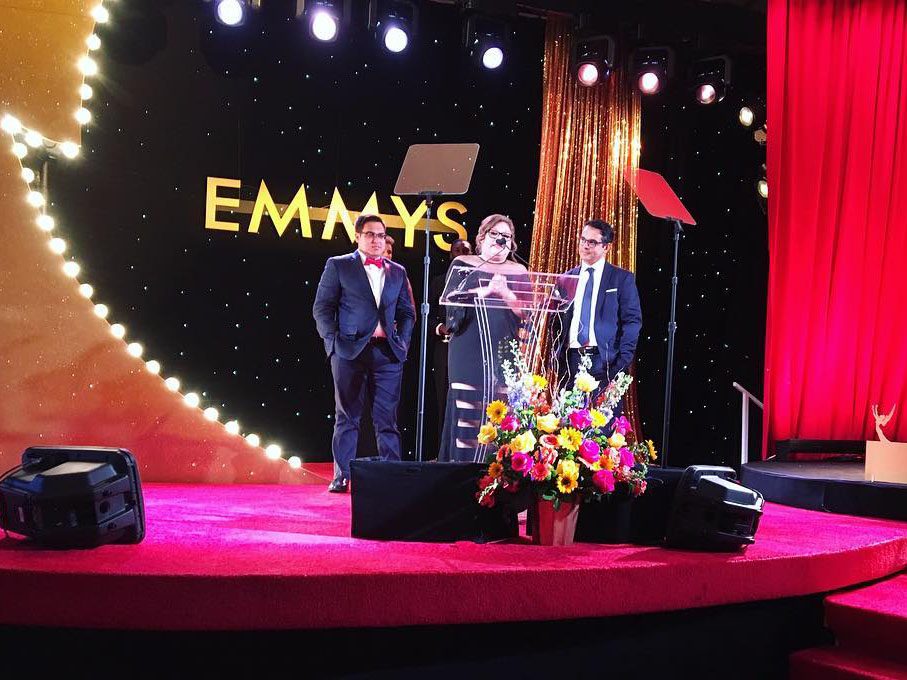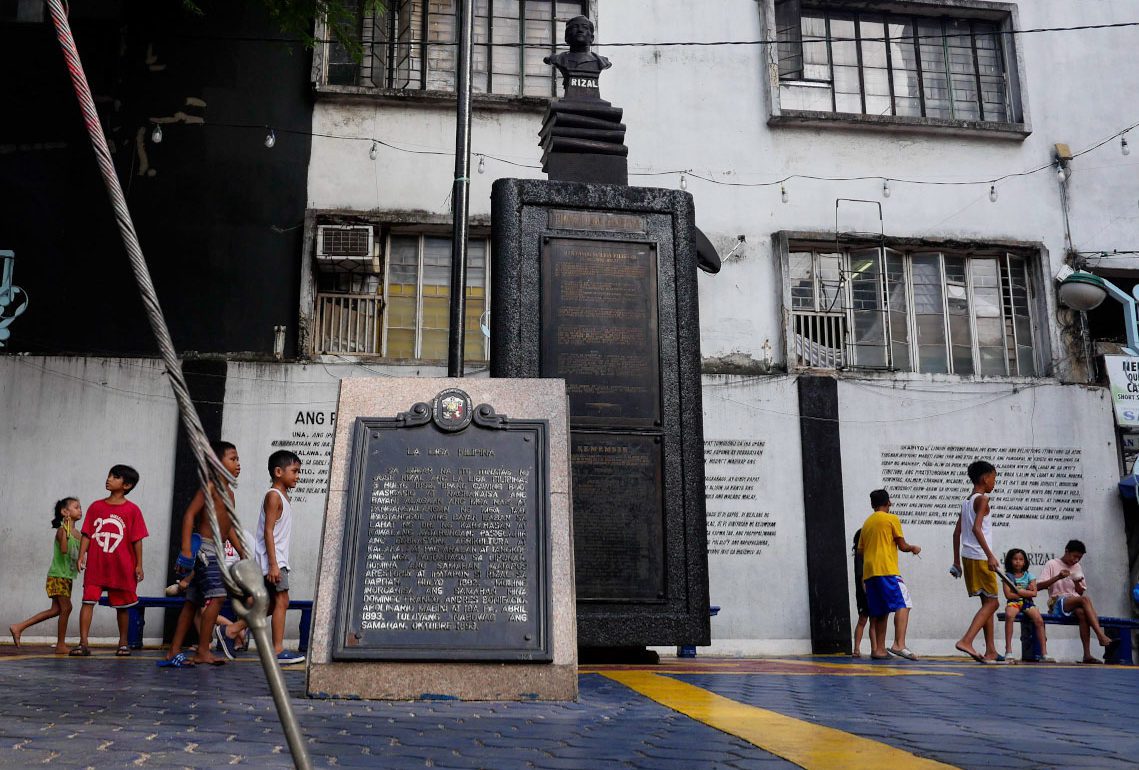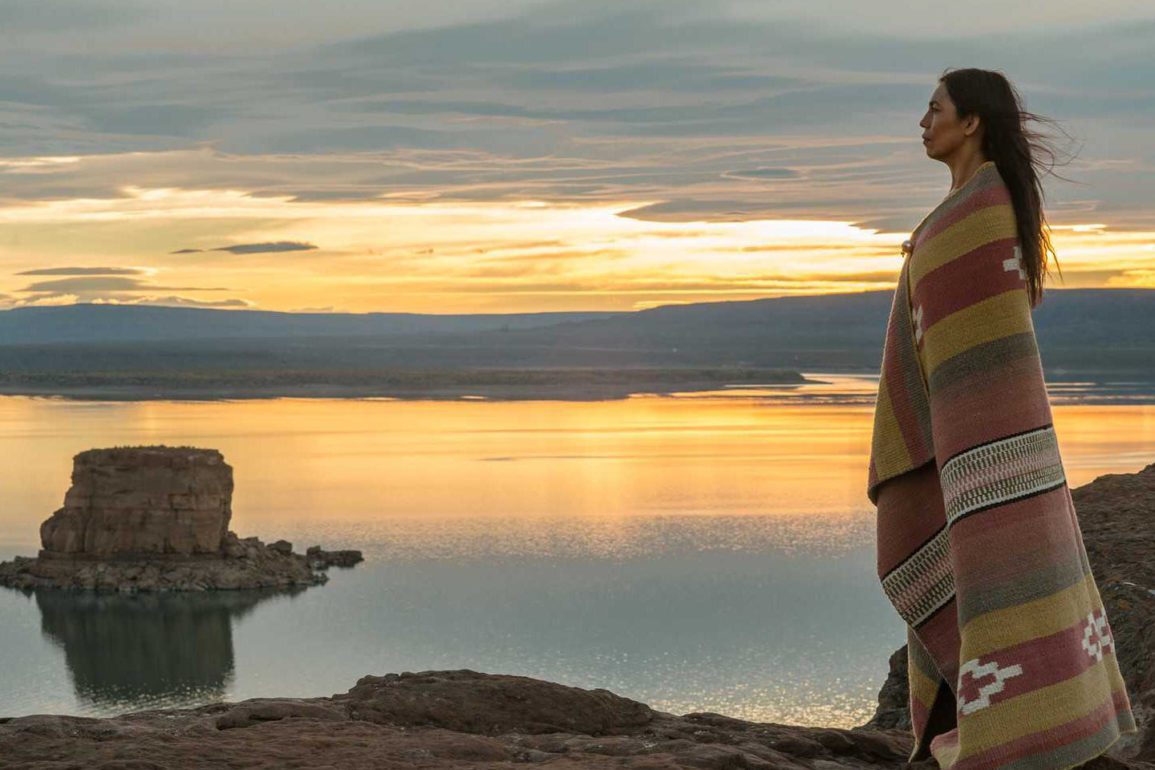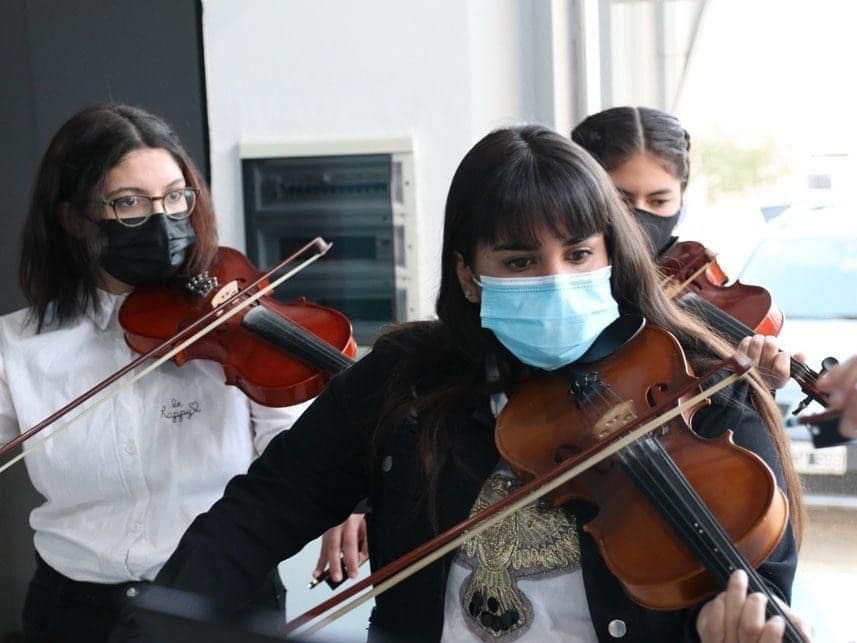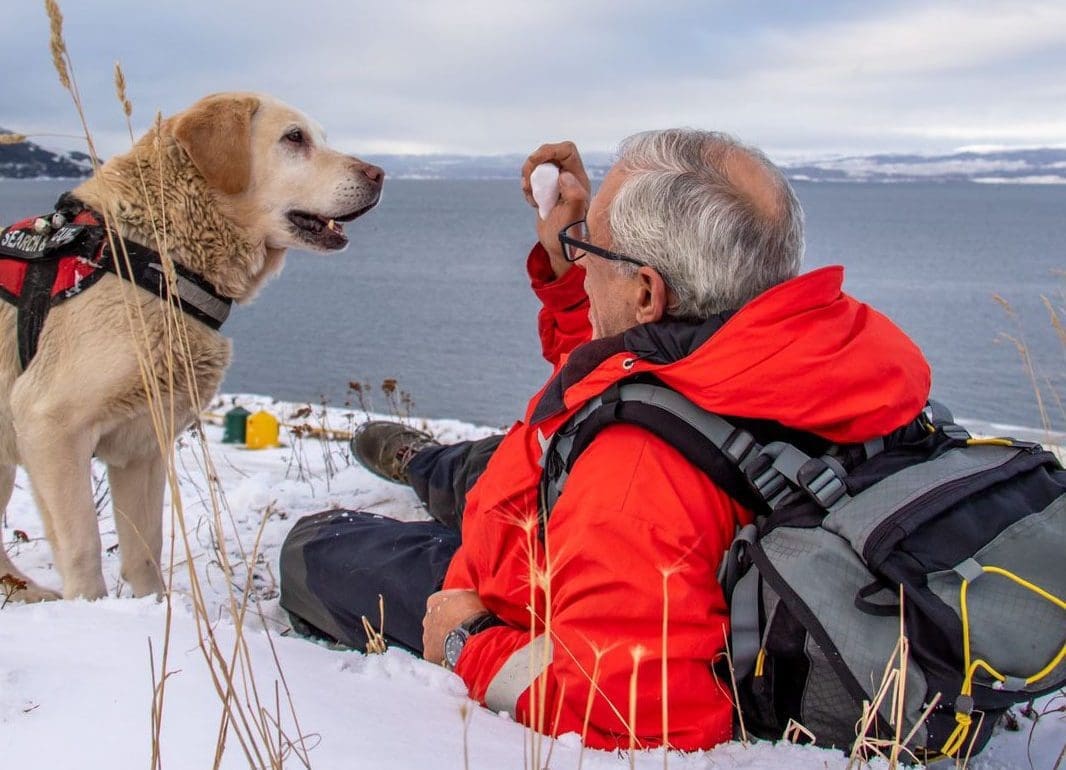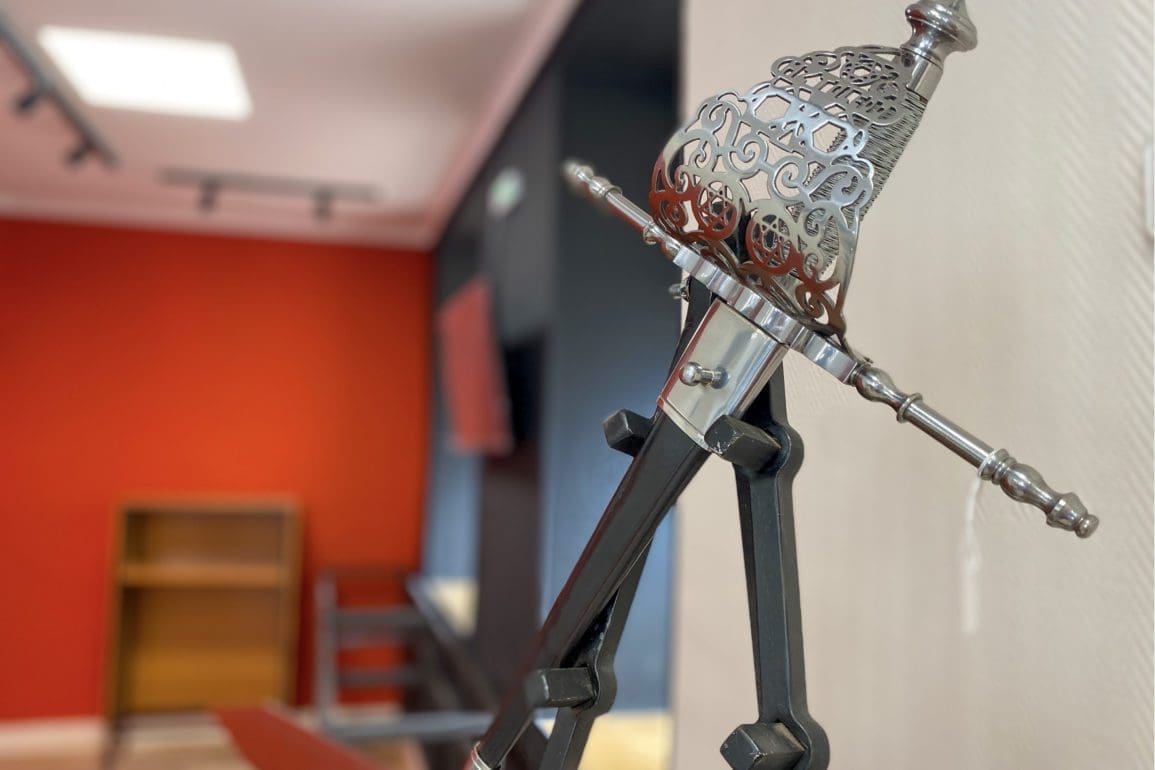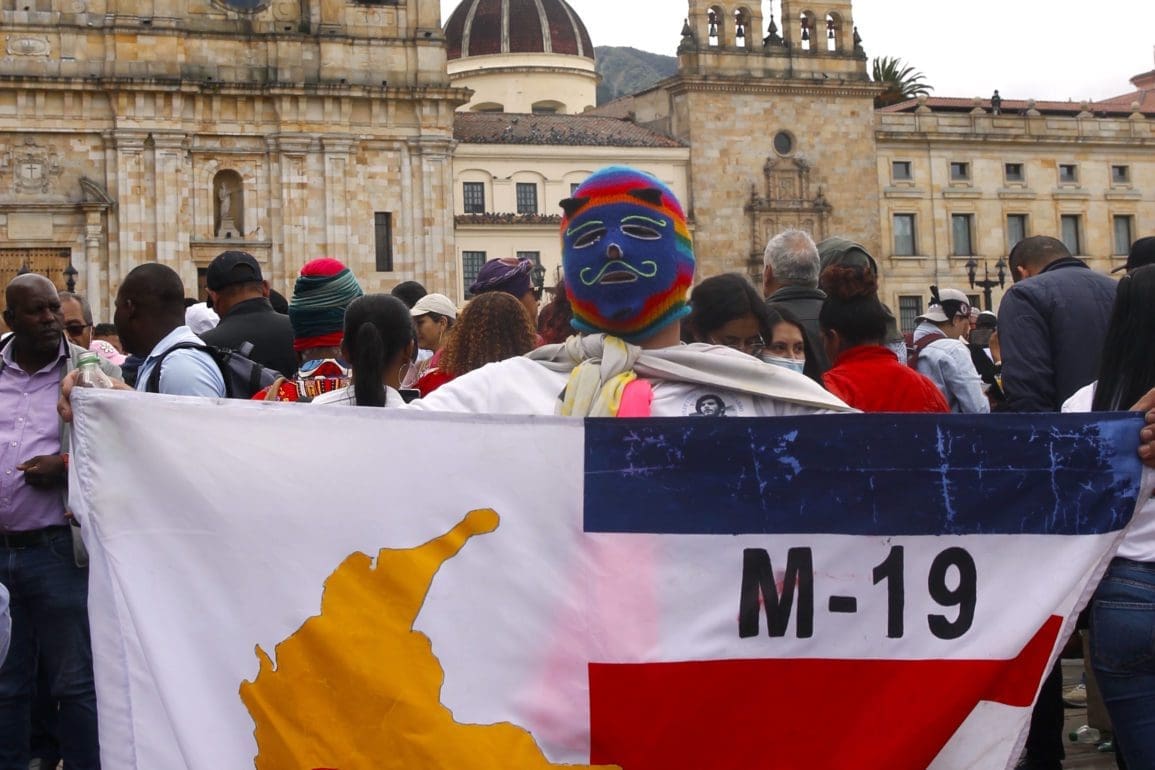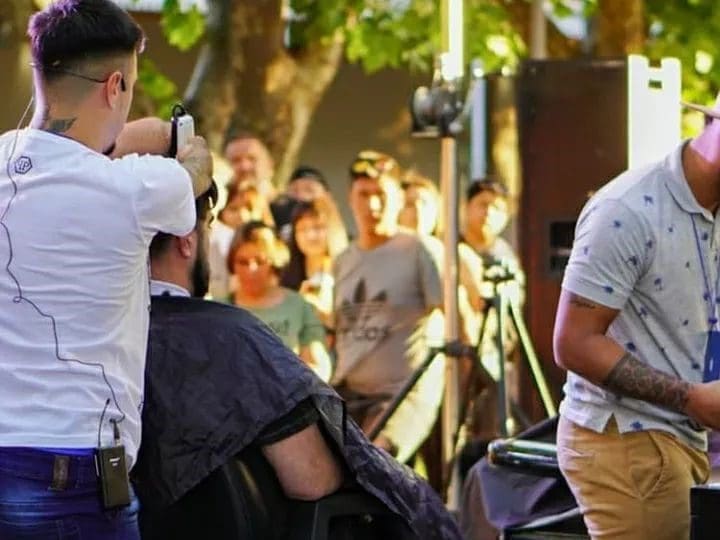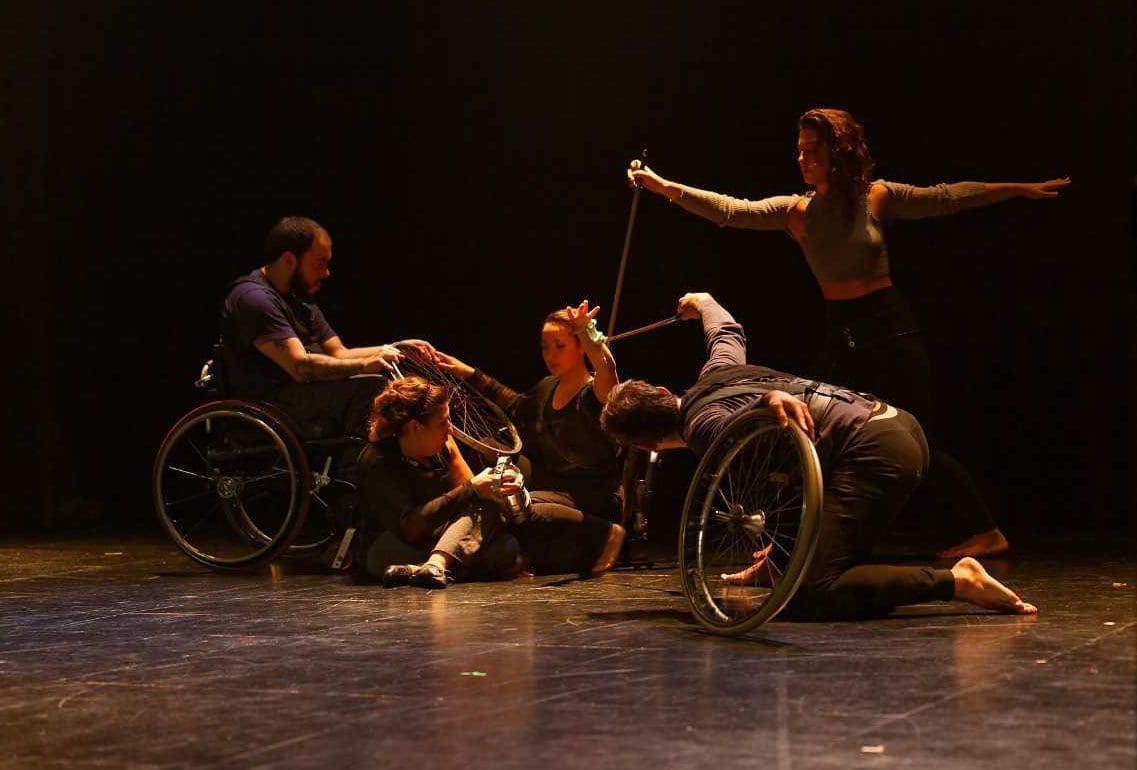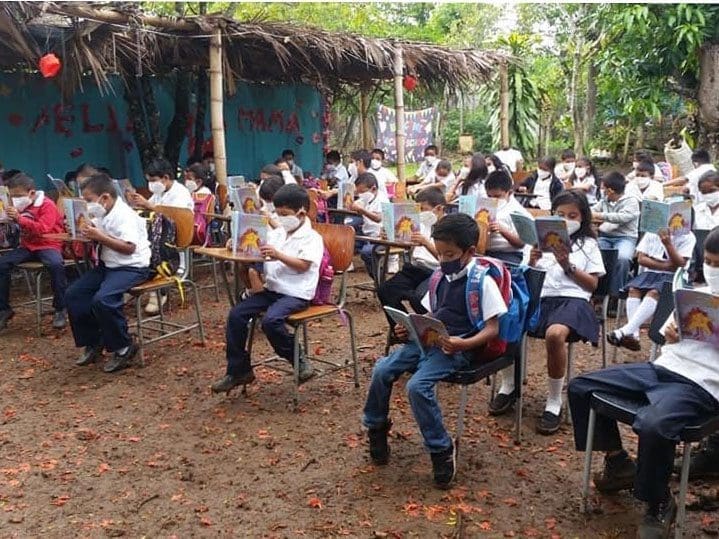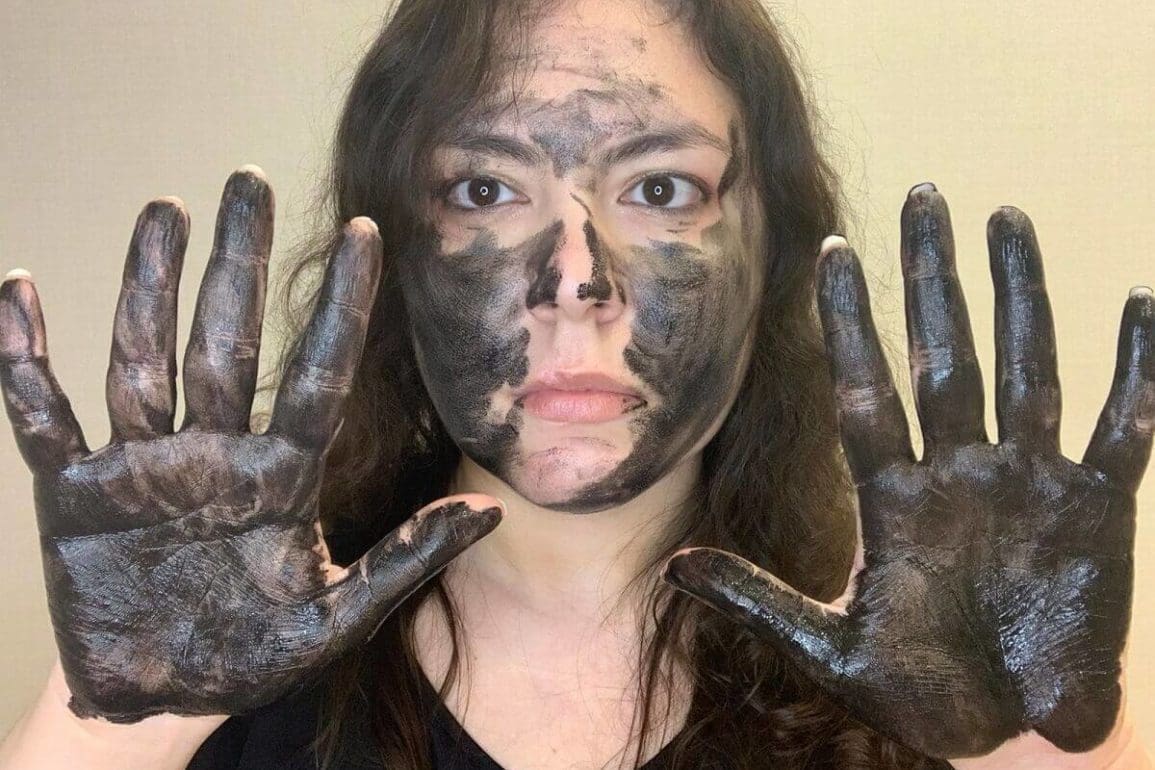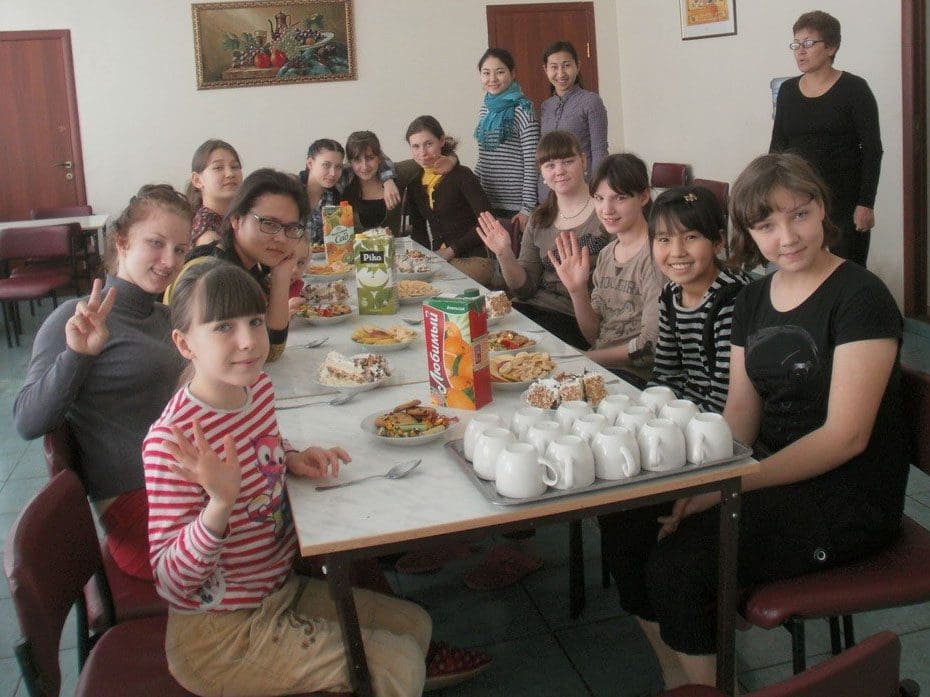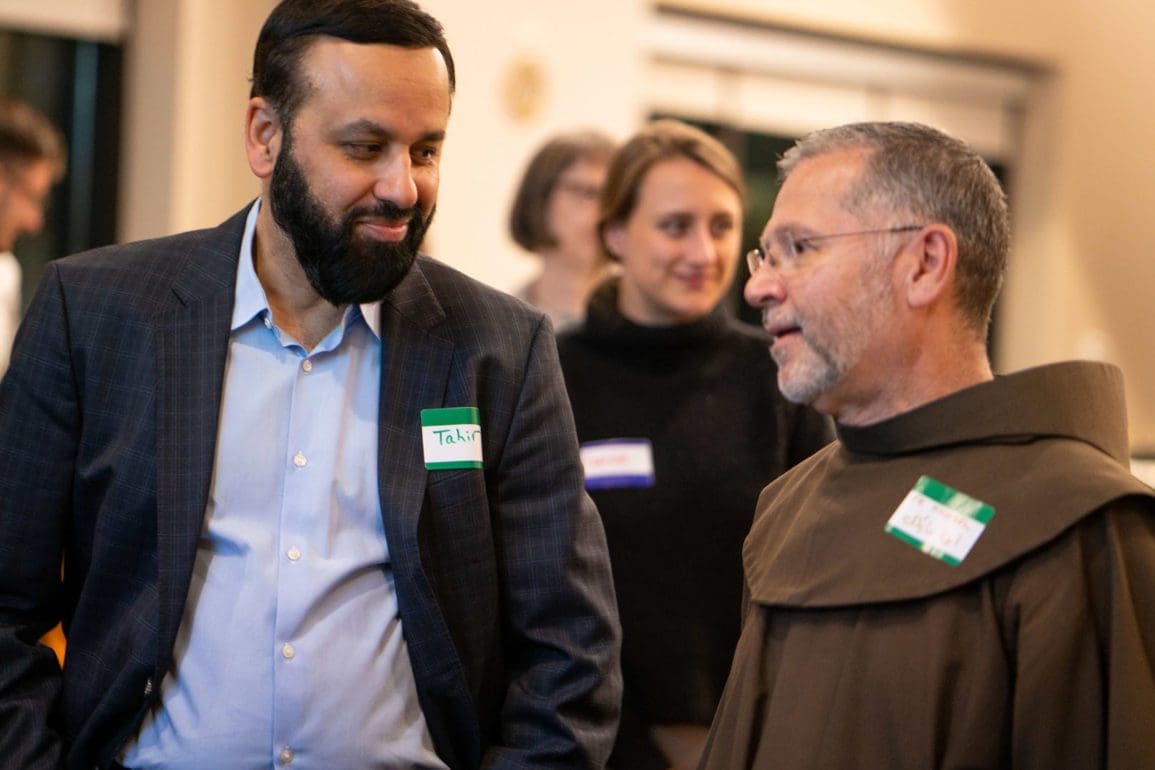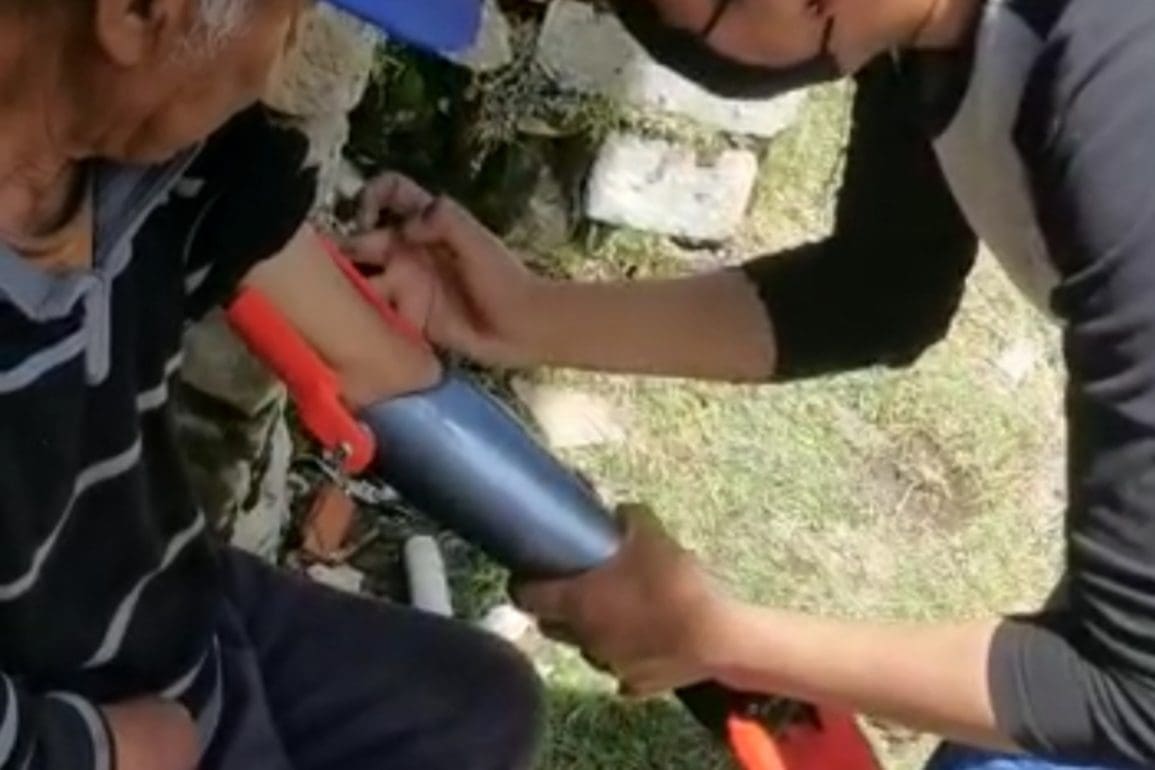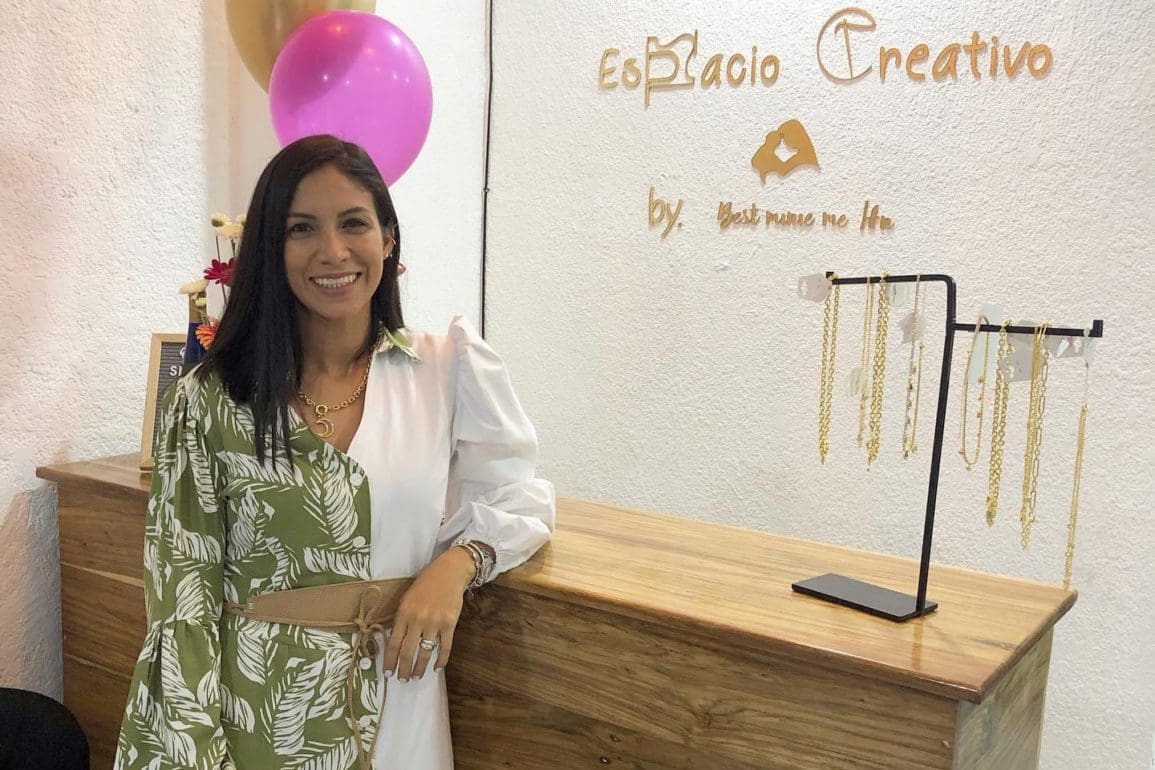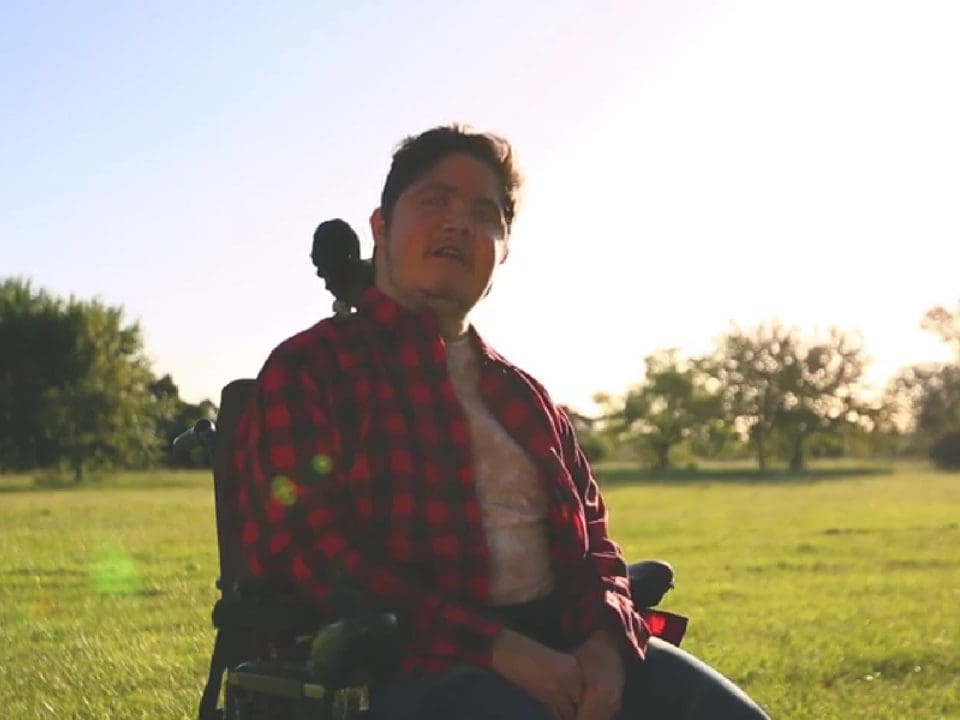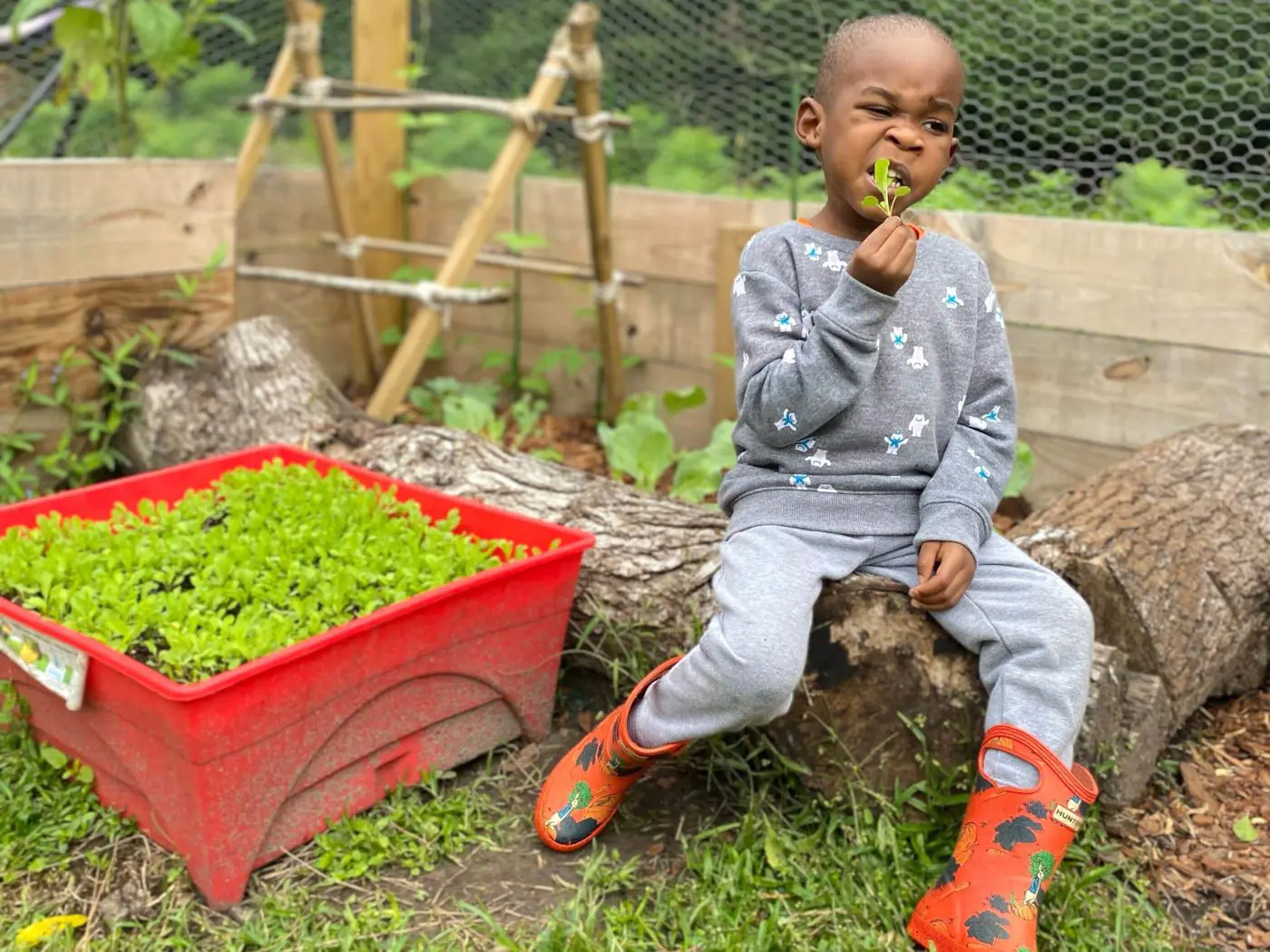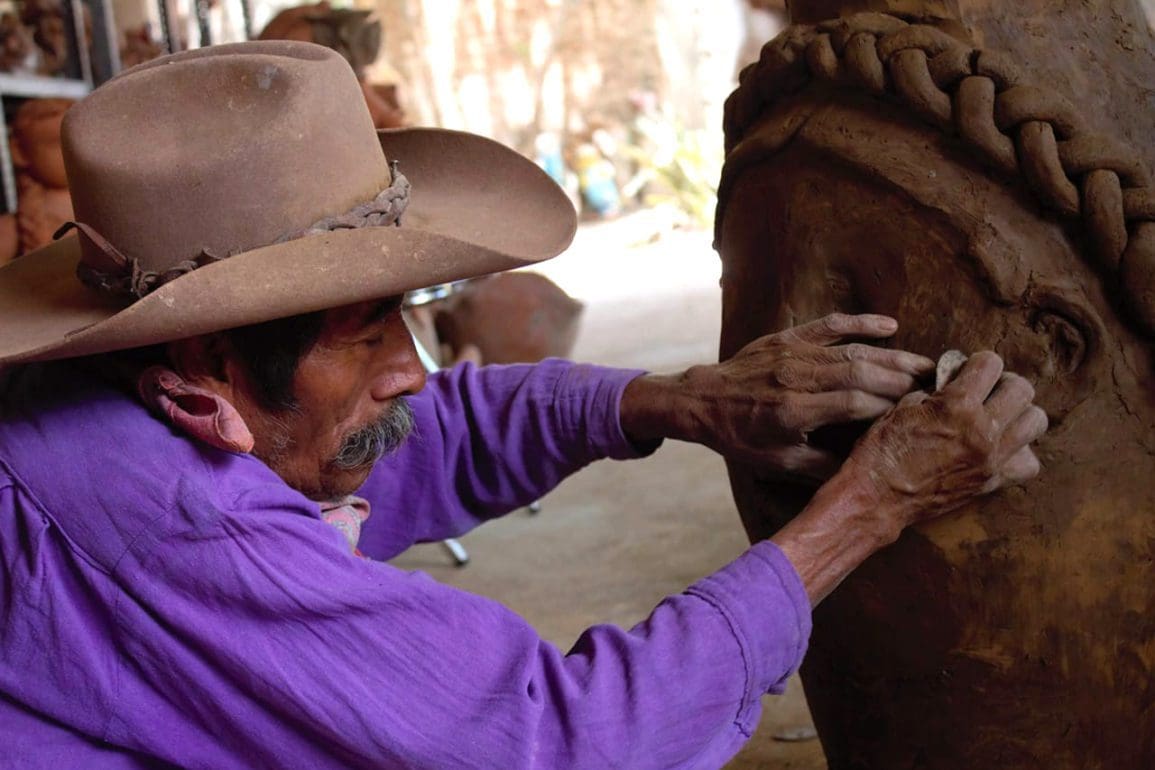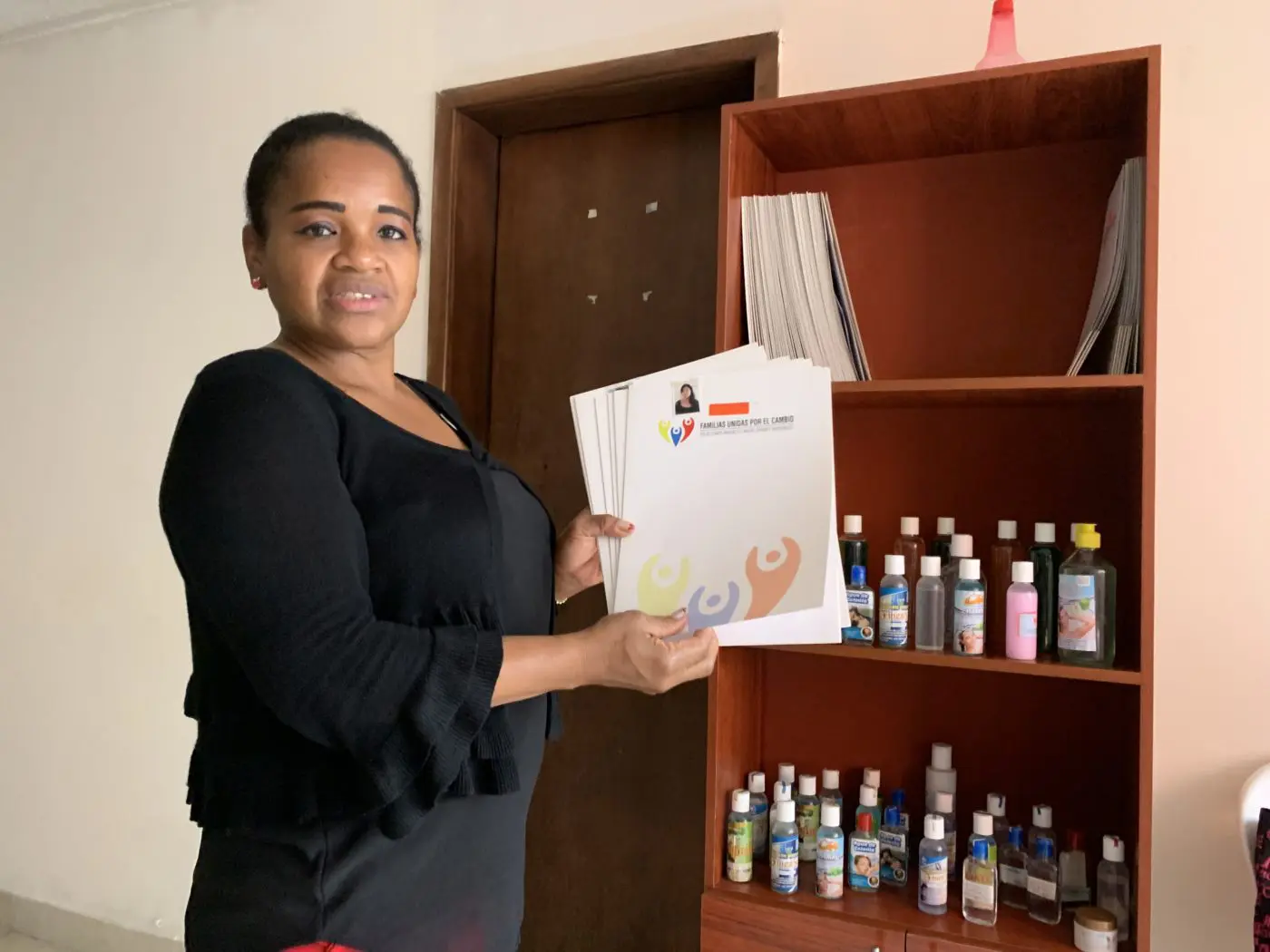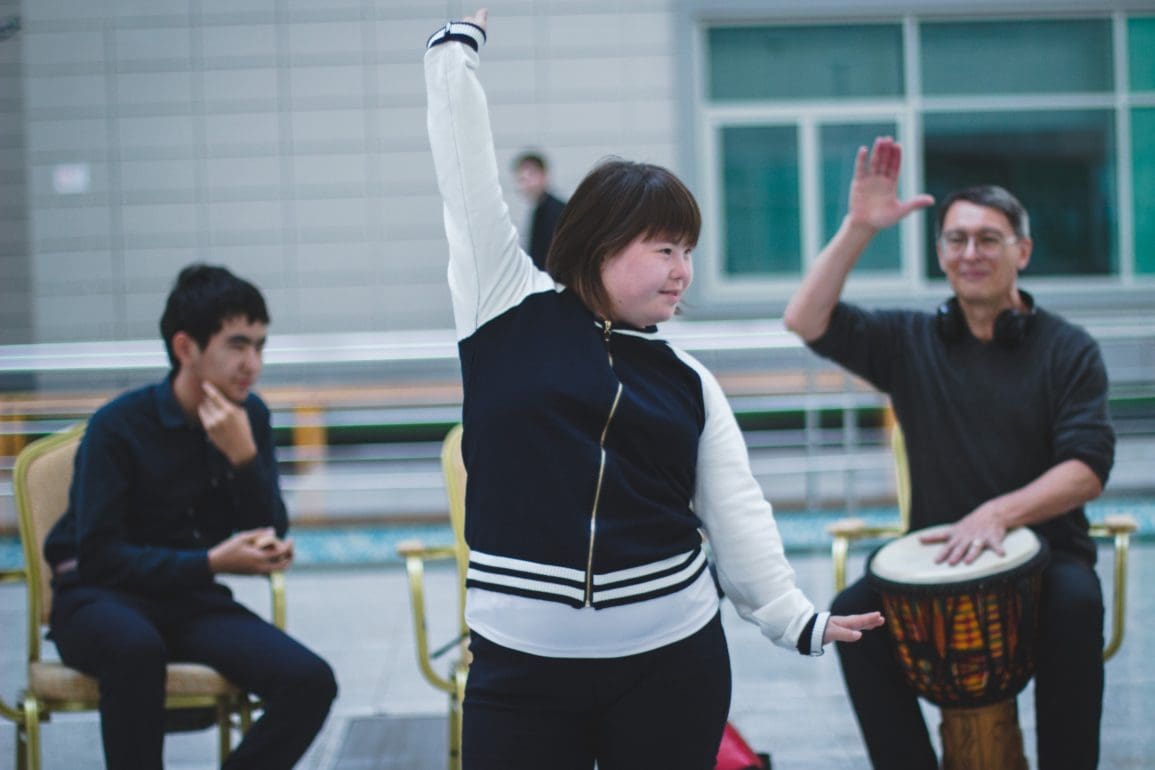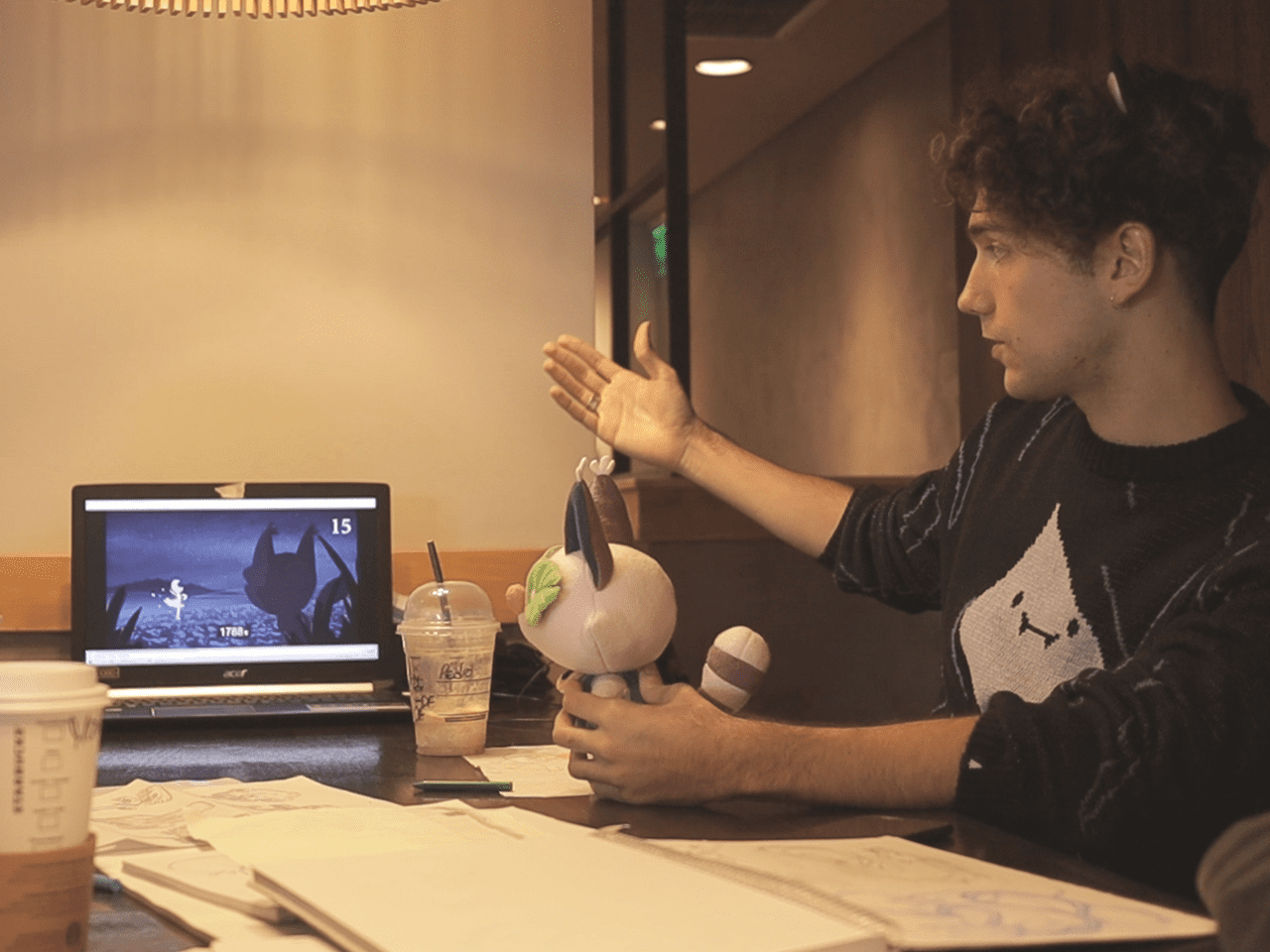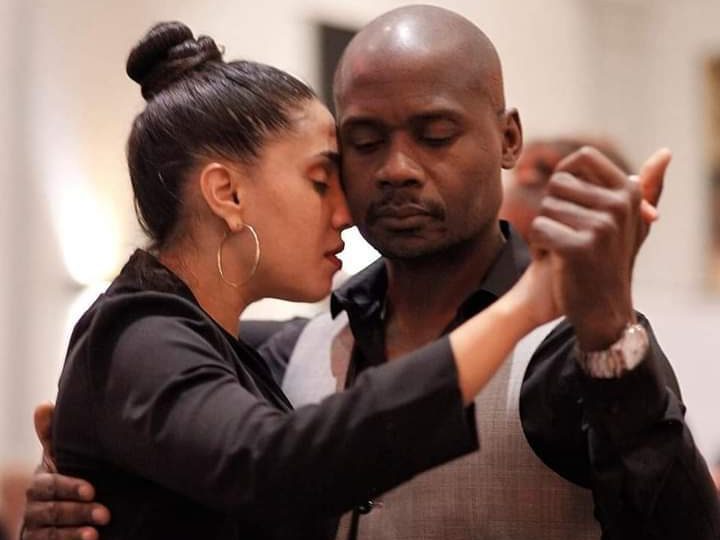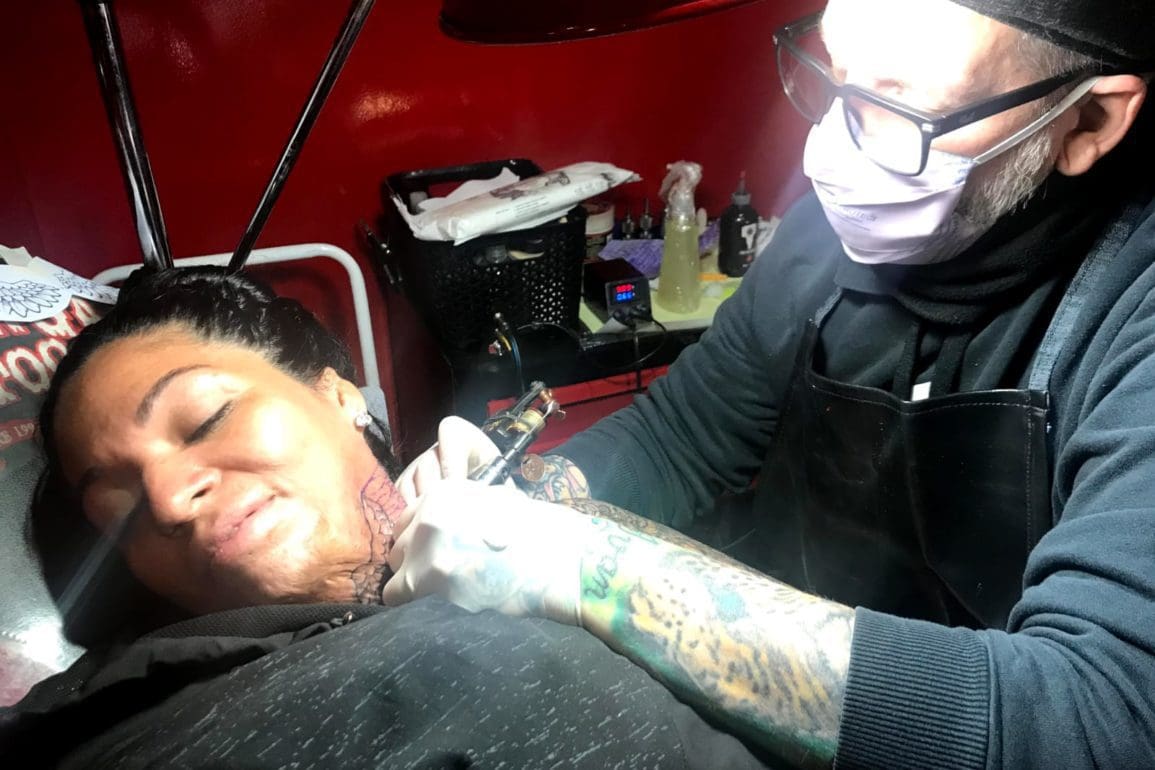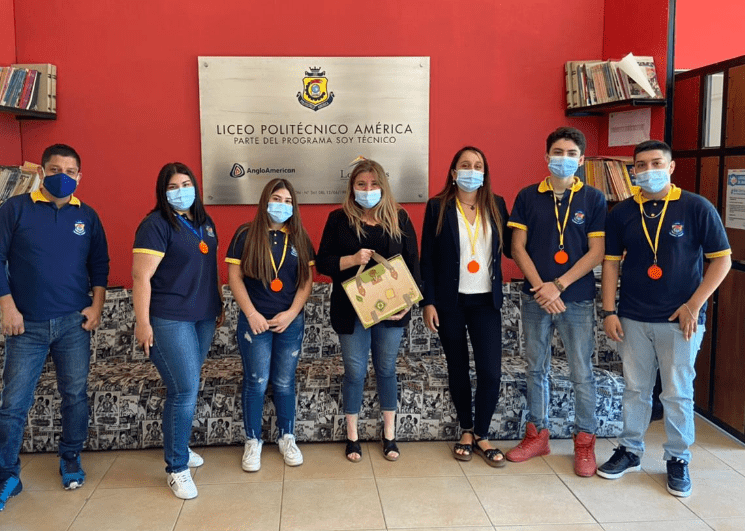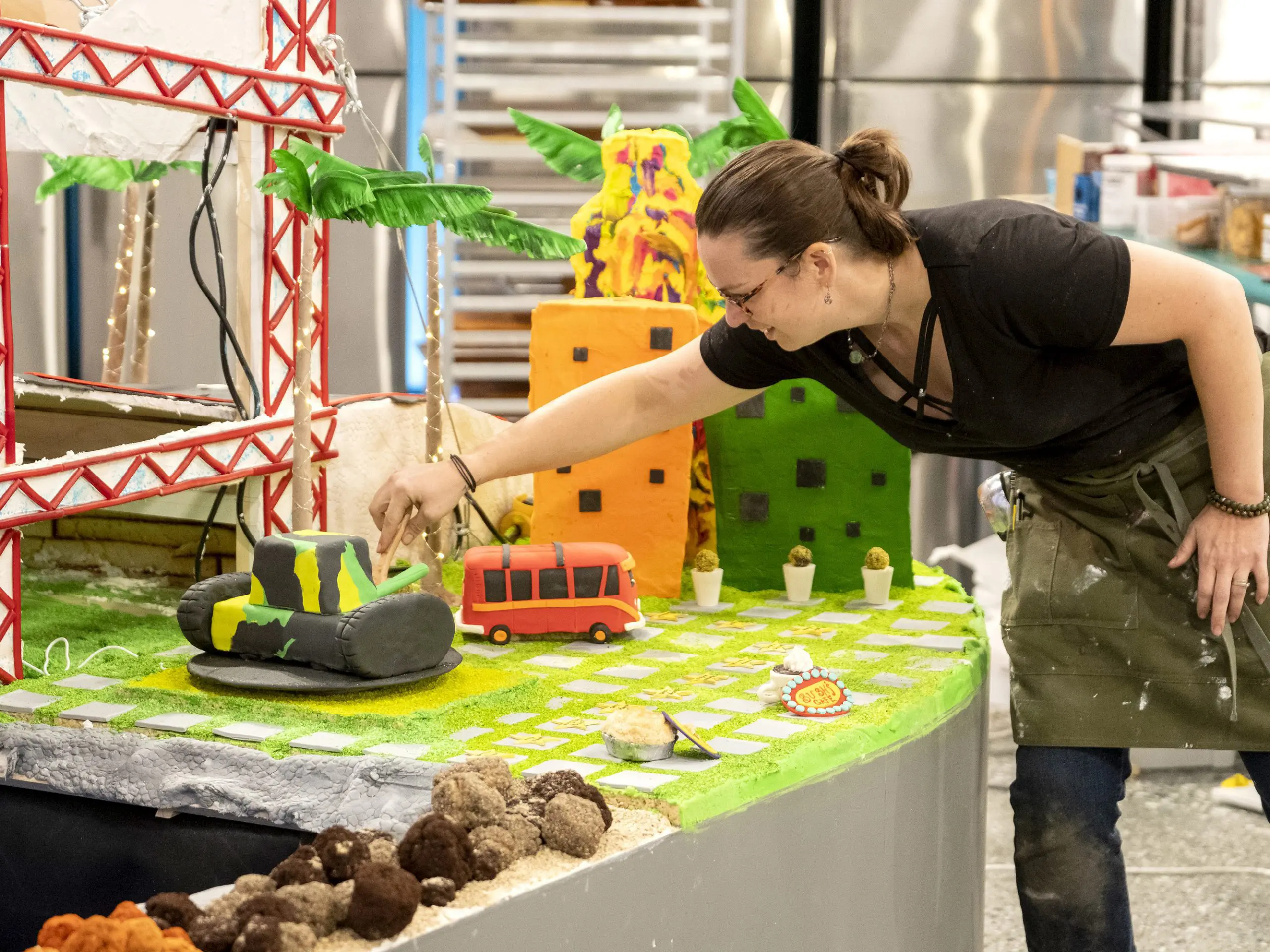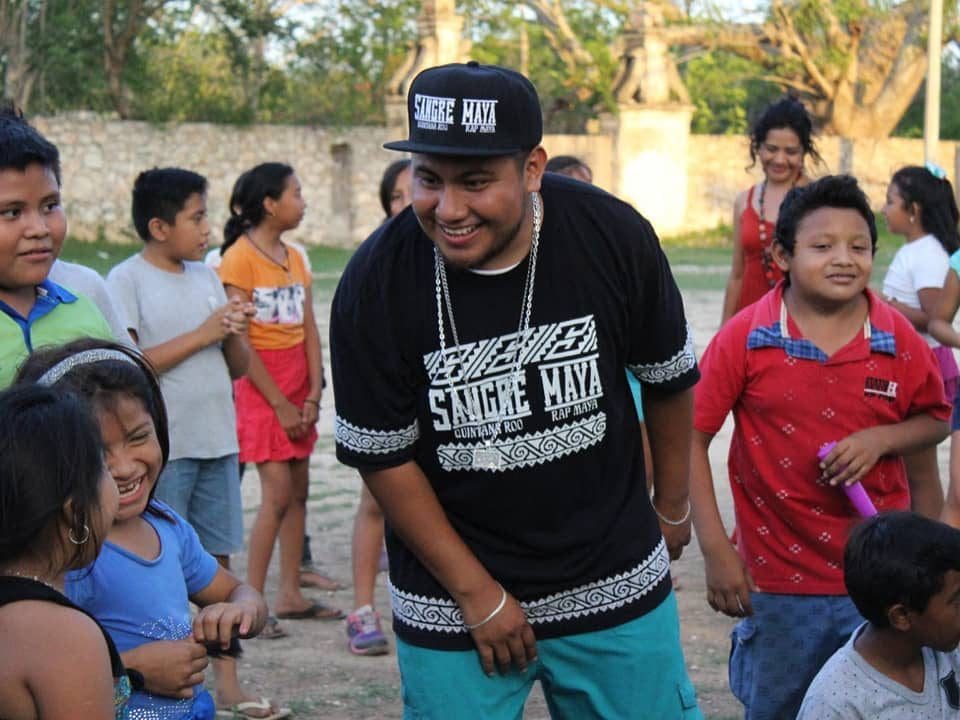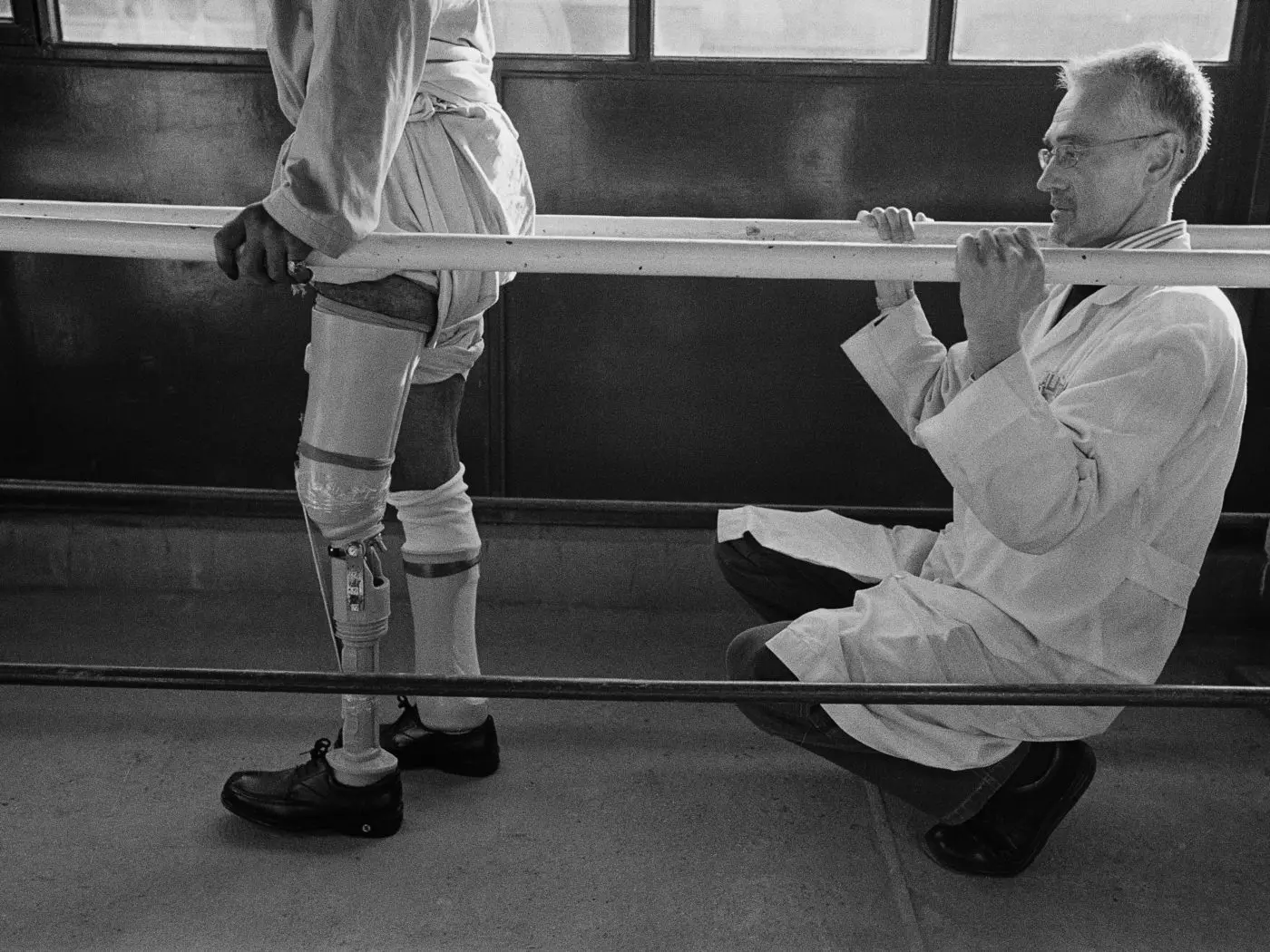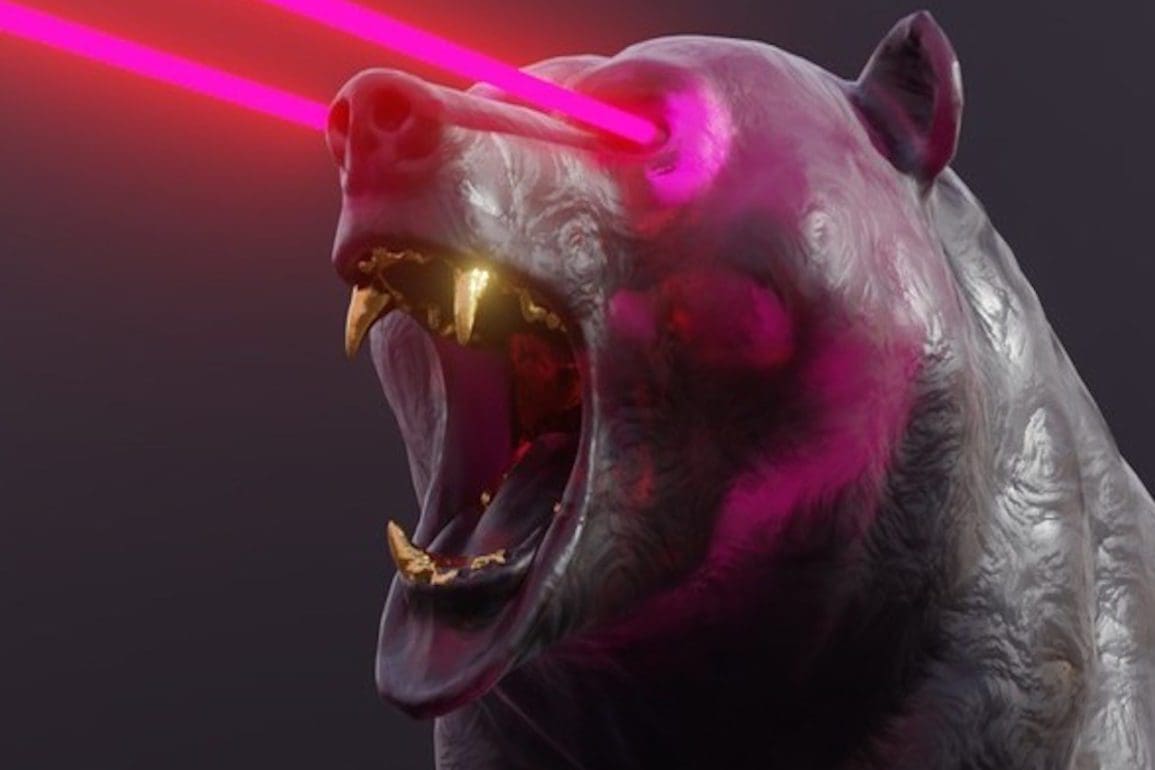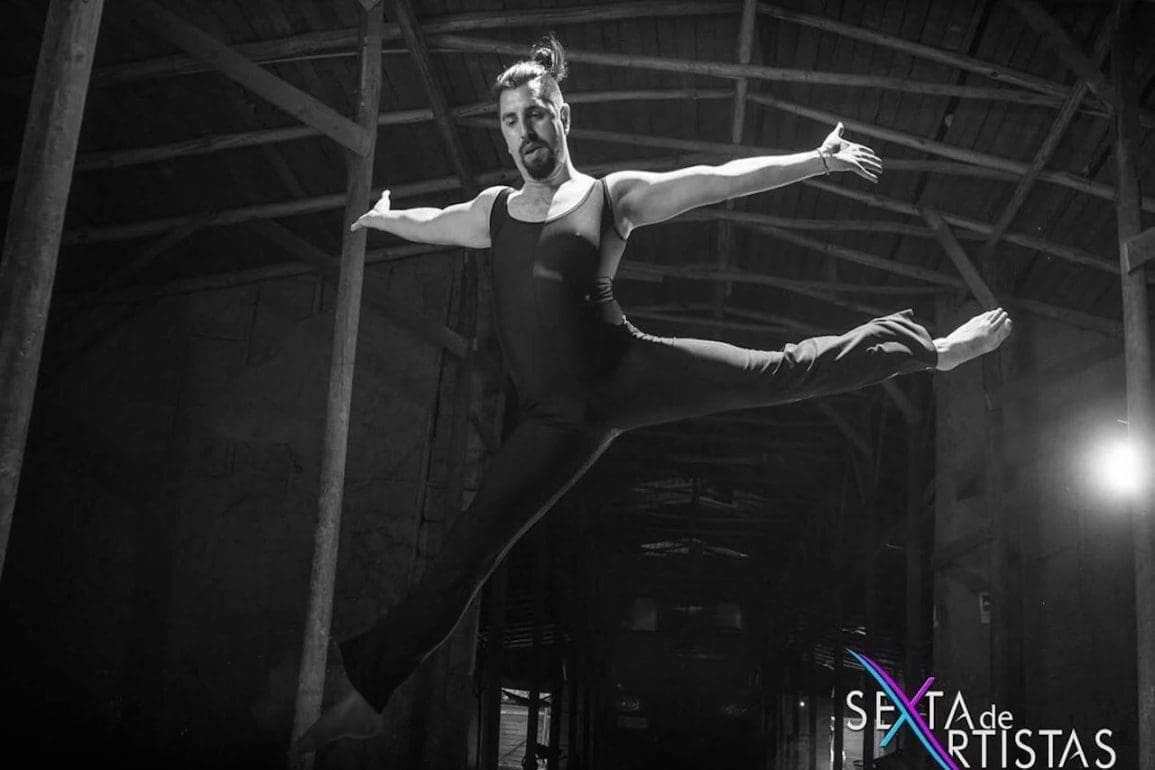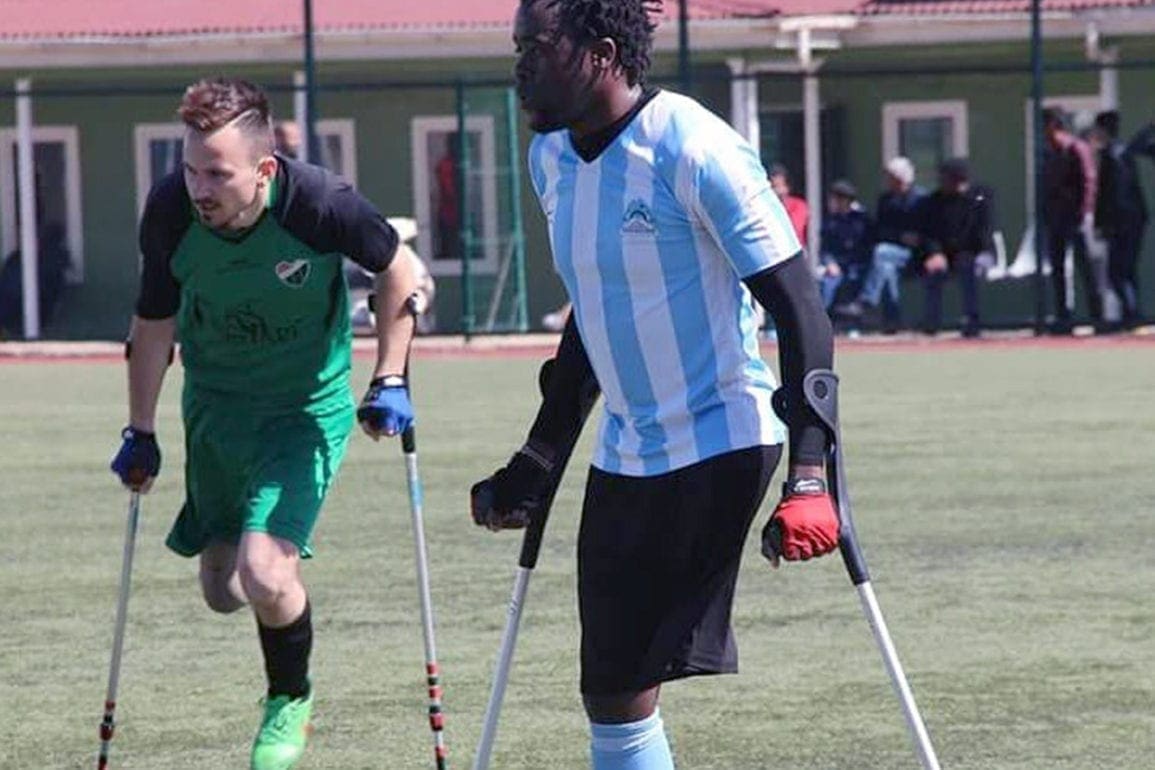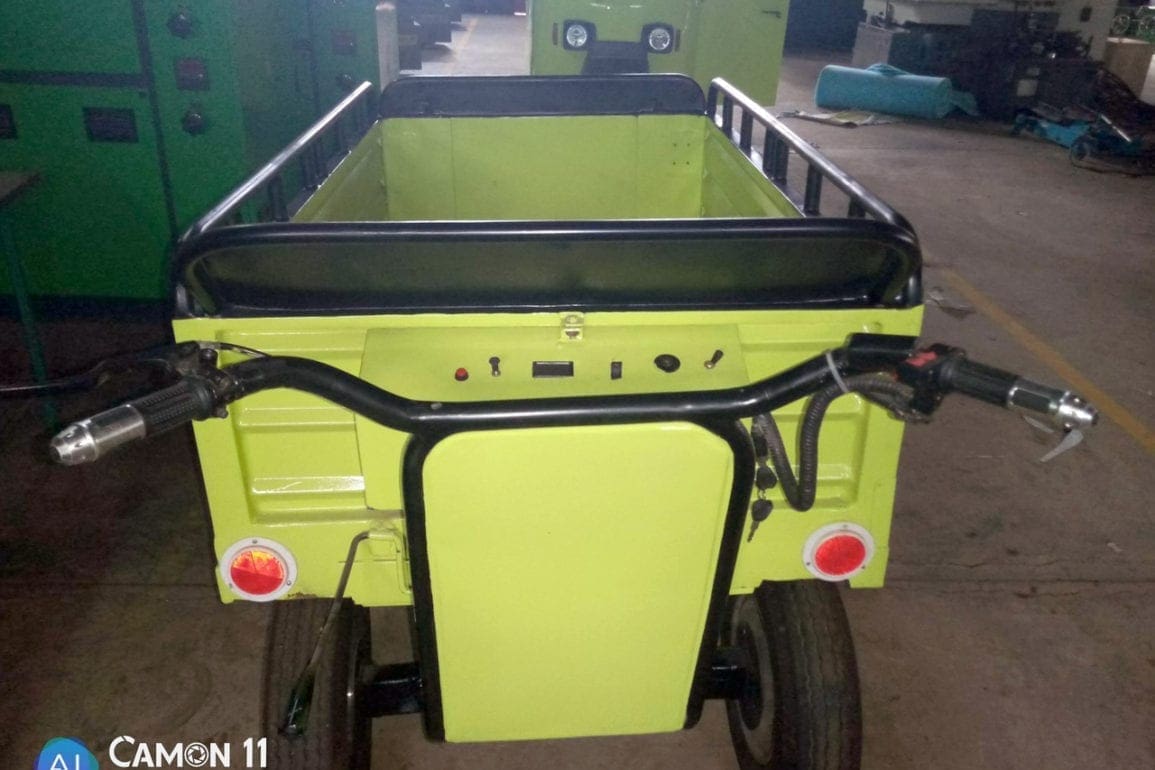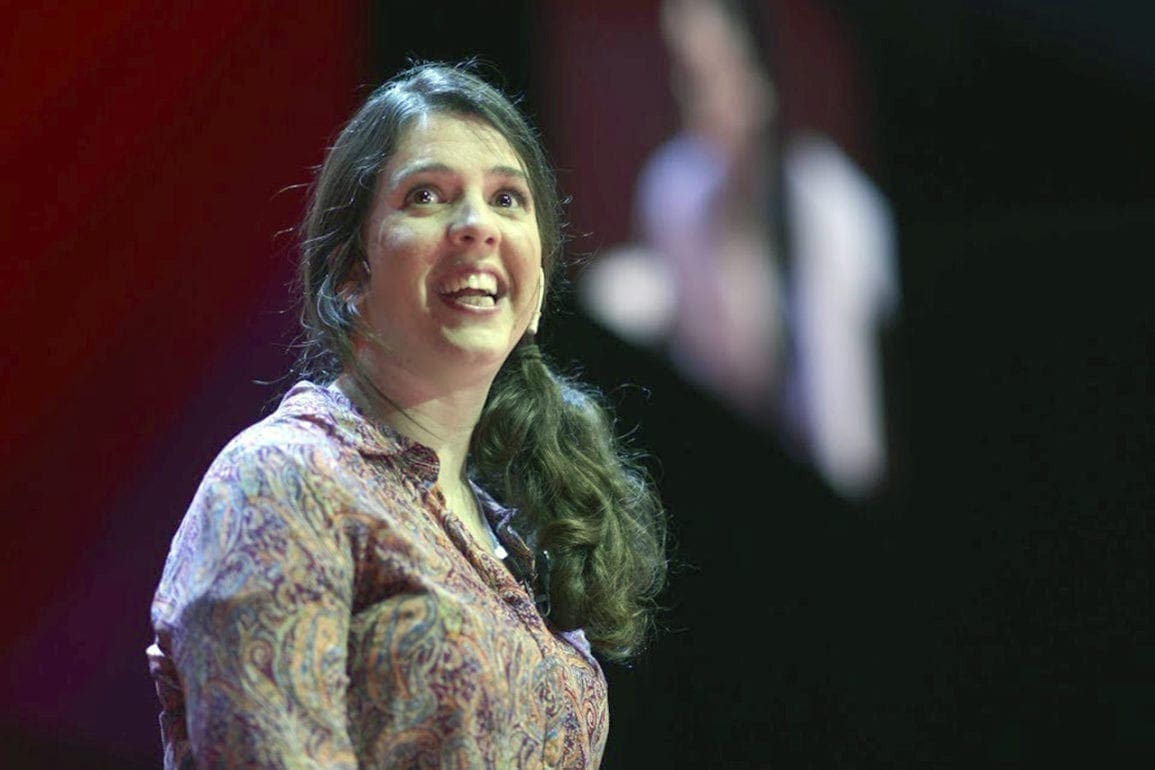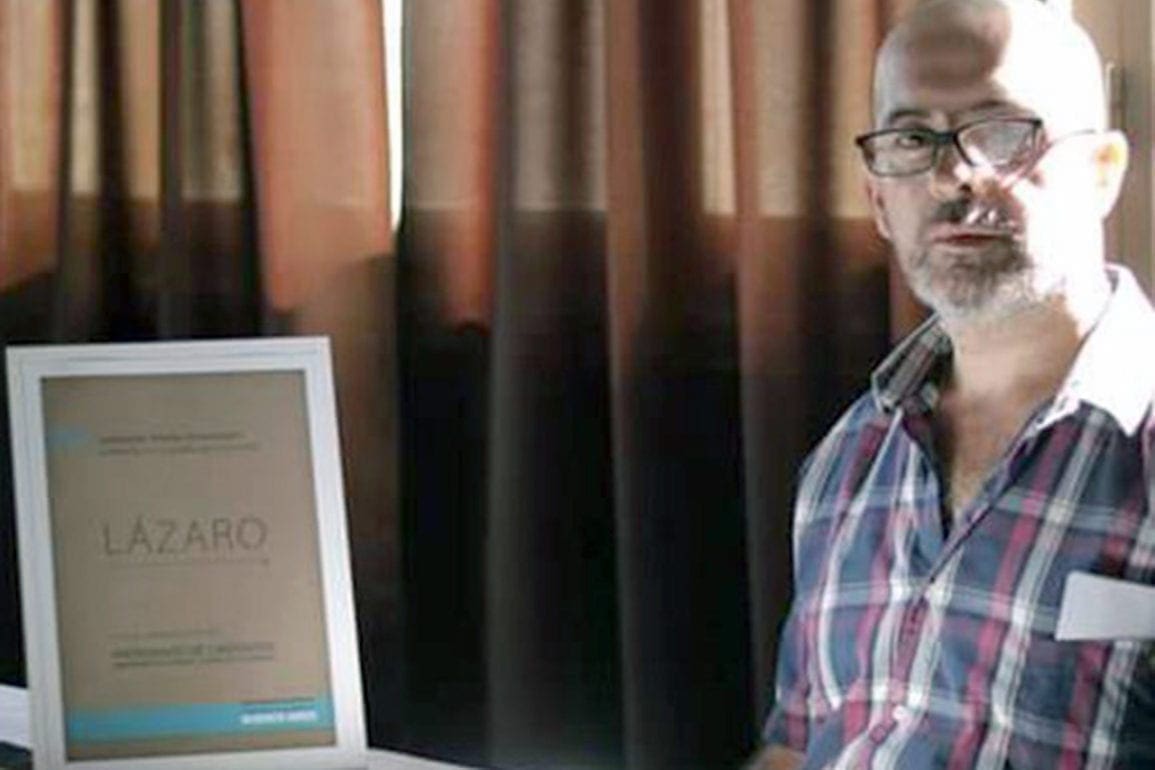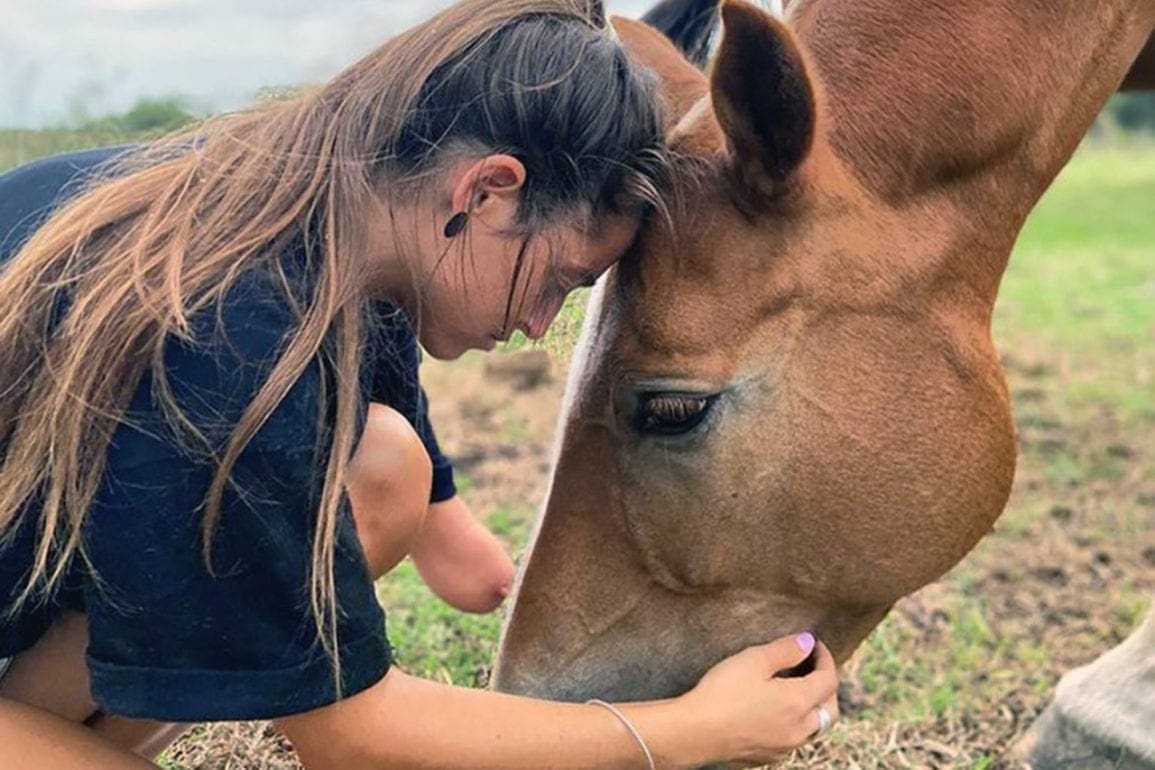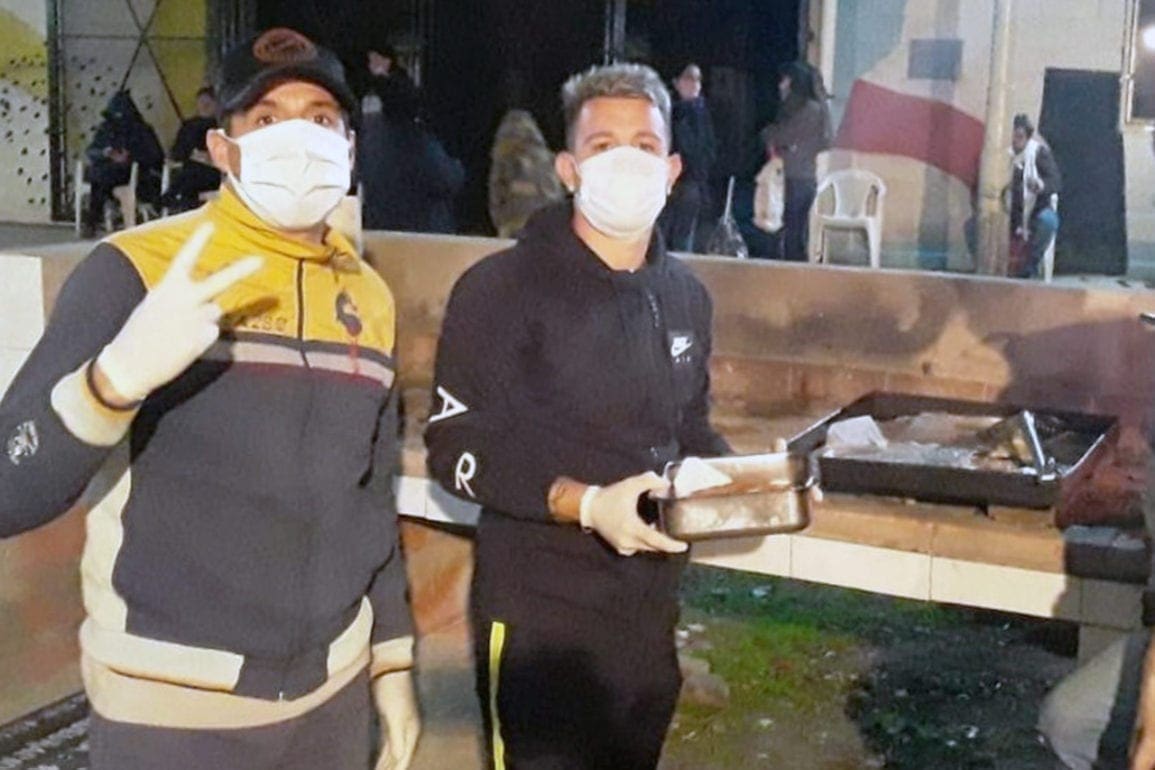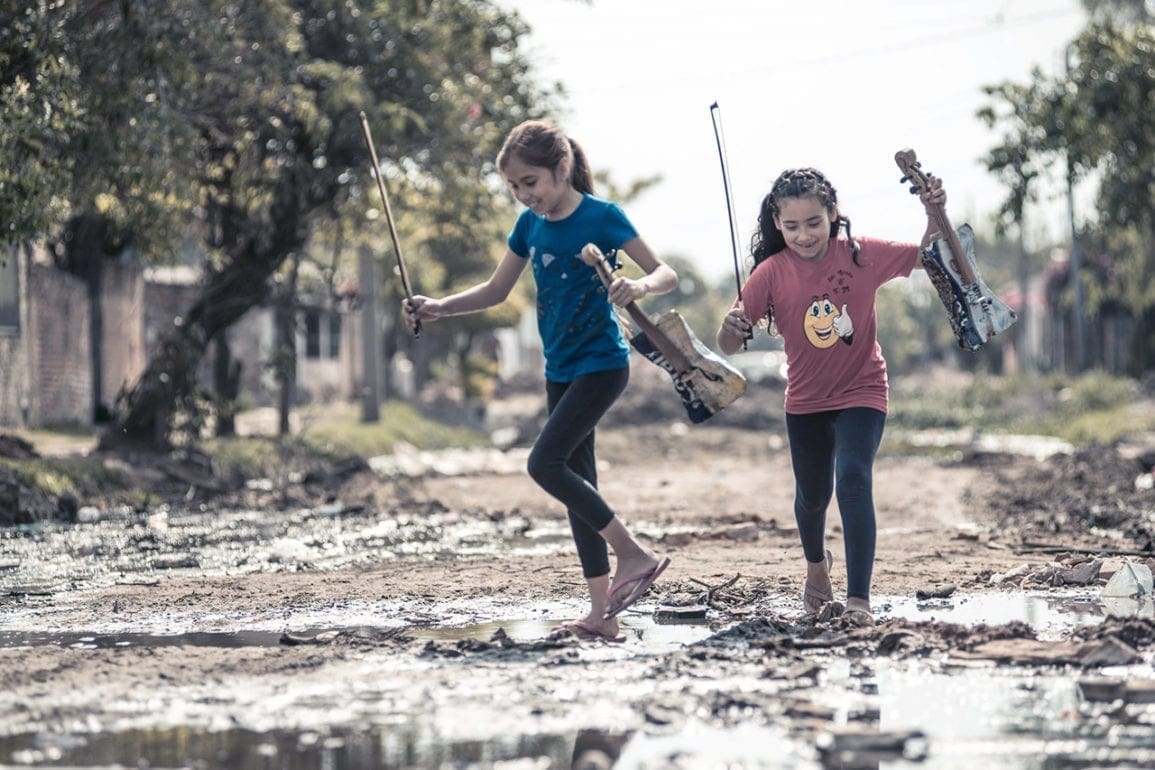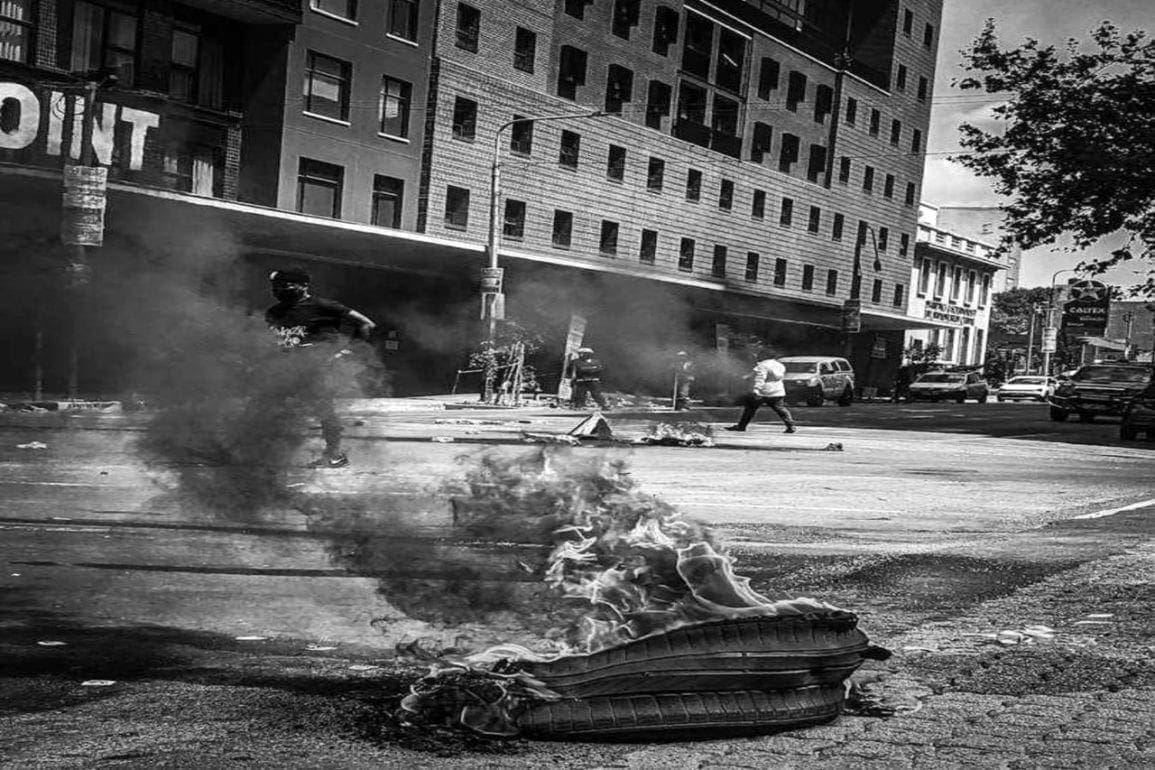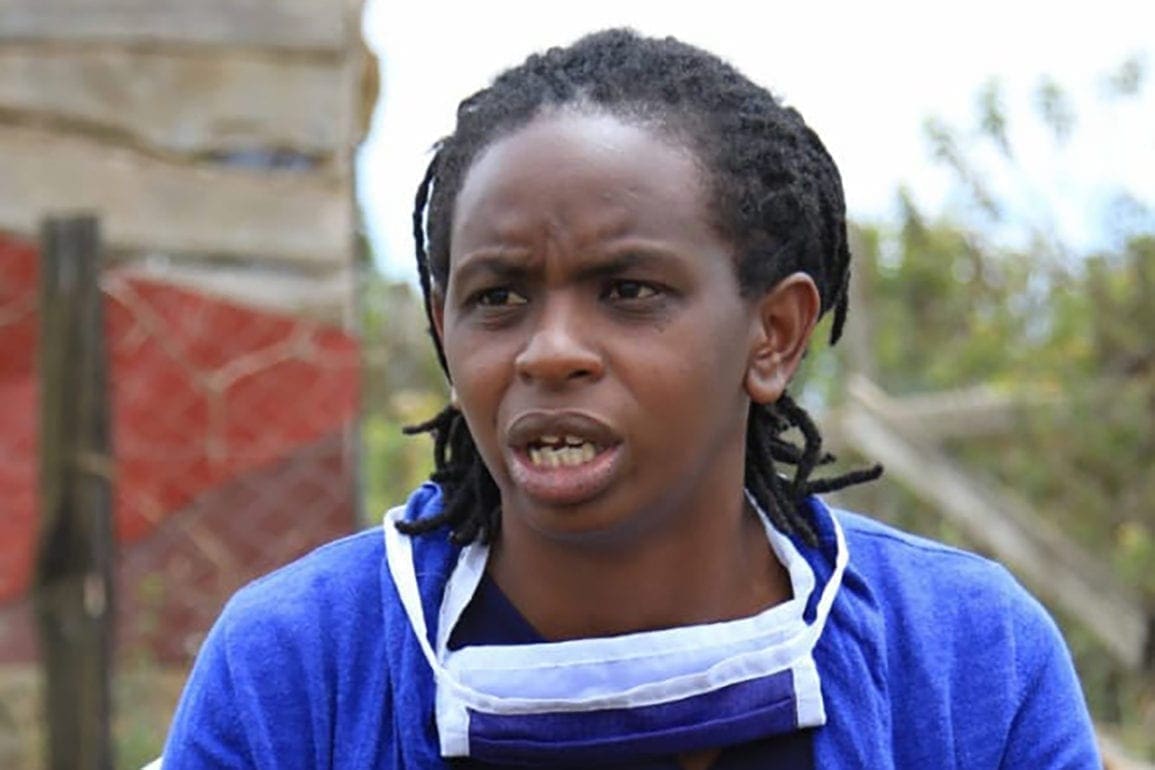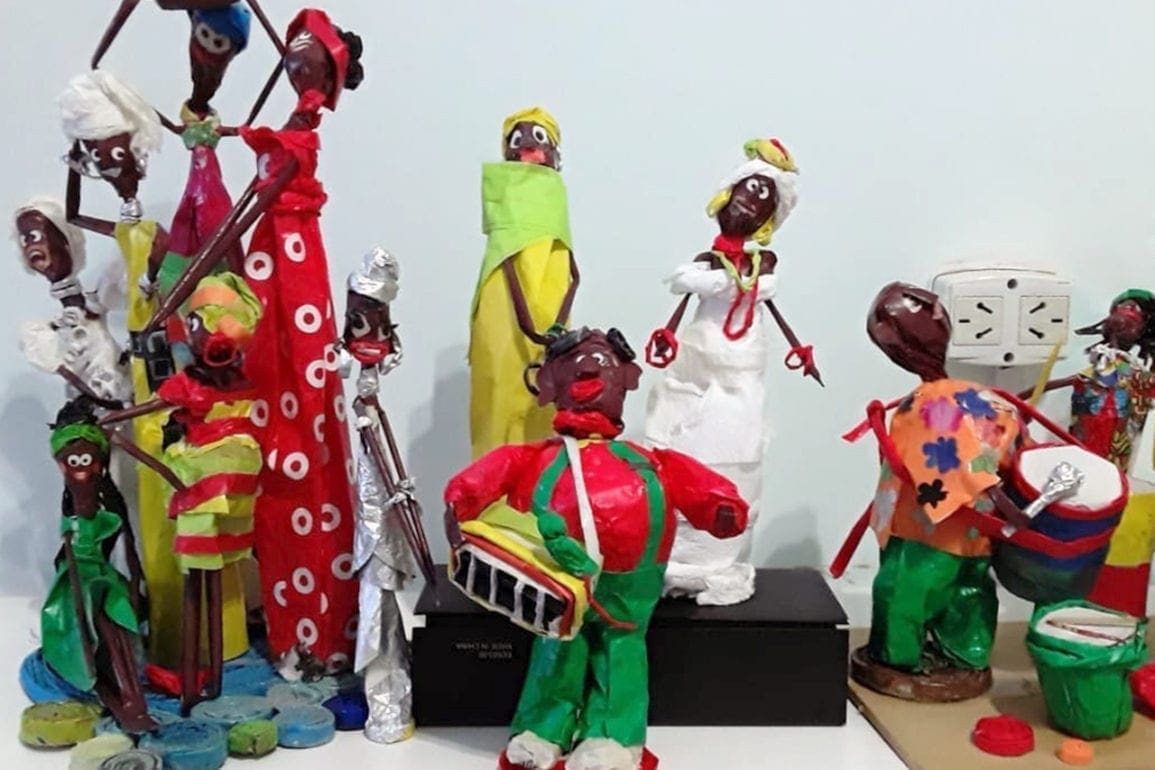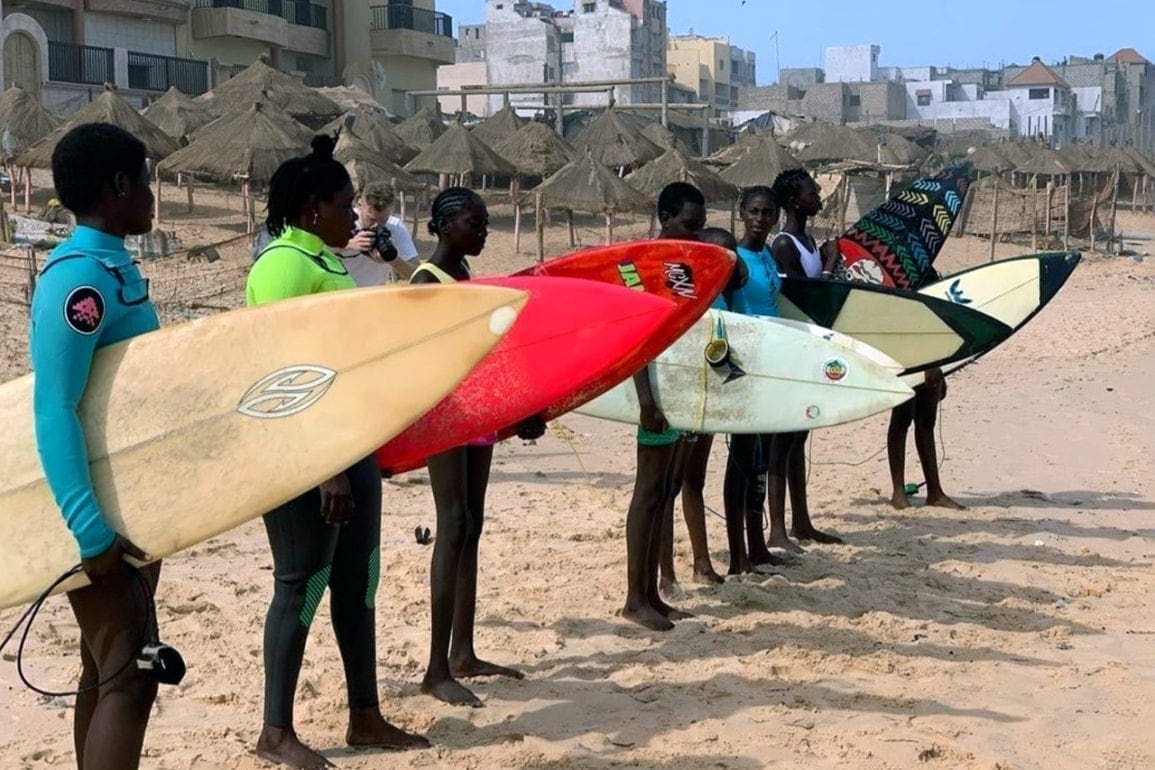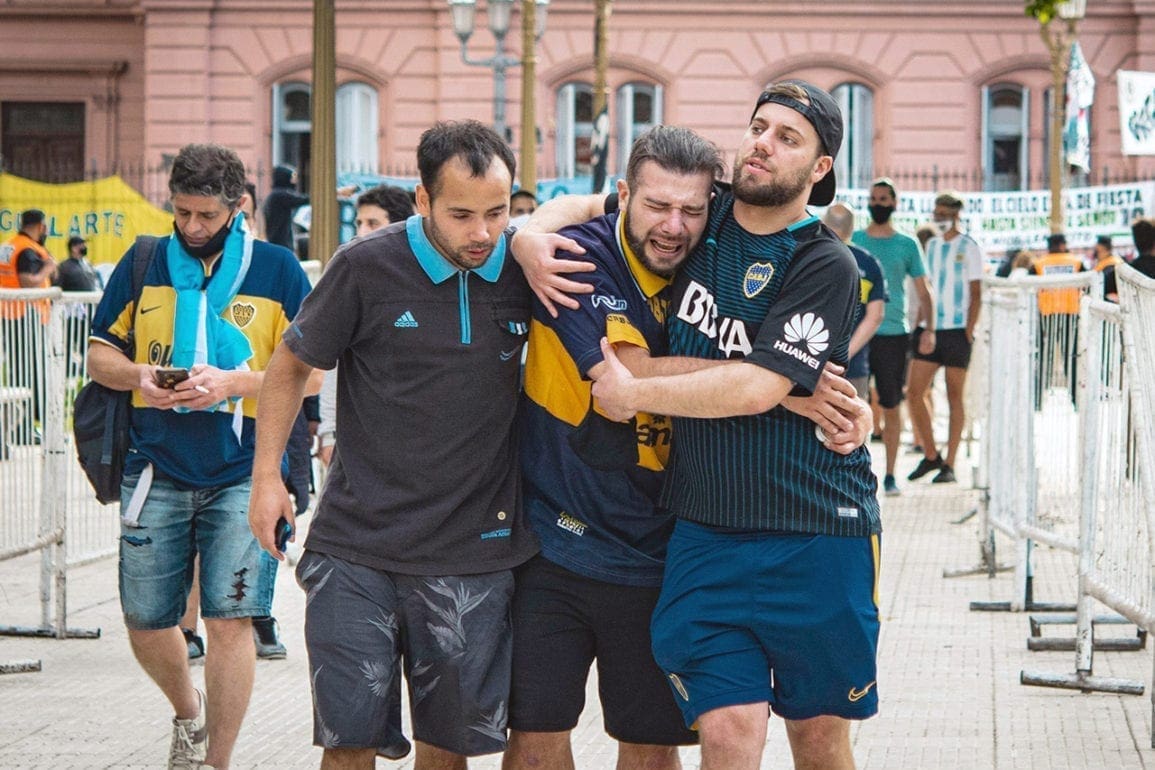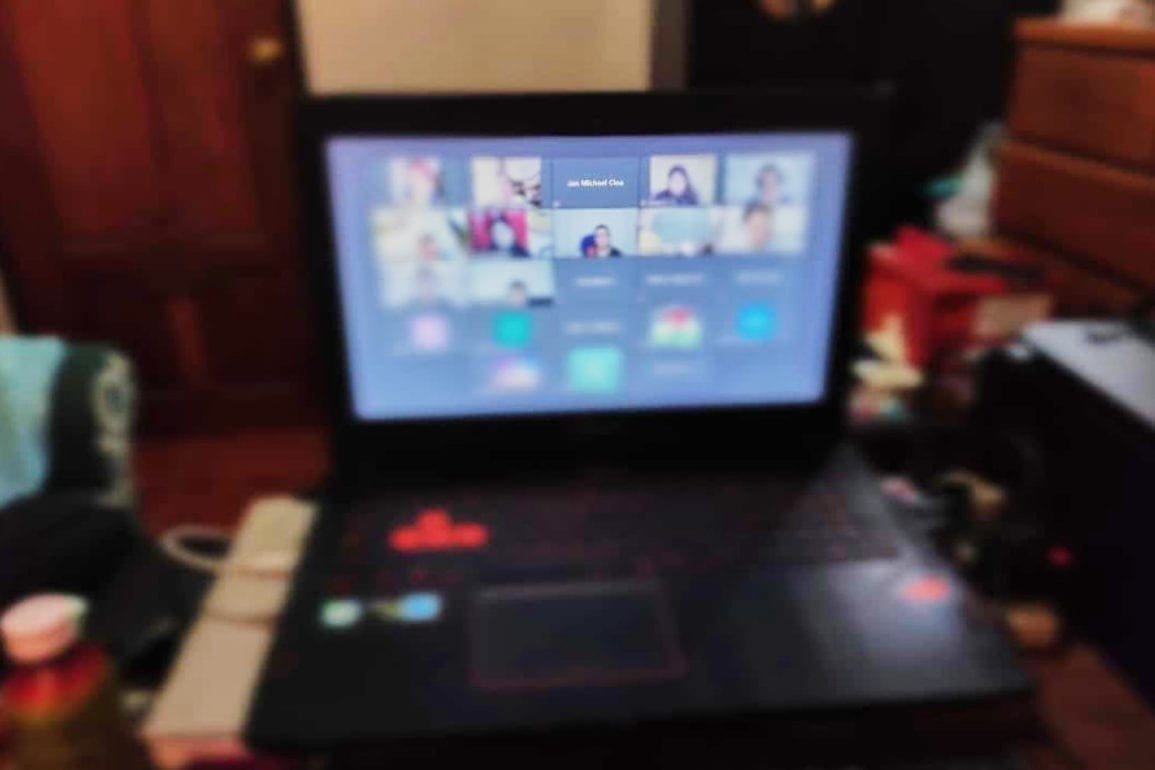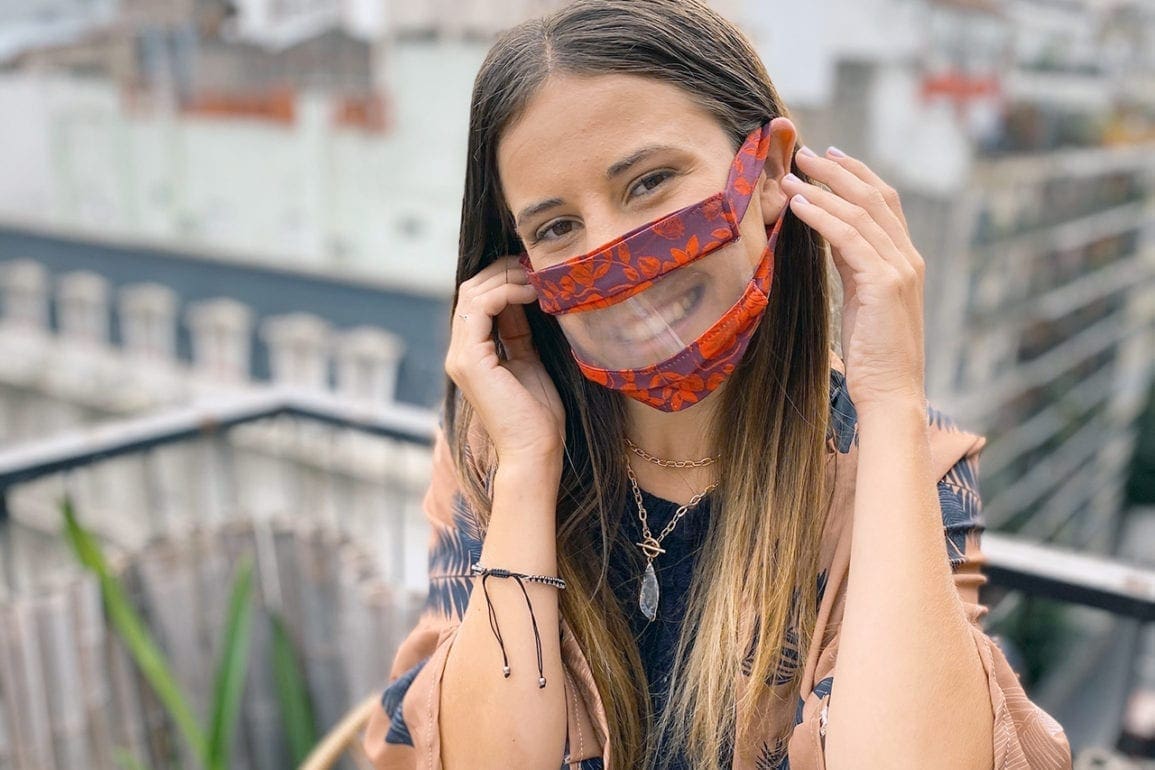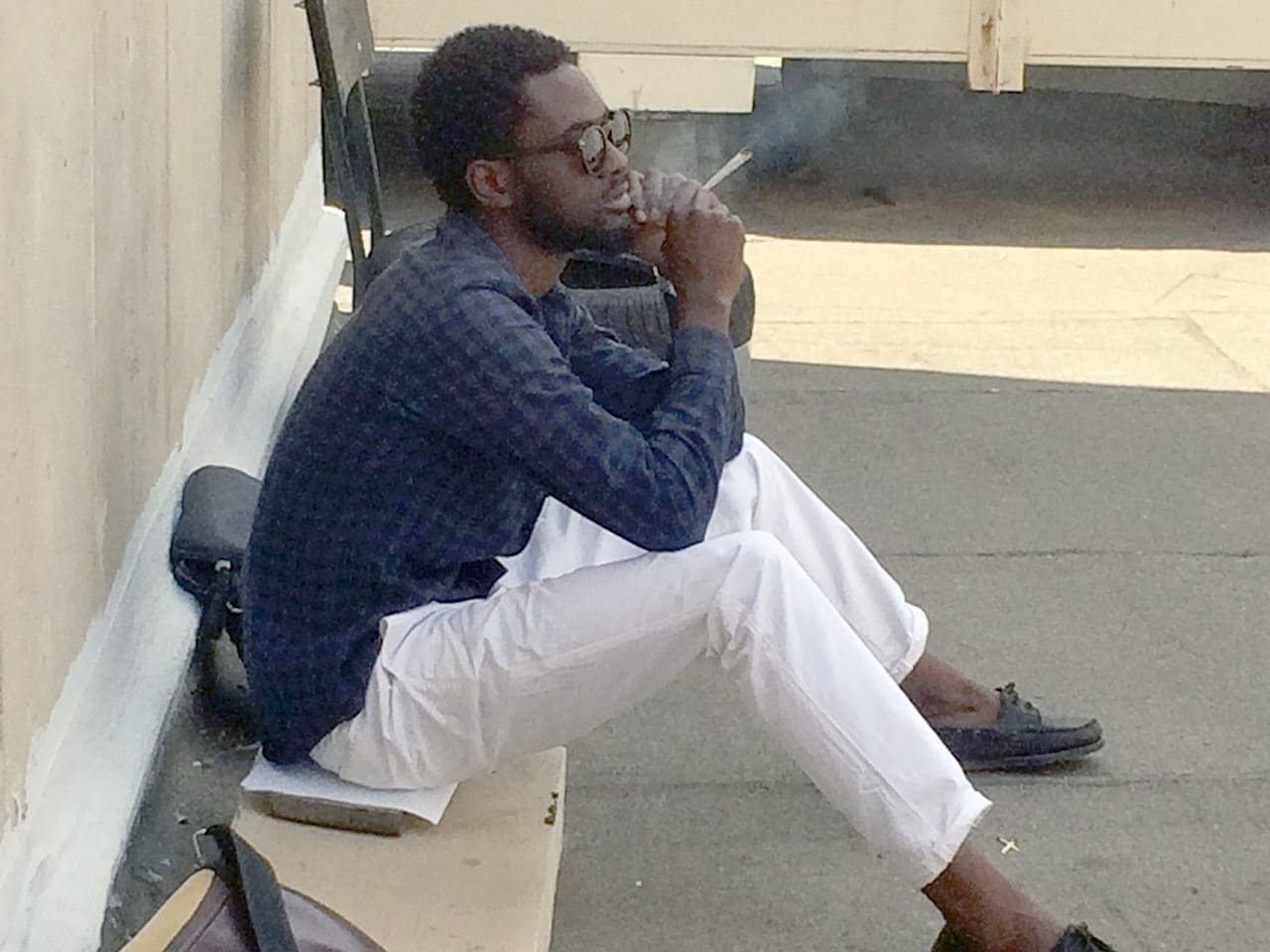In the Sundarbans of West Bengal, museum owner scours the sea for archeological treasure
In time, I scoured all 26 of the Sundarban islands on my way from Sagardwip to Kedokhali. I collected more than 10,000 artifacts. In my palms, I gathered fossilized trees, terracotta pots, and a host of idols. When ancient scripts engraved on metallic and stone seals emerged from the water, I gathered them up.
- 2 years ago
May 20, 2024
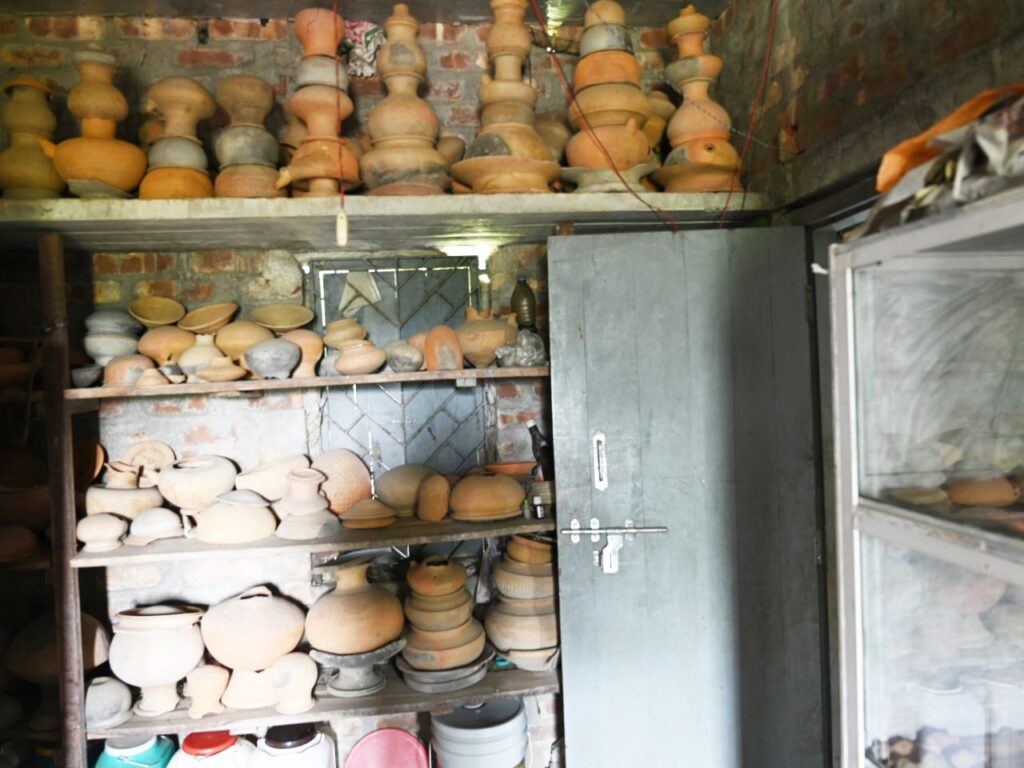
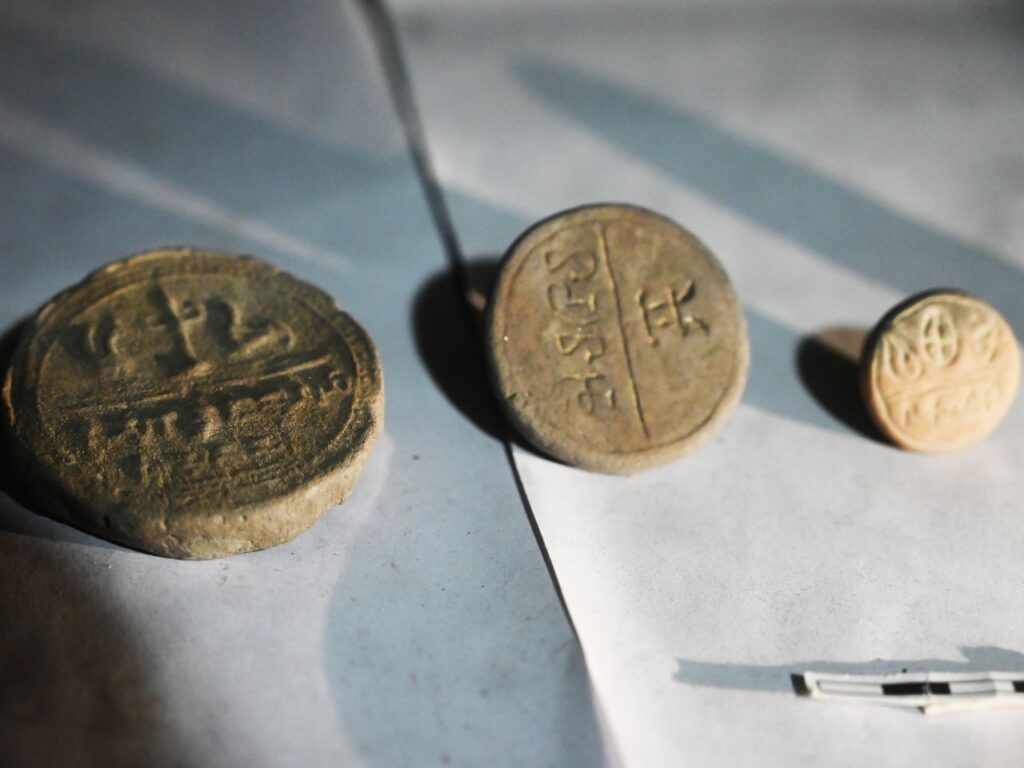
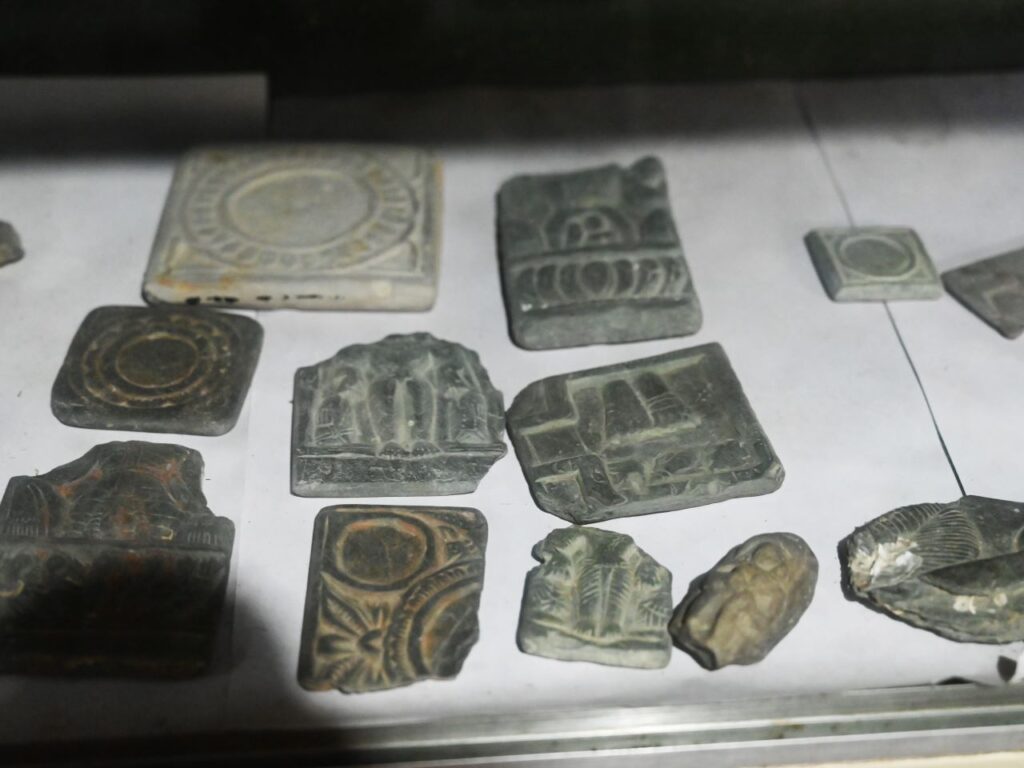
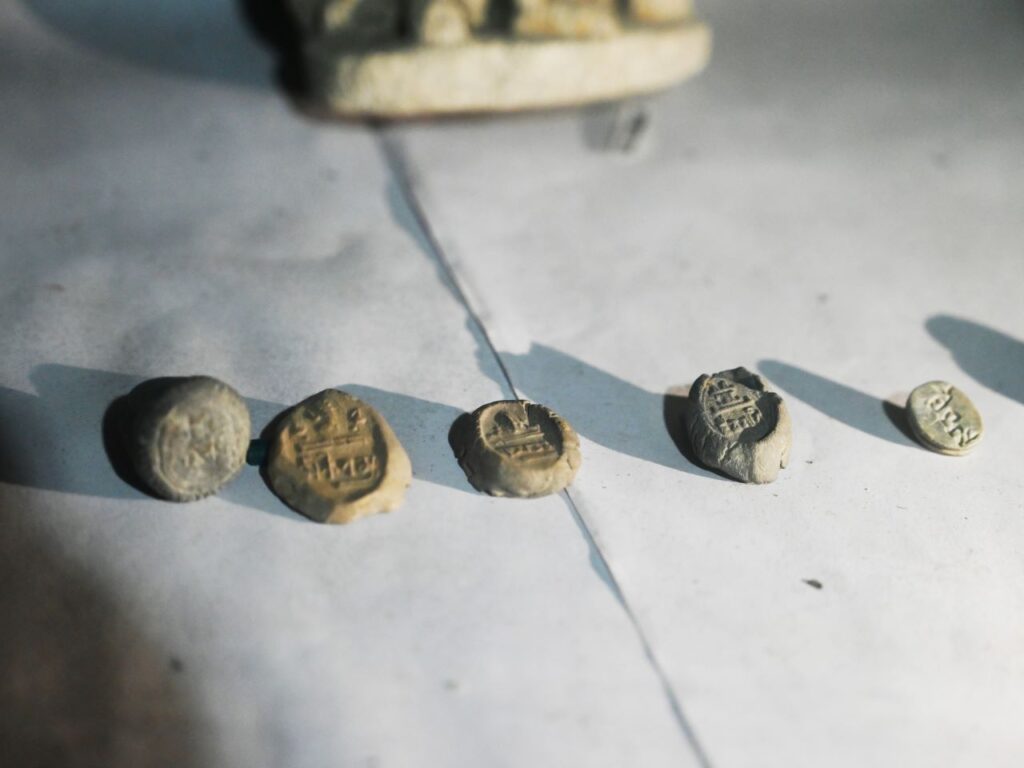
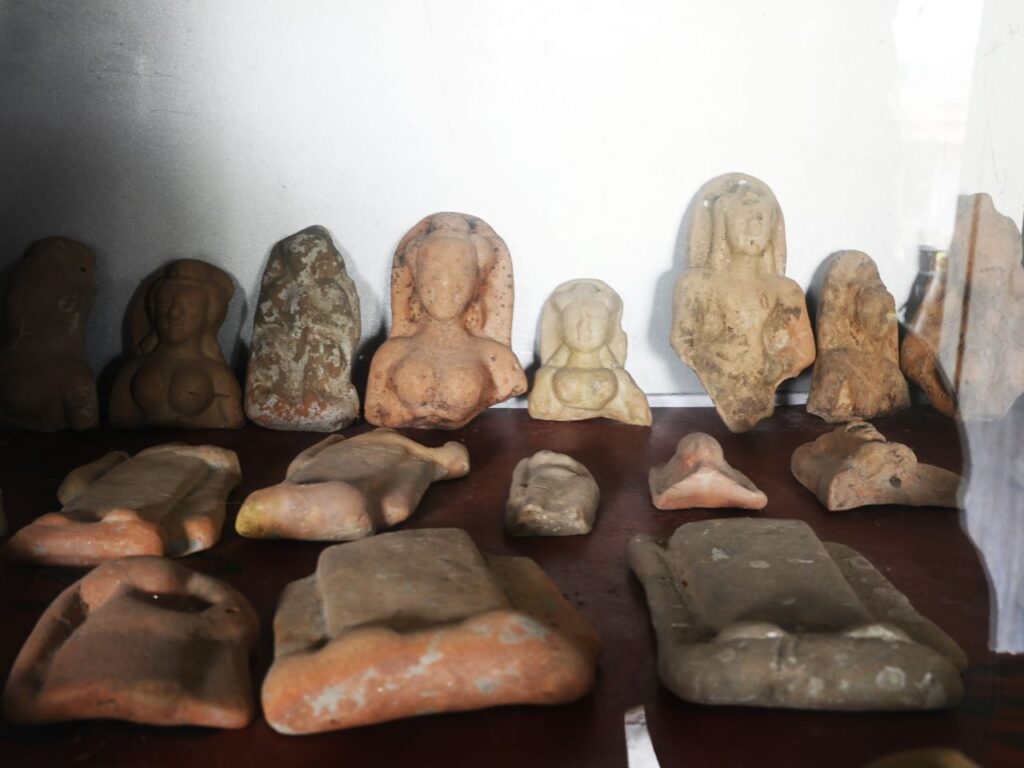
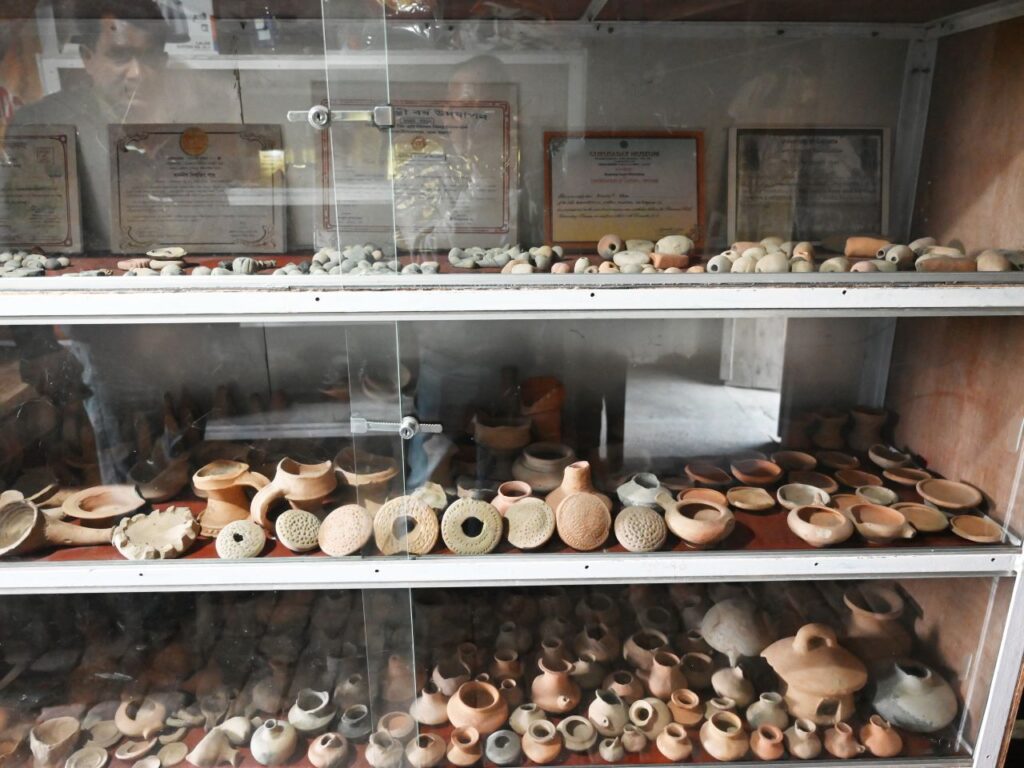
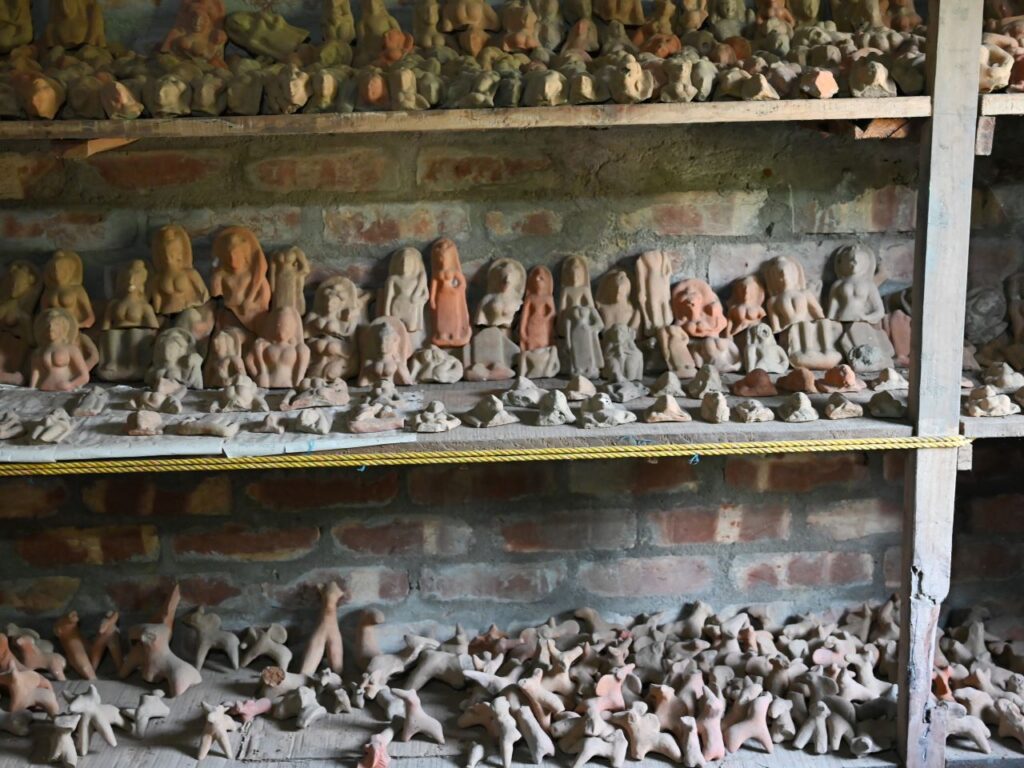

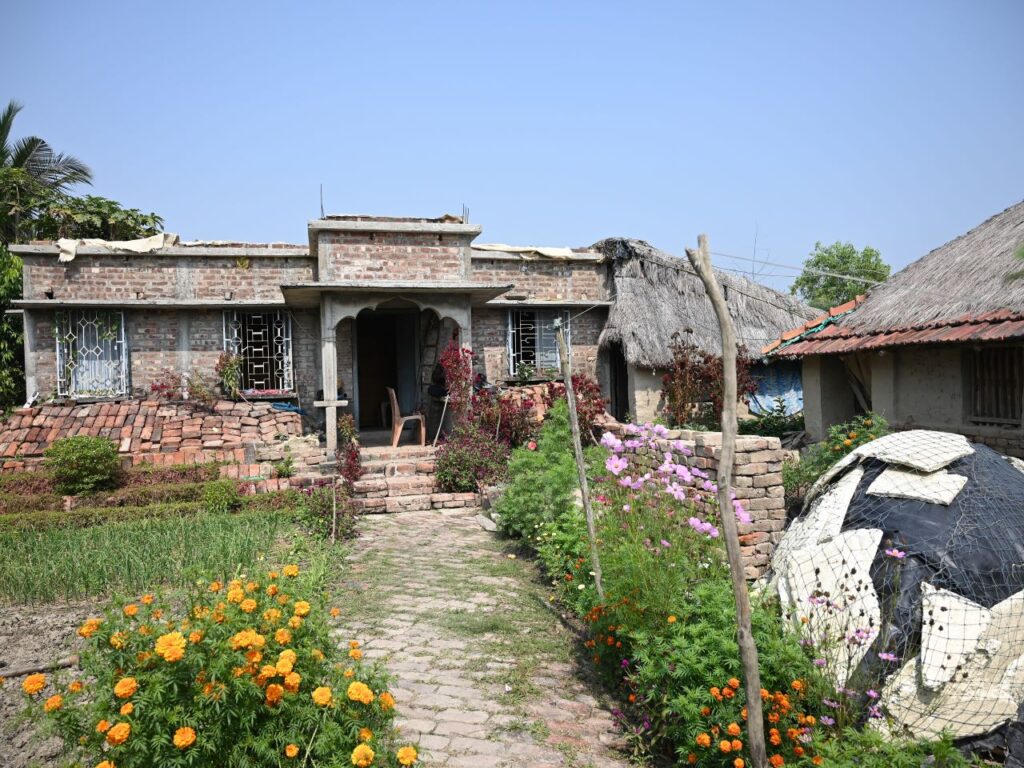
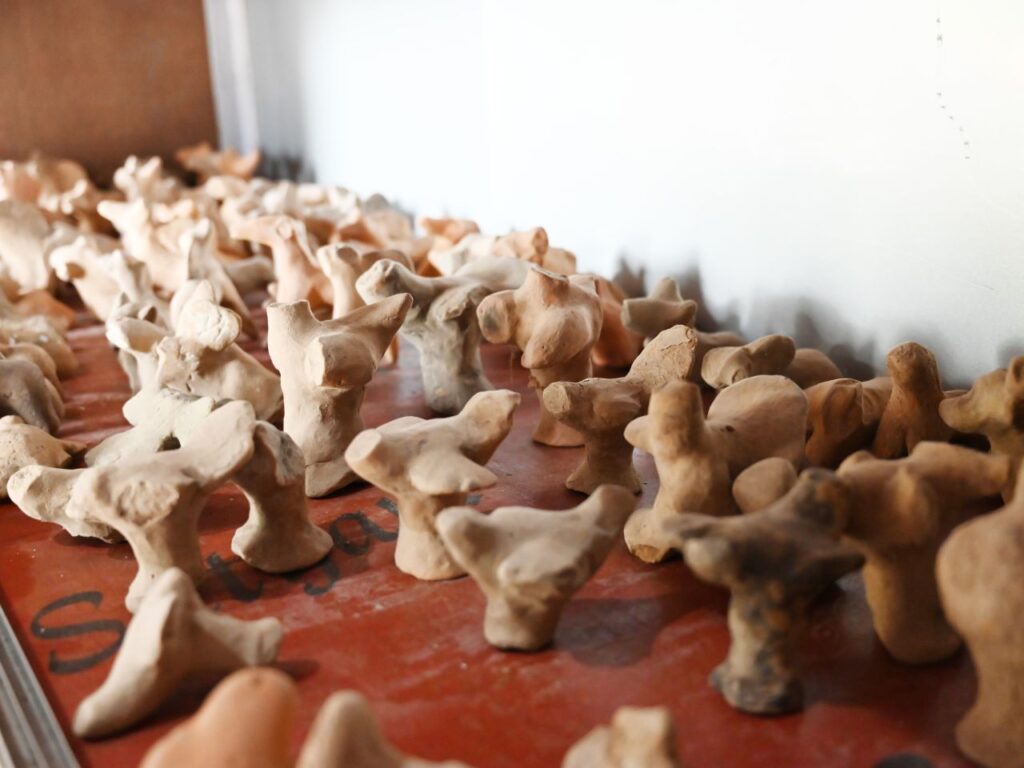
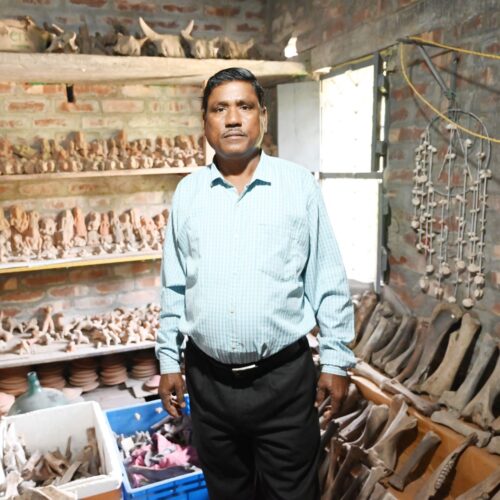
WEST BENGAL, India ꟷ Growing up in severe poverty, I quit school after year four and began to toil as a daily wage worker to help my family of eight. Years later, at the age of 17, I gave up wage work to focus on fishing.
On my third day working as a fisherman, at 5:00 p.m., I stood alone in the four-feet-deep water along the Sundarban River. Suddenly, something heavy became entangled in my fishing net. I tugged at it, only to reveal a 35 kilogram (77 pound) animal bone. After removing it from the net, I tossed it back into the water. On my way home that night, I felt great pleasure carrying all the big fish I caught. I could not understand the significance of the animal bone I tossed back in the river.
A year later, after getting sick, I frequently traveled to a public hospital in Kolkata. To pass the time, I visited the Indian Museum. Stunned by the objects on display at the museum, I saw antiquities I often spotted not far from our residence. During my fishing expeditions, I often witnessed relics, buried under 15- to 20-foot mounds, erupt from the surface of the water when hit by strong sea waves. I suddenly felt inspired to establish a museum in the Sundarban mangroves of my homeland. That was 37 years ago.
Read more archeology stories from around the globe at Orato World Media.
Man singlehandedly collects over 10,000 artifacts and establishes a museum in the Sundarban mangroves
Day after day, I rowed my boat in search of artifacts. Few in my neighborhood shared my interest, so I often went alone, inspired by the process of exploring. Knowing nothing about archeology and lacking an education, my work methodology remained simple. Every day after lunch, I went out with the ebbing tide to collect artifacts until high tide. I set up fishing nets where mounds remained easily accessible. It became a passion, spending 20 to 22 days per month in the river and at sea.
In time, I scoured all 26 of the Sundarban islands on my way from Sagardwip to Kedokhali. I collected more than 10,000 artifacts. In my palms, I gathered fossilized trees, terracotta pots, and a host of idols. When ancient scripts engraved on metallic and stone seals emerged from the water, I gathered them up. The river and ocean generously handed me archaic stone weaponry, unusual mollusks, coins, animal skeletons, and bones.
With each piece, I uncovered historical and zoological significance. Many offered great value from a vintage standpoint. Finding rough stone weapons, I realized they told a distinct story, especially since the Sundarban mangroves remained a silty area devoid of visible rock. “Was this place home to prehistoric humans who hunted animals by throwing stones at them,” I wondered. “Were these tools abandoned at sea by passing ships?”
I found myself learning more about the Sundarban’s long last past. The level terrain once hosted elephants, rhinoceroses, and bison. When I added these animal skeletons to my collection, the Zoological Survey of India recognized their existence. In 2013, with this treasure trove of archeological discoveries, I registered my museum under the name Gobardhanpur Sundarban Prathna Sangrahasala. In our little 650-square-foot space, wooden cabinets hold the artifacts on exhibit. I store the remaining items in plastic boxes.
From handicapped and illiterate to a recognized collect, man vows to conserve Sundarban history
Considered handicapped and with limited reading ability, I faced challenges. The captions underneath photographs in books confounded me. Meanwhile, poverty lingered at every corner. Without proper funding, I found it difficult to persuade officials at the Archaeological Department to hear my theories. I wondered if the old civilization in the Sundarban mangroves had been wiped out by a powerful earthquake. Or, perhaps, it was once a highland that sank under the water.
They made it clear the Sundarban region was not an archaeological site, however. They claimed the antiquities I found were likely carried there by the river. While experts acknowledge Bangladesh and Midnapore as highland regions, they often discount the Sundarban area as a lowland. This is despite the fact that the area is gradually declining. In the last 50 years, about six kilometers or more of the coastline became submerged underwater. Nevertheless, when the Archeological Survey of India recognized my work in 2016, I felt validated. I even earned a certificate from Calcutta University.
Scanning over my collection, I have a dream. I hope these gathered artifacts will be properly conserved one day so archeology students and professionals may use them as research materials. With no archeological research center here, I do my best to protect this history. It felt exciting when scholars paid a visit in their quest for study materials, but they also caused harm. With no safety lockers, I have lost items to theft.
In those early days, as a young man inspired by the museum in Kolkata, I boasted neither dignity nor wealth of mind. Today, I believe in what I possess. When departmental representatives suggest I cannot properly conserve my artifacts and offer to take them, I turn their offers down. These pieces represent my life. They are my resources, and I overcame many obstacles to gather and protect them for future generations to enjoy.
All photos courtesy of Partho Burman.





